
Fall 2024
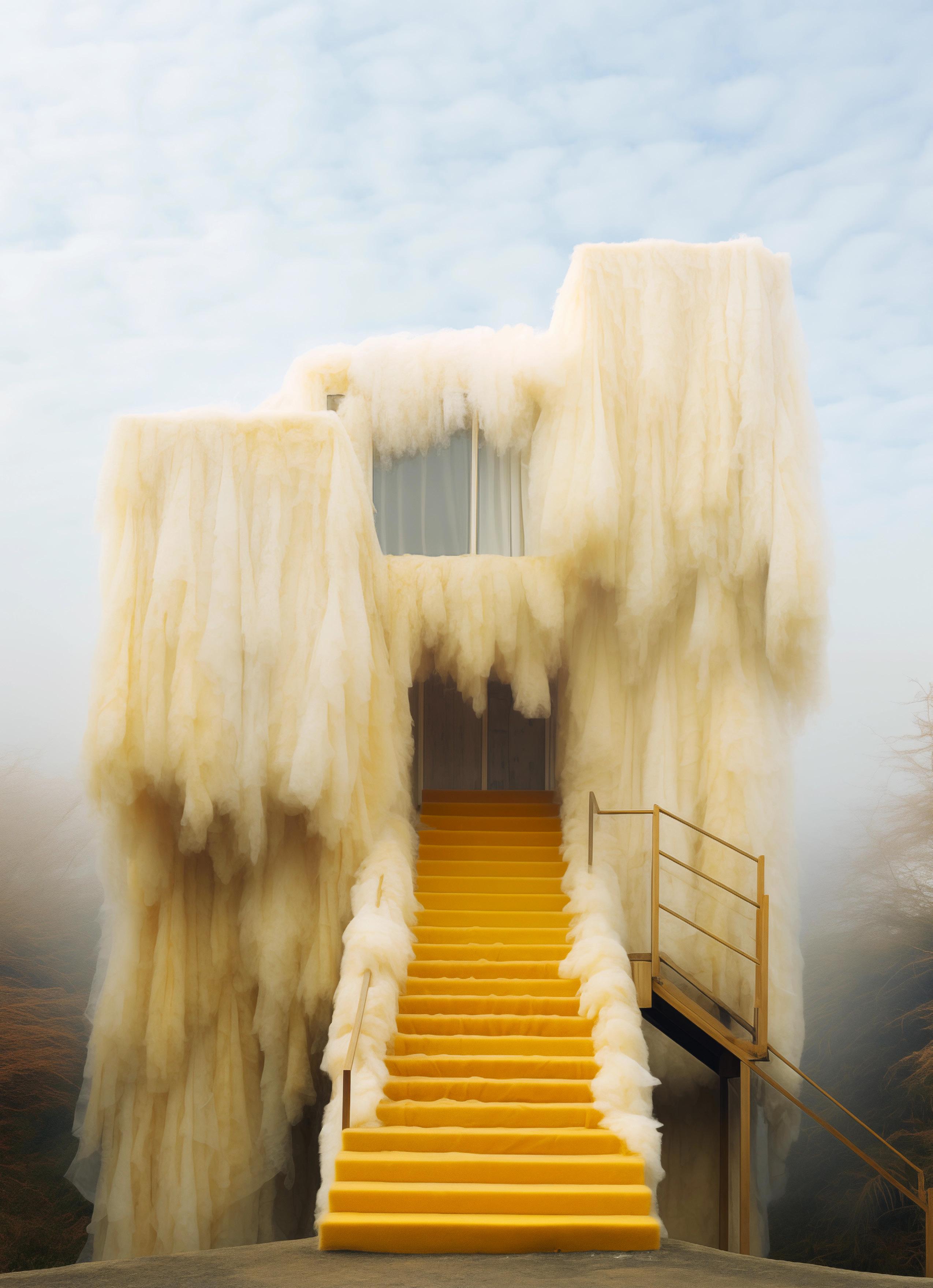
FALL 2024 / CONTENTS
DESIGN & FASHION
ESCAPE
ARCHITECTURE & INTERIOR STILLNESS 4 AMERICAN ICONS 6 THE NORDIC HOME 8 LIVING IN A DREAM 10 SPATIAL STORYTELLING 12 TASTEFUL 13 THE HOUSE OF GREEN 14 PREFAB AND MODULAR 15 UPGRADE YOUR HOUSE 16 KITCHEN INTERIORS 17 BRICK BY BRICK 18 SCANDINAVIA DREAMING 18 PRETTY SMALL 18 INSPIRING FAMILY HOMES 18 COME TOGETHER 18 BUILDING FOR CHANGE 18 VERTICAL LIVING 18 URBAN FARMERS 18 CONCRETE JUNGLE 19 MODERNIST ICONS 19 LIVING TO THE MAX 19 SUBLIME HIDEAWAYS 19 THE MEDITERRANEAN HOME 19 THE NEW MEDITERRANEAN 19 THE AVANT GARDENS 19 DESIGNING COFFEE 19 CABIN FEVER 20 ROCK THE SHACK 20 THE ARCHDAILY GUIDE TO GOOD ARCHITECTURE 20 TEMPLES OF BOOKS 20 BEYOND THE WEST 20 BEAUTY AND THE EAST 20 ISAY WEINFELD 20 LIVING IN 20 SOFT MINIMAL 21 VISUAL CULTURE DESIGNING BRANDS 24 THE COLORS OF LIFE 26 WILD LIFE 27 ART ESCAPES 28 THE ART OF PROTEST 28 A POOR COLLECTOR’S GUIDE TO BUYING GREAT ART 28 COLLAGE 28 A MAP OF THE WORLD 28 DREAMSCAPES & ARTIFICIAL ARCHITECTURE 28 MARVEL BY DESIGN 29 MARVEL BY DESIGN (SPECIAL EDITION) 29 BRAND NEW BRAND 29 CRAFT BEER DESIGN 29 EAT THE SUN 29 VENTURE ONWARD 29
BLUE CHIP 32 MINDFUL PLACES TO STAY 33 THE REBEL’S WARDROBE 34 THE SAVILE ROW SUIT 35 THE WORLD’S BEST SHOPS 36 WORK BETTER. LIVE SMARTER. BE HAPPIER. 36 THE INCOMPLETE 36 THINK BIG—SHOP SMALL 36 THE BEAUTY OF TIME TRAVEL 36 THE NEW BEAUTY 36 SOFT ELECTRONICS 36 ROOTS AND WINGS 36 LESS AND MORE 37 LESS BUT BETTER 37 JAIME HAYON 38 THE OBSESSED 38 UKRAINE RISING 38 ORIGINAL MAN 38 THE ESSENCE 38 HIGH ON DESIGN 38 WHAT A WEDDING! 38 THE MONOCLE GUIDE TO BETTER LIVING 39 THE MONOCLE GUIDE TO COSY HOMES 39 THE MONOCLE GUIDE TO GOOD BUSINESS 39 THE MONOCLE GUIDE TO SHOPS, KIOSKS AND MARKETS 39 THE MONOCLE GUIDE TO BUILDING BETTER CITIES 39 HOW TO MAKE A NATION: A MONOCLE GUIDE 39
THE AMERICANS—BEAUTIFUL MACHINES 42 WANDERLUST MEDITERRANEAN 44 VOYAGES 47 THE NATURE OF SWIMMING 46 GEOPARKS 48 PARKLIFE HIDEAWAYS 49 WANDERLUST NORDICS 50 WANDERLUST BRITISH & IRISH ISLES 50 WANDERLUST HIMALAYA 50 WANDERLUST ALPS 50 WANDERLUST USA 50 WANDERLUST EUROPE 50 WANDERLUST 50 LEAVING THE COMFORT ZONE 50 THE GREAT DIVIDE 51 THE OCEANS 52 SURF PORN 52 THE SURF ATLAS 52 SHE SURF 52 SURF SHACKS 52 SURF SHACKS VOL. 2 52 BOATLIFE 52 THE FLY FISHER 52 SAILING THE SEAS 53 SLOW ESCAPES 54 STAY WILD 54 THE GETAWAYS 54 EPIC TRAIN JOURNEYS 54 BIKEPACKING 54 GRAND BIKEPACKING JOURNEYS 54 ONE YEAR ON A BIKE 54 TWO YEARS ON A BIKE 54 REMOTE PLACES TO STAY 55 RIDING IN THE WILD 56 THE GREAT AMERICAN ROADTRIP 56 HIT THE ROAD 56 THE CURRENT 56 PORSCHE 911 56 BEAUTIFUL MACHINES 56 BEING MARC MÁRCQUEZ 56 ON THE RUN 56 THE ITALIANS—BEAUTIFUL MACHINES 57 FOOD & BEVERAGES ORIGINALE 62 POTATO TOTAL 64 COOKING GREENS ON FIRE 66 COOKING ON FIRE 67 A SPOONFUL OF SUN 68 EAT YOUR GREENS! 68 A YEAR WITH OUR FOOD STORIES 68 THE WILD GAME COOKBOOK 68 STORY ON A PLATE 68 DELICIOUS PLACES 68 IKARUS INVITES THE WORLD’S BEST CHEFS: VOLUME 9 68 IKARUS INVITES THE WORLD’S BEST CHEFS: VOLUME 8 68 SPILL THE BEANS 69
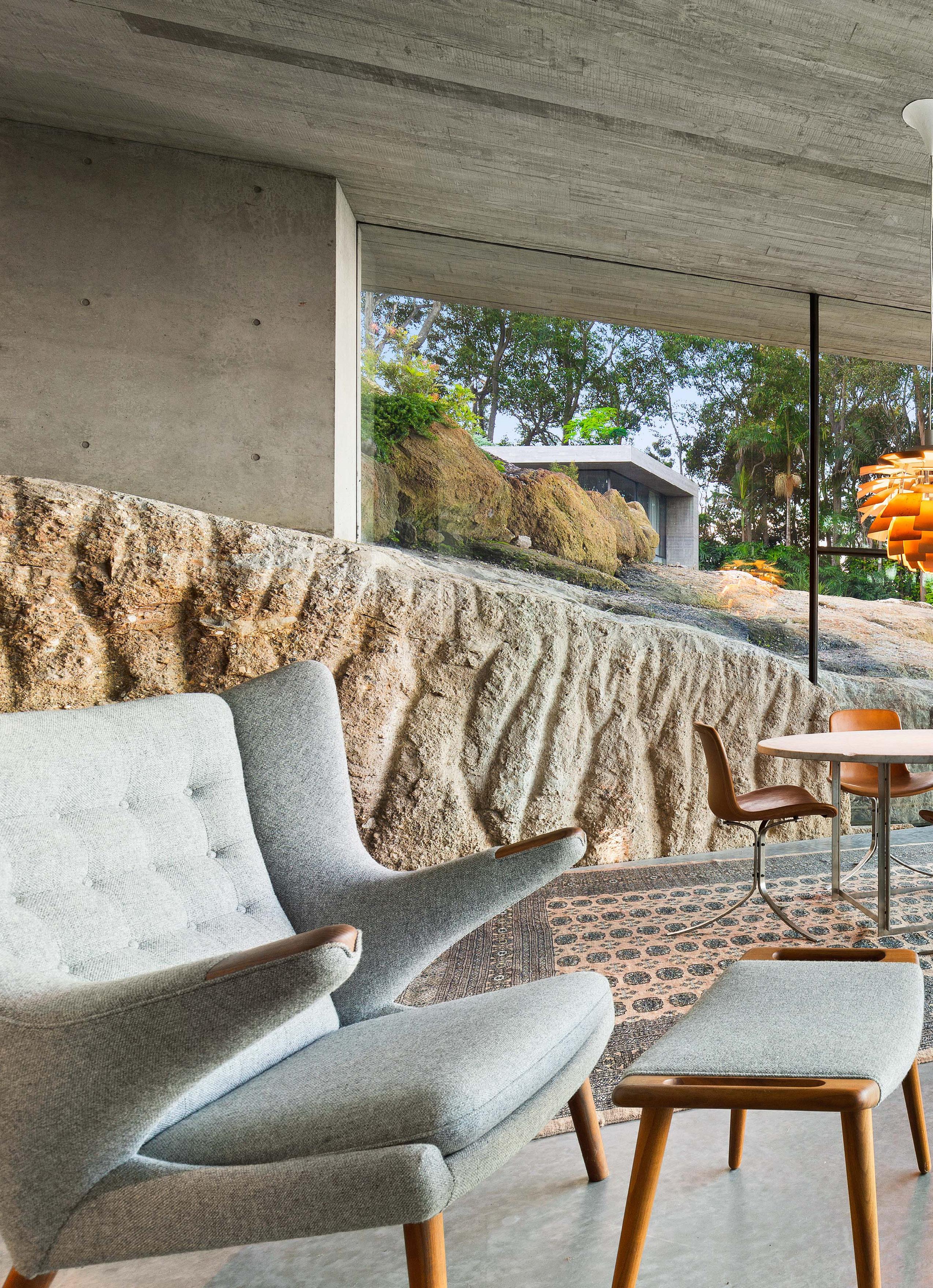
ARCHITECTURE & INTERIOR
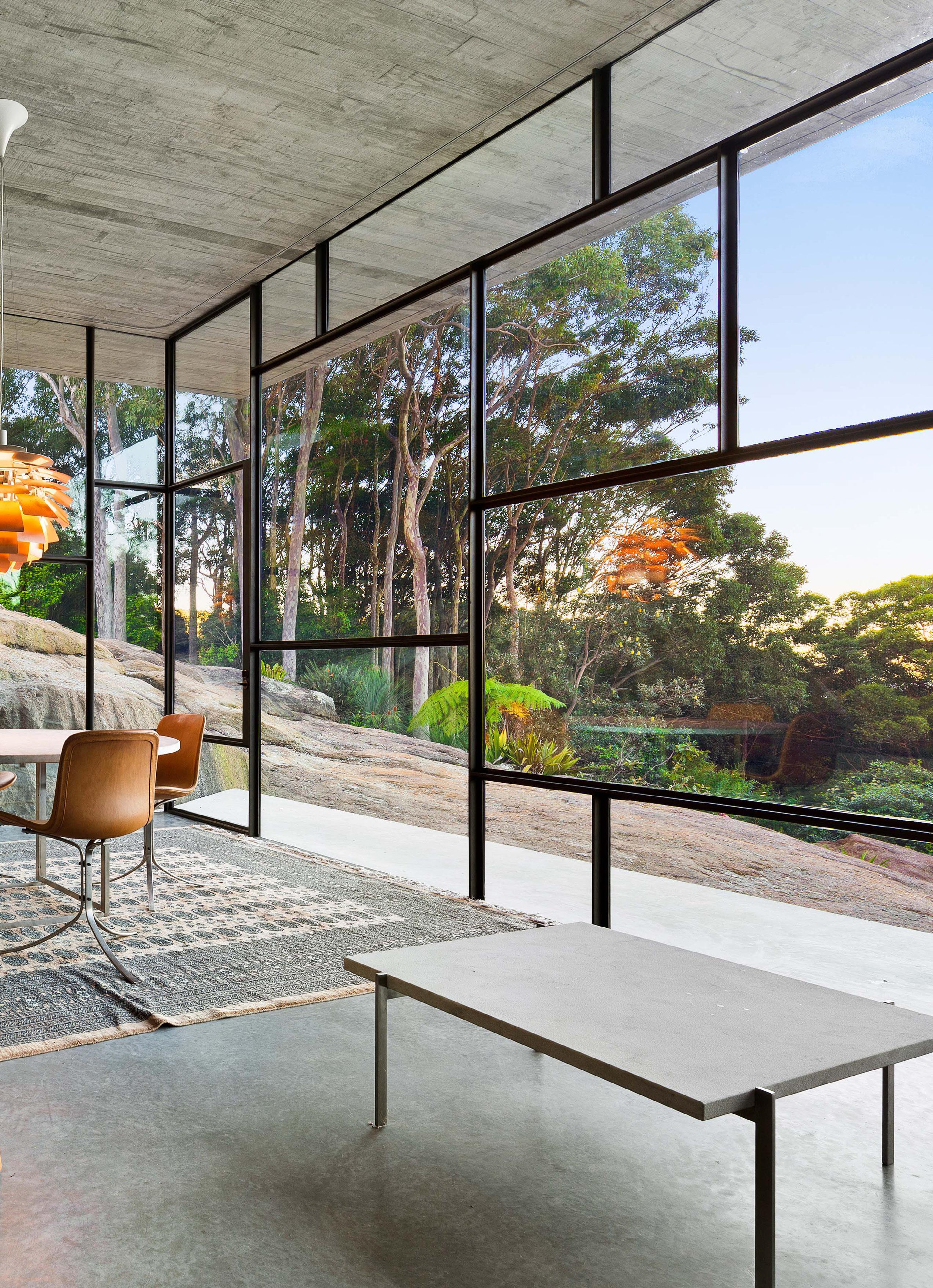


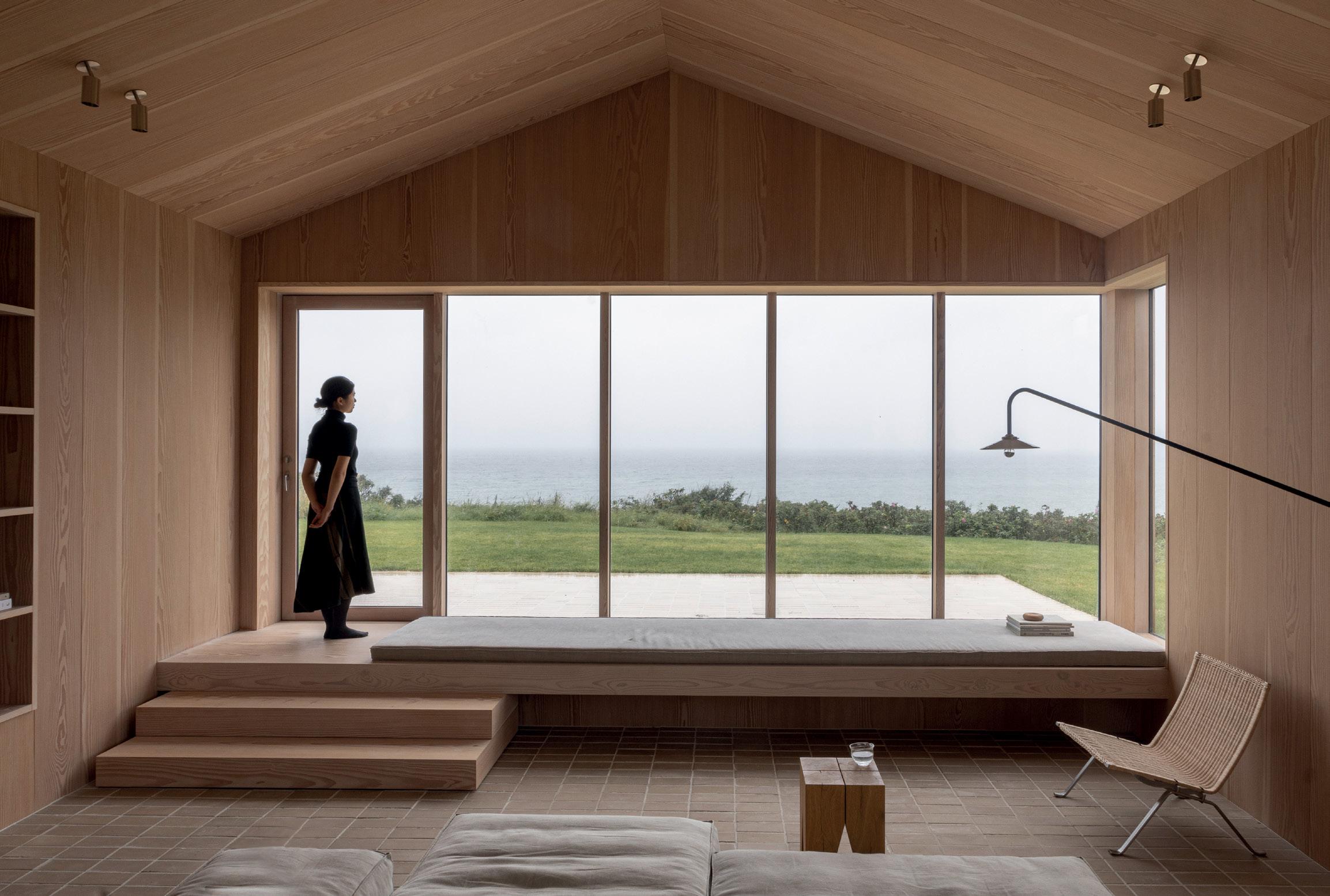
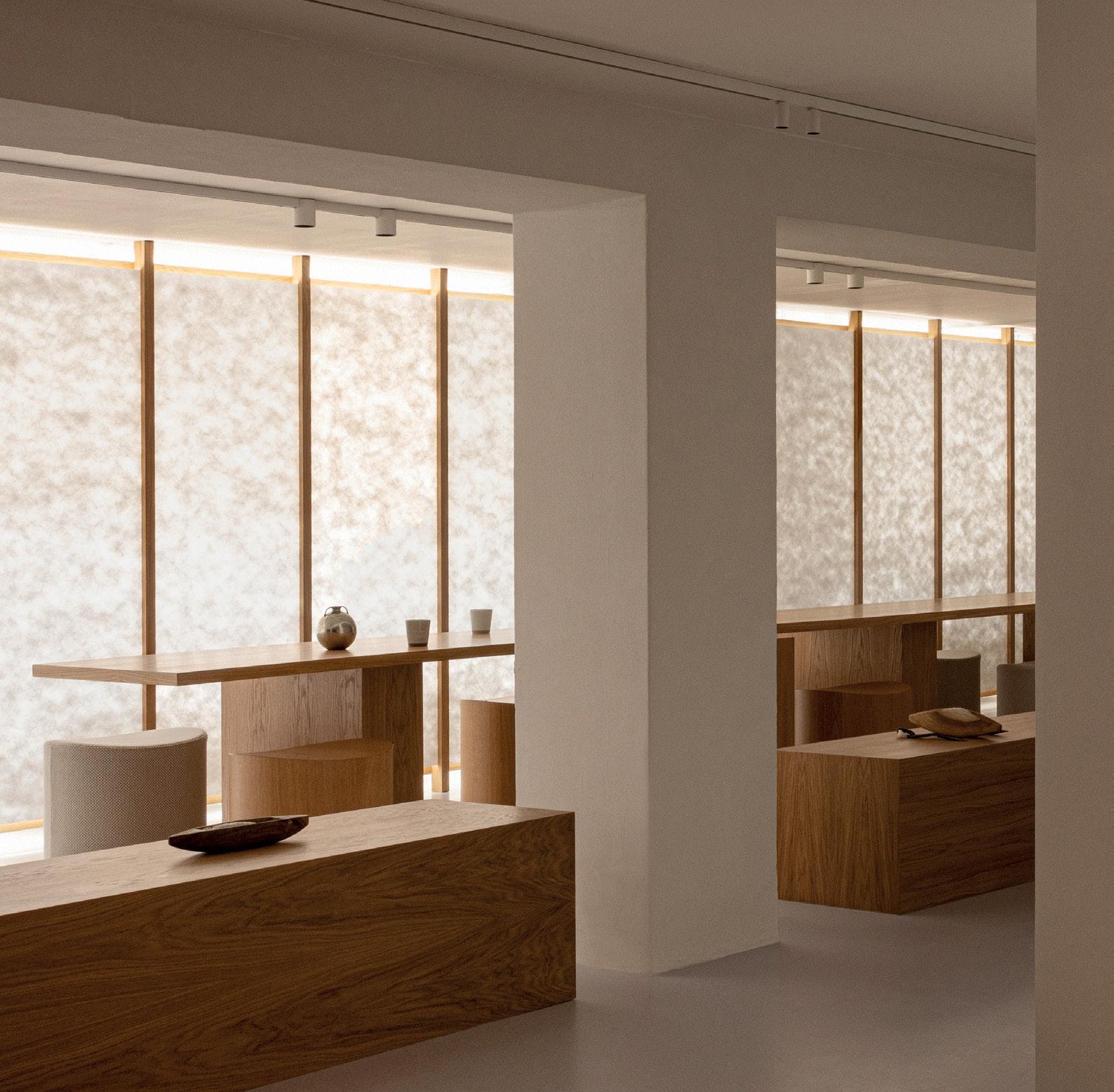


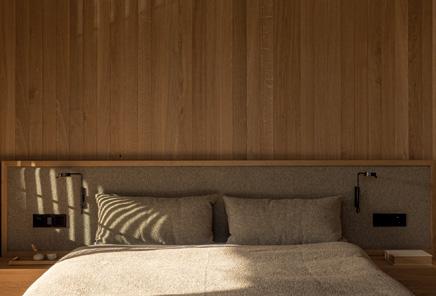
4 22 Our practice starts from this point. Guided by the body and mind rather than by trends or technology, we aim to create designs that not only look good but that also feel good. It is about accommodating people through empathic design, rather than treating them as mere spectators of an aesthetic creation. We consider our work as a facilitation of well-being, as a distillation of aesthetics that resonate with the given person and place, and as a system that supports universal human needs. Each project—whether architecture, interiors or design—is imbued with this intrinsic quality: a simplicity that carries bigger ideas. We have dedicated the last 15 chapter 一 KINUTA TERRACE, TOKYO NOTABENE FLAGSHIP STORE, COPENHAGEN years to the pursuit of human-centric architecture and design, and project by project, have honed a philosophy and international design approach that we call "Soft Minimalism." With humility, we have built our ideas on thousands of years of aesthetic evolutions and on the incredible insights of master architects and designers working before us and beside us. These lessons merge with those we have learned along the way and with the influences of our Scandinavian context. Our hope is to offer a chapter in the story of good design which will continue to be written far into the future. In an effort to think holistically about our built environment, Soft Minimalism cross-pollinates concepts from the fields of design, philosophy, psychology, biology and anthropology. We believe each Lorem ipsum dolor sit amet, consectetur adipiscing elit. Aenean eu ultrices dolor, at dapibus urna. Praesent varius ac justo nec malesun eget vol.‘
An Exploration of Japanese Aesthetics in Architecture and Design
By: Norm Architects
Features: Full color, linen hardcover, stitch bound, 304 pages, 24 5 × 33 cm, 9 ¾ × 13 inches
Price: €60 (D) £ 55 $ 90 (US)
ISBN: 978-3-96704-158-3
9 783967 041583
RELEASE (EUROPE & UK): AUGUST 2024 RELEASE (INTERNATIONAL): SEPTEMBER 2024
After over a decade of travel, study and creative collaboration with Japan, Norm Architects’ shares their uniquely Scandinavian view of Japanese aesthetics.
The book features richly illustrated dispatches from visits to Japanese landscapes, architecture and cultural sites, shedding light on the influence Japanese traditions have had on the studio’s contemporary projects, such as the Äng restaurant in Sweden or Heatherhill Beach House in Denmark. Juxtaposing images from Japan with Norm Architects’ work, the book highlights the centuries-old connections between the distinct design cultures, emphasizing mutual respect and shared philosophies. Commentary from expert collaborators in both regions provides in-depth understanding into key design principals. At once an ode to Japan, a personal travelogue, and an aesthetic manifesto, Stillness takes readers on Norm’s decade-long journey as they’ve sought to understand one of the world’s most revered creative cultures.
WHAT TO EXPECT
• Over 300 original images of Norm Architects’ experiences in Japan spanning architecture, interiors, furniture, art and nature
• Interview-based essays exploring the resonance between Japanese and Scandinavian aesthetics
• Overviews of key philosophies in Japanese aesthetics
NORM ARCHITECTS is a Copenhagen-based practice founded in 2008 working within architecture, interiors, design and photography. Norm’s sensory yet simple work aims to balance richness with restraint and order with complexity. Building on centuries of cultural exchange between Japan and Scandinavia, Norm Architects’ years of close collaboration with Japanese designers has shaped their design philosophy.

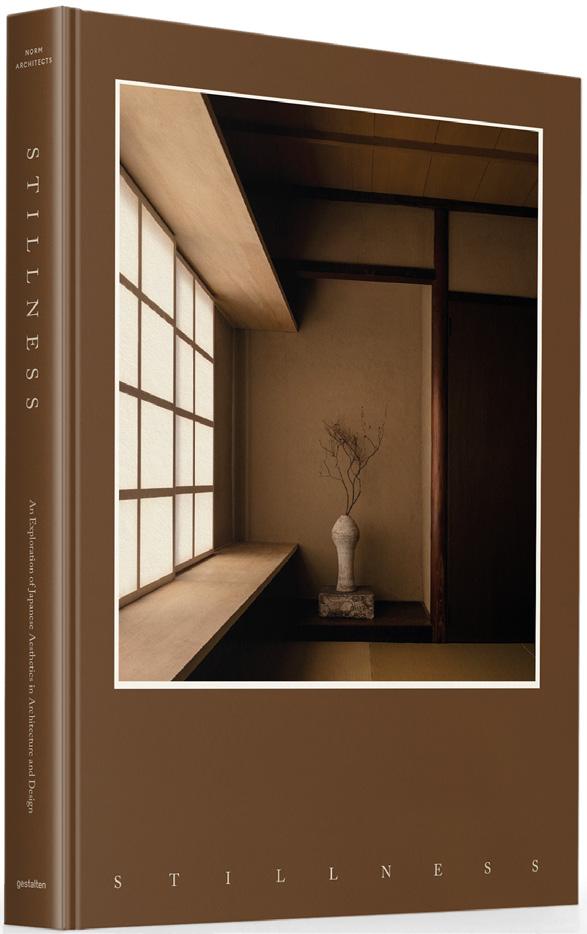
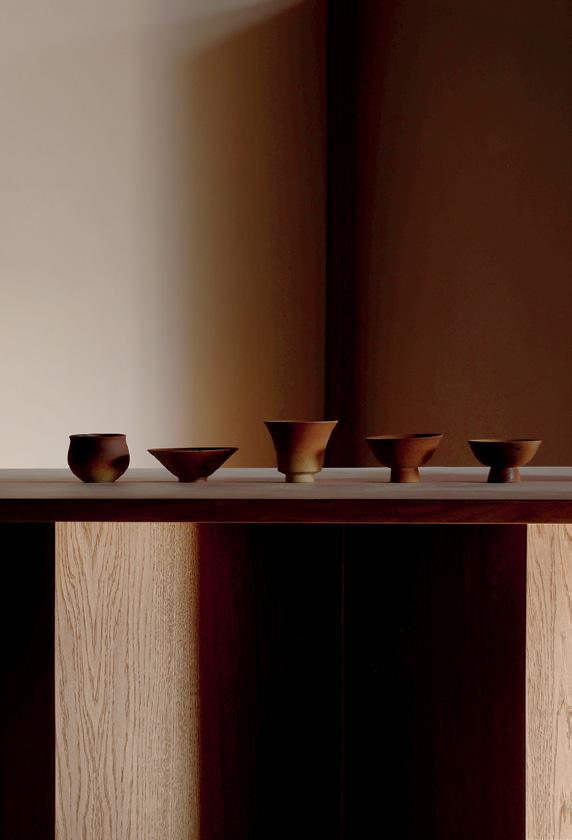
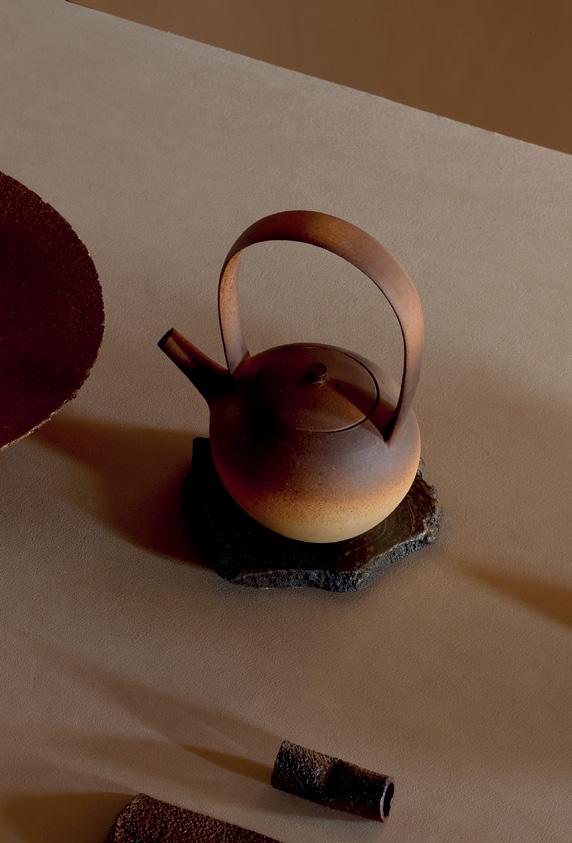


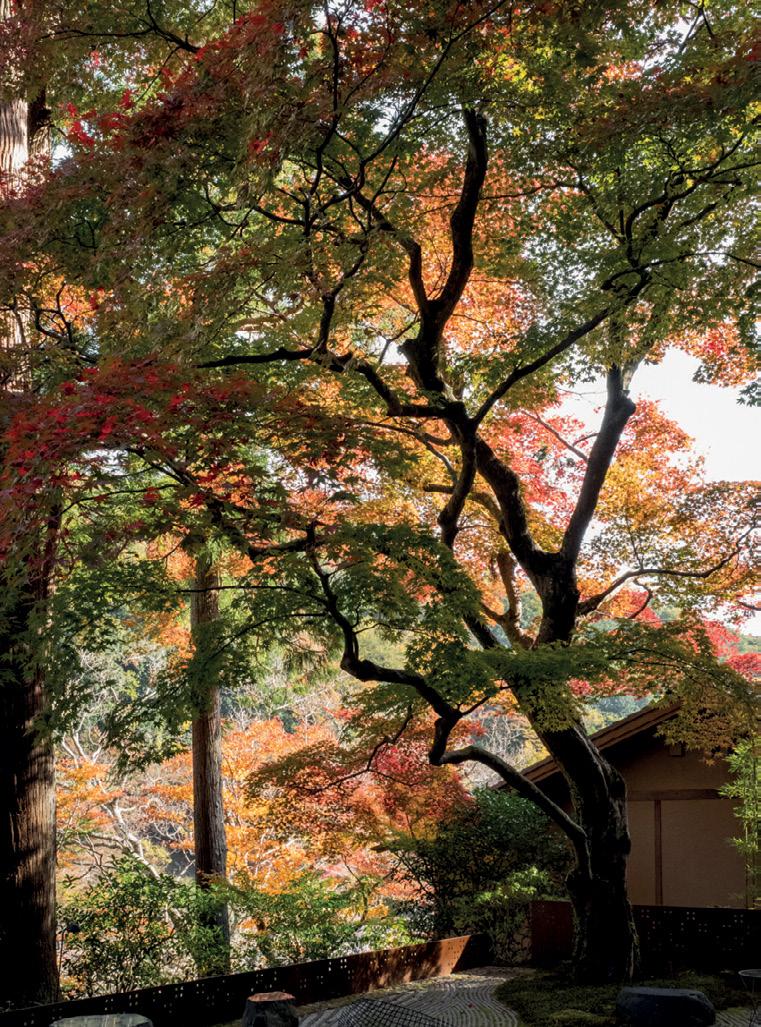





















































5 FRONTLIST A RCHITECTURE & I NTERIOR 6 5 30 12 24 32 40 15 26 34 42 18 27 36 48 20 29 37 51 23 23 30 30 39 39 56 56
STILLNESS
SAMPLE COVER NEW
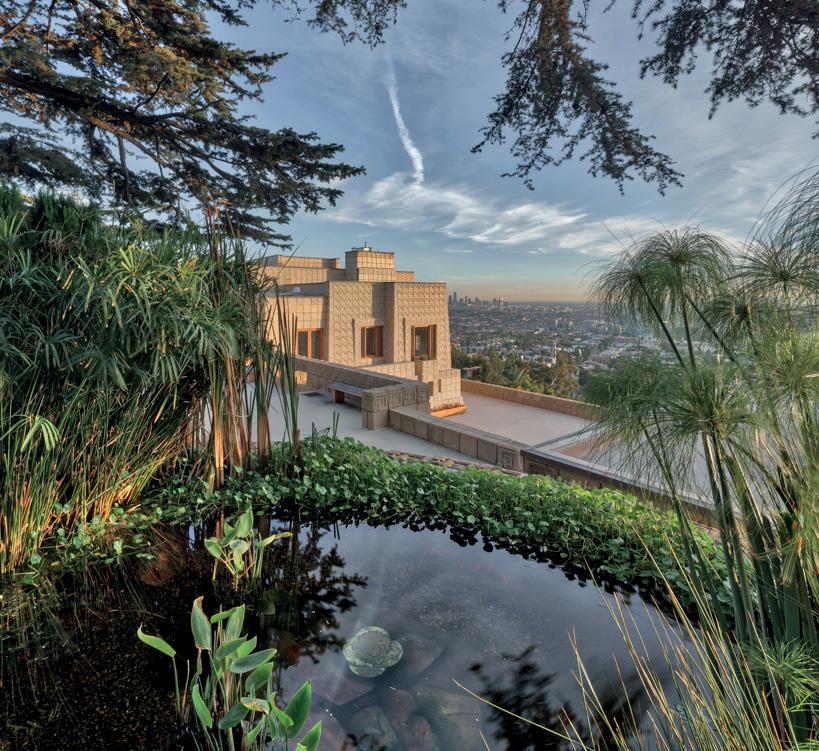
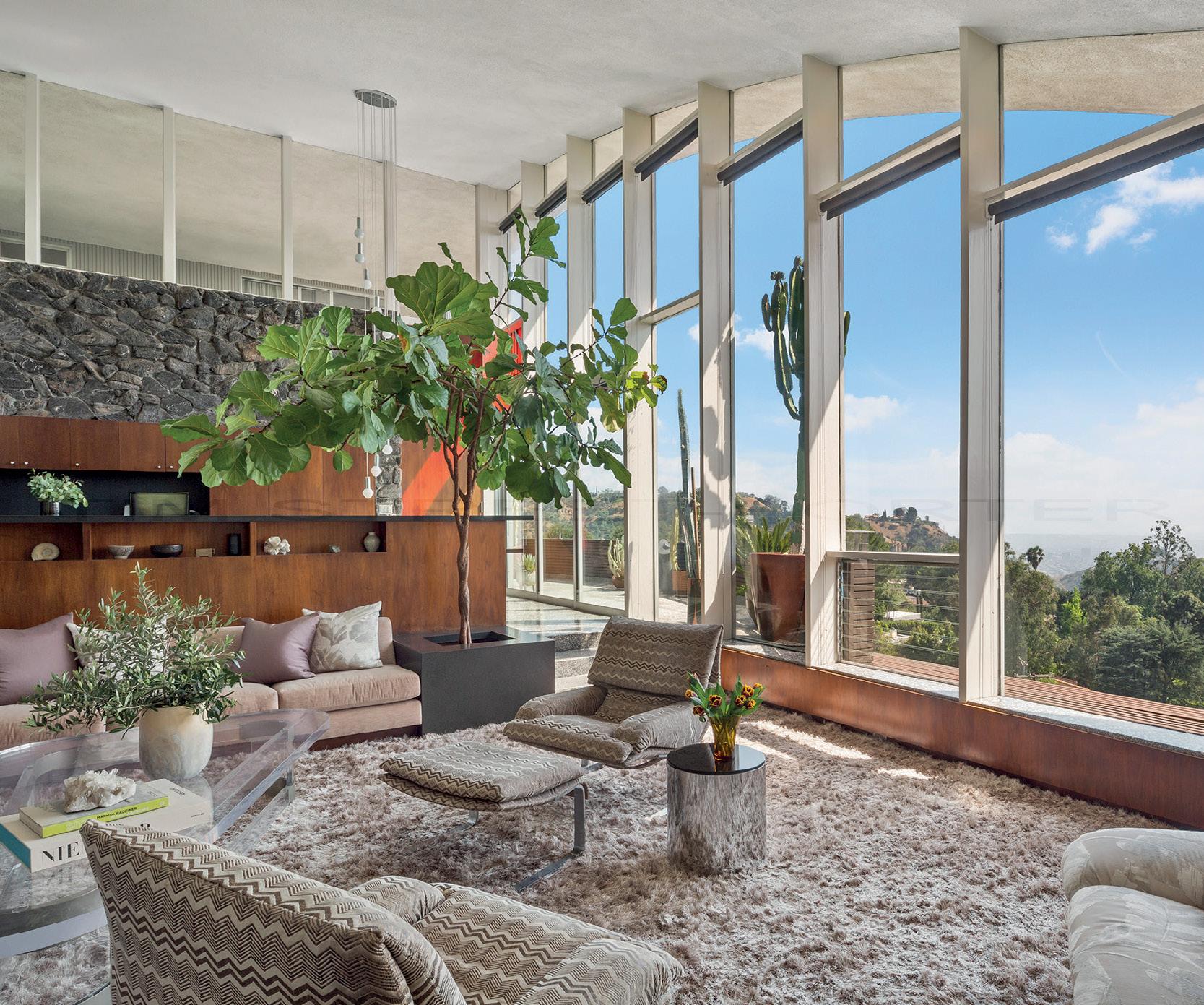
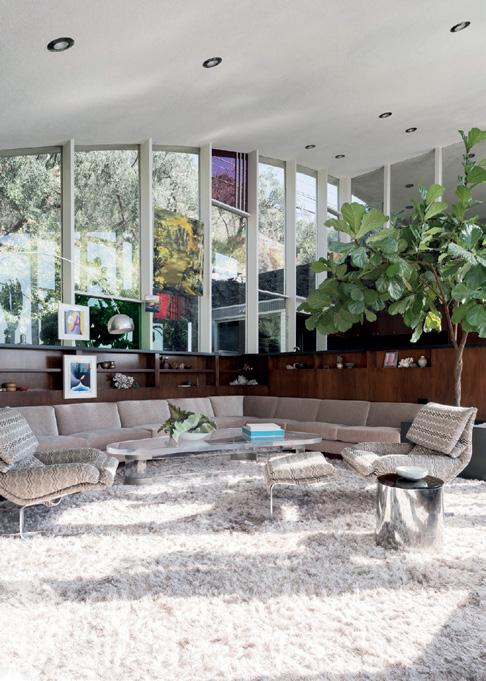
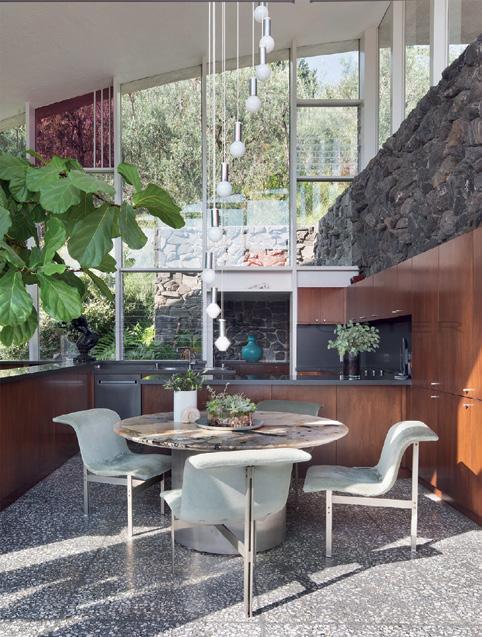
6 221 Lorem ipsum dolor sit amet, consectetuer adipiscing elit. Aenean commodo ligula eget dolor. Aenean massa. Cum sociis natoque penatibus et magnis dis parturient montes, nascetur ridiculus mus. Donec quam felis, ultricies nec, pellentesque eu, pretium quis, sem. Nulla consequat massa quis enim. Donec pede justo, fringilla vel, aliquet nec, vulputate eget, arcu. In enim justo, rhoncus ut, imperdiet a, venenatis vitae, justo. Nullam dictum felis eu pede mollis pretium. Integer tincidunt. Cras dapibus. Vivamus elementum semper nisi. Aenean eleifend tellus. Aenean leo ligula, porttitor eu, consequat vitae, eleifend ac, enim. Aliquam lorem ante, dapibus in, viverra quis, feugiat a, tellus. Phasellus viverra nulla ut metus varius laoreet. Quisque rutrum. Aenean imperdiet. Etiam ultricies nisi vel augue. Curabitur ullamcorper ultricies nisi. Nam eget dui. Etiam rhoncus. Maecenas tempus, tellus eget condimentu cursus m rhoncus, sem quam semper libero, sit amet adipiscing sem neque sed ipsum. Nam quam nunc, blandit vel, luctus pulvinar, hendrerit id, lorem. Maecenas nec odio et ante tincidunt tempus. Donec vitae sapien ut libero venenatis faucibus. Nullam quis ante. Etiam sit amet orci eget eros faucibus tincidunt. Duis leo. Sed fringilla mauris sit amet nibh. Donec sodales sagittis magna. Sed consequat, leo eget bibendum sodales, augue velit cursus nunc, quis gravida magna mi a libero. Fusce vulputate eleifend sapien. Vestibulum purus quam, scelerisque ut, mollis sed, nonummy id, metus. Nullam accumsan lorem in dui. Cras ultricies mi eu turpis hendrerit fringilla. Vestibulum ante ipsum primis in faucibus orci luctus et ultrices posuere cubilia Curae; In ac dui quis mi consectetuer lacinia. Nam pretium turpis et arcu. Duis arcu tortor, suscipit eget, imperdiet nec, imperdiet iaculis, ipsum. Sed aliquam ultrices mauris. Integer ante arcu, accumsan a, consectetuer eget, posuere ut, mauris. Praesent adipiscing. Phasellus ullamcorper ipsum rutrum nunc. Nunc nonummy metus. Lorem ipsum dolor sit amet, consectetuer adipiscing elit. Aenean commodo ligula eget dolor. Aenean massa. Cum sociis natoque penatibus et magnis dis 220 Ennis House Frank Lloyd Wright ∙ Los Angeles, CA ∙ 1924 199
Lorem ipsum dolor sit amet, consectetuer adipiscing elit. Aenean commodo ligula eget dolor. Aenean massa. Cum sociis natoque penatibus et magnis dis
198 Garcia House
AMERICAN ICONS
The Iconic Architecture of the USA
Editors: gestalten & Sam Lubell
Features: Full color, hardcover, stitch bound, 304 pages, 24 5 × 33 cm, 9 ¾ × 13 inches
Price: € 60 (D) £ 55 $ 80 (US)
ISBN: 978-3-96704-155-2
9 783967 041552
RELEASE (EUROPE & UK): AUGUST 2024
RELEASE (INTERNATIONAL): SEPTEMBER 2024
Iconic architecture that shapes the American skylines.
The development and expansion of cities in the United States over the last 150 years gave rise to one of the most ambitious and fastest growing building projects the world had ever seen.
The landscape of cities such as New York, Los Angeles, Chicago, and others, transformed immeasurably as a consequence of decades of construction, and some of the most iconic architecture in the world sits in the foundations of the US and its cities.
American Icons is a testament to the architectural masterpieces of the United States, from residential homes to skyscrapers, from museums to airports, and beyond. It features astounding works by renowned architects Mies van der Rohe, Frank Lloyd Wright, John Lautner, and many others.
Through detailed, professional photography, as well as captivating reads by The New York Times writer Sam Lubell, American Icons unfolds the stories that form the American skylines, stories told by some of the greatest architects of the twentieth century.
WHAT TO EXPECT
• A selection of the most striking architecture across the United States
• High-quality professional photography that captures the building to the smallest detail
• Captivating writing exploring the buildings and historical context
SAM LUBELL is author of ten books on architecture and his work has appeared among other publications in The New York Times, The Los Angeles Times, Architectural Digest, Dwell, Wired, The Architect's Newspaper.
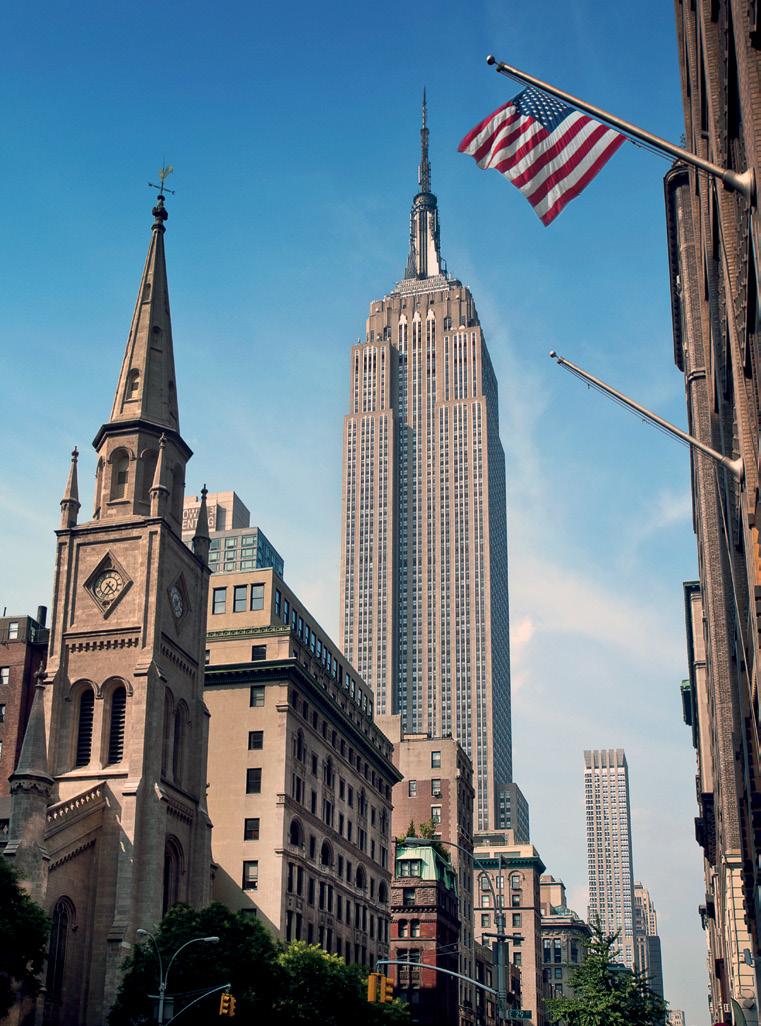
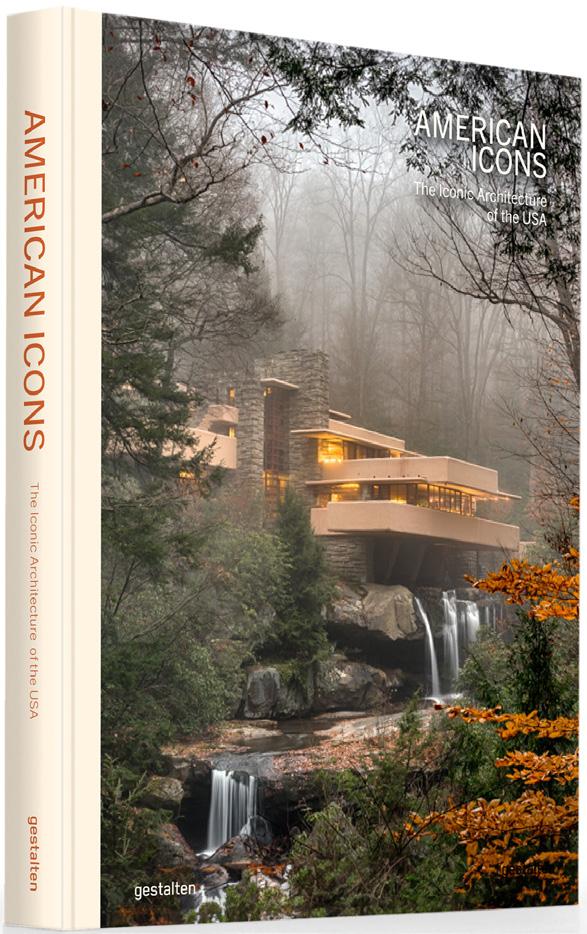

7 FRONTLIST A RCHITECTURE & I NTERIOR Lorem ipsum dolor sit amet, consectetuer adipiscing elit. Aenean commodo ligula eget dolor. Aenean massa. Cum sociis natoque penatibus et magnis dis 9 8 Frost House 5 Lorem ipsum dolor sit amet, consectetuer adipiscing elit. Aenean commodo ligula eget dolor. Aenean massa. Cum sociis natoque penatibus et magnis dis parturient montes, nascetur ridiculus mus. Donec quam felis, ultricies nec, pellentesque eu, pretium quis, sem. Nulla consequat massa quis enim. Donec pede justo, fringilla vel, aliquet nec, consequat, leo eget bibendum sodales, augue velit cursus nunc, quis gravida magna mi a libero. Fusce vulputate eleifend sapien. Vestibulum purus quam, scelerisque ut, mollis sed, nonummy id, metus. Nullam accumsan lorem in dui. Cras ultricies mi eu turpis hendrerit fringilla. Vestibulum ante ipsum primis in faucibus orci luctus et ultrices posuere cubilia Curae; In ac dui quis mi consectetuer lacinia. Nam pretium turpis et arcu. Duis arcu tortor, suscipit eget, imperdiet nec, imperdiet iaculis, ipsum. Sed vulputate eget, arcu. In enim justo, rhoncus ut, imperdiet a, venenatis vitae, justo. Nullam dictum felis eu pede mollis pretium. Integer tincidunt. Cras dapibus. Vivamus elementum semper nisi. Aenean eleifend tellus. Aenean leo ligula, porttitor eu, consequat vitae, eleifend ac, enim. Aliquam lorem ante, dapibus in, viverra quis, feugiat a, tellus. Phasellus viverra nulla ut metus varius laoreet. Quisque Lorem ipsum dolor sit amet, consectetuer adipiscing elit. Aenean commodo ligula eget dolor. Aenean massa. Cum sociis natoque penatibus et magnis dis Adipiscing sem neque sed ipsum. Nam quam nunc, blandi vel, luctus pulvinar, hendrerit id, lorem. Maecenas necop odio et ante tincidunt tempus. Donec vitae sapien ut libero venenatis faucibus. Nullam quis ante. rutrum. Aenean imperdiet. Etiam ultricies nisi vel augue. Curabitur ullamcorper ultricies nisi. Nam eget dui. Etiam rhoncus. Maecenas tempus, tellus eget condimentu cursus m rhoncus, sem quam semper libero, sit amet adipiscing sem neque sed ipsum. Nam quam nunc, blandit vel, luctus pulvinar, hendrerit id, lorem. Maecenas nec odio et ante tincidunt tempus. Donec vitae sapien ut libero venenatis faucibus. Nullam quis ante. Etiam sit amet orci eget eros faucibus tincidunt. Duis leo. Sed fringilla mauris sit amet nibh. Donec sodales sagittis magna. Sed consequat, leo eget bibendum sodales, augue velit cursus nunc, quis gravida magna mi a libero. Fusce vulputate eleifend sapien. Vestibulum purus quam, scelerisque ut, mollis sed, nonummy id, metus. Nullam accumsan lorem in dui. Cras ultricies mi eu turpis hendrerit fringilla. Vestibulum ante ipsum primis in faucibus orci luctus et ultrices posuere cubilia Curae; In ac dui quis mi consectetuer lacinia. Nam pretium turpis et arcu. Duis arcu tortor, suscipit eget, imperdiet nec, imperdiet iaculis, ipsum. Sed aliquam ultrices mauris. Integer ante arcu, accumsan a, consectetuer eget, posuere ut, mauris. Praesent adipiscing. Phasellus ullamcorper ipsum rutrum nunc. Nunc nonummy metus. Empire State Building Shreve, Lamb, & Harmon ∙ New York, NY ∙ 1931
SAMPLE COVER
NEW
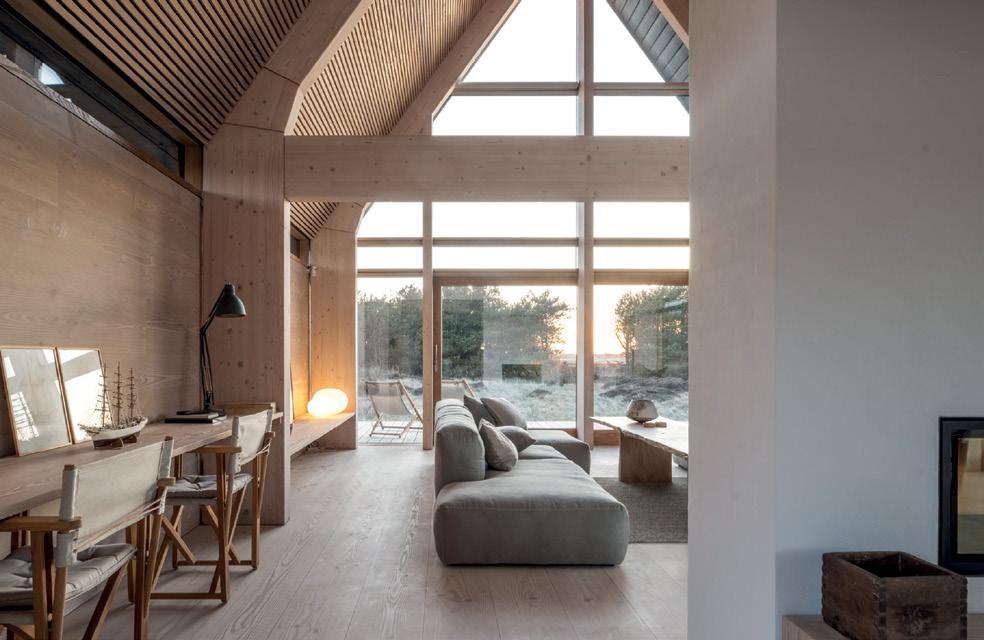
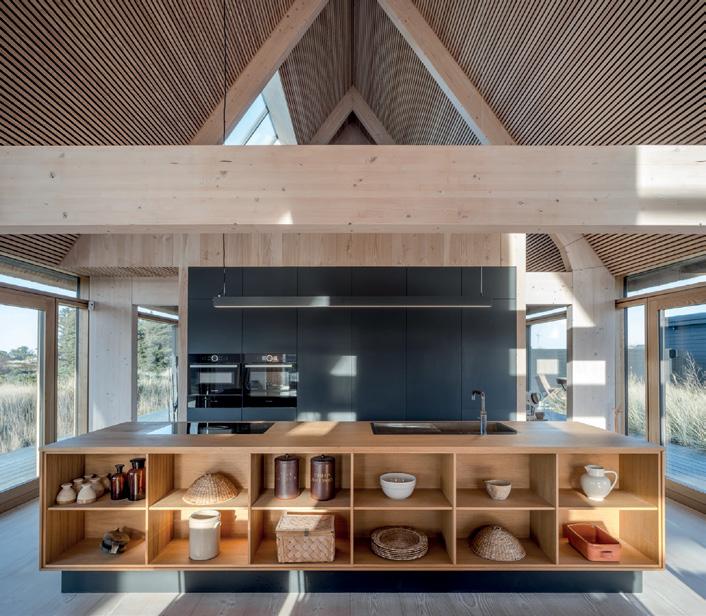

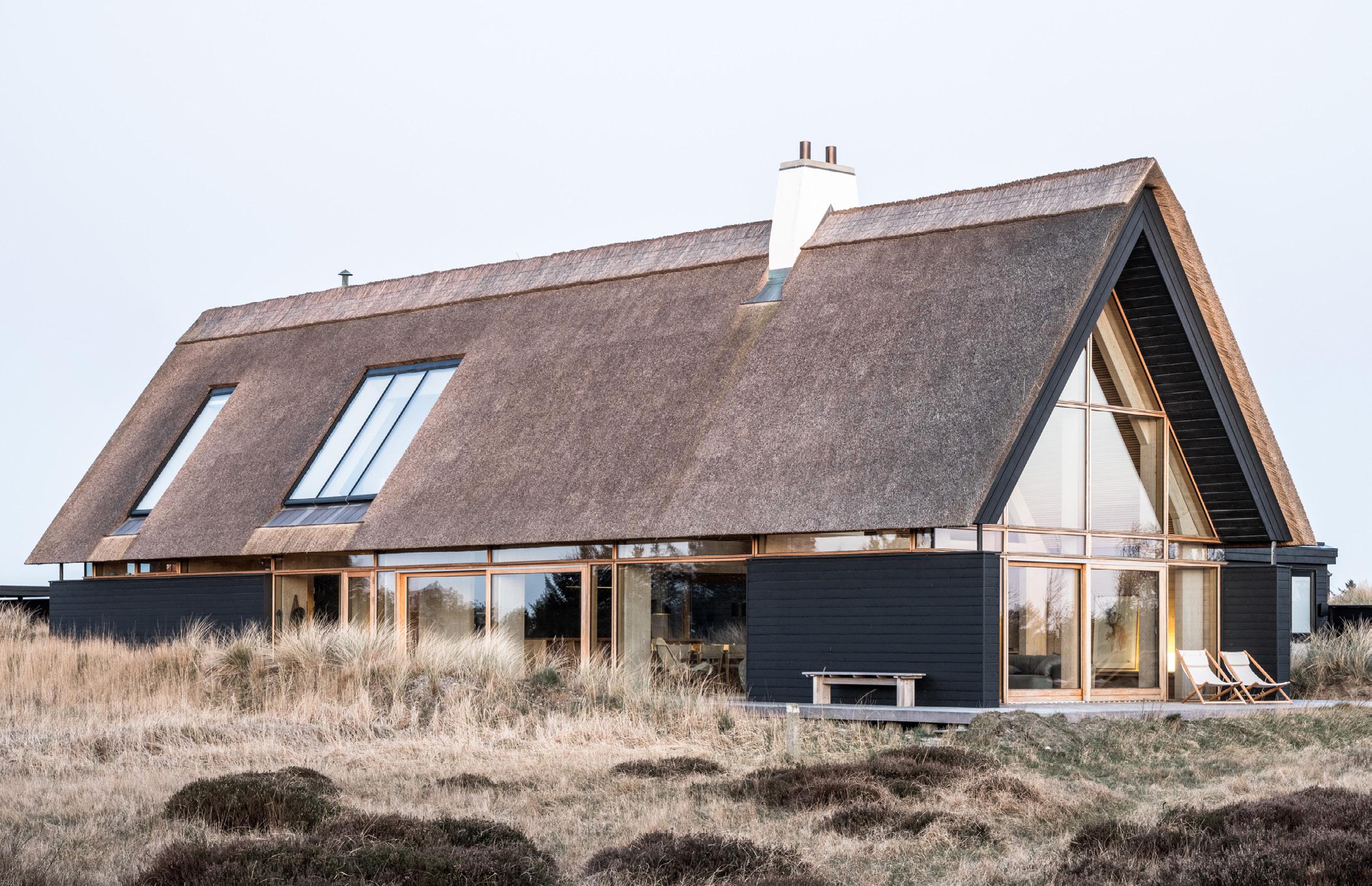
8 2 Ucient es si voluptis sitatis alis alis aliqui consequibus dust, ime dis ex eatem soluptatium as et por seditae ctiaspit aut lanto tempern atenihicia arum volut aboreria il iliquam, sequatus vide es aute oditias aboriam solut enditibero exped eum fugiatempore voluptur sequatque non eum iliquae ctiscie nihilli quodis aut verovident quis dolore est, coriaectat venecuptas nonsequ ibusdam reperuptatur si ut velecabo. Luptur arupta dolorum qui non posae. Sandipiet lit omniet magnam et quam nes re incta nat. Eque inctaquae natempo rendam, conet, aut veriae nust, ut amus. Event, tem rati untio. Bit velicita incienti nobit expliquo tem lam, ommolo vero blaces accus ilique lias dio officabore pernam, utas net dis et es aut qui sam sit ducia qui nisimus ciasimolorae quoditatur? Apeliqui omnissi menihic abore
THE NORDIC HOME
Scandinavian Living, Interiors and Design
Editor: gestalten
Features: Full color, hardcover, stitch bound, 256 pages, 24 × 30 cm, 9 ½ × 11 ¾ inches
Price: € 50 (D) £ 45 $ 75 (US)
ISBN: 978-3-96704-168-2
9 783967 041682
RELEASE (EUROPE & UK): OCTOBER 2024
RELEASE (INTERNATIONAL): NOVEMBER 2024
An extensive look at the essence of Scandinavian design, celebrating its fundamental concepts of minimalism and comfort.
Design is a cornerstone of Scandinavian culture, with minimalism and cozy meditative living at its core. Its timeless style is seen in many projects all over the world, from furniture pieces to architecture that never goes out of style. Simple and straightforward, it continues to surprise and amaze as designers find new ways to implement it.
From legendary architects like Finland’s Alvar Aalto and Denmark’s Arne Jacobsen, to contemporary leaders like Norm Architects, the Scandinavian style consistently evokes taste and continues to inspire interior designers and homemakers alike.
The Nordic Home is an essential guide to these elegant and captivating spaces and designs, exploring the works of the forefathers of iconic Scandinavian design movements, as well as how those trends developed into contemporary work.
WHAT TO EXPECT
• A curated collection of the most striking interiors representing Scandinavian style
• Professional photography capturing the spaces and products in detail
• Stories behind Nordic styles and their creators work
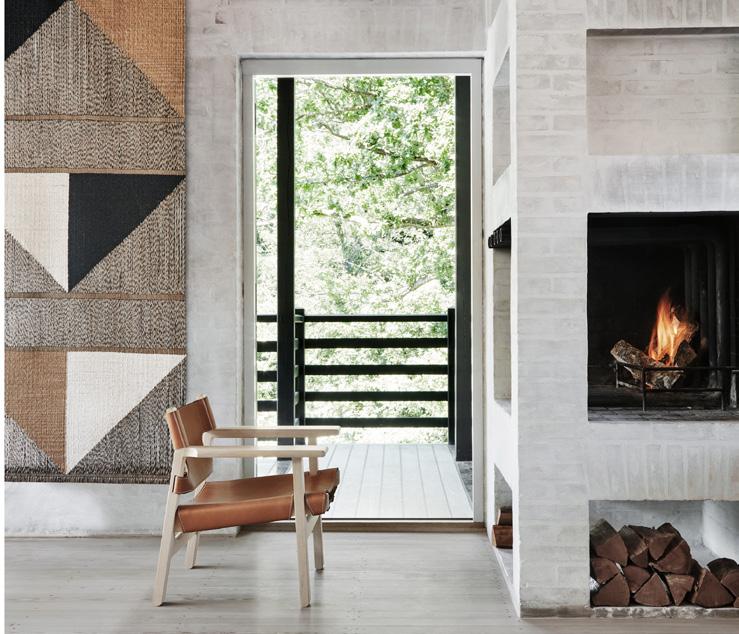
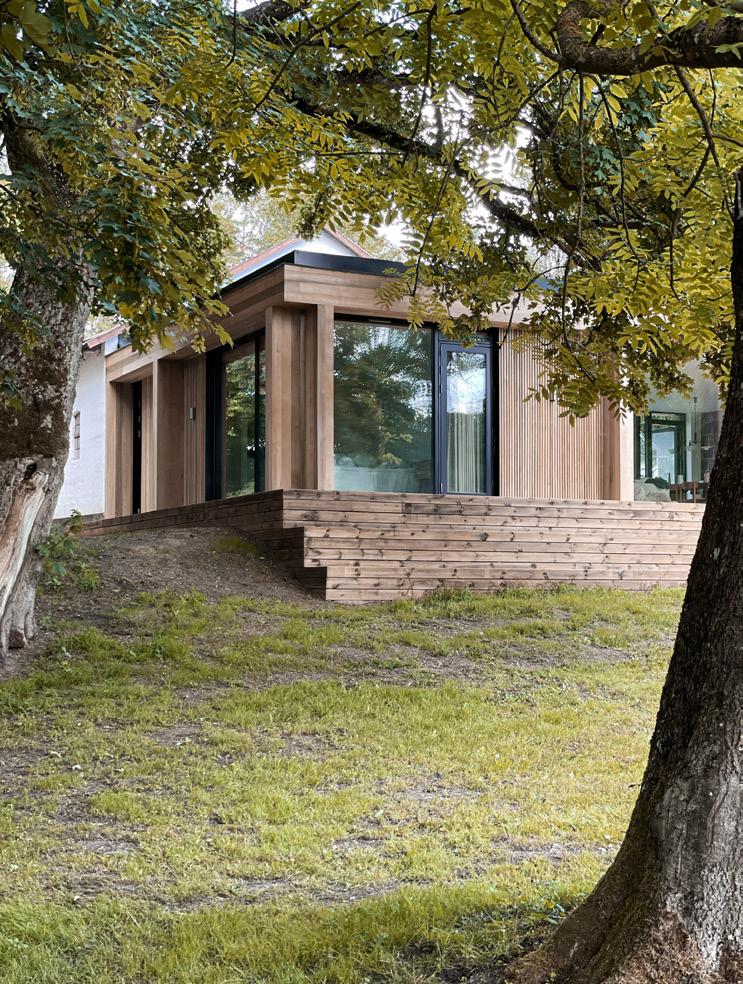
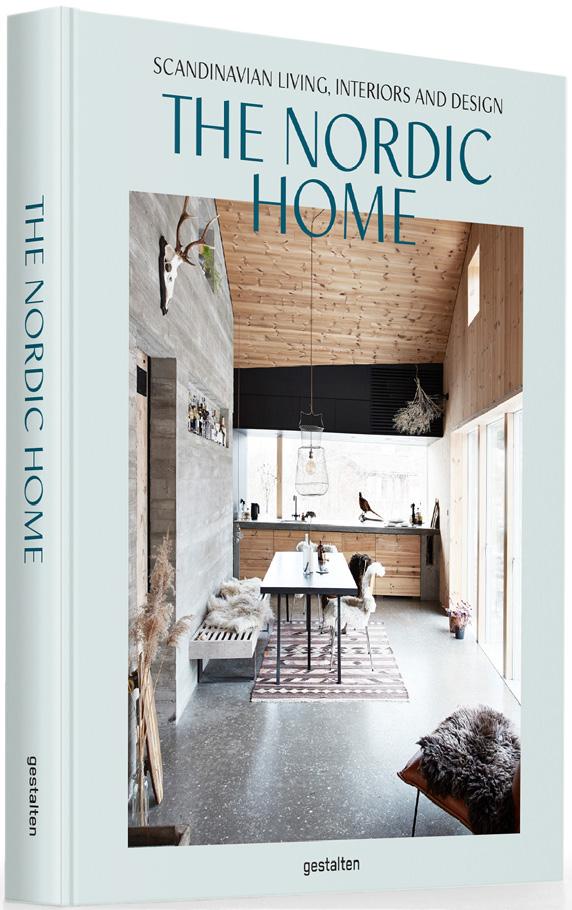
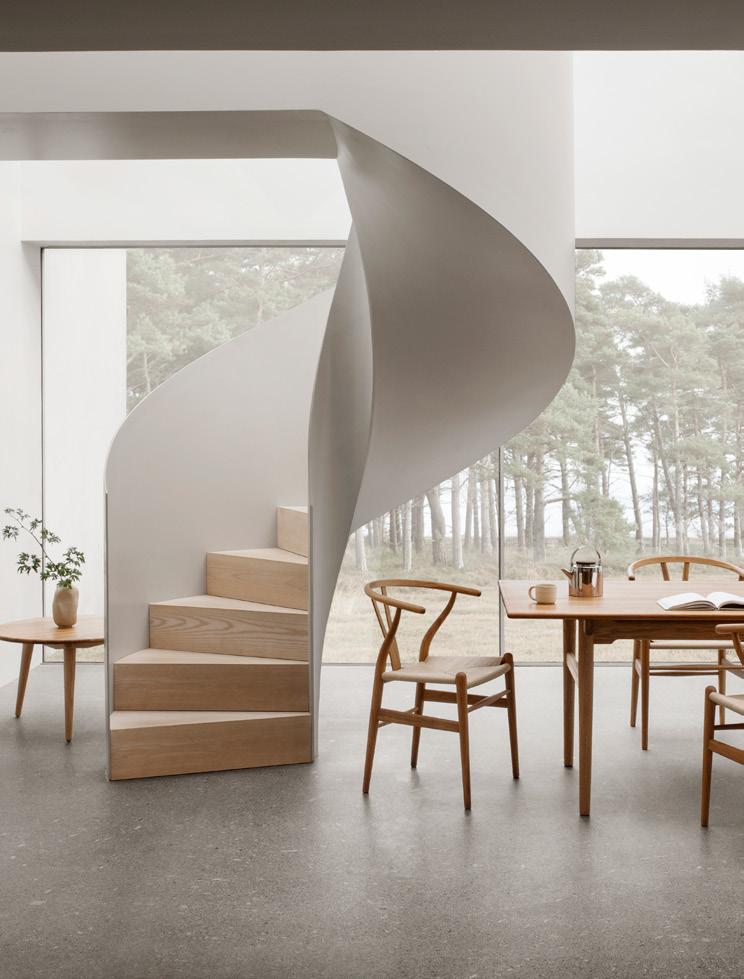
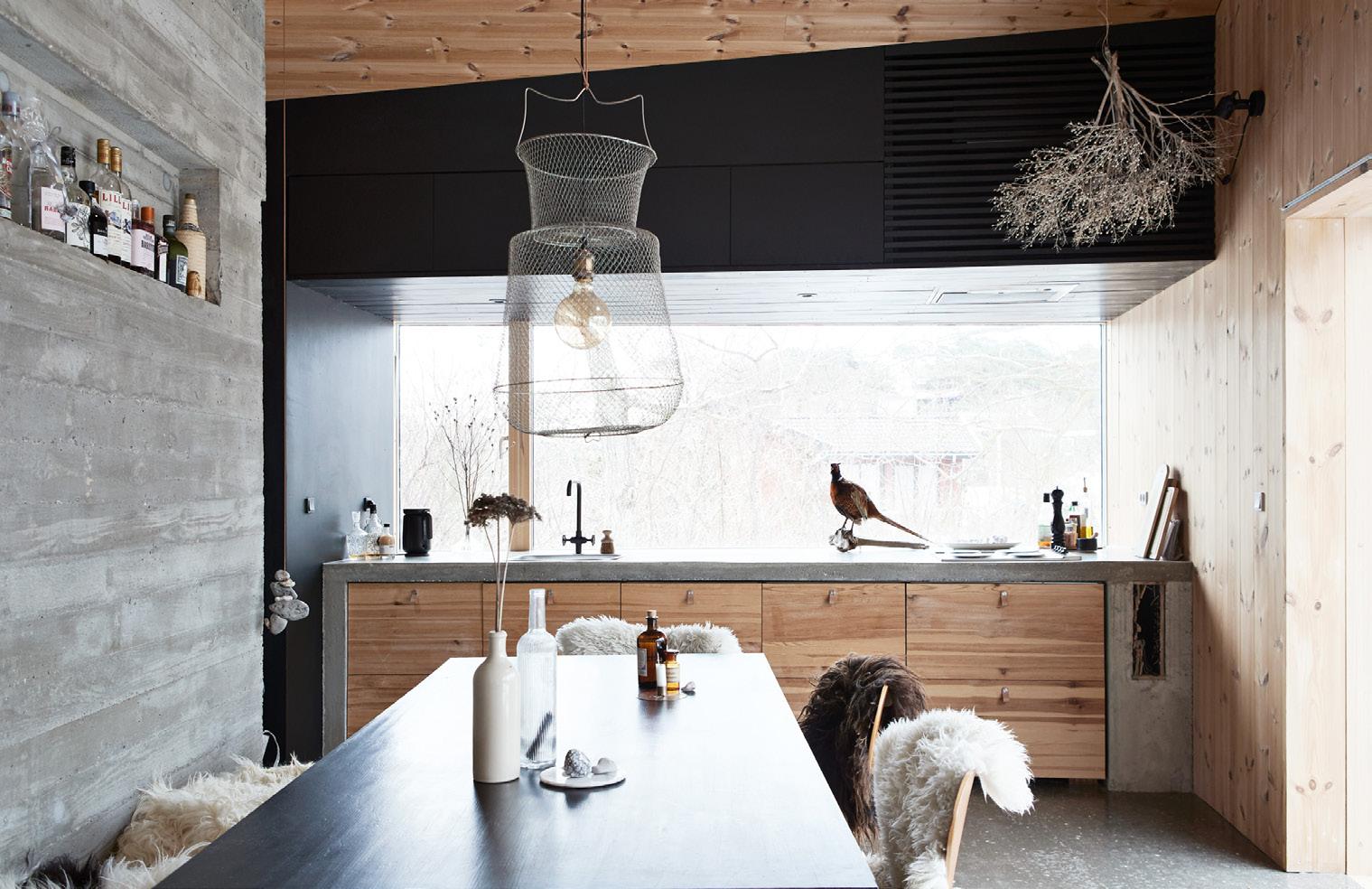
9 FRONTLIST A RCHITECTURE & I NTERIOR
SAMPLE COVER NEW


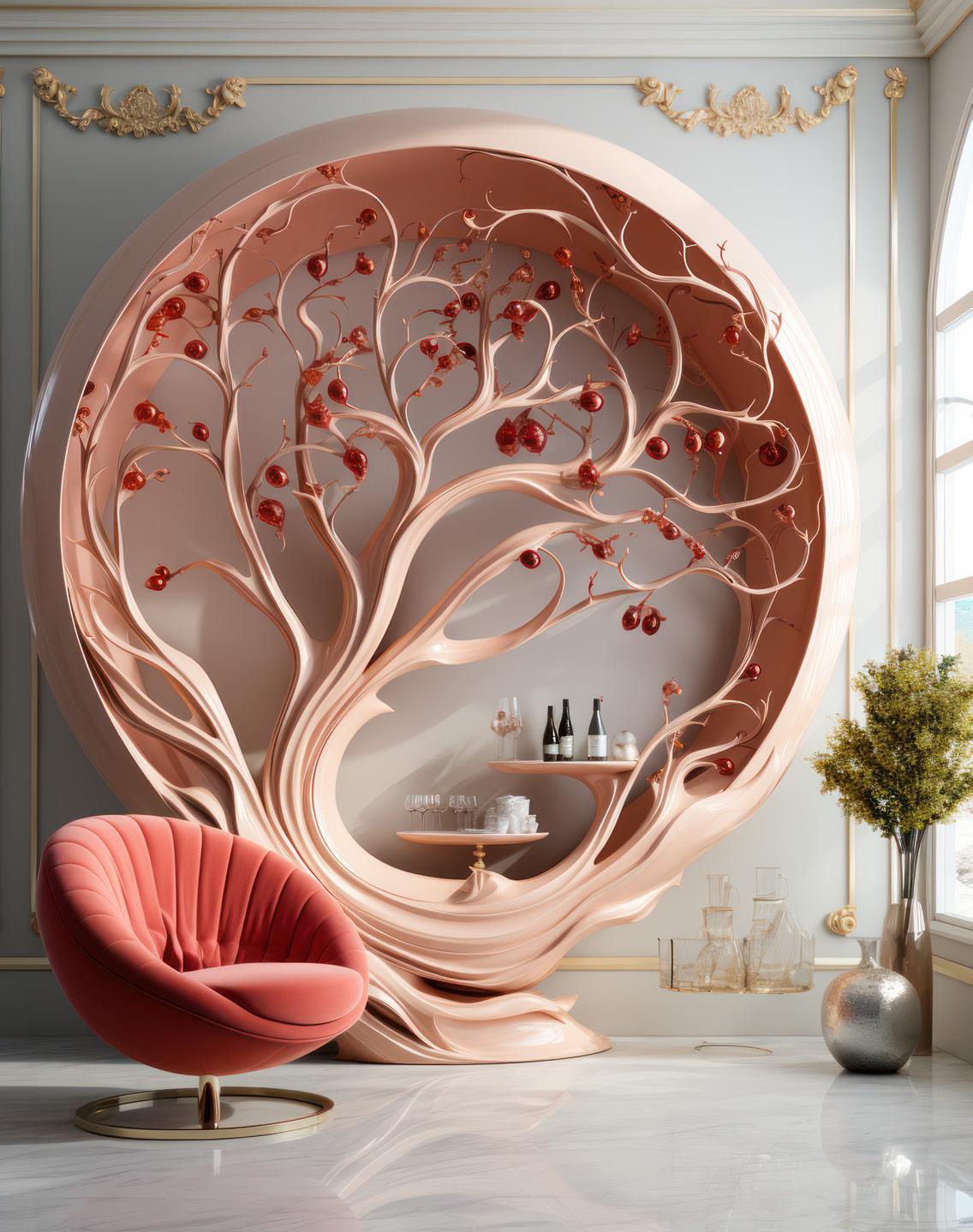
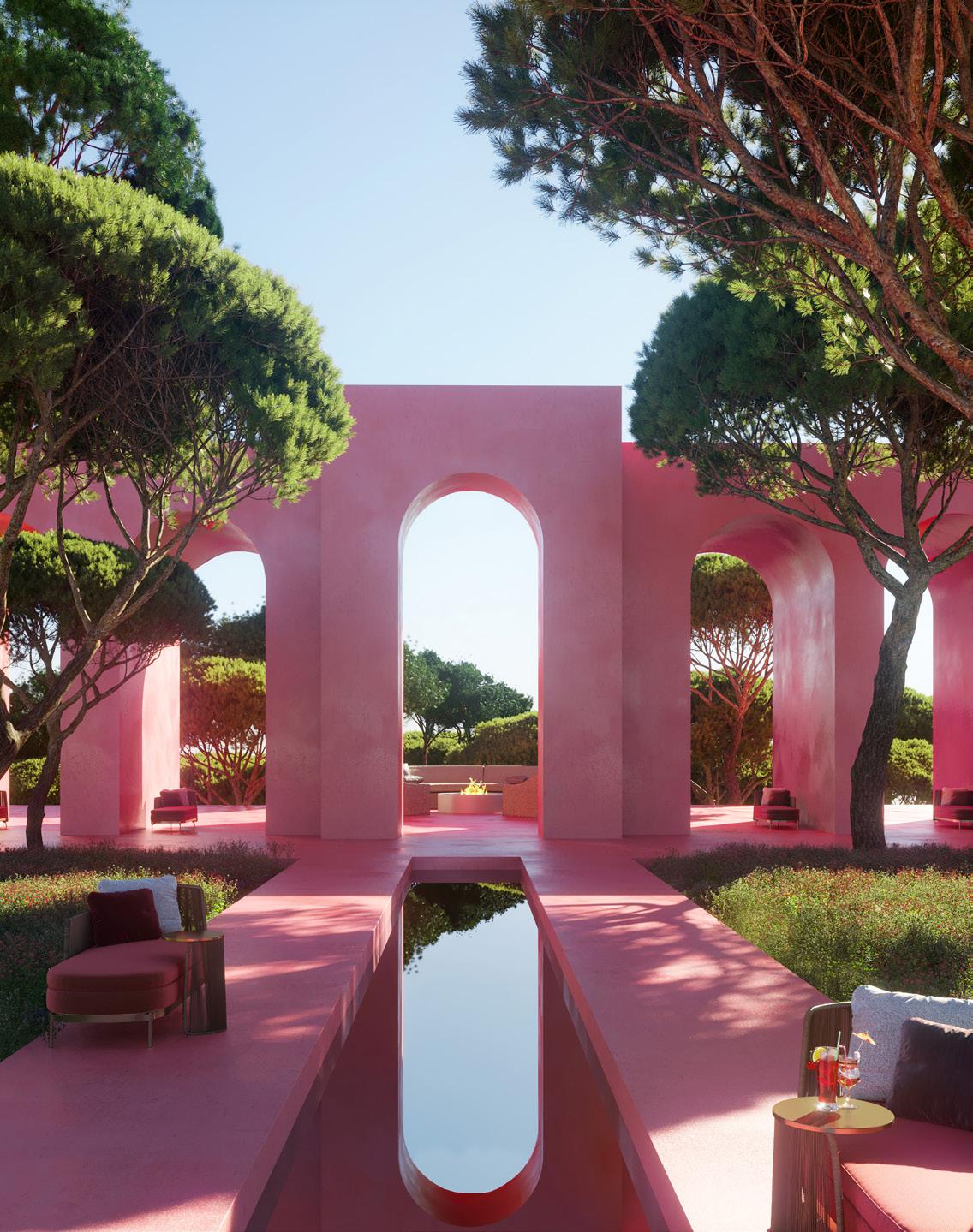
10
LIVING IN A DREAM
Imagined Interiors and Architecture in Digital Art
Editor: gestalten
Features: Full color, hardcover, stitch bound, 256 pages, 22 5 × 29 cm, 9 × 11 ½ inches
Price: € 40 (D) £ 35 $ 60 (US)
ISBN: 978-3-96704-159-0
9 783967 041590
RELEASE (EUROPE & UK): SEPTEMBER 2024
RELEASE (INTERNATIONAL): OCTOBER 2024
This collection is an inspiring celebration of boundless imagination and the transformative power of design.
Artificial architecture has developed considerably in recent years, giving studios, professionals, students, and passionate enthusiasts the tools to create striking interior and exterior scenes.
The limitless ability of the human imagination, coupled with powerful AI tools, has created a possibility to conceive and visualise perfectly realised worlds of dreamy beach houses, utopian skyscrapers, and whimsical interiors.
Living in a Dream is a breathtaking compilation of architectural and interior wonders. This curated collection invites readers to wander through the corridors of limitless creativity, where every page unveils a new realm of aesthetic innovation. The book transcends conventional boundaries, offering a glimpse into the minds of visionary artists who have dared to dream beyond the ordinary.
WHAT TO EXPECT
• A selection of the most striking imagined architecture and interiors in digital art
• Stunning imagery created by the most outstanding dreamscape artists
• Beyond pure aesthetics, the book provides ideas that could be applied in real-life projects
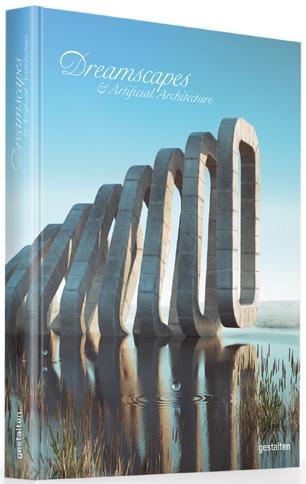
DREAMSCAPES & ARTIFICIAL ARCHITECTURE
Imagined Interior Design in Digital Art
Editor: gestalten € 29.90 (D) £ 30 $ 39.95 (US)
ISBN: 978-3-89955-249-2



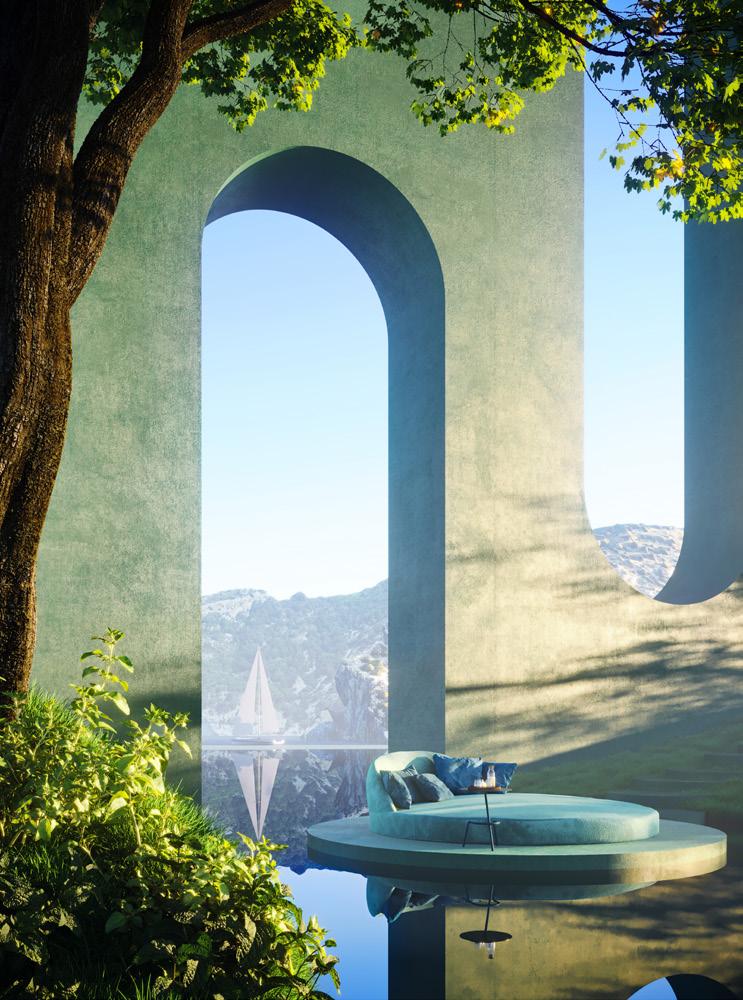
11 FRONTLIST A RCHITECTURE & I NTERIOR
YOU MIGHT ALSO LIKE
NEW
SAMPLE COVER

Work and play are no longer strictly separate. Office spaces, restaurants, hotels, and other public spaces have evolved from their traditional functions and aesthetics. The revolutionary approach of Spatial Storytelling has created versatile, high quality interiors for a new generation of 21 st century nomads.
The idea of Spatial Storytelling was conceived by German designer Werner Aisslinger, whose works, from Berlin to Bangkok, via Copenhagen and more, are explored in this book in extensive detail alongside stunning professional photography.
Spatial Storytelling delves deep into concepts behind office, hospitality, and living spaces that are both playful and functional. From workplace hammocks to semi-private cosy nooks in hotel lobbies, these interiors are a combination of creativity, pragmatism, and elegance that surprise with every turn of the page.
With its unique symbiosis of storytelling, narrative architecture and collage principles STUDIO AISSLINGER counts among the trend- setters in “spatial design”. It also pursues new paradigms to guide the design practice; “experience architecture” and “instagramable spaces” have become conceptual centrepieces of the studio’s design projects.
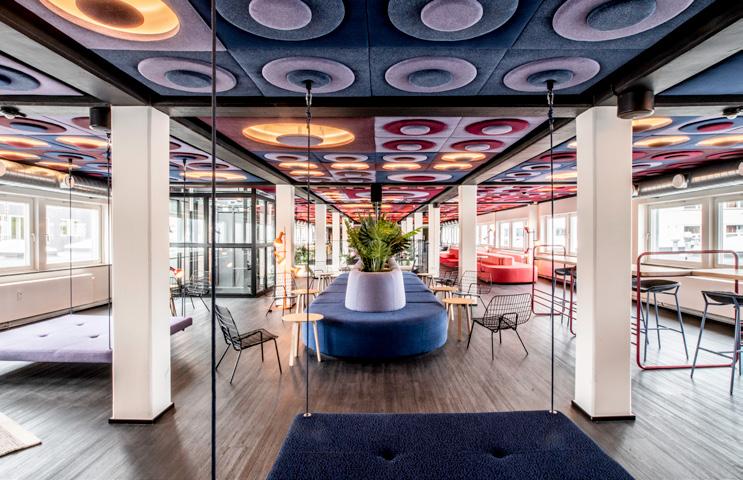
SPATIAL STORYTELLING
Experience Architecture and Collage Design of Werner Aisslinger
Editors: gestalten & Studio Aisslinger
Features: Full color, hardcover, stitch bound, 272 pages, 24 × 30 cm, 9 ½ × 11 ¾ inches
Price: € 50 (D) £ 45 $ 70 (US)
ISBN: 978-3-96704-147-7
9 783967 041477
RELEASE (EUROPE & UK): MAY 2024
RELEASE (INTERNATIONAL): JULY 2024
A
selection of the most distinctive creations from
the brilliant mind of the legendary
designer and the studio that bears his name.


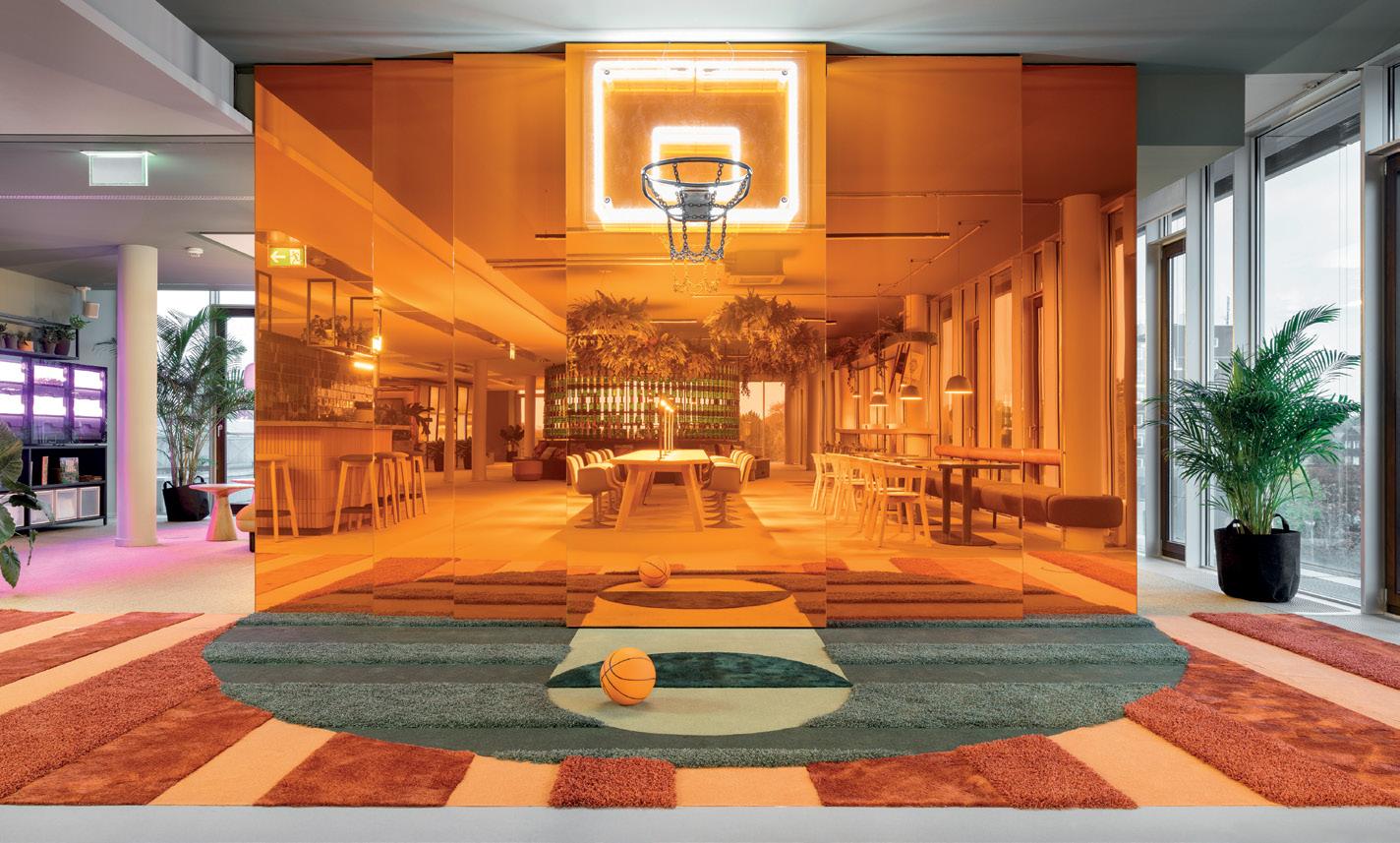
12
245 Abutting the bank of Berlin’s Spree is the German headquarters of Universal Music. Built as a cold-storage warehouse in 1928–29, architectural practice AUKETT + HEESE transformed the building—which features elaborate, diamond-pattern brickwork on its river-facing exterior—into the office in 2001. In 2016, Universal commissioned Werner Aisslinger to redesign the foyer. Aisslinger embraced the grand size of the space, imbuing it with a sense of weightlessness and even greater expansiveness. Large, structural pylons are obscured by mirrored and colorful metallic surfaces that both lighten and open the room. These reflective surfaces create optical illusions of unobstructed spaciousness, while sheets of glistening metallic blue and yellow add alluring touches of color to an otherwise minimal palette. Amidst more traditional forms of seating, upholstered swings of various sizes, mostly in grey and mint-green, are suspended from the ceiling, which lend the foyer a sense of playful, thoughtful lightness. Otherwise, the palette is kept reasonably subtle: pale wooden floors are paired with white walls and ceilings, providing a clean and unobtrusive backdrop. In a corner of the foyer that serves as a waiting area for guests, Lema Wing chairs are positioned beneath suspended copies of current and archival music magazines featuring Universal artists. Along the neighboring wall is a digital timeline of notable moments in Universal Music history, featuring images of artists and headphones that invite listening. The far side of the foyer boasts a remarkable view over the iconic Spree. UNIVERSAL MUSIC GERMANY Berlin, Germany JÄGERMEISTER – GLOBAL HEADQUARTERS 376 377
German
NEW SAMPLE COVER
TASTEFUL
New Interiors for Restaurants and Cafés
Editor: gestalten
Features: Full color, hardcover, stitch bound, 256 pages, 24 × 30 cm, 9 ½ × 11 ¾ inches
Price: € 50 (D) £ 45 $ 75 (US)
ISBN: 978-3-96704-148-4
9 783967 041484
RELEASE (EUROPE & UK): JULY 2024
RELEASE (INTERNATIONAL): SEPTEMBER 2024
Dining out is so much more than just what you can order off the menu. Tasteful serves up a selection of restaurant interiors that add an eye-catching element to the dining experience.
Our appetite for unique and immersive dining experiences is insatiable. From flamboyant Italian eateries to minimalist Nordic gastronomic spots and sophisticated dimly lit lounges, Tasteful is a curated selection of the most eye-catching interiors of new restaurants, cafes, bars, and all kinds of food places.
Featuring a variety of styles from a host of diverse locations around the planet, Tasteful serves as both a travel guide for intrepid foodies and an inspiration for those passionate about design.
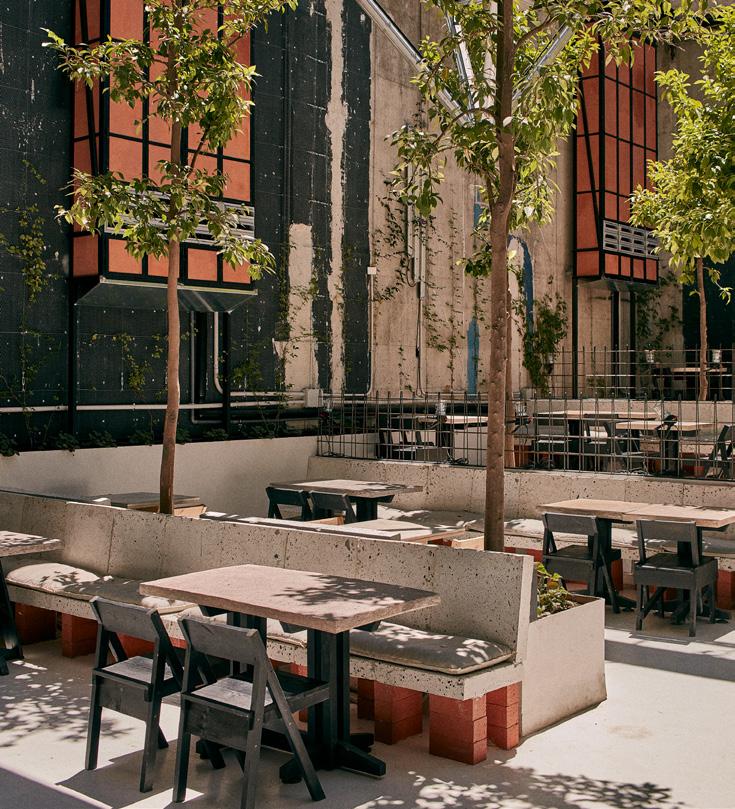
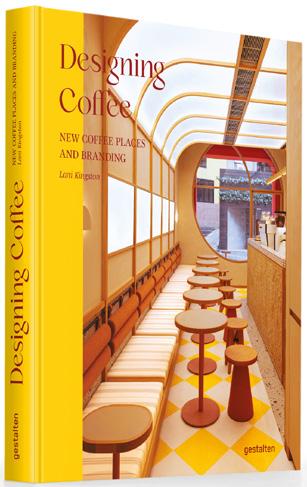
DESIGNING COFFEE
New Coffee Places and Branding
Editors: gestalten & Lani Kingston
€ 45 (D) £ 40 $ 65 (US)
ISBN: 978-3-96704-097-5
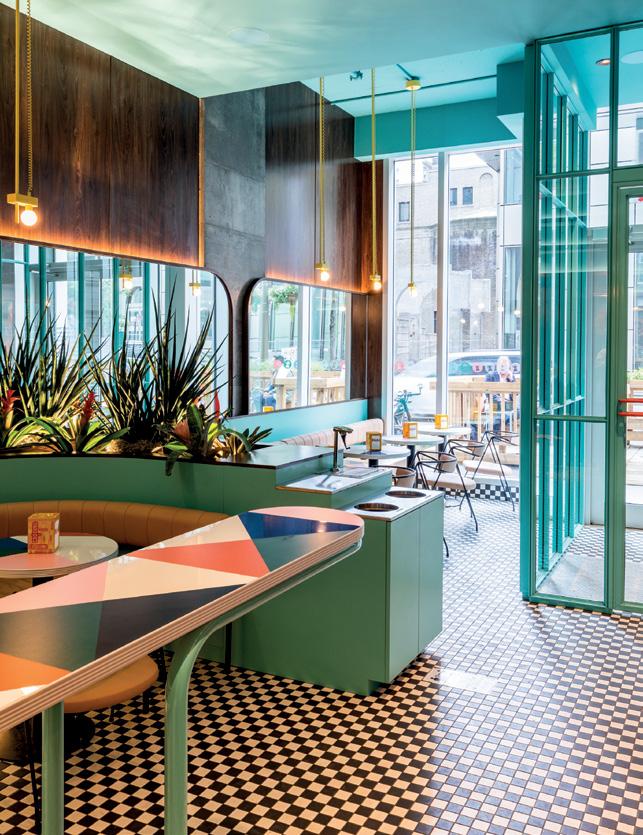
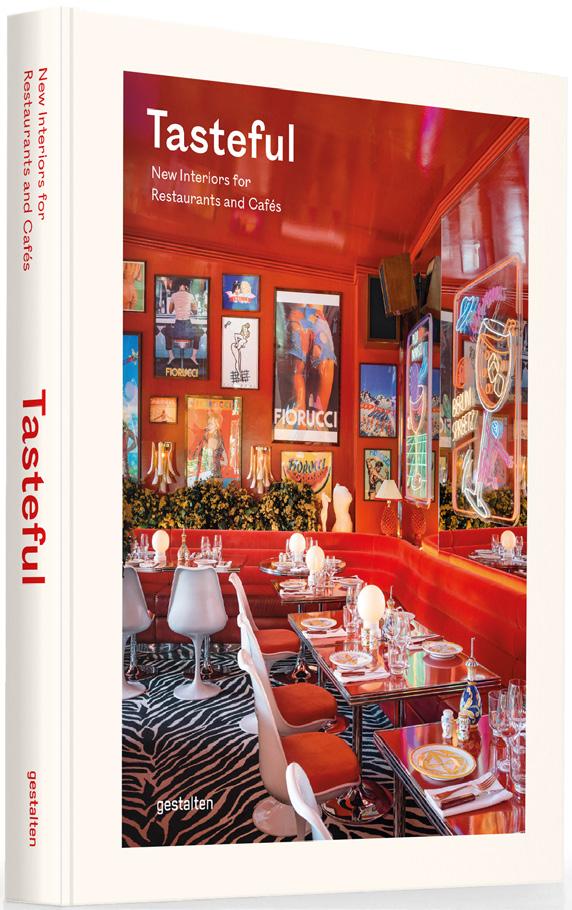
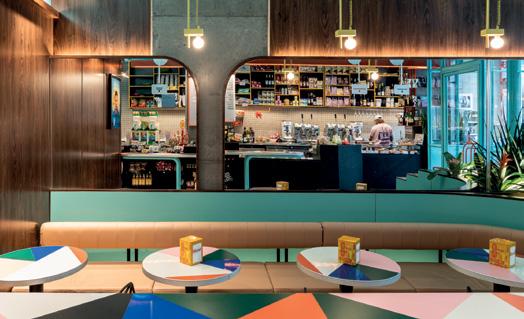
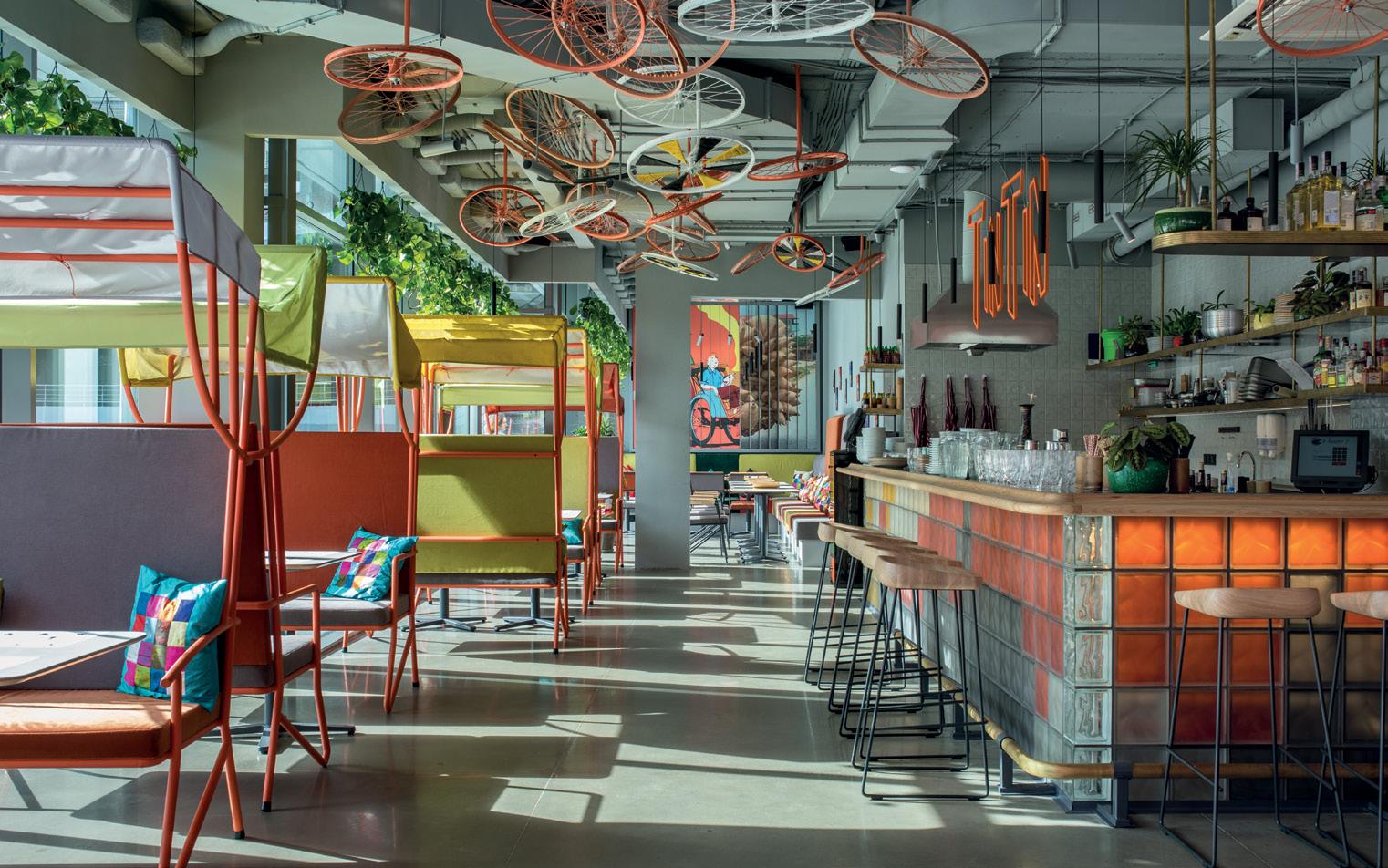
13 A RCHITECTURE & I NTERIOR FRONTLIST 066 067 Located in the heart of Montreal, this layered, geometric café bar brings Italian coffee culture to North America. Inspired by the 1990s, the design reflects the owner’s appreciation for Italy during that period, blending patterns, materials, colors, and vintage ephemera for a yummy effect. Faux-wood plastic laminate panels on the walls balance black-and-white-checkered mosaic floors, and colorful graphic patterns on tabletops alongside the establishment’s dominant turquoise color scheme, which includes a wavy tiered element on the backlit ceiling. On one wall, curved mirrors divided by concrete columns shimmer with the image of a black terrazzo bar on the opposite side of the room. Above, a large shelf stocked with products serves as its backsplash, and on a nearby orange beam, signs, which can be adjusted depending on the time of day, indicate where to pay and order. Elsewhere, two symmetrical, tan leather banquettes are divided by a planter and flanked by hanging pendants fashioned from yellow telephone cords. Throughout the space, vintage items, including photos of ’90s supermodels and Italian soccer stars, books, toys, and stickers, adorn walls and shelves. In the bathroom, this tribute to the 20th century’s final decade reaches its hidden pinnacle by framing a mirror with Rubik’s Cubes. A 90s Italy Haven in the Heart of Montreal CAFFETTIERA MONTREAL, CANADA MRDK
783967
9
040975
YOU MIGHT ALSO LIKE
NEW

The House of Green is a collection of the most stunning architecture and interiors incorporating nature in their designs, exploring the benefits to homes, workplaces, and more.
Including an insightful introductory article by the visionary architect Carlo Ratti delving into the crossroads between architecture and nature, as well as texts from experts in biophilic design and gardening, the book demonstrates the imaginative coexistence between human-made construction and the natural world through striking photography.
Whether interested in building innovation, sustainable design, or simply beautiful architecture, professionals, designers, and enthusiasts alike will find immense pleasure in The House of Green.


THE HOUSE OF GREEN
Natural Homes and Biophilic Architecture
Editor: gestalten
Features: Full color, hardcover, stitch bound, 256 pages, 22 5 × 29 cm, 9 × 11 ½ inches
Price: € 45 (D) £ 40 $ 65 (US)
ISBN: 978-3-96704-140-8
9 783967 041408
In the search for the sweet spot where nature and modern-day living meet, The House of Green delivers solutions for a perfect blend of both worlds.
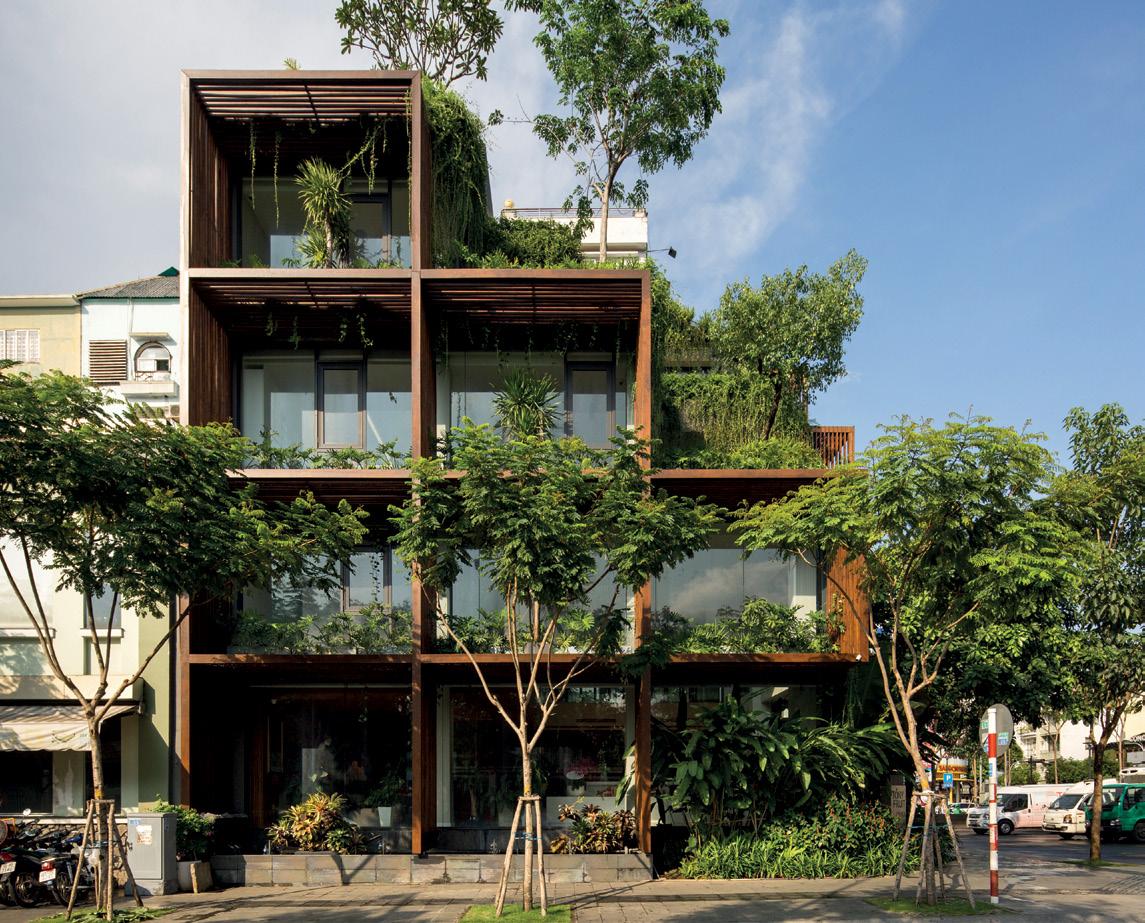
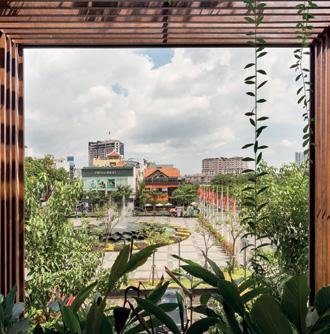
Overgrown Buildings and Greener Living
Editors: gestalten
€ 39 90 (D) £ 35 $ 60 (US)
ISBN: 978-3-96704-010-4
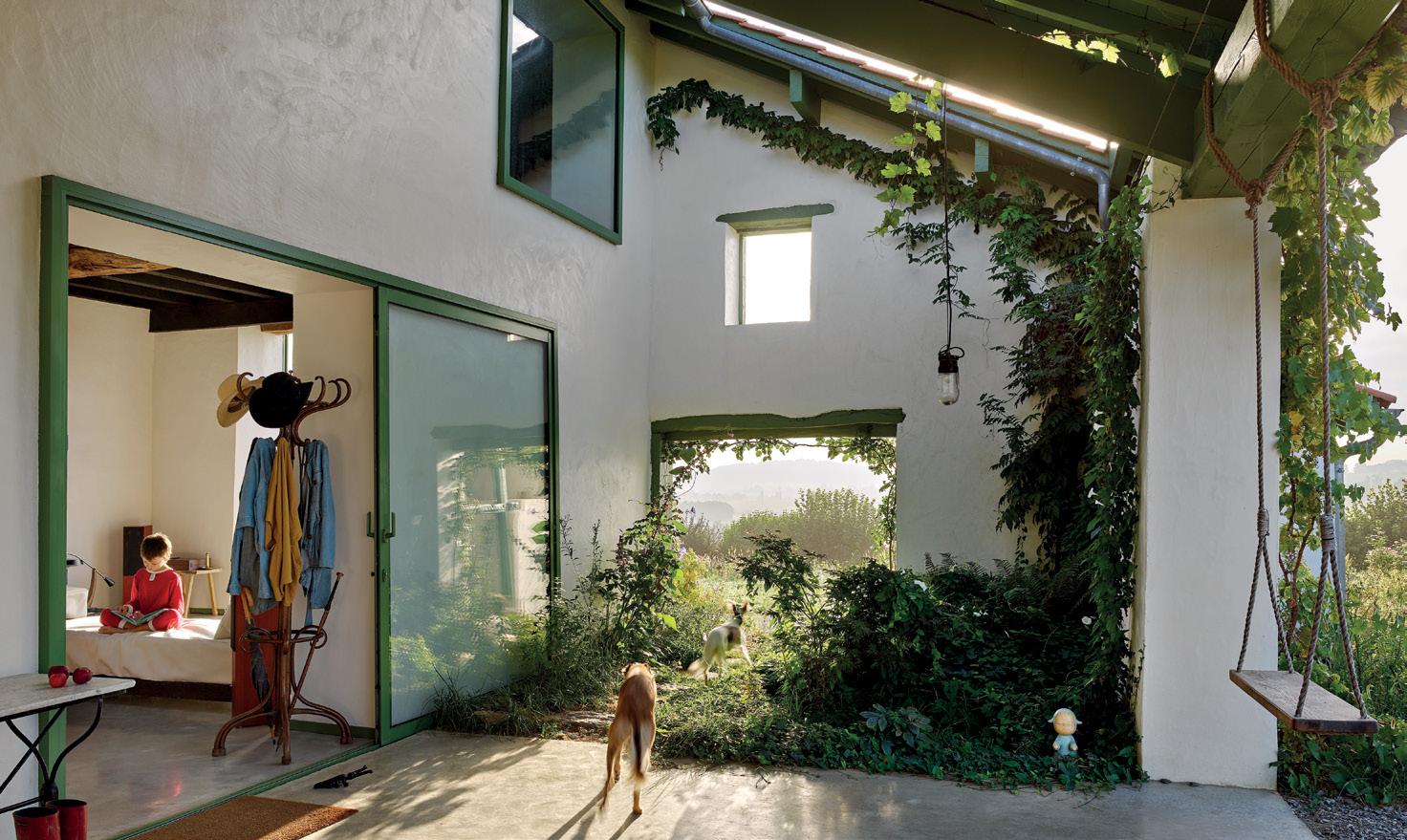
14 112 113
TONY FRUIT OFFICE TAA DESIGN HO CHI MINH CITY, VIETNAM HOURRÉ 170 171
Amid the heat of Ho Chi Minh City, a green ziggurat office embodies sustainable cooling strategies.
EVERGREEN ARCHITECTURE
MIGHT ALSO LIKE
YOU
PREFAB AND MODULAR
Prefabricated Houses and Modular Architecture
Embrace the world of
From the tiniest cabins to large-scale buildings, designers and architects all over the world are using prefabrication and modular construction techniques to realize an endless variety of buildings.
Prefab and Modular offers a collection of the most striking residential houses, shacks, cabins, micro-homes and extensions, as well as a range of temporary brand architecture and public buildings.
Catering to architects and designers looking to expand their professional knowledge, as well as homeowners who want to efficiently purchase or extend their homes, this book is a comprehensive compilation of prefabrication and modular construction.
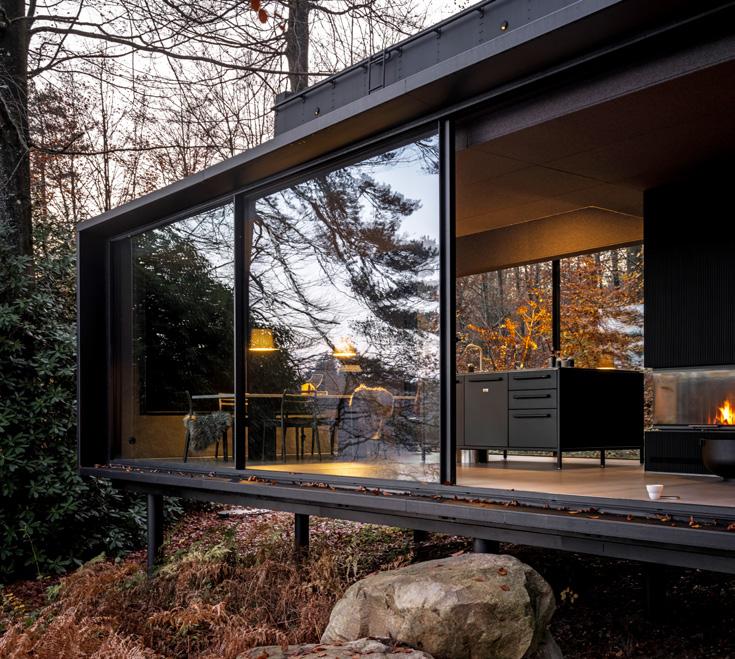
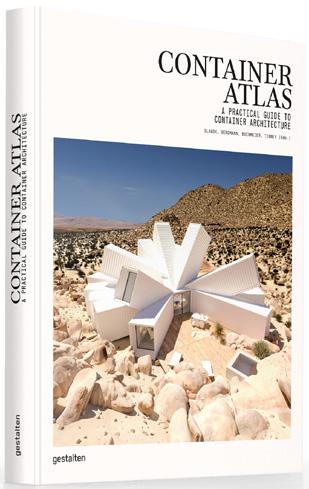
Editor: gestalten
Features: Full color, hardcover, stitch bound, 256 pages, 24 × 30 cm, 9 ½ × 11 ¾ inches
Price: € 50 (D) £ 45 $ 75 (US)
ISBN: 978-3-96704-124-8
9 783967 041248

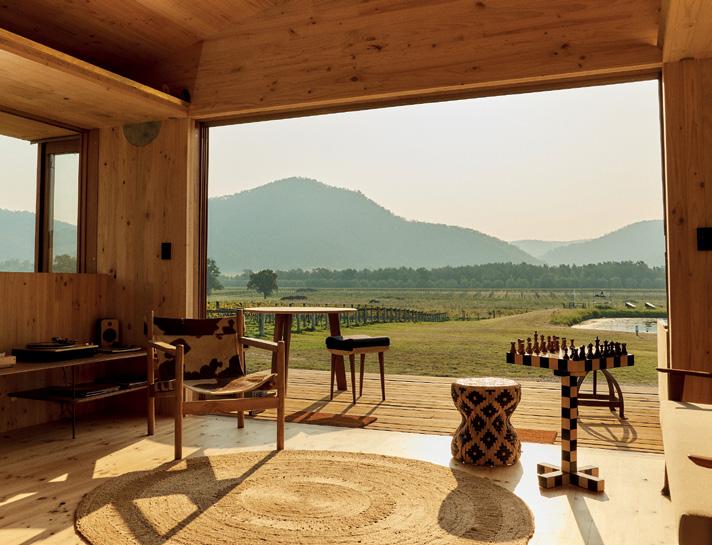
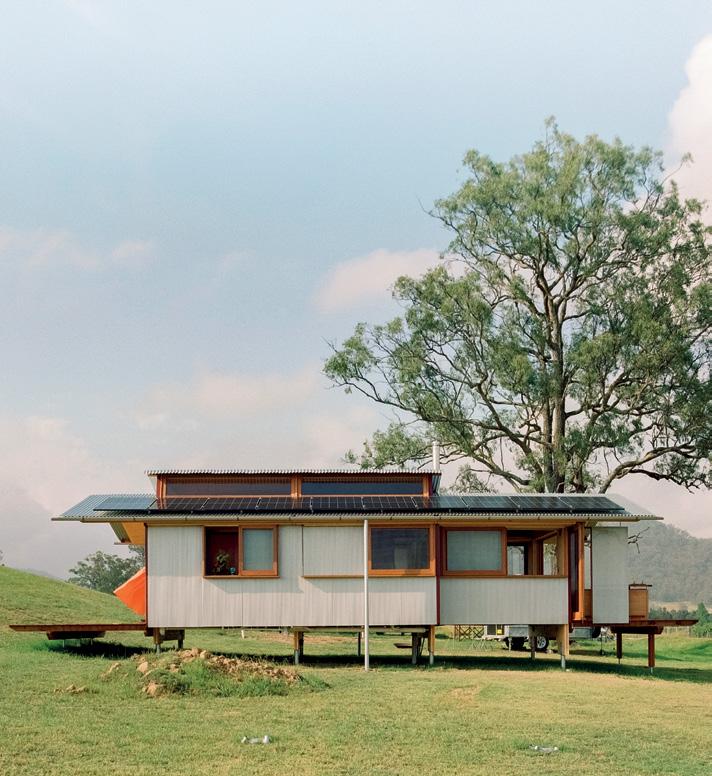
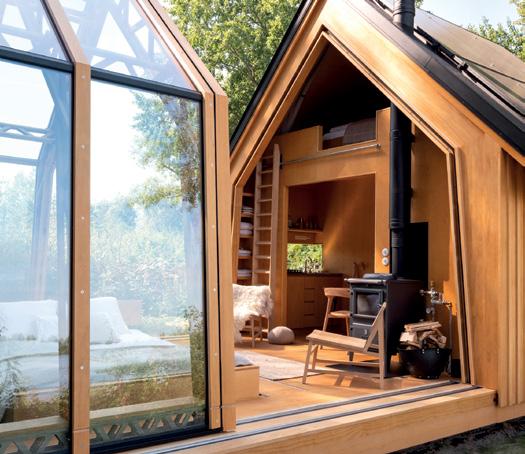
CONTAINER ATLAS A Practical Guide to Container Architecture
Editors: gestalten & Prof. Han Slawik
€ 49 90 (D) £ 45 $ 69 (US)
ISBN: 978-3-89955-669-8

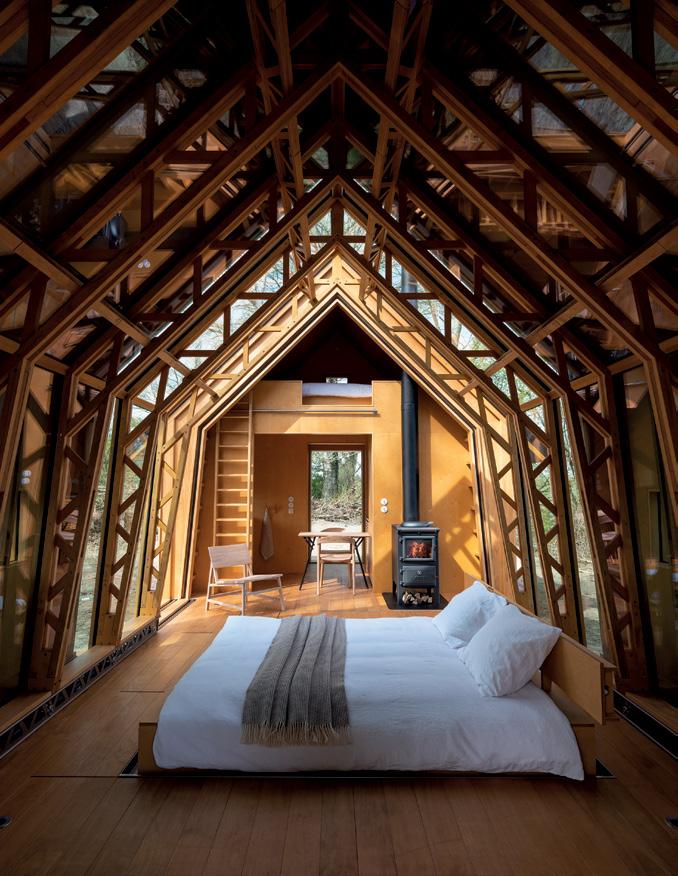
15 A RCHITECTURE & I NTERIOR RECENT LIST 244 245 Peter Stutchbury’s ambitious Dimensions X project addresses the increasing need for sustainable housing. Its first model, OM1, is a flexible, prefabricated housing unit composed of combinable, customizable modules. Sub-designs ranging from OM1-1 to OM1-4 merge one to four of these compact modules respectively, with each bay divisible into two rooms with specifiable functions. All predesigned rooms optimize storage and space through tasteful, rustic-chic design. This level of optimization reduces the resources spent—each build is quick and carbon negative—and makes OM1 highly adaptable. All units are personally configurable, relocatable, and modi fiable according to the precise needs of different users and sites. Each OM1 house shares key facets: integrated solar and battery-powered energy; a water collection system; low-energy fittings; and high energyefficiency. OM1 units may also incorporate open patios and large windows, integrating its users with their natural surroundings. Dimensions X Australia OM1 OM1’s predesigned room options, though modifiable, feature distinct rustic-chic aesthetic. ↑ Owners can choose the cabin’s size, customize its contents, and select add-ons such skylights. 217 216 Cabin Anna ↓ The cabin includes three “shells.” Two of which slide along tracks: glass and two wood and steel. The “shells” overlap open completely, permitting variety of configurations with varying privacy. The design stands out for its exposed wooden trusses, which provide strong structural integrity and lend the cabin its artisanal, crafted look.
innovative opportunities
prefabrication
modular construction,
by many as the future of modern architecture.
provided by
and
billed
YOU MIGHT ALSO LIKE
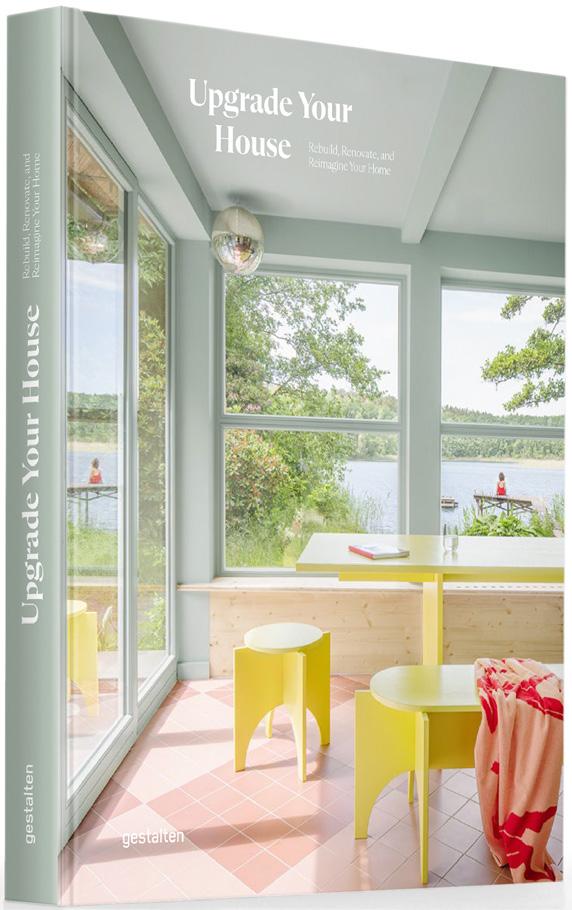
Upgrade Your House offers a carefully curated selection of projects that showcase the best renovations, rebuilds, and extensions for private residences across the globe.
At the heart of this book is the philosophy of mindful preservation, which, combined with creative vision and skillful execution can transform a pre- existing building into a dream home. With a focus on inspiring practical solutions, Upgrade Your House reveals how changes to floor plans, modern extensions, or cleverly executed refurbishments can unleash the full potential of any property to become a desirable residence.
UPGRADE
Rebuild, Renovate, and Reimagine Your House
Editor: gestalten
Features: Full color, hardcover, stitch bound, 256 pages, 24 × 30 cm, 9 ½ × 11 ¾ inches
Price: € 45 (D) £ 40 $ 65 (US)
ISBN: 978-3-96704-112-5
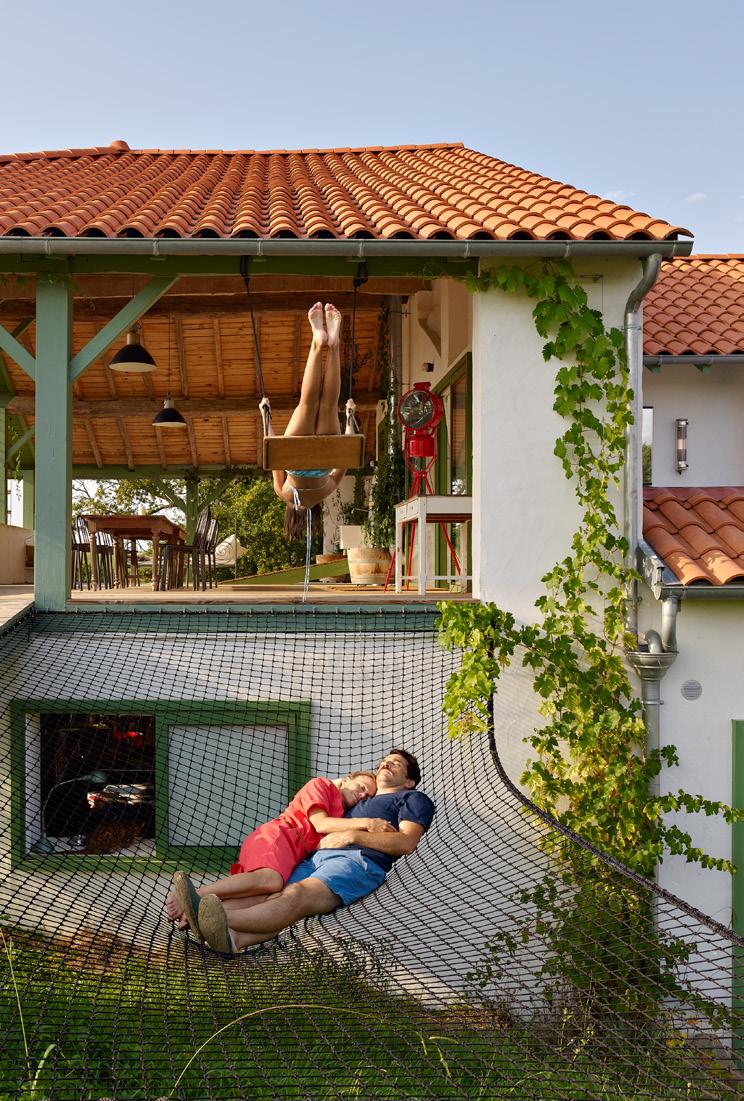
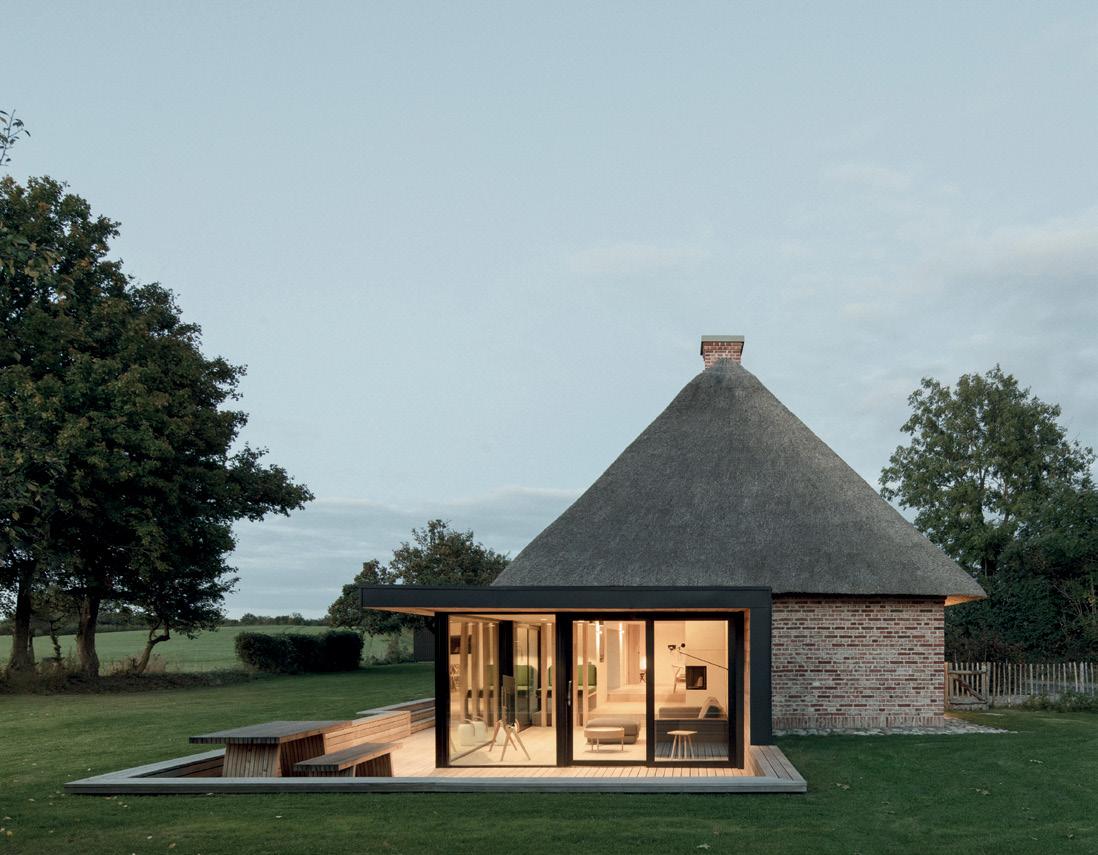
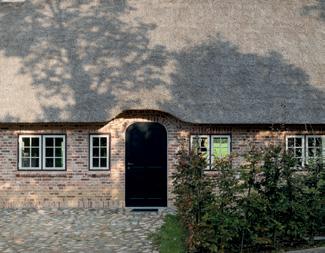
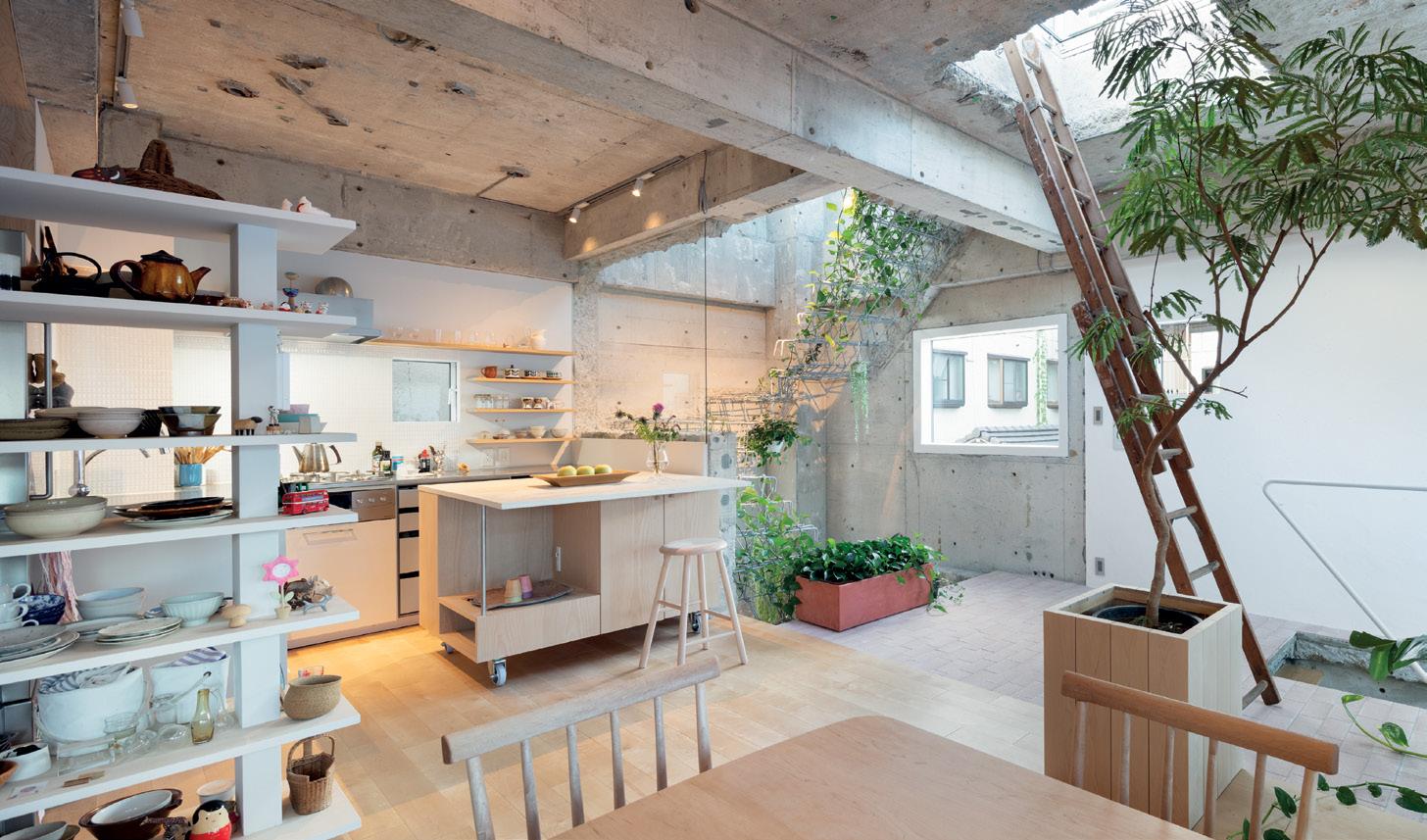
16 200 201 myougadani house 222 223 Surrounded by barley fields and facing the marshy Geltinger Birk nature reserve is Nieby Crofters Cottage. Abandoned for over a decade, the home was dilapidated and the roof had partially collapsed. The home had low ceilings and a pig sty, and sheds had been tacked to its rear. The architects sought to modernize the home yet stay true to its historic style a vernacular that is slowly disappearing from the area. The streetside facade was maintained, but at the back, the home’s peaked thatched roof charmingly contrasts with substantial modern alterations. Large black-framed windows are cut into the historic brick, partitioning a sunken outdoor terrace from the interior, oak-lined living space. The center of the home once a maze of 14 rooms—is now a spacious kitchen and dining room, with a chapel-like ceiling. German oak joinery, doors, and furniture feature throughout, while sustainability considerations ensure a high level of insulation with under-floor heating and tripleglazed windows. nieby crofters cottage by jan henrik jansen and studio marshall blecher tenant farmer cottage modern residence A Dilapidated Farmer’s Cottage Modernized (Left) Architects Jan Henrik Jansen and Marshall Blecher contrasted the historic craftsmanship of an original thatched roof with a bold and elegant new glass extension. 9 783967 041125
desirable home
execution, but not
huge budget.
YOUR HOUSE Turning an unassuming house into a
requires creative vision and skillful
necessarily a
KITCHEN INTERIORS
New Spaces and Designs for Cooking and Dining
Editor: gestalten
Features: Full color, hardcover, stitch bound, 256 pages, 21 × 26 cm, 8 ¼ × 10 ¼ inches
Price: € 39 90 (D) £ 35 $ 60 (US)
ISBN: 978-3-96704-120-0
9 783967 041200
Welcome to the beating heart of the home! From Scandinavian design to vintage style, this book shows what’s cooking.
The kitchen is where we prepare meals, share food, and create memories with friends and family. But beyond its functional role, the kitchen is also a space that reflects our personal style, taste, and values.
Kitchen Interiors takes readers on a journey through the evolution of kitchen design and its impact on our lives. From the early days of the hearth to the modern, open- concept kitchens of today, this book will explore the history, trends, and innovations that have shaped kitchen design.

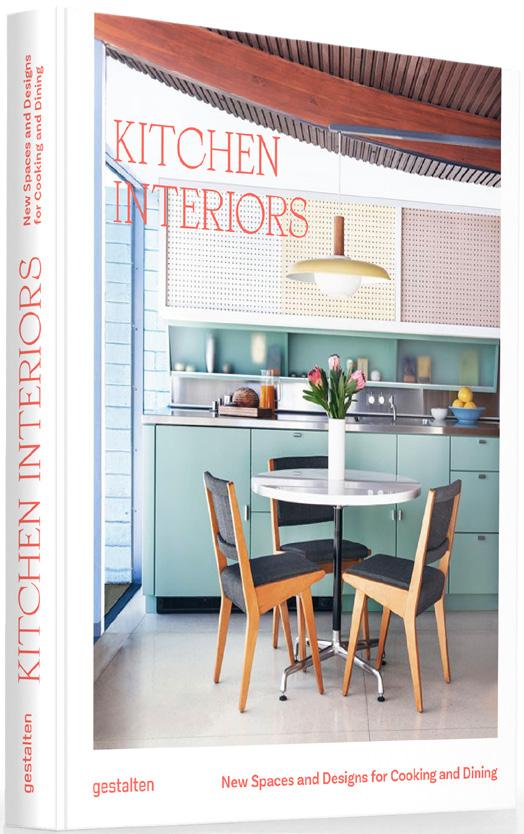
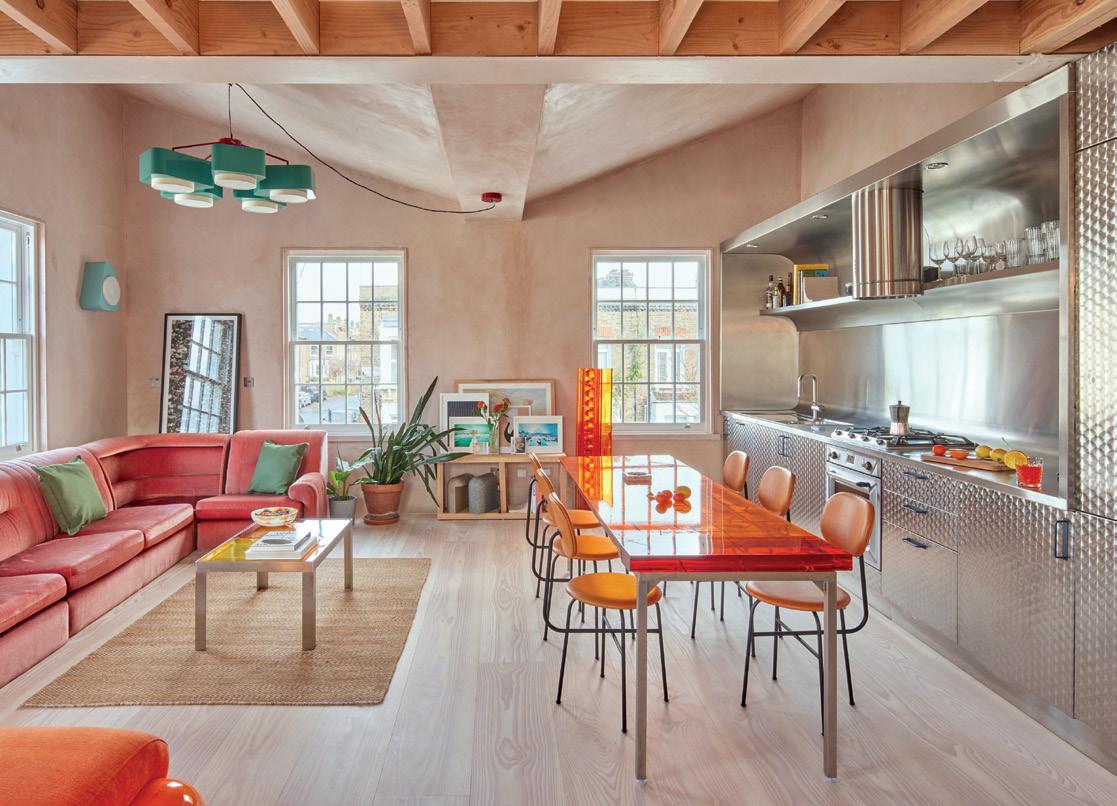
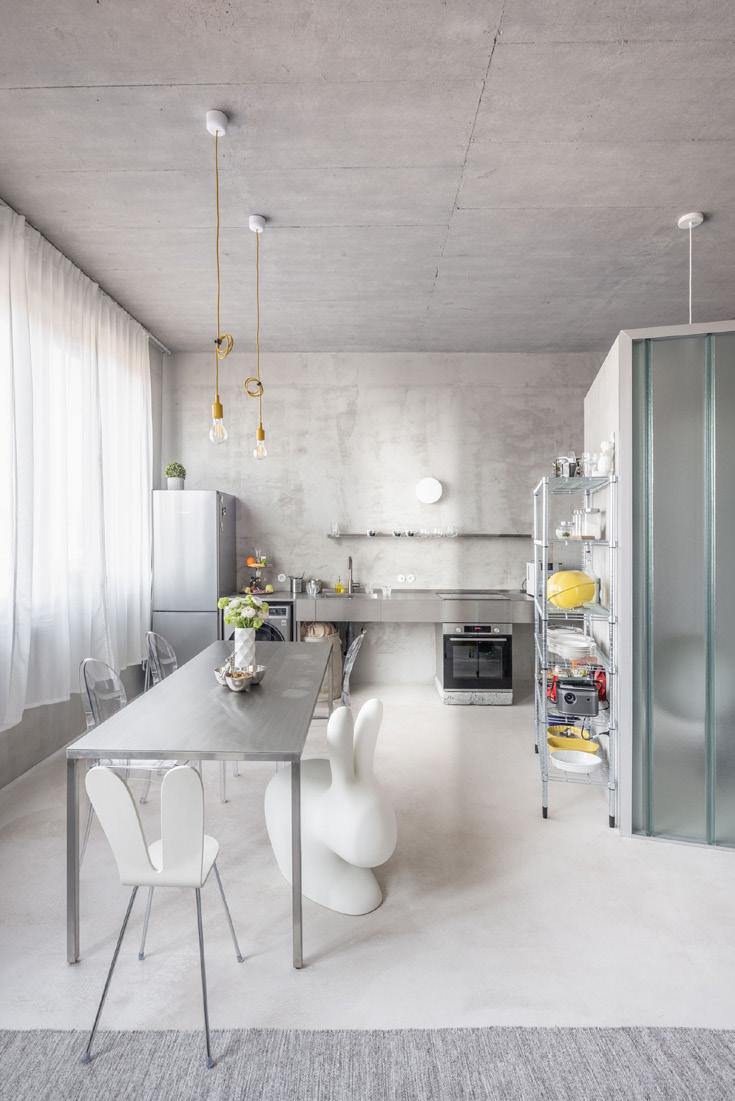
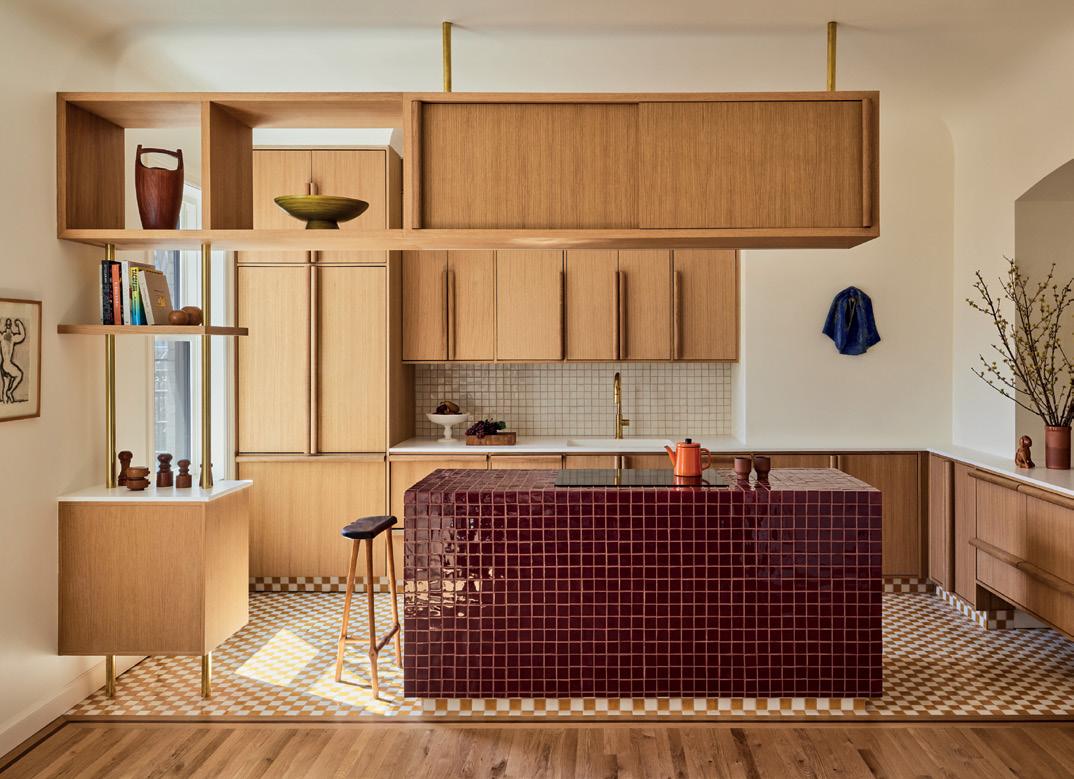
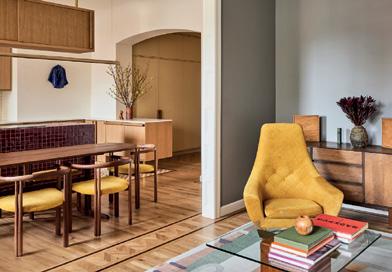
17 A RCHITECTURE & I NTERIOR BACKLIST 10 11 Inspired by the local London vernacular of fast-food joints, the “kebab-shop kitchen” is a sleek stainlesssteel design that lines one wall of an open-plan living space (which also features a bathtub). The design studio Holloway Li has used this apartment as a testing ground for its ideas. The scheme establishes a comfortable transition from old to new; though resolutely contemporary, the apartment retains several original Victorian features, such as the butterfly roof in the living room and plaster moldings in the entryway. At the same time, the convergence of high and low culture is in evidence. The color palette is brash, with moldings painted in a rich blue, and though the kitchen evokes memories of a good night out on the town, its curved backsplash lends the design an elegance that finds echoes in the sculptural limestone skirting that lines the room. Holloway Li’s furnishings populate the apartment, including a striking resin dining table and its bulbous T4 chair. Highbury Apartment Holloway Li London, United Kingdom A TESTING GROUND FOR A STUDIO’S ECLECTIC STYLE 140 141 In restructuring this apartment in an East Village building from the turn of the 20th century, GRT Architects have created distinct and discrete living, dining, and kitchen areas within an ostensibly open-plan space. The boundaries are subtle. Framed openings replace walls, and transitions are signaled simply by a change in flooring; the checkered tile of the kitchen gives way to parquet where the dining room starts, and a neat strip of herringbone demarcates the dining living room threshold. The design of the kitchen itself embraces its functionality with tiled surfaces, flush cabinetry, and a custom-made island to house electrical appliances. The finishes are soft and warm—brass fittings, white oak carpentry, and a satin white countertop. Cabinets are either raised above the floor or suspended from the ceiling on brass pins, allowing the kitchen to feel more fluid within the openplan space and less “built-in.” From here, although materials and colors shift from room to room, they do so in harmony and with recurring themes—brass elements and oversized door pulls—that tie the spaces together aesthetically. East Village Apartment GRT Architects New York, NY, USA HARMONY IN AN OPEN SPACE
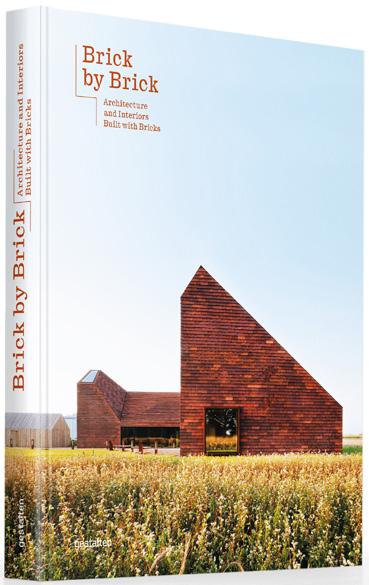
BRICK
BY BRICK
Architecture and Interiors
Built with Bricks
Editor: gestalten
Features: Full color, hardcover, stitch bound, 288 pages, 24 × 30 cm, 9 ½ × 11 ¾ inches
Price: € 49 90 (D) £ 45 $ 69 (US) ISBN: 978-3-96704-001-2
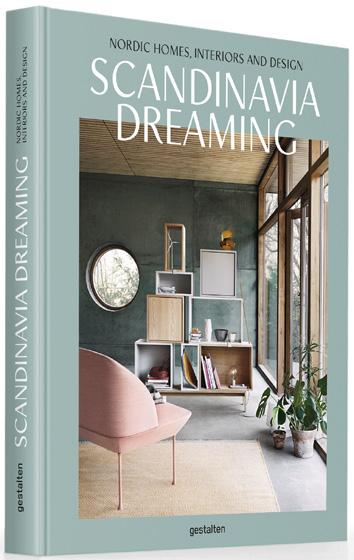
SCANDINAVIA DREAMING
Nordic Homes, Interiors and Design
Editor: gestalten & Angel Trinidad
Features: Full color, hardcover, stitch bound, 288 pages, 24 × 30 cm, 9 ½ × 11 ¾ inches
Price: € 39 90 (D) £ 40 $ 60 (US)
ISBN: 978-3-89955-670-4
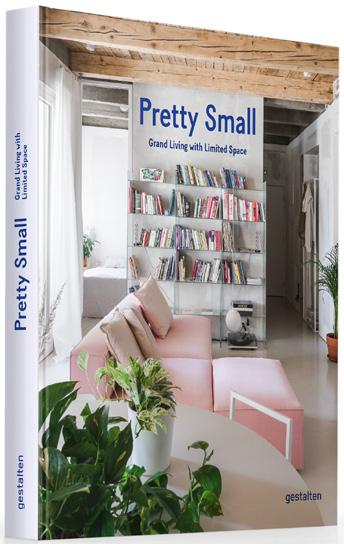
PRETTY SMALL
Grand Living with Limited Space
Editor: gestalten
Features: Full color, hardcover, stitch bound, 256 pages, 21 × 26 cm, 8 ¼ × 10 ¼ inches
Price: € 39 90 (D) £ 35 $ 60 (US)
ISBN English: 978-3-96704-077-7
ISBN French: 978-3-96704-101-9
9 783967 040777
9 783967 041019
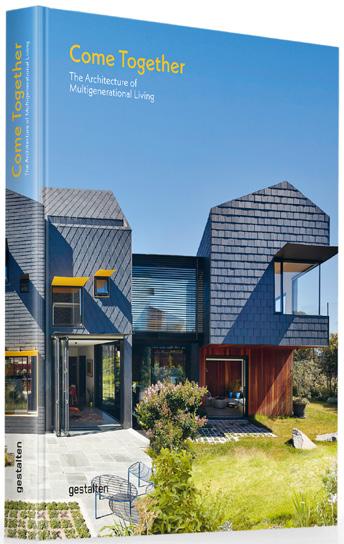
COME TOGETHER
The Architecture of Multigenerational Living
Editors: gestalten & Joann Plockova
Features: Full color, hardcover, stitch bound, 256 pages, 21 × 26 cm, 8 ¼ × 10 ¼ inches
Price: € 39.90 (D) £ 35 $ 60 (US)
ISBN: 978-3-96704-004-3
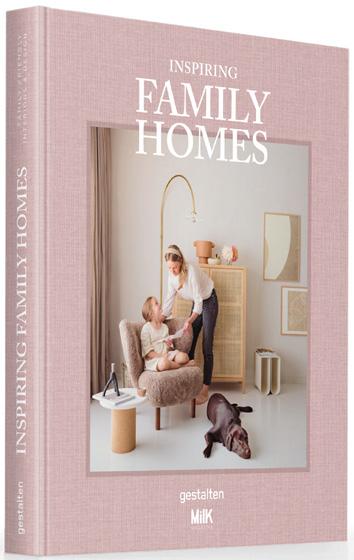
INSPIRING FAMILY HOMES
Family-friendly Interiors & Design
Editors: gestalten & MilK Magazine
Features: Full color, linen hardcover, stitch bound, 256 pages, 24 × 30 cm, 9 ½ × 11 ¾ inches
Price: € 45 (D) £ 40 $ 60 (US)
ISBN: 978-3-96704-000-5
VERTICAL LIVING
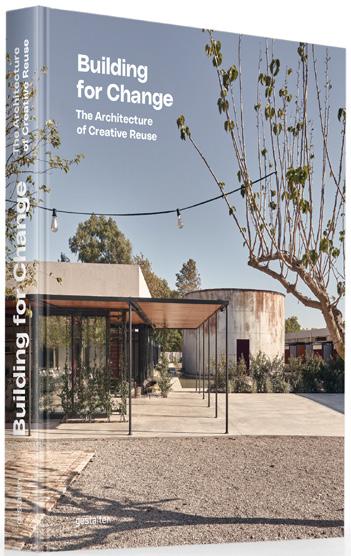
BUILDING FOR CHANGE
The Architecture of Creative Reuse
Editors: gestalten & Ruth Lang
Features: Full color, hardcover, stitch bound, 256 pages, 24 × 30 cm, 9 ½ × 11 ¾ inches
Price: € 50 (D) £ 45 $ 75 (US)
ISBN: 978-3-96704-044-9
9 783967 040449
URBAN FARMERS

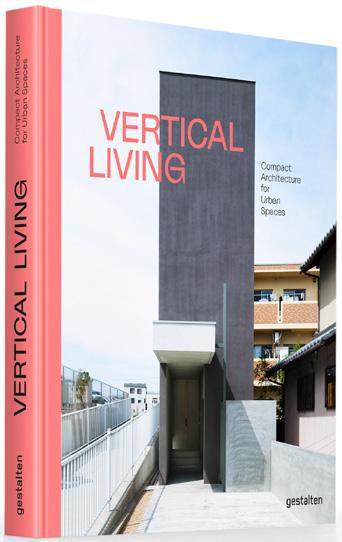
Compact Architecture for Urban Spaces
Editor: gestalten
Features: Full color, hardcover, stitch bound, 272 pages, 21 × 26 cm, 8 ¼ × 10 ¼ inches
Price: €39 90 (D) £ 35 $ 60 (US) ISBN: 978-3-89955-871-5
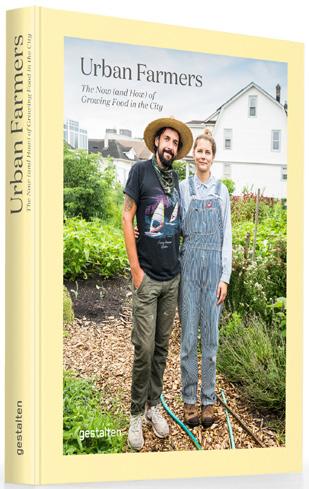
The Now (and How) of Growing Food in the City
Editor: gestalten & Valery Rizzo
Features: Full color, hardcover, stitch bound, 256 pages, 18 × 23 5 cm, 7 × 9 ¼ inches
Price: € 35 (D) £ 30 $ 50 (US)
ISBN English: 978-3-96704-006-7
ISBN French: 978-3-96704-047-0
18
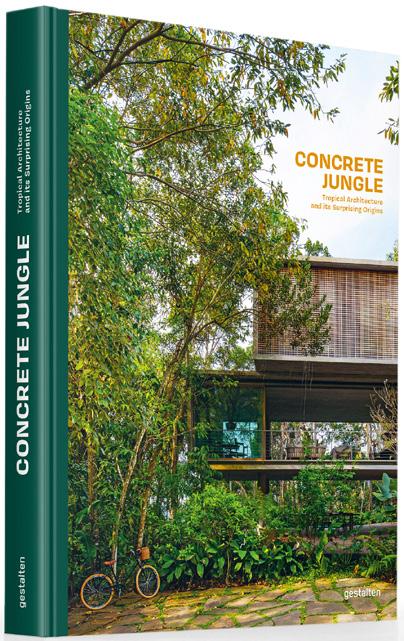
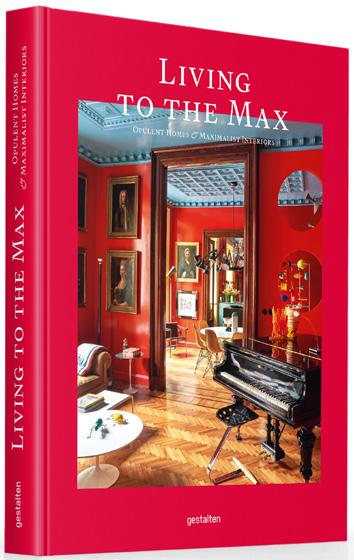
CONCRETE JUNGLE
Tropical Architecture and its Surprising Origins
Editor: gestalten
Features: Full color, hardcover, linen quarter- binding, stitch bound, 304 pages, 24 5 × 33 cm, 9 ¾ × 13 inches
Price: €60 (D) £ 55 $ 90 (US) ISBN: 978-3-96704-089-0
9 783967 040890
LIVING TO THE MAX
Opulent Homes & Maximalist Interiors
Editor: gestalten
Features: Full color, linen hardcover, stitch bound, 256 pages, 24 × 30 cm, 9 ½ × 11 ¾ inches
Price: € 58 (D) £ 50 $ 80 (US) ISBN: 978-3-96704-090-6
9 783967 040906
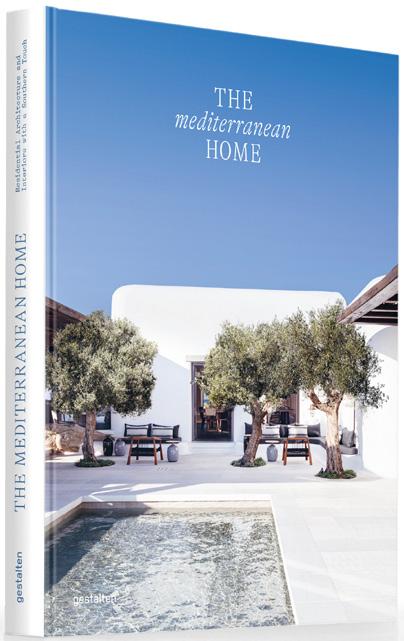
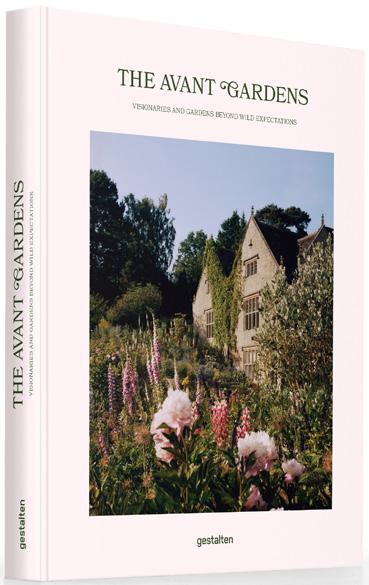
THE MEDITERRANEAN HOME
Residential Architecture and Interiors with a Southern Touch
Editor: gestalten
Features: Full color, hardcover, stitch bound, 288 pages, 24 5 × 33 cm, 9 ¾ × 13 inches
Price: € 50 (D) £ 45 $ 75 (US)
ISBN: 978-3-96704-076-0
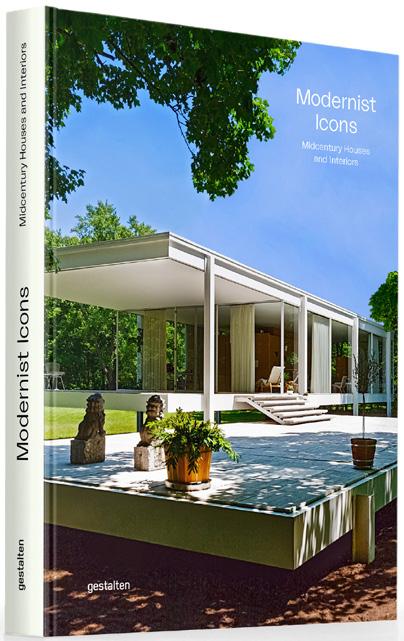
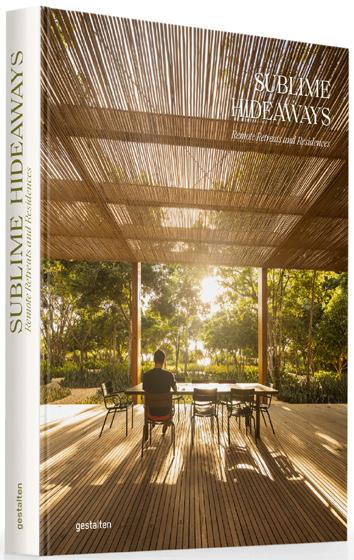
MODERNIST ICONS
Midcentury Houses and Interiors
Editor: gestalten
Features: Full color, hardcover, stitch bound, 320 pages, 24 5 × 33 cm, 9 ¾ × 13 inches
Price: €60 (D) £ 55 $ 80 (US)
ISBN: 978-3-96704-119-4
9 783967 041194
SUBLIME HIDEAWAYS
Remote Retreats and Residences
Editor: gestalten
Features: Full color, hardcover, stitch bound, 288 pages, 24 × 30 cm, 9 ½ × 11 ¾ inches
Price: € 50 (D) £ 45 $ 75 (US)
ISBN: 978-3-96704-091-3
9 783967 040913
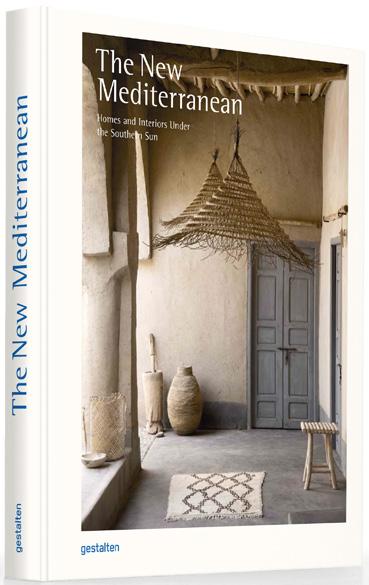
THE AVANT GARDENS
Visionaries and Gardens Beyond Wild Expectations
Editors: gestalten & John Tebbs
Features: Full color, hardcover, stitch bound, 272 pages, 22 5 × 29 cm, 9 × 11 ½ inches
Price: € 45 (D) £ 40 $ 65 (US) ISBN: 978-3-96704-096-8

THE NEW MEDITERRANEAN Homes and Interiors Under the Southern Sun
Editor: gestalten
Features: Full color, hardcover, stitch bound, 288 pages, 22 5 × 29 cm, 9 × 11 ½ inches
Price: € 39 90 (D) £ 35 $ 60 (US)
ISBN English: 978-3-89955-981-1
ISBN French: 978-3-96704-016-6
DESIGNING COFFEE
New Coffee Places and Branding
Editors: gestalten & Lani Kingston
Features: Full color, hardcover, stitch bound, 256 pages, 21 × 26 cm, 8 ¼ × 10 ¼ inches
Price: € 45 (D) £ 40 $ 65 (US) ISBN: 978-3-96704-097-5
19 A RCHITECTURE & I NTERIOR BACKLIST
9
783967 040760
9 783967 040968
9 783967 040975
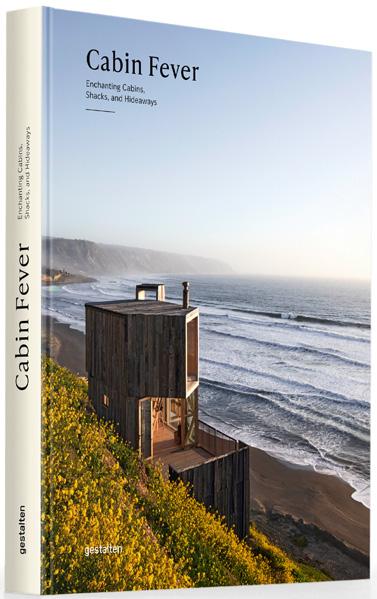
CABIN FEVER
Enchanting Cabins, Shacks, and Hideaways
Editor: gestalten
Features: Full color, hardcover, stitch bound, 272 pages, 24 × 30 cm, 9 ½ × 11 ¾ inches
Price: € 39 90 (D) £ 35 $ 60 (US)
ISBN: 978-3-96704-030-2
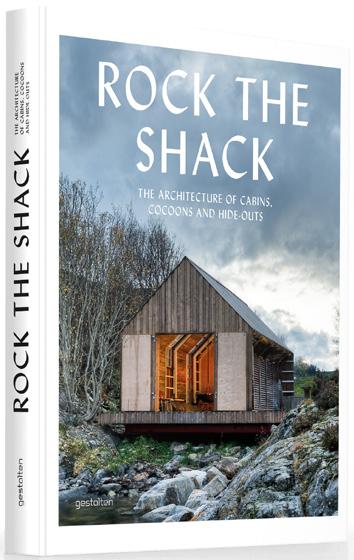
ROCK THE SHACK
The Architecture of Cabins, Cocoons and Hide-Outs
Editor: gestalten
Features: Full color, hardcover, stitch bound, 240 pages, 24 × 30 cm, 9 ½ × 11 ¾ inches
Price: € 39 90 (D) £ 40 $ 60 (US)
ISBN: 978-3-89955-466-3
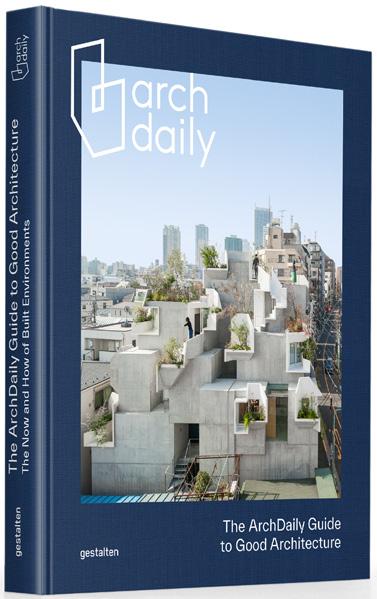
THE ARCH DAILY GUIDE TO GOOD ARCHITECTURE
The Now and How of Built Environments
Editors: gestalten & Arch Daily
Features: Full color, hardcover,
stitch bound, 336 pages, 24 × 30 cm, 9 ½ × 11 ¾ inches
Price Trade Edition: € 50 (D) £ 45 $ 75 (US)
ISBN Trade Edition: 978-3-96704-064-7
Price Special Edition: € 70 (D) £ 75 $ 105 (US)
9 783967 040647
ISBN Special Edition: 978-3-96704-078-4
9 783967 040784

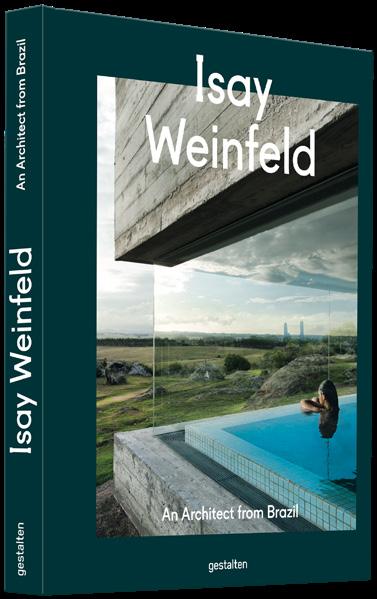
BEYOND THE WEST
New Global Architecture
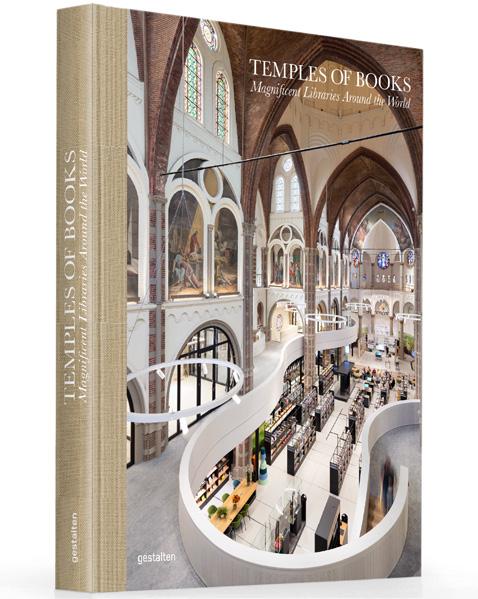
TEMPLES OF BOOKS
Magnificent Libraries Around the World
Editors: gestalten & Marianne Julia Strauss
Features: Full color, hardcover, linen quarter- binding, stitch bound, 304 pages, 24 × 30 cm, 9 ½ × 11 ¾ inches
Price: € 49 90 (D) £ 45 $ 69 (US)
ISBN: 978-3-96704-024-1
Editor: gestalten
Features: Full color, hardcover, stitch bound, 304 pages, 24 × 30 cm, 9 ½ × 11 ¾ inches
Price: € 49 90 (D) £ 45 $ 69 (US)
ISBN: 978-3-89955-879-1
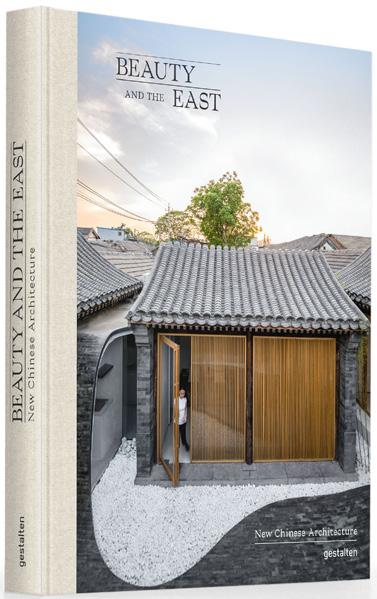
BEAUTY AND THE EAST
New Chinese Architecture
Editor: gestalten
Features: Full color, hardcover, linen quarter- binding, stitch bound, 320 pages, 24 × 30 cm, 9 ½ × 11 ¾ inches
Price: €49 90 (D) £ 45 $ 69 (US)
ISBN: 978-3-89955-872-2
ISAY WEINFELD
An Architect from Brazil
Editors: gestalten & Isay Weinfeld
Features: Full color, linen hardcover, stitch bound, 320 pages,
24 × 30 cm, 9 ½ × 11 ¾ inches
Price: € 49 90 (D) £ 50 $69 (US)
ISBN: 978-3-89955-931-6
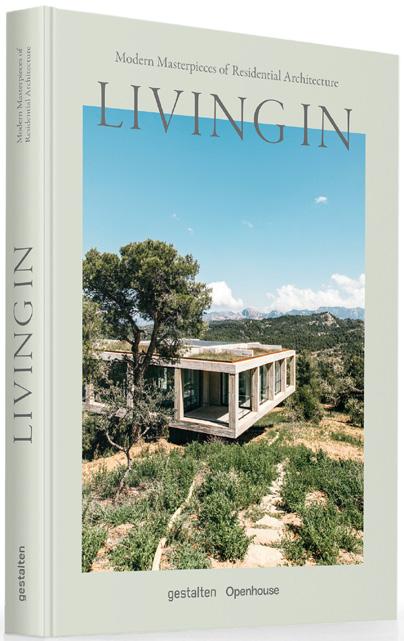
LIVING IN
Modern Masterpieces of Residential Architecture
Editors: gestalten & Openhouse
Features: Full color, linen hardcover, stitch bound, 288 pages, 24 5 × 33 cm, 9 ¾ × 13 inches
Price: €60 (D) £ 55 $ 90 (US)
ISBN: 978-3-89955-858-6
20
SOFT MINIMAL
Norm Architects: A Sensory Approach to Architecture and Design
By: Norm Architects
Features: Full color, linen hardcover, stitch bound, 304 pages, 24 5 × 33 cm, 9 ¾ × 13 inches
Price: €60 (D) £ 55 $ 90 (US)
ISBN: 978-3-96704-055-5
9 783967 040555
Building spaces
of equilibrium:
Norm Architects’ sense of humane simplicity helps to shape environments that feel just as good as they look.
Guided by the purpose of wellbeing, the essence of Norm Architects’ style is balance: richness focused by restraint, simplicity imbued with warmth, complexity heightened by order. Be it architecture, interiors, or furniture, Norm’s unique brand of soft minimalism speaks to the mind as much as the body, creating and curating spaces for all.
The first self-curated monograph by Norm Architects, Soft Minimal showcases a range of works which facilitated their establishment as key figures within Nordic design. Presenting residential and commercial projects throughout Scandinavia, Italy and Japan, Norm reflects on Nordic traditions, modernist principles, and the importance of natural materials. Exploring a creative process that makes the visual speak to all senses, the book becomes insightful, inspirational, and deeply poetic.
Situated in one of Copenhagen’s oldest streets, NORM ARCHITECTS are deeply embedded in their context and apply their principles in projects worldwide. Their expertise lies in finding that sweet spot between having nothing left to add, or to take away.
YOU MIGHT ALSO LIKE
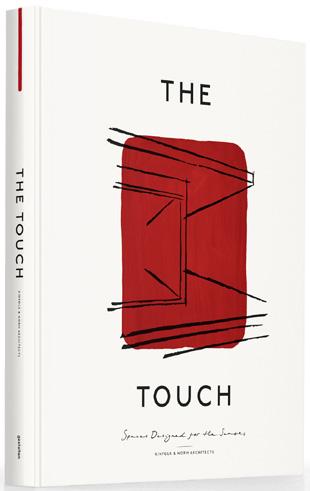
THE TOUCH Spaces Designed for the Senses
By: Kinfolk & Norm Architects
€ 60 (D) £ 55 $ 90 (US)
ISBN: 978-3-89955-978-1
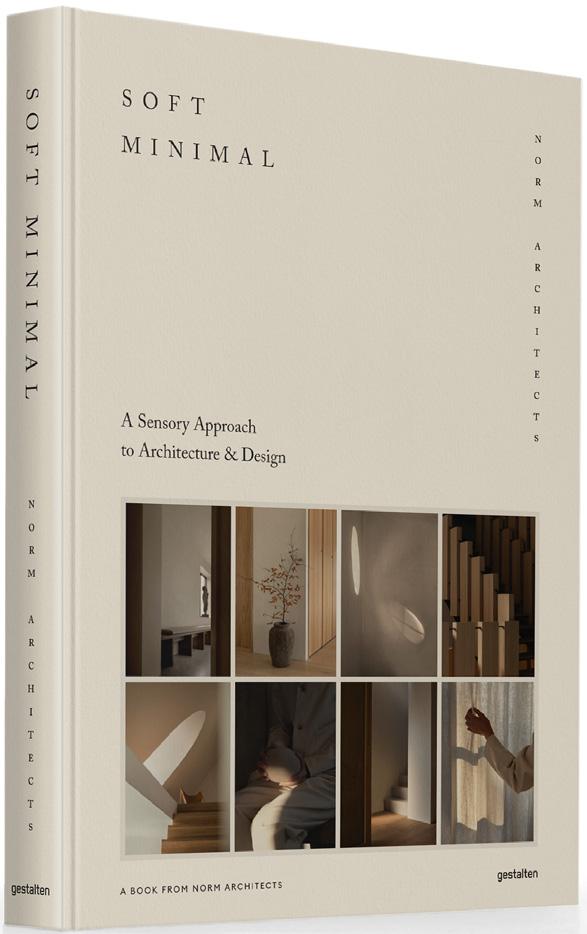
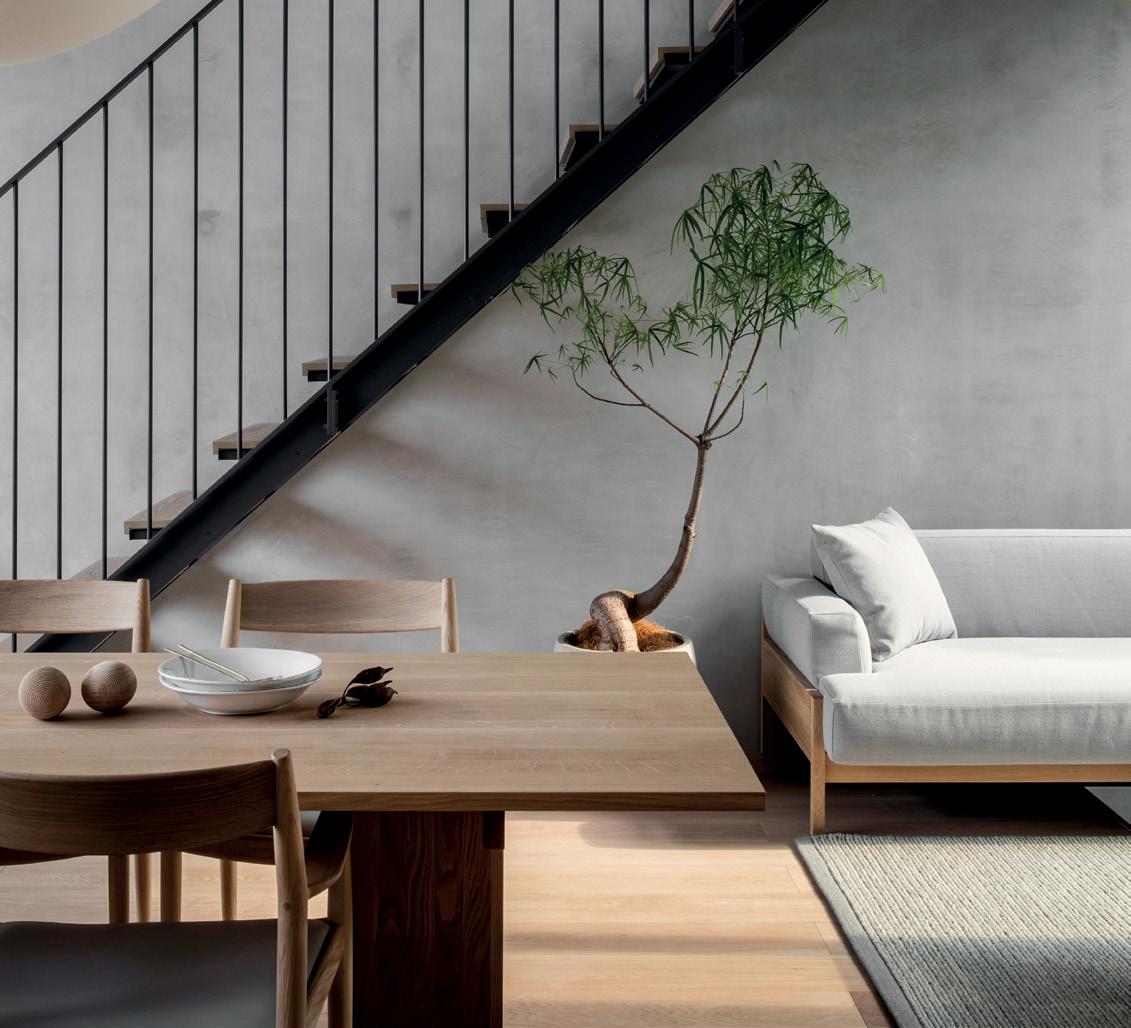
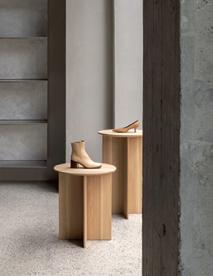
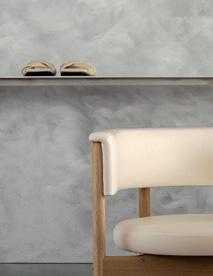
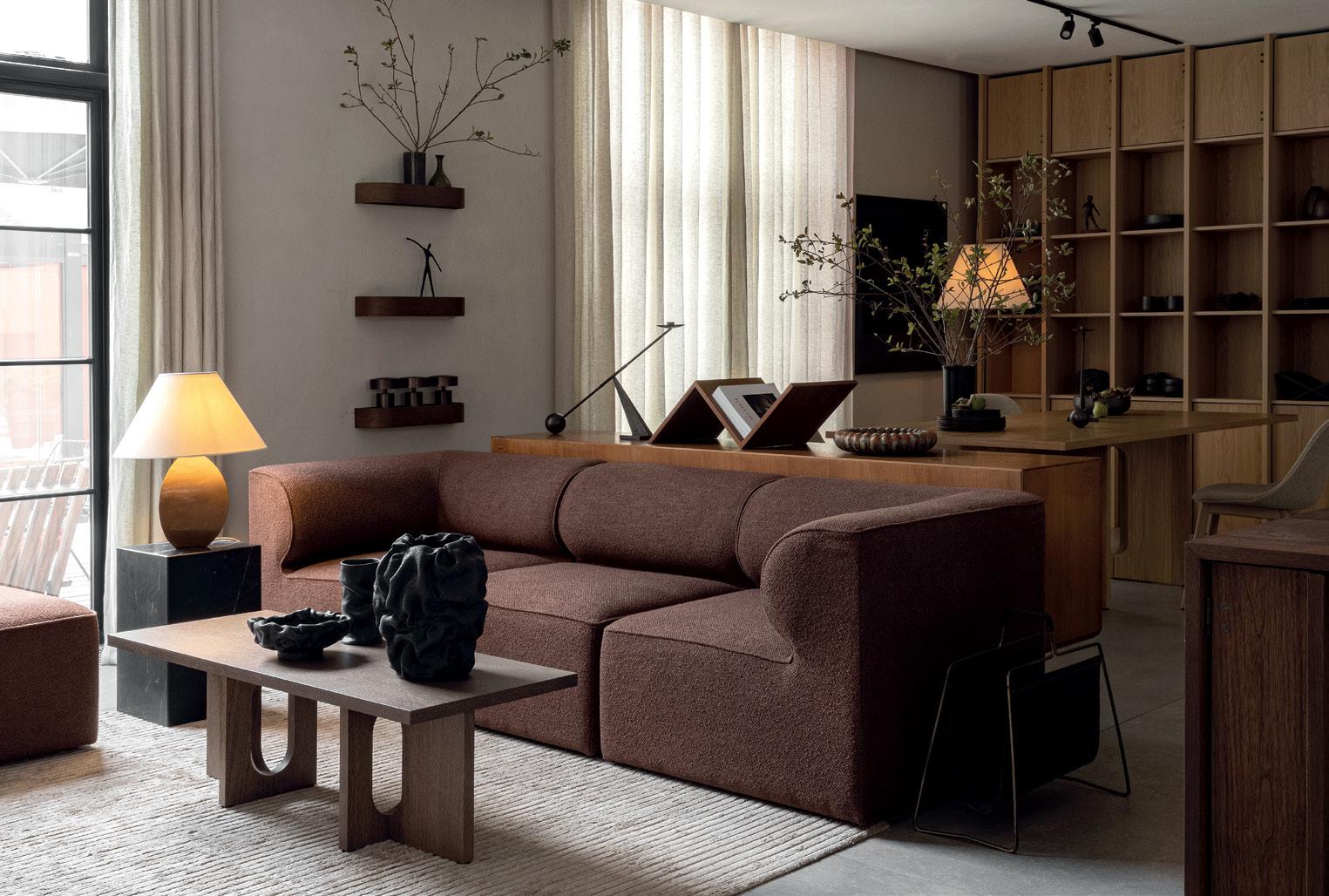
21 A RCHITECTURE & I NTERIOR BACKLIST NOTATION — Contrast is an important element in design that when utilized well can create pleasing emphasis on opposing qualities. A rough surface can make its refined counterpart ever more enticing. A wash of light allows us to enjoy the moodiness of its shadow. BELOW: NOTABENE FLAGSHIP STORE, COPENHAGEN 31 norm architects 30 Soft Minimal norm architects 211 210 Soft Minimal | Neutral Ground
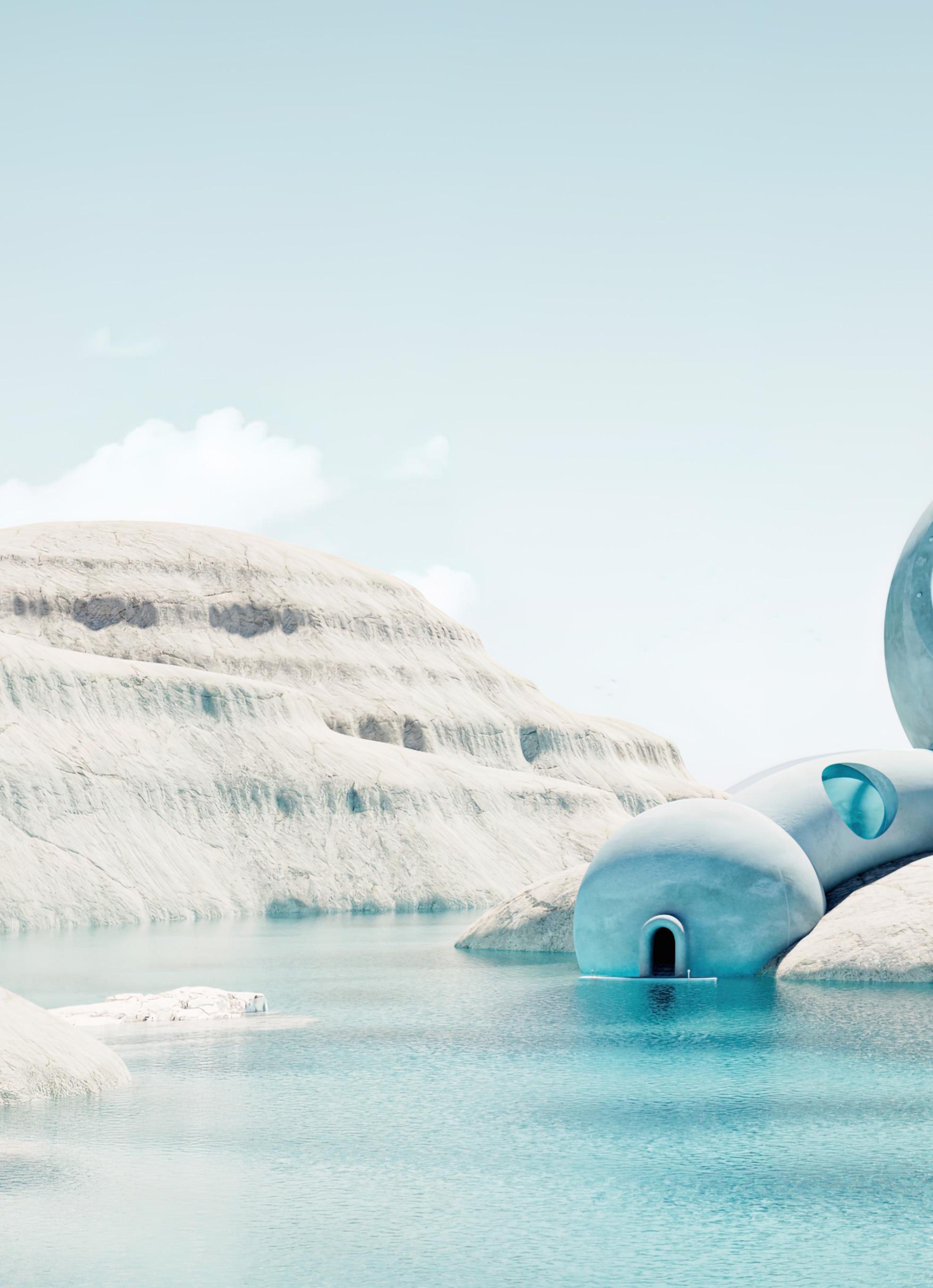
VISUAL CULTURE

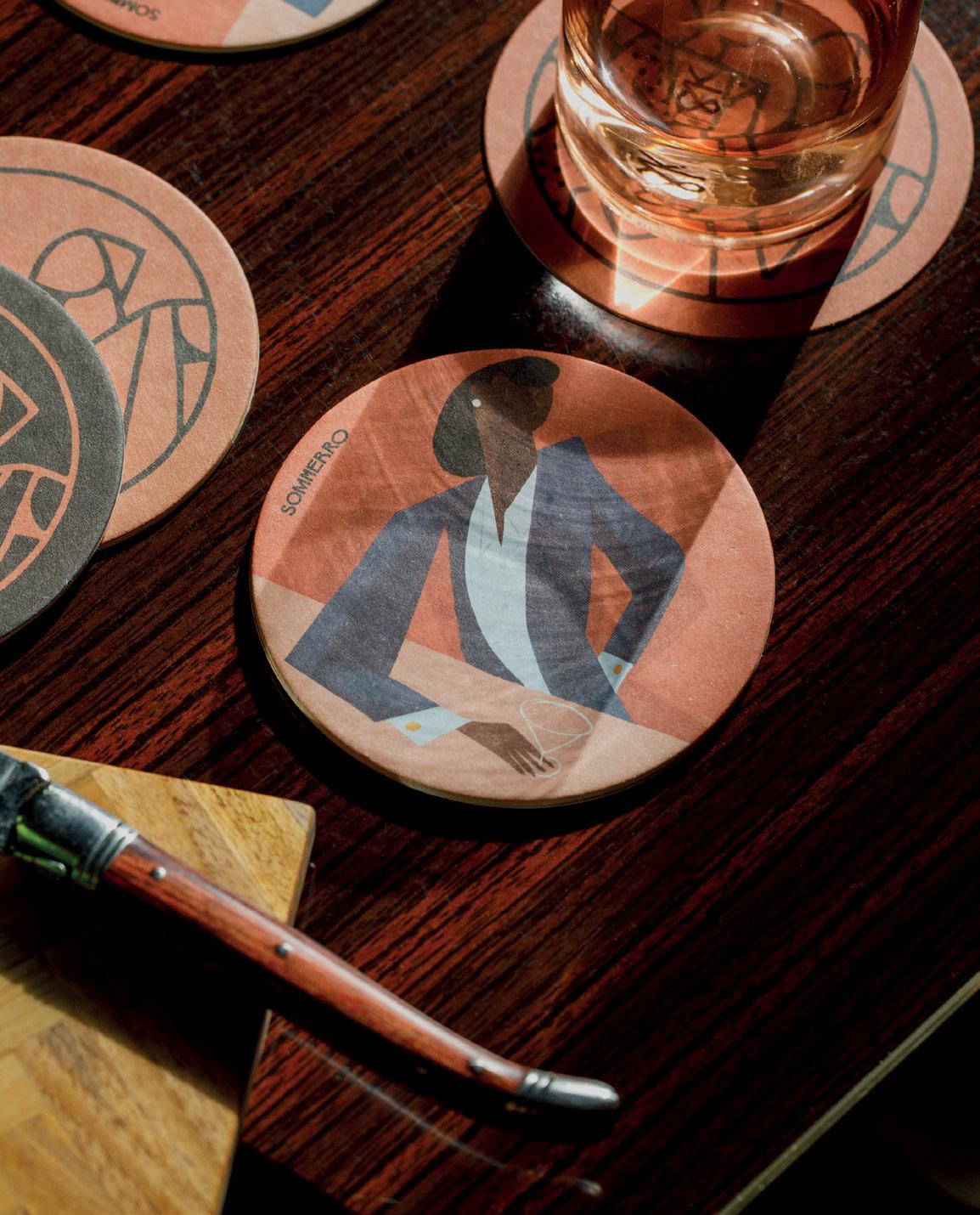
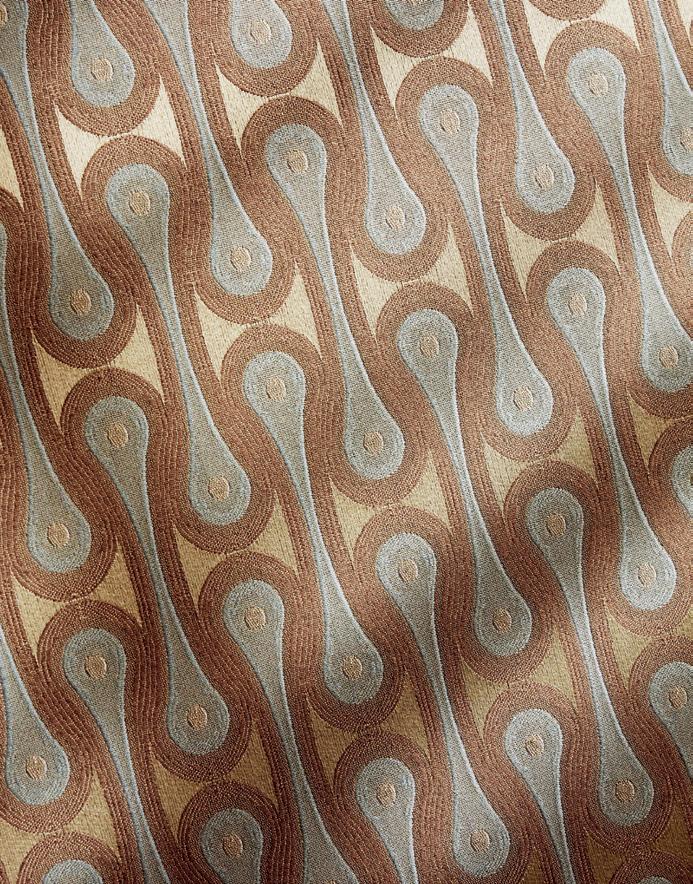
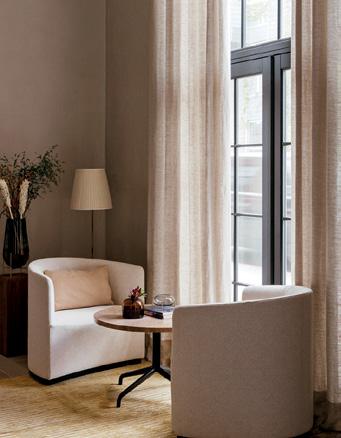

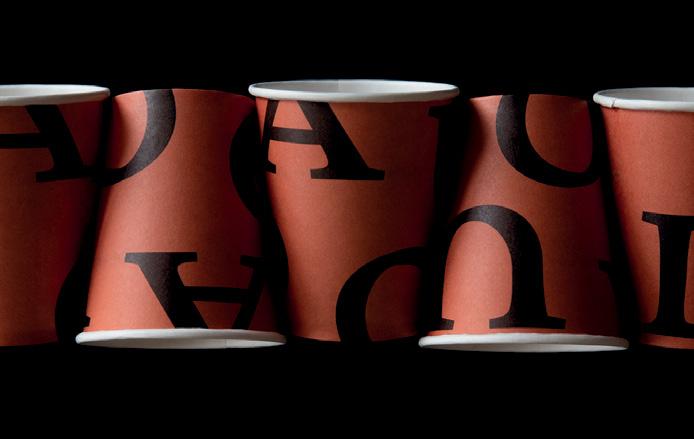
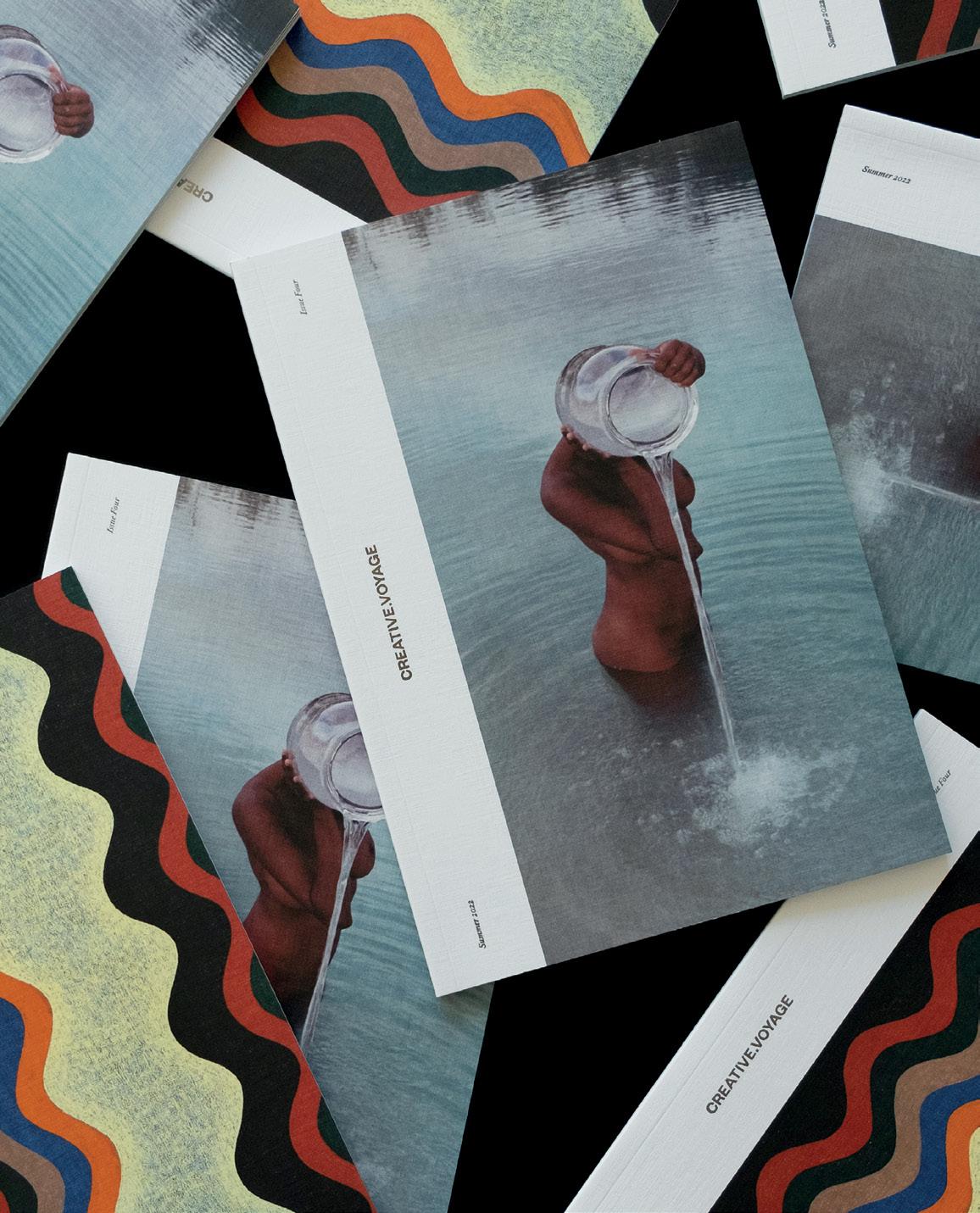
24 67 SOMMERRO BIELKE&YANG ILLUSTRATION —“Illustrations add a sense of play, allowing the identity to be toned up or down, making both families and businesspeople feel at home,” say Bielke and Yang. To create everything from whimsical wool seat covers to embroidered curtains and a series of postcards for Sommerro, they partnered with Norwegian artist Bendik Kaltenborn. DETAIL OF SEAT COVER DREAMED UP BY BIELKE&YANG AND BENDIK KALTENBORN 88 DESIGNING BRANDS PROFILE 5 4 6 TYPOGRAPHY—For The Audo, a hybrid space in Copenhagen, the Studio8585 team settled on a contemporary yet organic system built around the typeface Garibaldi. Complemented by a bold and modern color palette, the typographic suite extends across packaging, signage, and digital collateral. 4 — ORIGINAL BRAND IDENTITY FOR THE AUDO 5 — TYPOGRAPHIC PAPER CUPS FOR THE AUDO 6 — PUBLICATION DESIGN FOR CREATIVE VOYAGE PAPER
DESIGNING BRANDS
A Collaborative Approach to Creating Meaningful Identities
Editors: gestalten & Mario Depicolzuane, Creative Voyage
Features: Full color, linen hardcover with belly band, stitch bound, 272 pages, 21 × 26 cm, 8 ¼ × 10 ¼ inches
Price: € 40 (D) £ 35 $ 60 (US)
ISBN: 978-3-96704-122-4
Designing Brands explains how to design an elegant and holistic visual identity for a contemporary brand.
In Designing Brands, the Creative Voyage team provides a backstage view into eight studios who produce some of the world’s most captivating visual identities. Alongside these independent agencies’ greatest projects, the book features in- depth conversations with their leaders and collaborators.
Designing Brands is split into chapters— discovery, direction typography, illustration, photography, design, digital, and physical— based on the essential elements of this creative practice. But at its heart, the book is about community and the designers, strategists, animators, illustrators, stylists, photographers, and tastemakers who combine forces to bring brand universes to life.
MARIO DEPICOLZUANE is a Croatian-born art director, graphic designer, photographer, and publisher. He is the founder of Studio8585, a creative practice dedicated to producing engaging and impactful solutions through brand identity development, direction, and consulting. His clients include, among others, Kinfolk, The Audo, Only Way Is Up, and The Poster Club, and his work has been featured in the likes of Dezeen, Wallpaper*, Openhouse, and Minimalissimo. Formerly, Mario served as the Lead Designer and Art Director for Kinfolk and Ouur Media, and in 2018, he went on to develop Creative Voyage, an educational media platform.
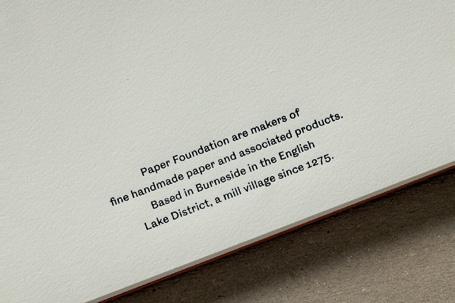
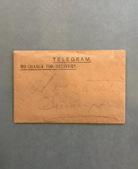

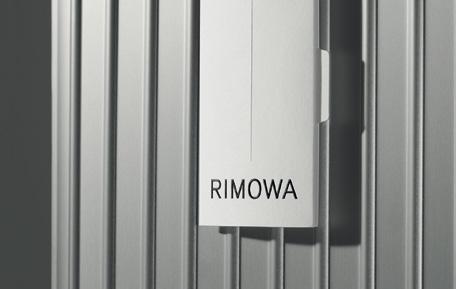
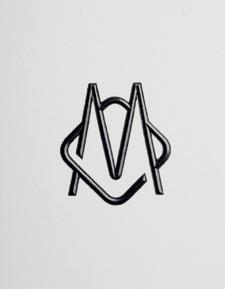
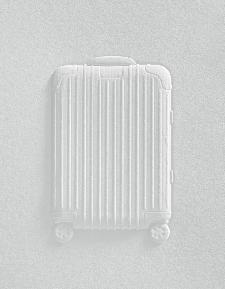
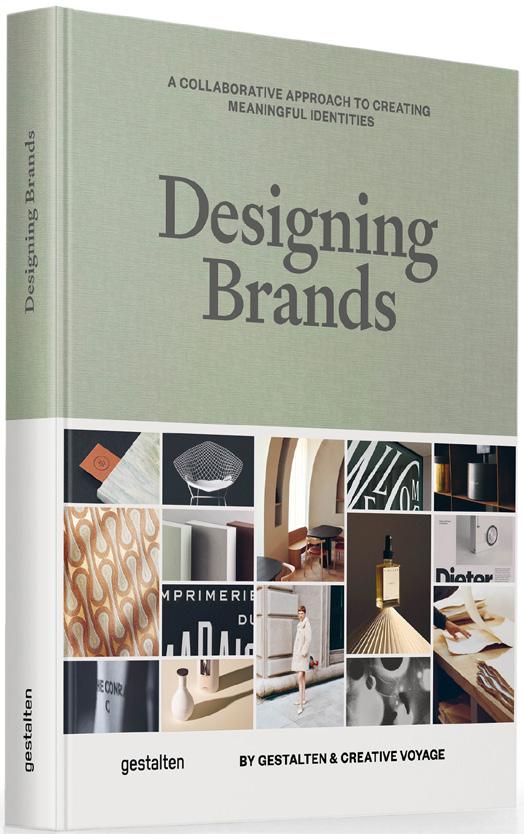
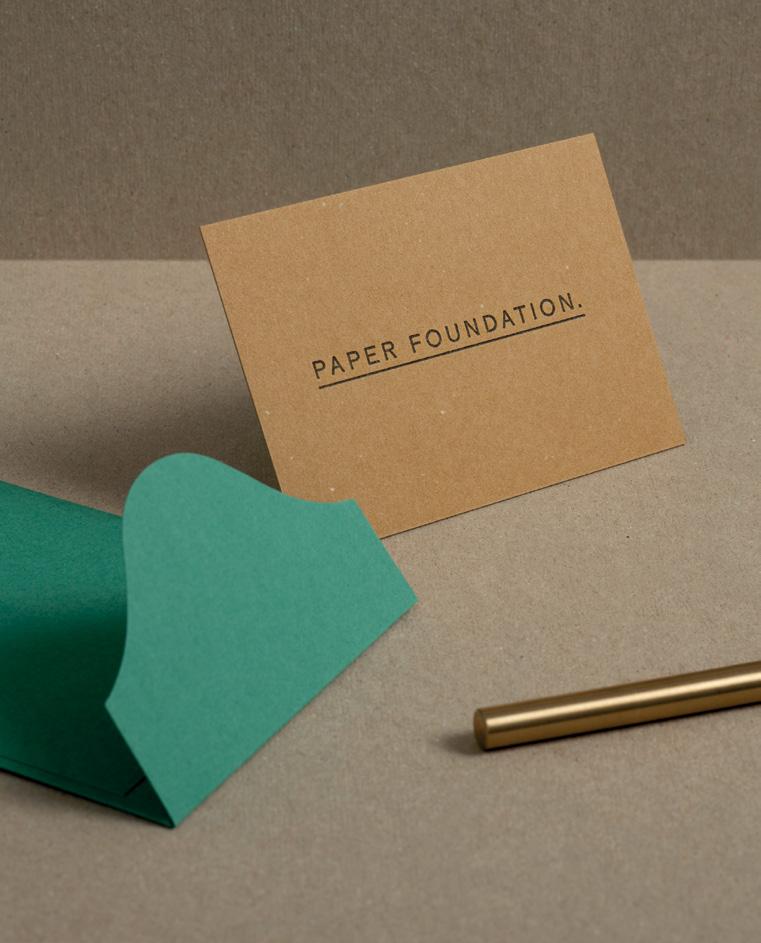
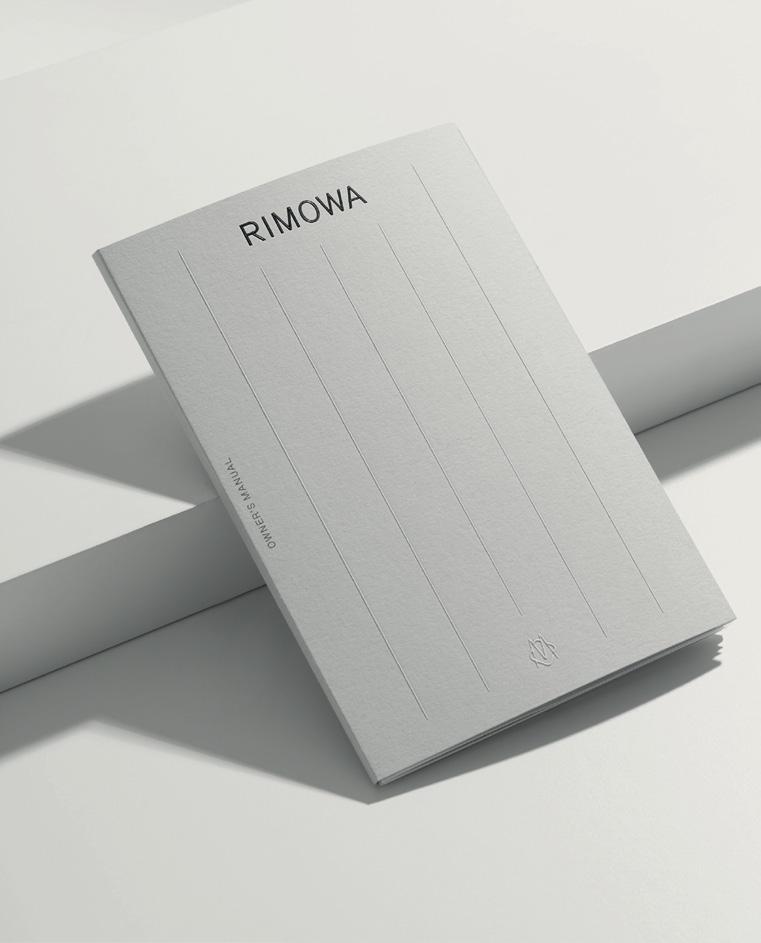
25 V ISUAL C ULTURE RECENT LIST DESIGNING BRANDS INSPIRATION FOR THE PAPER FOUNDATION WORDMARK 30 —A contemporary nod to the 17th century, Paper Foundation’s logo is based on historical watermarks used by papermakers to certify their production. CASE STUDY 52 Muelas employed Commission Studio to craft an updated Rimowa identity that better reflects the company’s highly considered customer experience. Having developed reimagined wordmark with Bureau Borsche, they then sought the help of Imprimerie du Marais to ensure that the tiniest of details were preserved across its physical collateral, including stickers, hang tags, and manuals. 9 783967 041224
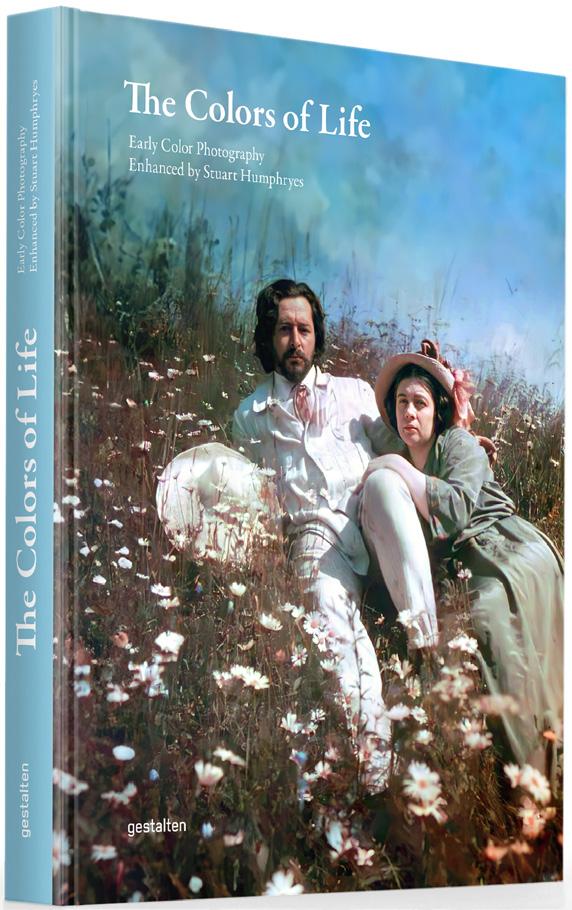
The Colors of Life introduces readers to people and places of the early 20 th century through the lens of color photography. This compilation of portraits, landscapes, street and travel photography showcases over 200 photographs enhanced by Stuart Humphryes, capturing people from various cultural backgrounds in their everyday lives, at leisure, and at work. With the use of color photography, these individuals and their stories come to life in a way that black-and-white photos simply cannot match. The book reminds us that color has the power to evoke personal and shared emotions that resonate across time. The Colors of Life is a captivating journey into the past, allowing readers to see and experience history in a new and vibrant light.
STUART HUMPHRYES is a digital artist, photo restorer, and writer, and also a content creator active on YouTube, Instagram, and Twitter. Formerly known as a print and TV colorizer—focusing on work relating to the BBC television series Doctor Who— HUMPHRYES has generated a new following interested in his photographic enhancement work. His work has received accolades from The Guardian, The Evening Standard, The Stage, The Metro, The Radio Times, The Mail on Sunday, BBC Online, BBC America, The National, FX Magazine, Starburst Magazine, Wild West Magazine, and many others.
“‘Enhancement’ gives a new perspective on photographs from the early 20th century.” THE TIMES
THE COLORS OF LIFE
Early Color Photography Enhanced by
Stuart Humphryes
Editors: gestalten & Stuart Humphryes
Features: Full color, hardcover, stitch bound, 256 pages, 24 × 30 cm, 9 ½ × 11 ¾ inches
Price: € 50 (D) £ 45 $ 75 (US)
ISBN: 978-3-96704-123-1
9 783967 041231
The past did not happen in black and white. Discover people and places of the early 20 th century through restored and enhanced imagery.
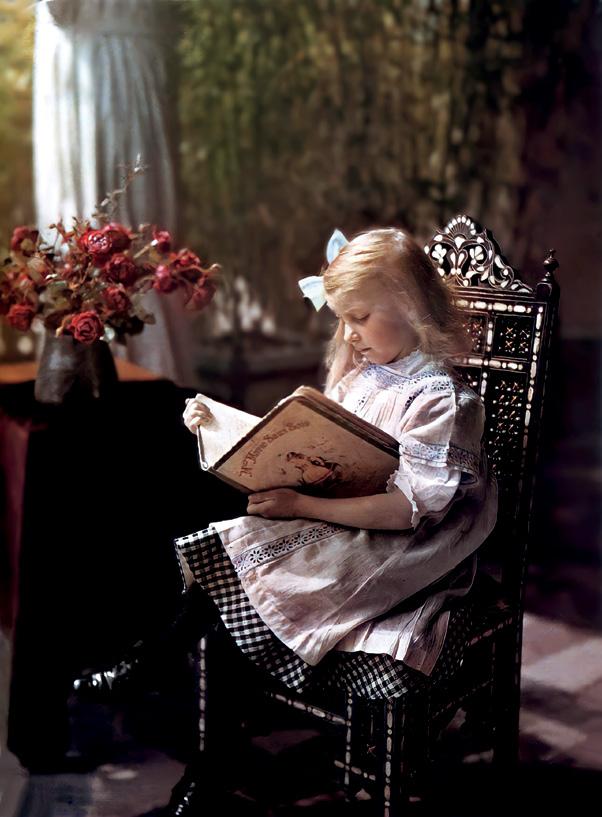
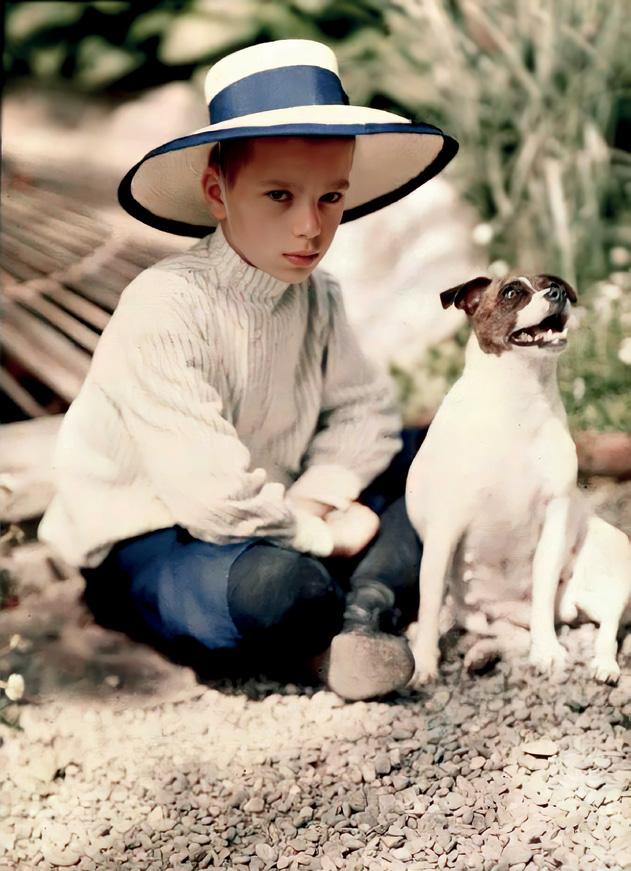
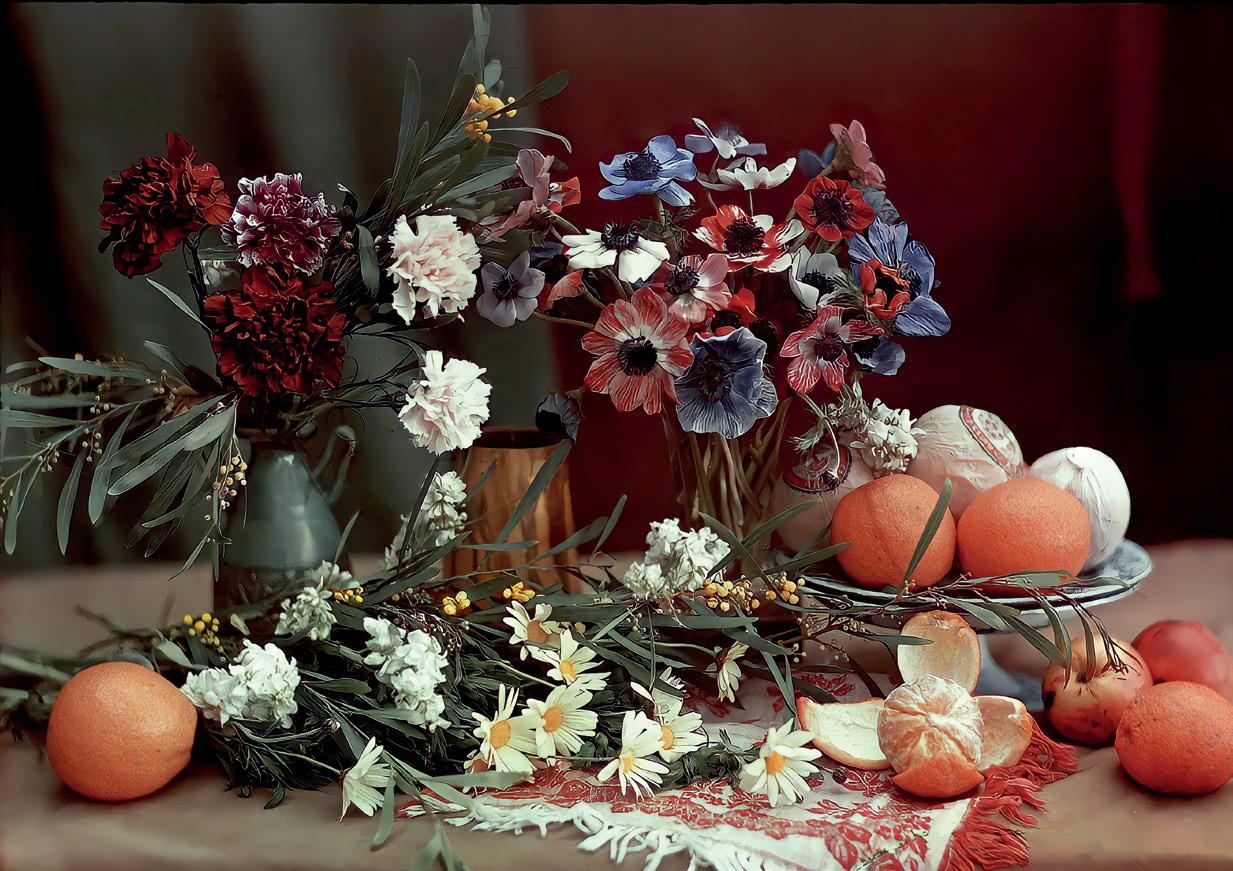
26
WILD LIFE
The Life and Work of Charley Harper
Editors: gestalten, Charley Harper Art Studio & Margaret Rhodes
Features: Full color, linen hardcover, stitch bound, 336 pages, 24 5 × 33 cm, 9 ¾ × 13 inches
Price: € 70 (D) £ 60 $ 90 (US)
ISBN: 978-3-96704-046-3
Celebrating the centenary and legacy of Charley Harper, a master of midcentury American illustration.
Ladybugs, dogs, owls, otters: Charley Harper’s geometric illustrations are more than a source of delight. With a never- ending curiosity for the natural world Harper developed a unique style that influenced generations of artists and designers.
Wild Life celebrates the centenary and legacy of Charley Harper, a master of midcentury American illustration: a vast collection of works originally created as posters, magazine covers, murals, and more. Compiled by design writer Margaret Rhodes and Brett Harper, this definitive monograph offers a glimpse into Harper’s creative universe and considers him anew in different contexts: as a student, a professional artist, a husband, an honorary naturalist, and a conservationist.
BRETT HARPER who wrote the preface and is the co-editor of Wild Life—The Life and Work of Charley Harper is the artist’s son. He leads the Charley Harper Art Studio, which is dedicated to preserving and promoting the American illustrator’s work.
MARGARET RHODES is an independent writer and editor specializing in design. She previously worked in-house at New York Magazine, WIRED, and Fast Company.
“Ladybugs, cardinals, cats, and otters may be the first creatures that come to mind when you consider the delightful art of Charley Harper. But the story of Harper’s art and life consists of so much more. Wild Life: The Life and Work of Charley Harper, a new book by Brett Harper, Margaret Rhodes and Berlin-based publisher gestalten has been released in time for Harper’s 100th birthday on Aug. 4.”
CINCINNATI BUSINESS COURIER

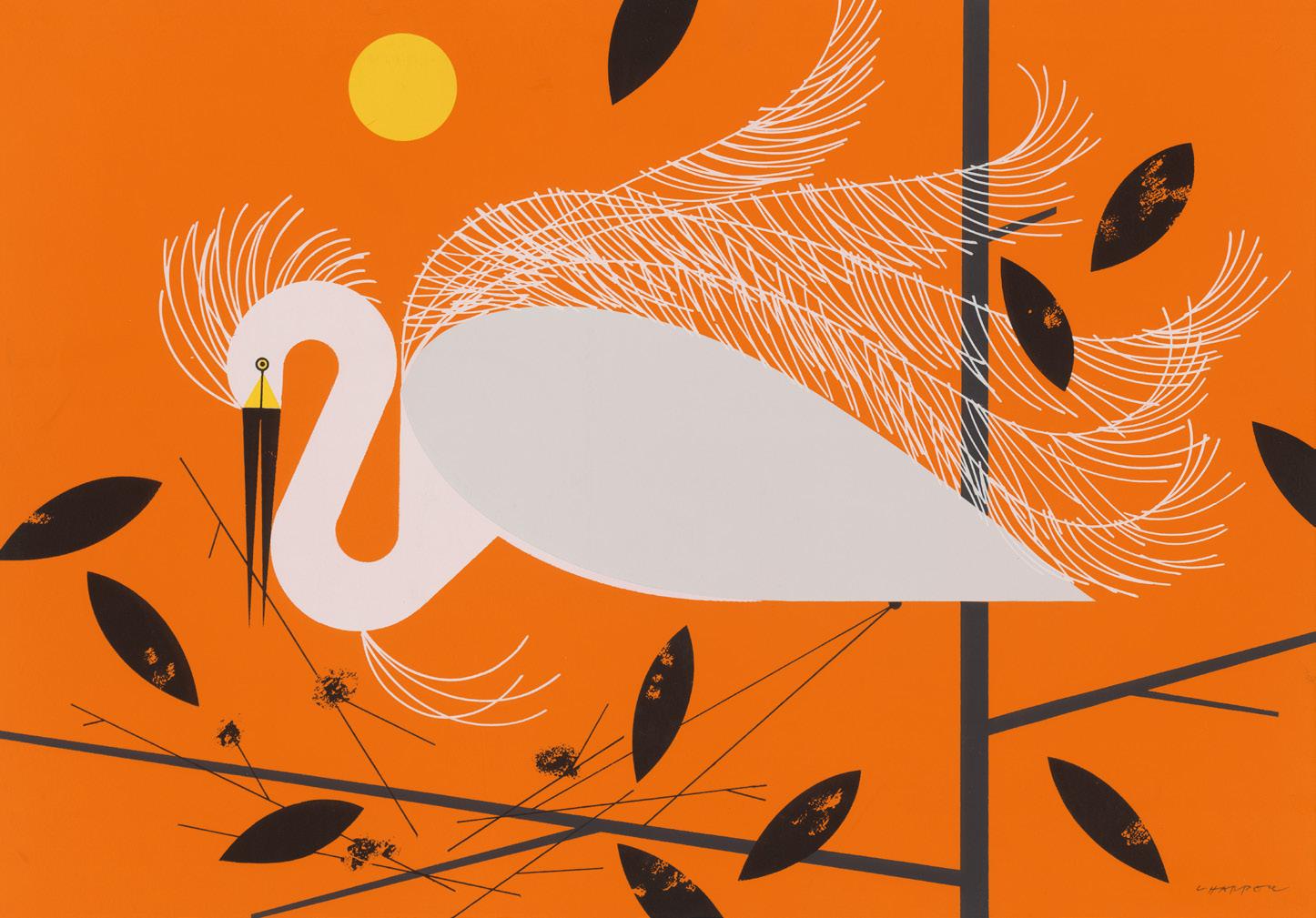
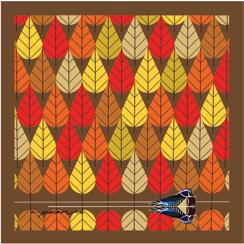
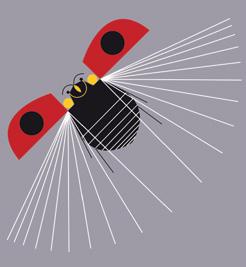
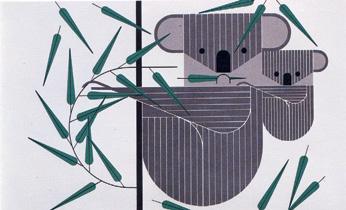
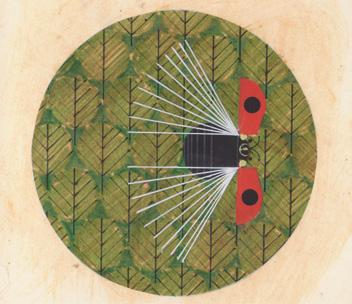
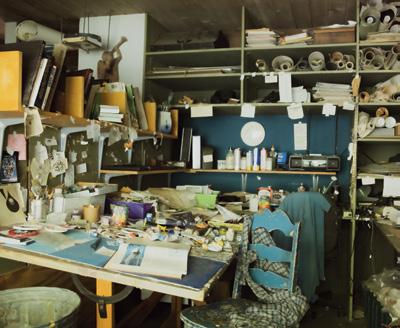
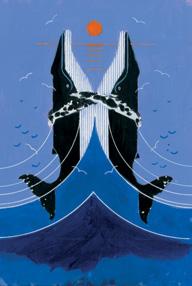
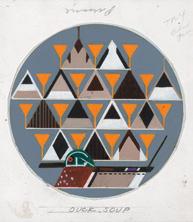
27 V ISUAL C ULTURE BACKLIST window,” says Harmen Liemburg, a Dutch graphic designer who paid Harper visit in 2006. “But it was complete chaos, literally. I made a remark about it and told Charley about my imaginative idea, and he laughed about it and said ‘Well, the best ideas are born from chaos.’ Harper had been saying some variation of this for years at that point. It’s a little mysterious, for a man with a reputation for mild manners and exceeding humility. But that tension between mayhem and orderliness must have been what supported Harper’s process, because in his studio, taped above his desk, a note reads, “Make a mess.” And in an undated letter, probably written to a likeminded somebody at West Virginia Wesleyan, he wrote about the beauty that can emerge from such a mess: “Herein, perhaps, lies the lure of painting for both artist and viewer: in world of chaos, the picture can be one small rectangle that contains a controlled and ordered universe. And the artist is the master of that universe.” as the practically lenticular Diving Pelican (pp. 126–127), or the pixelated-looking Bear in the Birches (p. 163)—might suggest otherwise. Harper’s method for any given piece went as follows: first have an idea— from wherever that may be. (“If knew, I’d be there now, filling my brain,” he once wrote.) Next, sketch a rough outline onto a scrap of paper in pencil. Cut out shapes in paper, then paint the shapes in the desired colors. Finally, shuffle and rearrange the cut-outs until the composition falls into place. Harper followed these steps for all of his artworks, from pieces that required just few shapes and colors, such as Musk Oxen (p. 141), a variation of the Last Aphid (p. 112), or some of his later, more complex tableaus, including His Eyes Are on the Sparrows (pp. 280–281) or Wings of the World (p. 120). “He hit on his style really early and just became a metronome on that front,” Distel says. “He just kept pushing and refining and honing.” Pushing toward what, exactly? It is the quintessential Charley Harper question: what was he looking for? In his 1968 letter to Wood Hannah, Harper describes looking at “objects orthographically, which often led to fresh viewpoints and invariably revealed the particular projection that read fastest and made the best design. I reduced all lines and edges to straights and curves (that’s all there are) and began to render with mechanical drawing instruments ruling pen, compass, French curve, T-square, triangle. saw forms as hard-edge shapes of flat or textured color with enough lines added to complete identification.” In a later, undated letter, he unpacks this idea further: “It is obvious that my pictures, when they work best, are as perfectly honed as machinery. Everything has to interrelate perfectly. (It can, of course, be compared to ecology just as easily, and I find this analogy more appealing, probably because am not at all mechanically minded …) detest drawing machinery. And maybe it’s because [with] machinery, all the simplification has been done by somebody else. There’s nothing left for me to get my teeth into.” (It’s not clear who the letter was addressed to, but it was likely written to the archivist at West Virginia Wesleyan College, where Harper briefly attended.) An enduring paradox of Harper’s career is that he created his highly regimented, principled designs in a state of chaos. This was true from the beginning: when he and Edie lived and worked at his in-laws’ house, Mrs. McKee once left note on his desk, (affectionately) calling out the mess Harper had made. After the young family moved to their Finneytown house and set up a dedicated studio, Harper stuffed his studio with shelves upon shelves of books and rolls of paper, and let brushes and other painting detritus pile up on his drafting table and floor. He kept it that way until his death, and at the time of this book’s publishing the clutter remains where Harper left it. “There’s such a clear sense of organization throughout his work; imagined that his studio would be this well-organized space with lots of daylight, possibly a beautiful view, with all kinds of animals looking through the 07 08 An enduring paradox of Harper’s career is that he created his highly regimented, principled designs in a state of chaos. 10 09 12 11 Ladybug, Fly Away Home! Maquette for Ladybug, Fly Away Home! Charley Harper’s studio left untouched since his last visit in 2006 while working on Scary Scenario. Duck Soup, Charley in His Studio, Painting and Printing 110 111
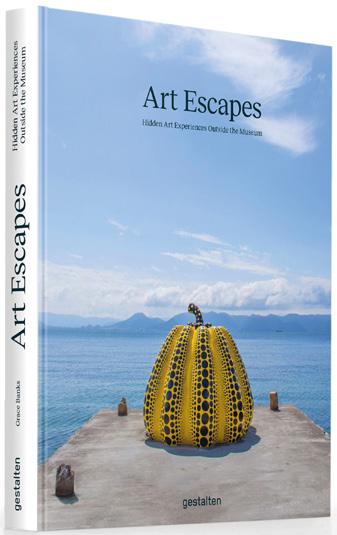
Hidden Art Experiences
Outside the Museum
Editors: gestalten & Grace Banks
Features: Full color, hardcover, stitch bound, 256 pages, 21 × 26 cm, 8 ¼ × 10 ¼ inches
Price: € 39 90 (D) £ 35 $ 60 (US)
ISBN: 978-3-96704-052-4
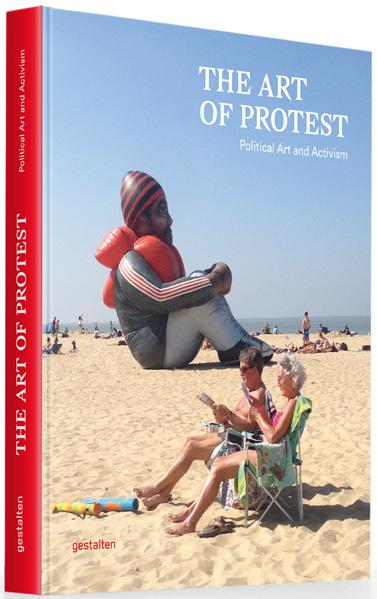
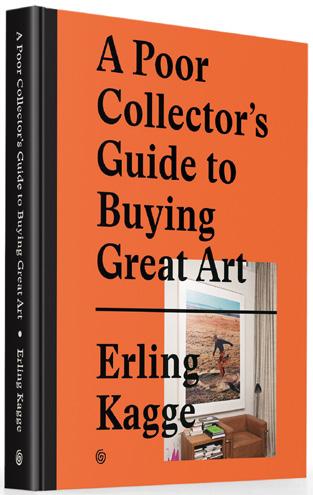
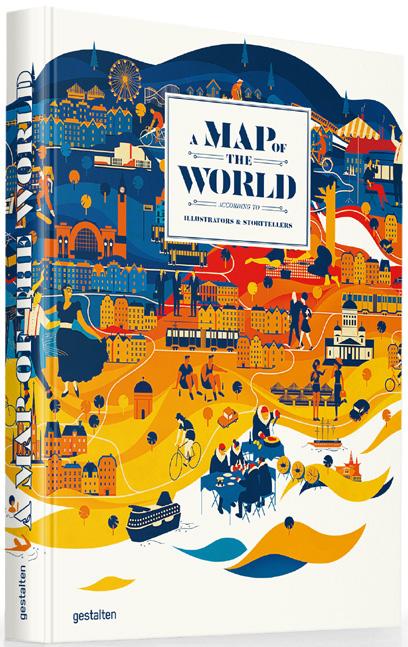
A POOR COLLECTOR’S GUIDE TO BUYING GREAT ART
By: Erling Kagge
Features: Full color, hardcover, stitch bound, 192 pages, 17 × 24 cm, 6 ¾ × 9 ½ inches
Price: € 29 90 (D) £ 30 $ 39 95 (US) ISBN: 978-3-89955-579-0
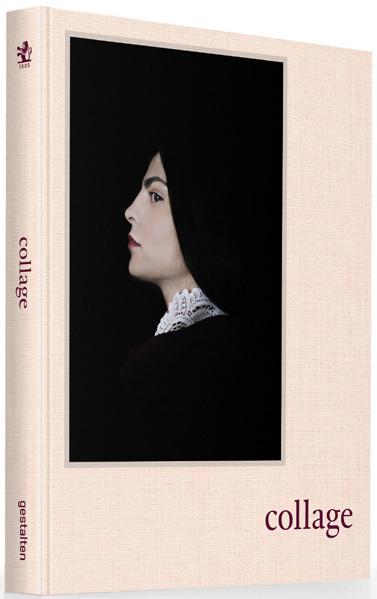
A MAP OF THE WORLD The World According to Illustrators and Storytellers
Editors: gestalten & Antonis Antoniou
Features: Full color, hardcover, stitch bound, 256 pages, 24 5 × 33 cm, 9 ¾ × 13 inches
Price: € 39 90 (D) £ 35 $ 60 (US) ISBN: 978-3-89955-881-4
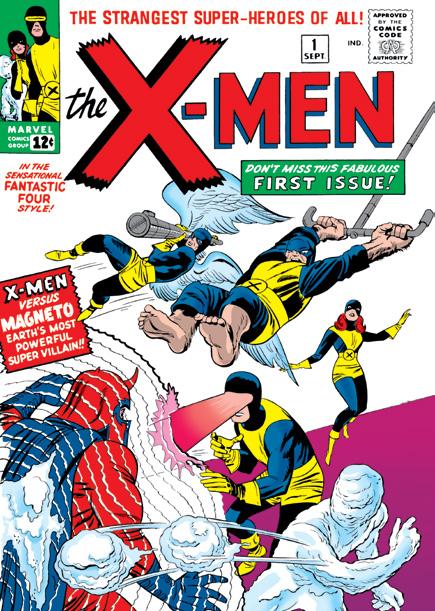
THE ART OF PROTEST
Political Art and Activism
Editors: gestalten, Alain Bieber & Francesca Gavin
Features:
hardcover, stitch bound, 336 pages, 24 × 30 cm, 9 ½ × 11 ¾ inches
Price: € 45 (D) £ 40 $ 60 (US) ISBN: 978-3-96704-011-1
Women of the Prix Pictet since 2008 ART ESCAPES
COLLAGE
Editor: Prix Pictet
Features: Full color, linen hardcover, stitch bound, 128 pages, 23 × 29 cm, 9 × 11 ½ inches
Price: € 39 90 (D) £ 35 $ 60 (US)
ISBN: 978-3-96704-085-2
9 783967 040852
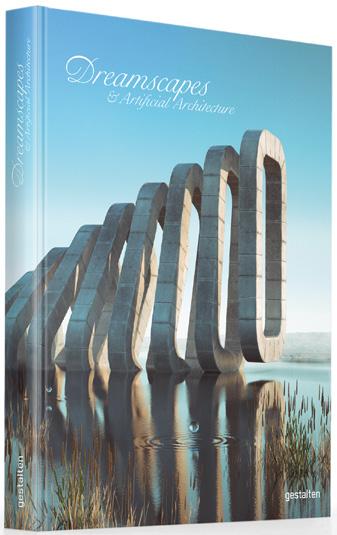
DREAMSCAPES & ARTIFICIAL ARCHITECTURE Imagined Interior Design in Digital Art
Editor: gestalten
Features: Full color, hardcover, stitch bound, 208 pages, 21 × 26 cm, 8 ¼ × 10 ¼ inches
Price: € 29 90 (D) £ 30 $ 39 95 (US)
ISBN: 978-3-89955-249-2



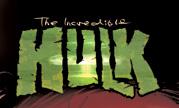
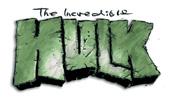

28 W hat is Marvel cover? Perhaps the best way to answer this question is to start with what it is not. A Marvel cover is not timid. It is not dull. It is not shy, self-serious, or elitist. And like all comic book covers, Marvel cover is also not art—though it is an art form, and one that Marvel has perfected and reinvented time and time again. It’s curious distinction—art and art form—but an important one. After all, a comic book cover is not created for its own purpose. It has job to do: cover must differentiate itself on comic book racks filled with colorful artwork. It has to create anticipation, grab your attention, and set the stage for the story that follows. Most importantly, comic book cover has to sell. Every Marvel cover is response to an ever-changing mix of factors, all in the pursuit of capturing the reader’s eye. In that way, comic book covers are more closely associated with design than art. design book covers, for literary authors mostly. am also lifelong member of the FOOM (Friends of Ol’ Marvel). While it’s true that comic and fiction covers use very different visual languages and address very different subject matters, once you get past the superficial differences, a comic book and book cover function in similar way. All covers act as a doorway to draw readers in and give them sense of what they should expect if they choose to enter. Before comic can be bought and read, it has to create its own gravity; it has to coax you to pick it up. Regardless of whether reader sees it in comic book shop or in a digital environment, the challenge is always the same: it needs to be noticed. The basic layout of cover is guided by constraints. Most comics follow a convention of title, logo, publisher, price, issue number, and date occupying the top third of the cover. On the cover of Amazing Spider-Man #2 (1963), Steve Ditko introduced the concept of the corner box, small box in the upper-left corner of the page that featured vignette of the main characters present in the book. This top-third branding developed from the need to help readers identify titles quickly from distance. Traditionally, comics were displayed in store magazine racks with books overlapping so that only the top third of the comic was visible. The most ubiquitous example of this was the spinner rack, a rotating wire stand that held dozens of titles at mom-and-pop corner stores. These old-school displays are now mostly extinct due to the rise of the local comic book shop in the late ’70s and early ’80s. But it’s the bottom two-thirds of the page where Marvel cover distinguishes itself. Everything about a Marvel cover is an exaggeration. It often focuses on creating the illusion of three-dimensional space out of the confines of the flat, printed page—think forced perspective, extreme size shifts, and direct eye contact with characters charging out from the page. Covers feature characters assuming heroic poses, surreal montages, and plenty of hand-to-hand combat. There are cliff-hanger scenarios involving bondage or entrapment of some kind or another, straight out of Perils of Pauline (although Pauline was never actually tied to railroad tracks). There are ticking time bombs, rooms filling with water, and characters who appear to be dead but probably aren’t. In short, Marvel cover simply pushes everything further than the competition. While a DC cover might feature group of colorfully costumed characters sitting around table having a meeting, the Marvel cover would portray similar meeting—only the table would be on fire, the characters would be engaged in combat with giant green creature, and all around them arrows and callouts featuring hand-drawn typography blast hyperbolic messages at the reader urging them to pick up the issue or else. Today, the same spirit applies, except Marvel covers are more streamlined. There are no advertisements, cover lines are subdued (if they’re present at all), and the art has taken on a painterly quality, full of lifelike detail enabled by software. Still, Marvel’s identity tied to its ability to sell its comic books better than anyone else. It has perfected the art of linking action with the sales pitch.The way Marvel historically embraced the crass and the commercial defined the early aesthetics of the comic book and made it into medium with true longevity. So what a Marvel cover? The answer to this question is obvious. A Marvel cover is STARTLING, SENSE SHATTERING, DAZZLING, FABULOUS, STRANGE, BREATHTAKING, UNCANNY, FANTASTIC, AND AMAZING. It says so, right there on the cover. GRAPHIC DESIGNER PAUL SAHRE EXPLORES HOW A COVER IS THE DOORWAY TO A COMIC BOOK. COVER THE CRAFT OF A contributor to the New York Times Sahre has designed book covers for authors such as Chuck Klosterman and Malcolm Gladwell, and has authored books including Two-Dimensional Man: A Graphic Memoir
Full color,
ALL IMAGE MATERIAL © 2021 MARVEL
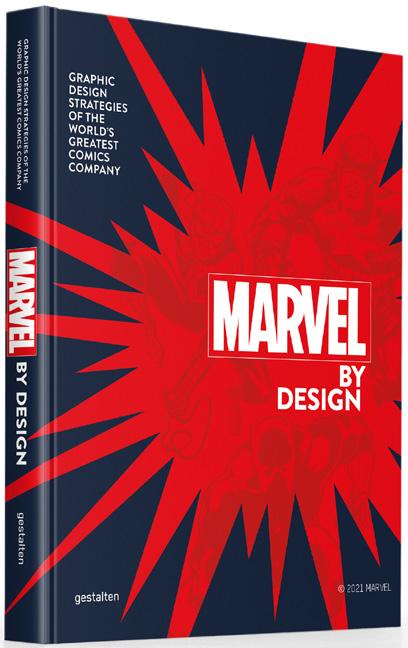
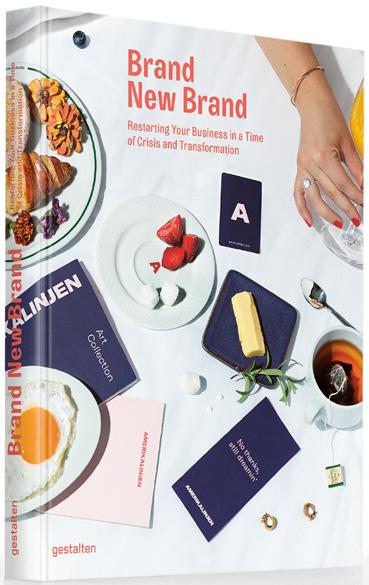
MARVEL
BY DESIGN
Graphic Design Strategies of the World’s Greatest Comics Company
Editors: gestalten & Liz Stinson
Features: Full color, hardcover,
stitch bound, 320 pages,
24 5 × 33 cm, 9 ¾ × 13 inches
Price: € 50 (D) £ 45 $ 69 (US)
ISBN English: 978-3-96704-026-5
ISBN French: 978-3-96704-048-7
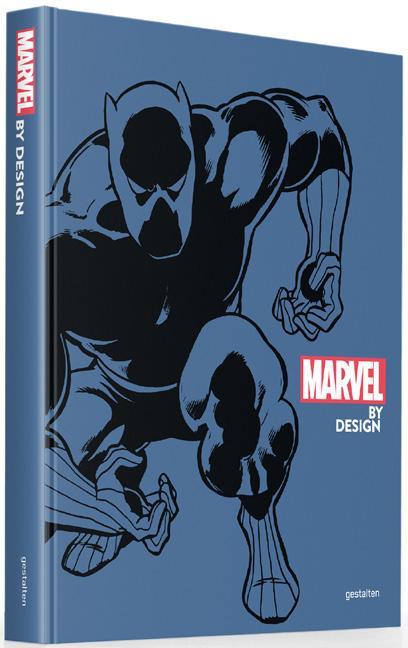
BRAND NEW BRAND
Restarting Your Business in a Time of Crisis and Transformation
Editor: gestalten
Features: Full color, hardcover, stitch bound, 256 pages, 24 × 28 cm, 9 ½ × 11 inches
Price: € 39 90 (D) £ 35 $ 60 (US)
ISBN: 978-3-96704-005-0
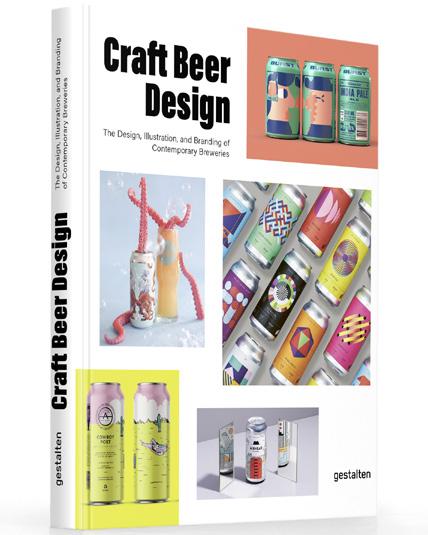

EAT THE SUN
Floria Sigismondi
Editors: gestalten & Floria Sigismondi
Features: Full color, hardcover, stitch bound, 192 pages, 24.5 × 33 cm, 9 ¾ × 13 inches
Price: € 39.90 (D) £ 35 $ 45 (US)
ISBN: 978-3-89955-975-0
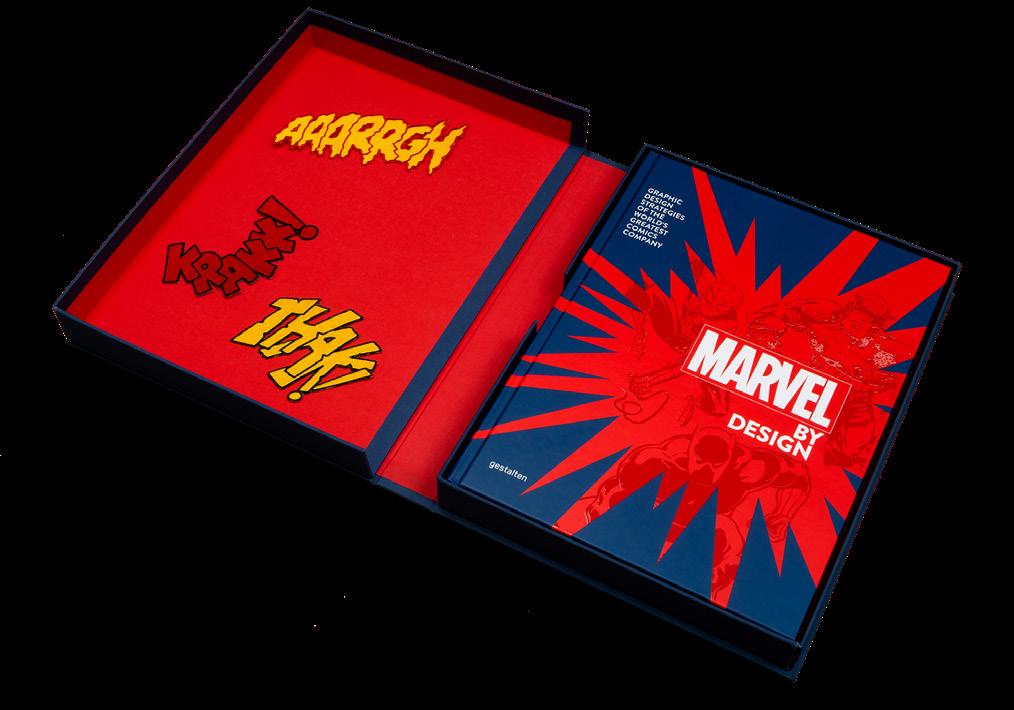
MARVEL BY DESIGN (SPECIAL EDITION)
Graphic Design Strategies of the World’s Greatest Comics Company
Editors: gestalten & Liz Stinson
Features: Full color, hardcover, stitch bound, 320 pages, 24 5 × 33 cm, 9 ¾ × 13 inches, screenprints, graphic fabric patches, linen bound presentation box
Price: € 150 (D) £ 130 $ 225 (US)
ISBN: 978-3-96704-049-4
CRAFT BEER DESIGN
The Design, Illustration, and Branding of Contemporary Breweries
Editors: gestalten & Peter Monrad
Features: Full color, hardcover, stitch bound, 208 pages, 21 × 26 cm, 8 ¼ × 10 ¼ inches
Price: € 29 90 (D) £ 25.99 $ 40 (US)
ISBN: 978-3-96704-032-6
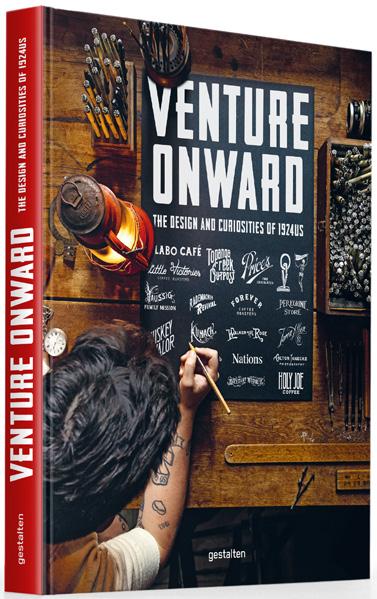
VENTURE ONWARD
The Design and Curiosities of 1924us
Editors: gestalten & Christian Watson
Features: Full color, hardcover, stitch bound, 288 pages, 22 5 × 29 cm, 9 × 11 ½ inches
Price: € 50 (D) £ 45 $ 75 (US)
ISBN: 978-3-96704-065-4
9 783967 040654
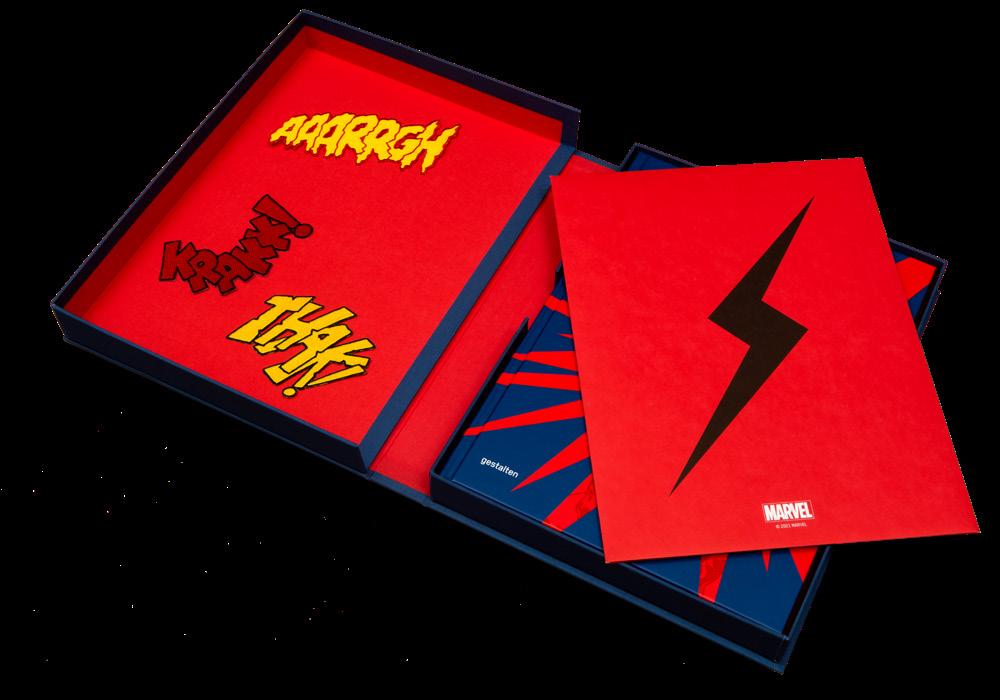
29 V ISUAL C ULTURE BACKLIST
ALL IMAGE MATERIAL © 2021 MARVEL
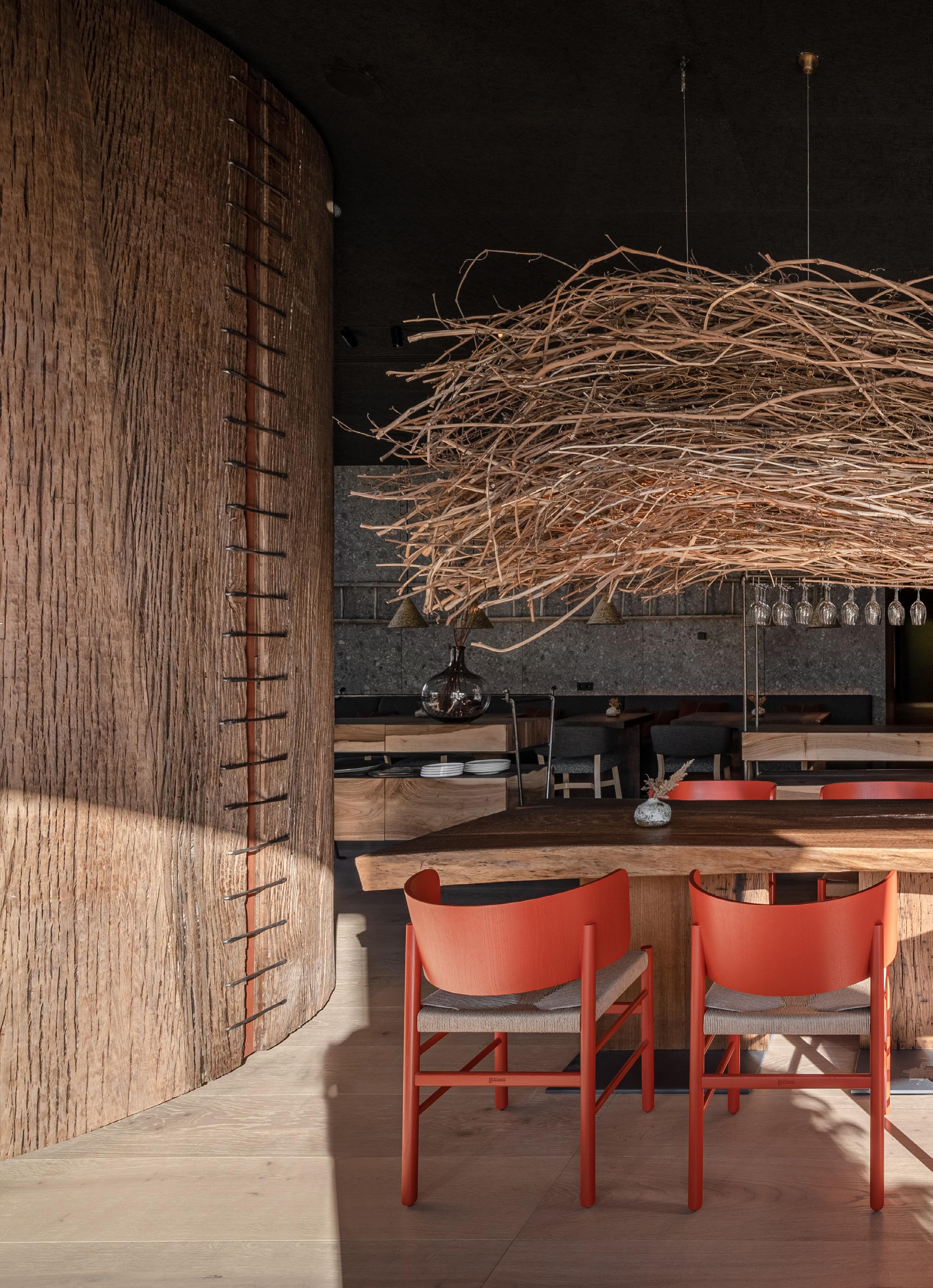
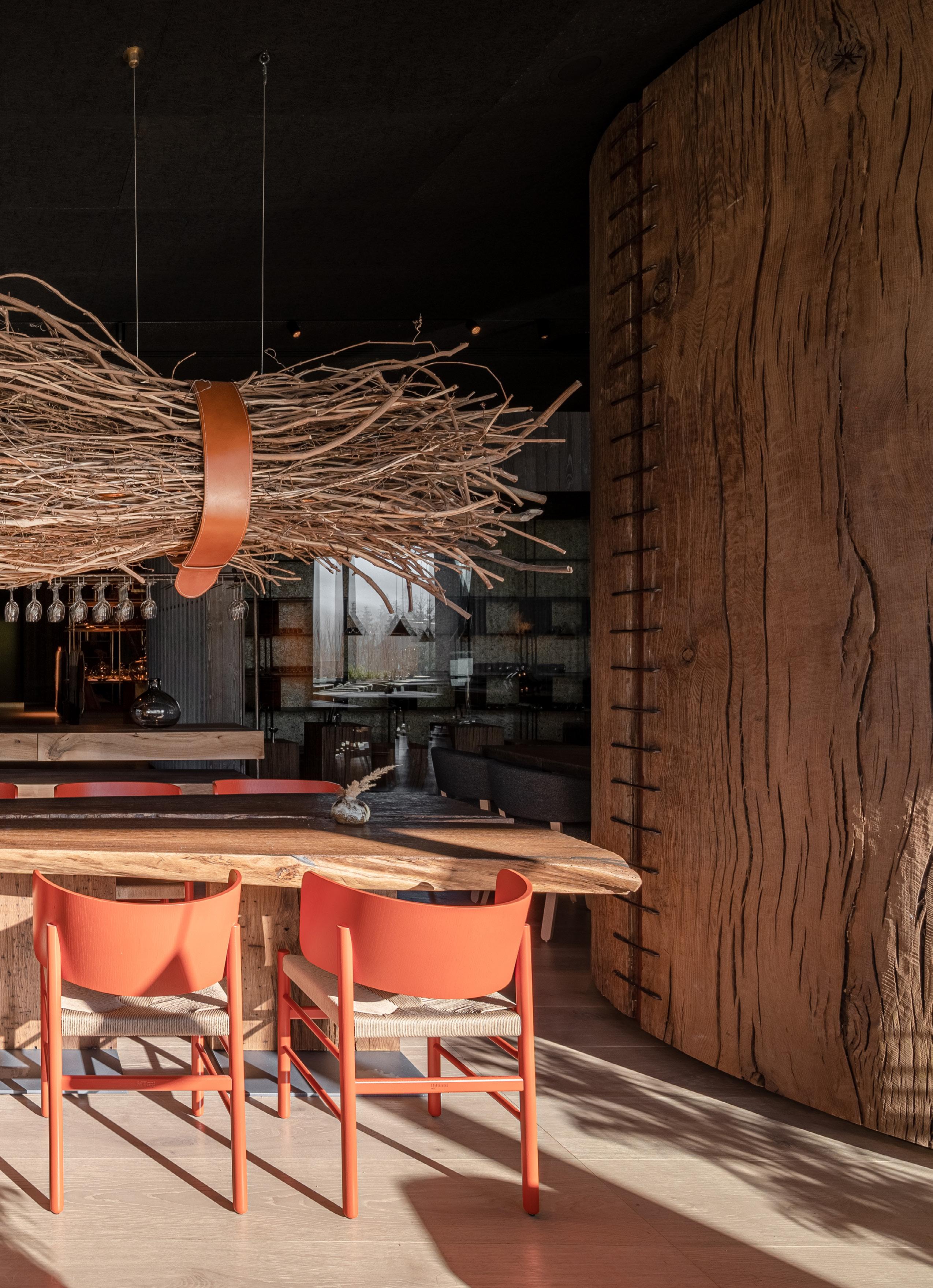
DESIGN & FASHION

Blue Chip gives you a glimpse into a world of fashion, film, and celebrity through the eyes of a cat. A firmly tongue -in- cheek story of how a supernova feline finally escapes a super model’s shadow. With color sketches by renowned fashion illustrator Angelica Hicks, this story charts the perilous path of a loveable cat as he desperately seeks his fame. A perfect gift, appealing to fashion and cat lovers everywhere.
MARV is a British production company best known for the blockbuster Kingsman film series, Kick Ass, Rocketman, and recently released hit, Tetris.
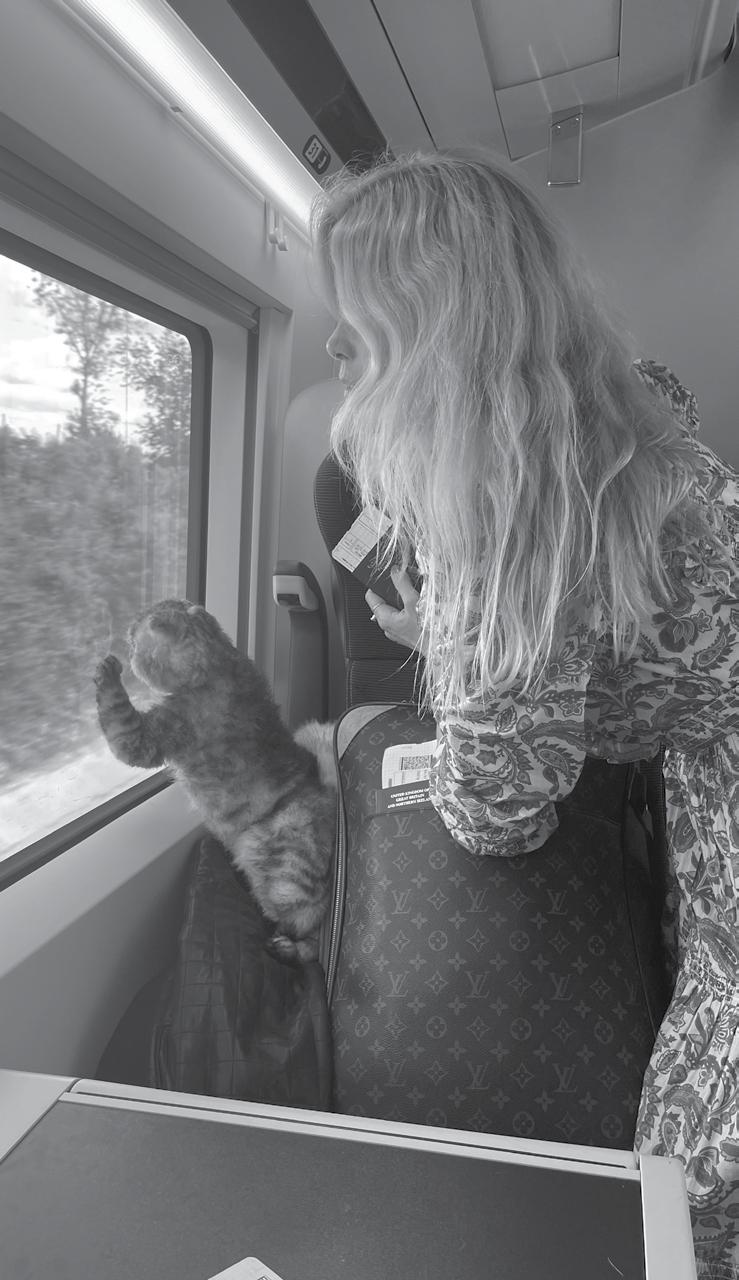
BLUE CHIP
Confessions of Claudia Schiffer’s Cat
Editors: gestalten & MARV
Illustrator: Angelica Hicks
Features: Full color, hardcover, stitch bound, 144 pages, 18 × 24 cm, 7 × 9 ½ inches
Price: € 30 (D) £ 29.95 $ 40 (US)
ISBN: 978-3-96704-083-8
9 783967 040838
Chip the cat stepped out of Claudia Schiffer's shadow and took on a leading role in Argylle, Matthew Vaughn’s latest film with Apple Original Films and Universal Pictures, released worldwide in February 2024.
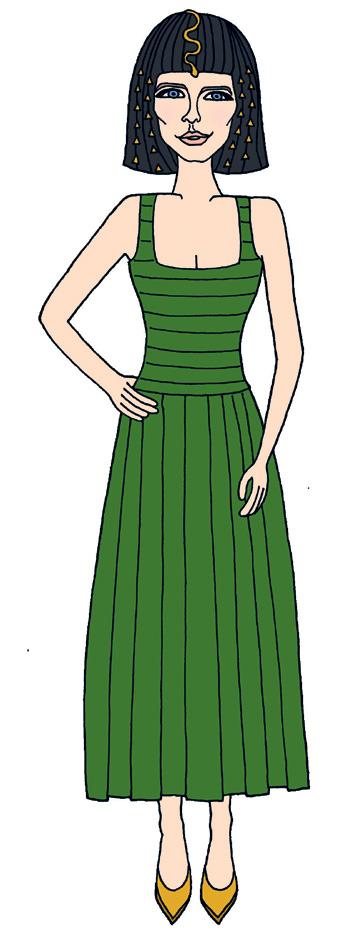
19 OCTOBER
FaceTime with Vogue who have confirmed the creative; we’re going with the Egyptian concept.
Claudia to be Cleopatra, Chip to be the Sphinx. An ancient communion of the feminine and the feline. This will be iconic, I’ll be on every bus and newsagent across the world. Every casting director in town will have eyes on me. And to think, I was actually flirting with the idea of joining the local panto!

5 FEBRUARY, NEW YORK
We’re back in the Big Apple, and I’m hungry for a bite of it. Yes, the countryside is quaint and all, but sometimes you need a bit of soot and sin under your skin – it’s
The team for Vogue have just pulled up. I do love a fitting, it’s when I really get to exercise the meaning of indecision – could we maybe just try one more dress? Ha! Styling is on point as always, every option is ravishing. It’s fair to say I’m going to be the 8th Wonder of the World.
We’re trying on the outfits in the drawing room, Claudia is donning an emerald-green custom gown and headpiece by McQueen – she looks like the fountain of milk and honey – when suddenly there’s a shriek to make the testes shrink. Rollo has bounded in all covered in mud, planting his paws all over the McQueen. I don’t know where to look, the shame of association is too much to bear… Who will rid me of this turbulent hound?




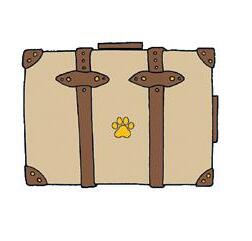
32 71
84
good for the soul. Mischief almost certainly awaits. Claudia is here for Fashion Week – Proenza Schouler have asked her to open the show, which is of course an honour, but somewhat short-sighted; the show can only go downhill once Claudia has done her part, in my humble opinion… The fitting is seamless, every outfit fits her like a glove, curves in all the right places. It’s all so effortless on the eye. They have kindly fashioned me a couple of bangles for my paws, studded little things which sing with every step. I might just ‘forget’ to return these… 6 FEBRUARY Woke to the sound of the concierge almost breaking down the door. Could have sworn I put up the ‘do not disturb’ sign before I got back in… My head’s a bit furry if truth be told, I’m never mixing tequila and cat milk again. Jesus, Claudia’s show! No time to tell all now, I’m heinously late. Who do you have to scratch in this city to get a chauffeur?
MINDFUL PLACES TO STAY
Sublime Destinations for Yoga and Meditation
Editor: gestalten
Mindful Places to Stay is a serene visual journey to retreats for those seeking solace, relaxation, and peace of mind. Through captivating photography and easy reads, the visual pages unveil the most astonishing yoga and meditation retreats and stories behind them. From hidden escapes in Asian jungles and yoga retreats under the Mediterranean sun to wellness-focused glamping in the Mexican desert, everyone will find a perfect getaway and their own mindful place to stay. Whether you crave a quiet sanctuary to unwind or a place to focus on well-being, these pages set you on a journey toward rejuvenation and inner peace.
9 783967 041460
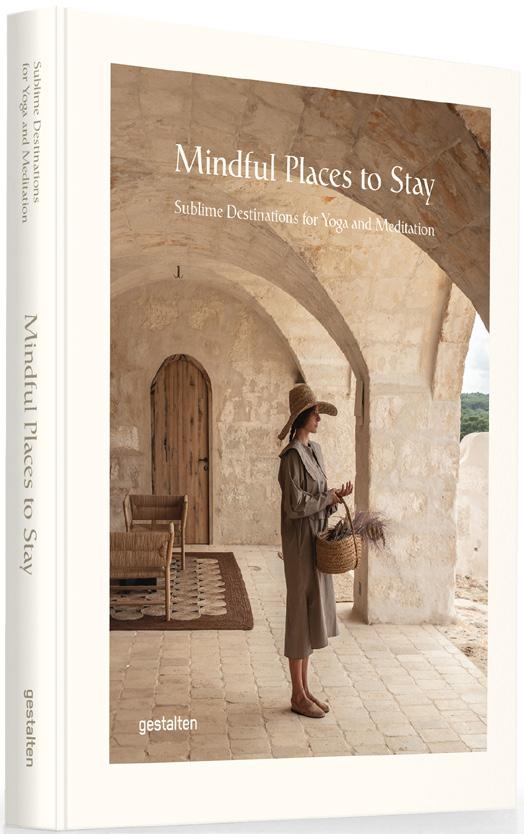
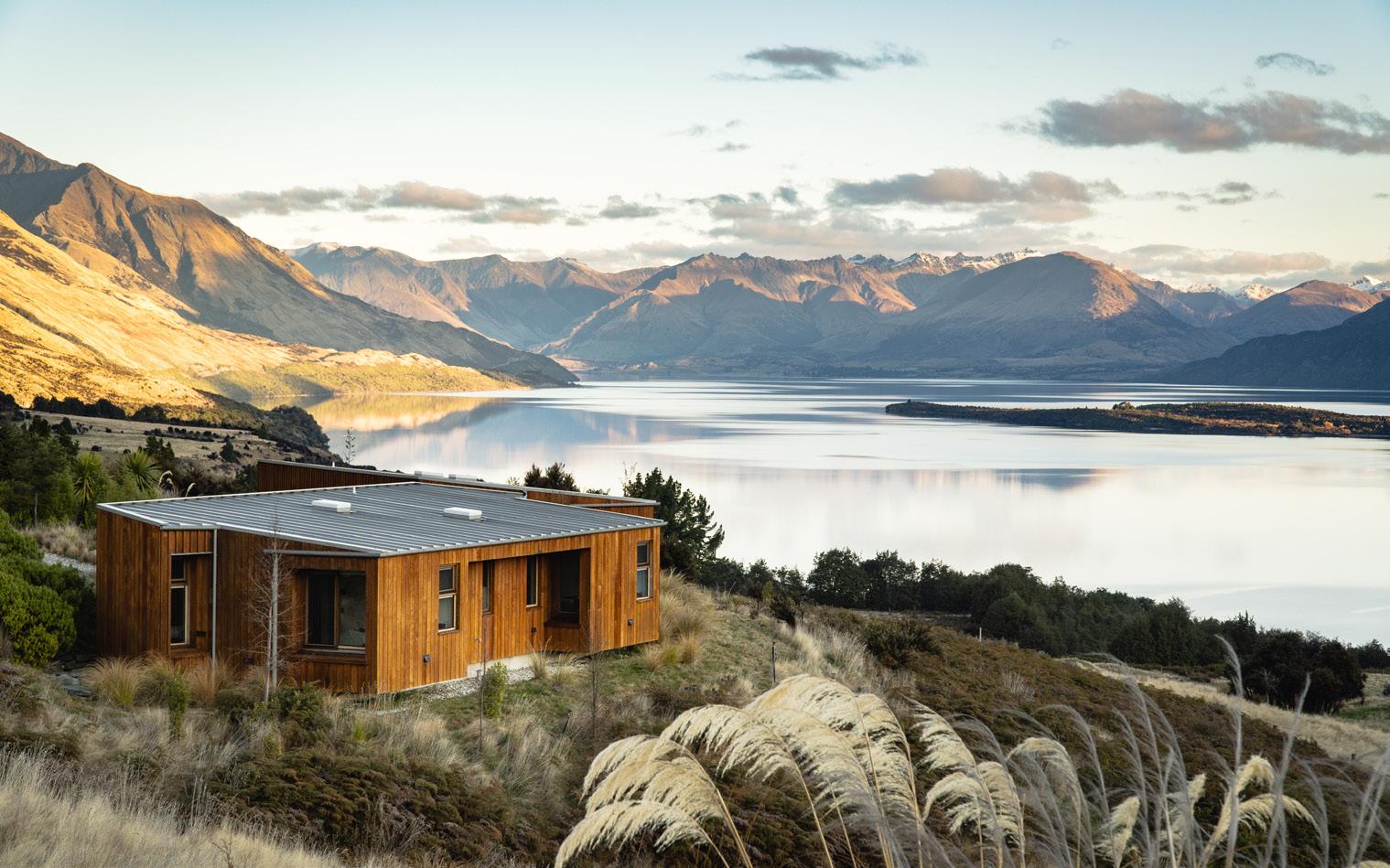
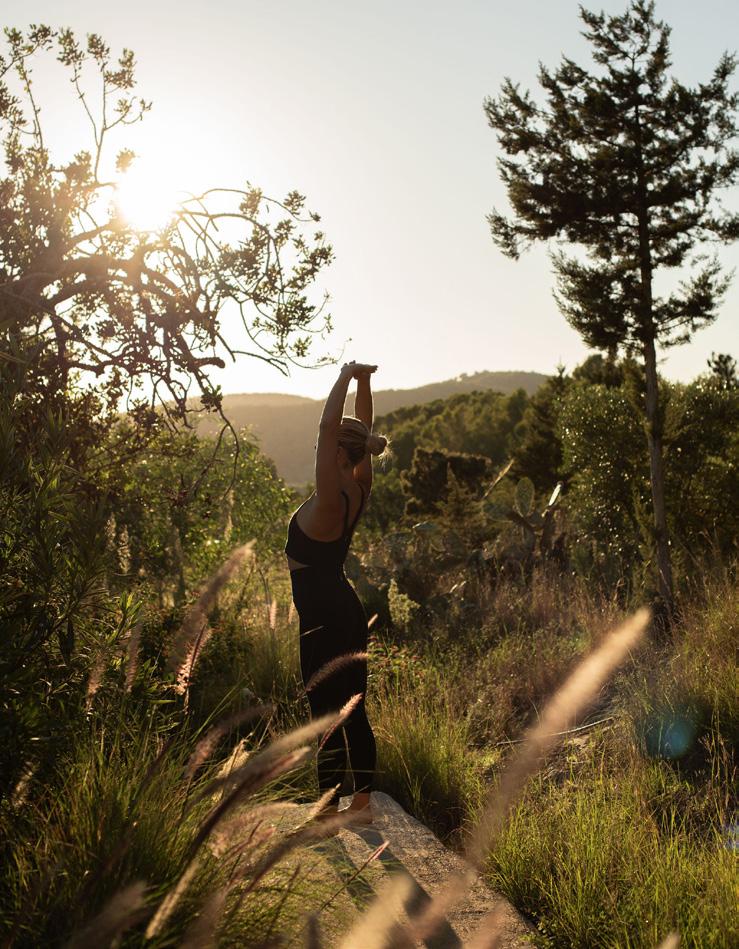
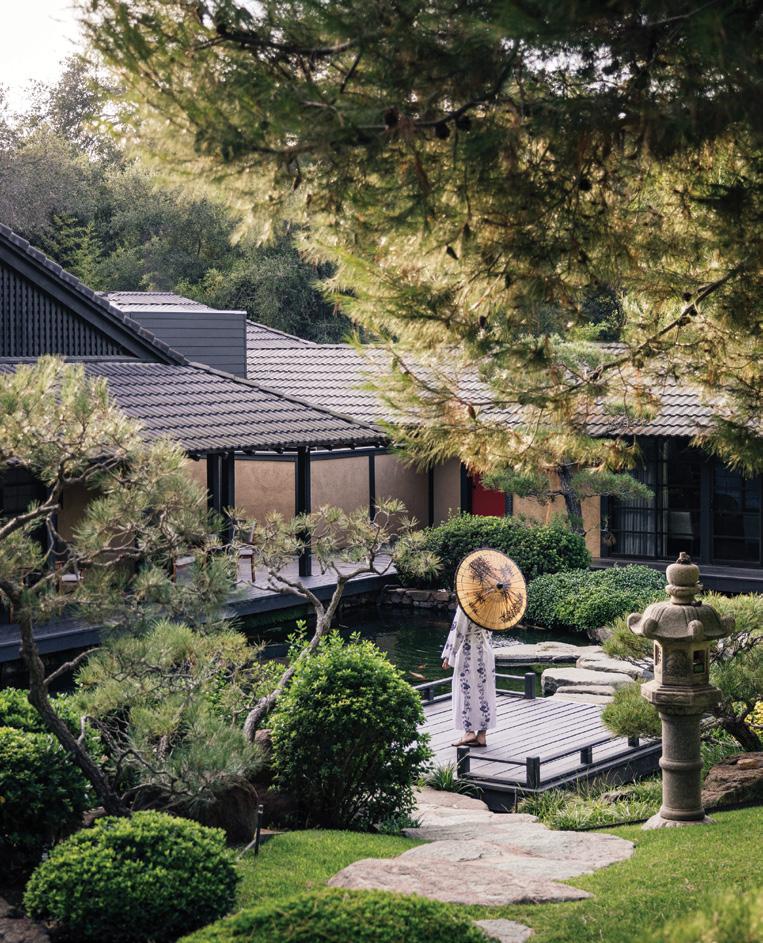

33 D ESIGN & F ASHION RECENT LIST 37 36 In the resort’s Japanese gardens there are Zen rock areas for contemplation, quiet corners in which to drink tea, and kaiyu-shiki-teien gardens to stroll around. Golden Door San Marcos, CA, USA WHERE GUESTS EXPERIENCE THE LUXURY OF FINDING THEIR WAY BACK TO THEMSELVES According to the Golden Door philosophy, “a hike here is as much a rigorous morning exercise as it is a chance to reflect on the day ahead, and a meal is the means by which guests learn to satisfy rather than simply feed their hunger.” Located on 600 acres (240 hectares) of hills and meadows, with landscaped Japanese gardens, a citrus grove, and 5 acres (2 hectares) of bio-intensive gardens serving its restaurant, the resort in San Marcos, Southern California, is a luxury health retreat that few can rival. It offers guests 30 miles (50 km) of private trails, seven state-of-the-art gyms, two swimming pools, a watsu water therapy pool, two labyrinths, tennis courts, pickleball, and a beautifully renovated bathhouse with a Jacuzzi, steam room, sauna, and nine skincare and body treatment rooms. A typical retreat package involves checking in on a Sunday for seven nights including a personalized program of healthy activities, holistic dining, and luxury spa treatments. All Golden Door guest rooms are single occupancy and have sliding doors that open onto a private outdoor patio with access to the beautifully landscaped Japanese gardens that lie at the heart of the complex. Warm-up clothes, T-shirts, and a bathrobe are supplied and laundered daily, and the owners also The Golden Door experience empowers guests to reposition themselves at the center of their own lives by tending to their bodies, their minds and their spirits via rejuvenating classes and luxury spa treatments.
Zen, breathe in a comprehensive guide of the world’s perfect places to find your inner peace.
From A to
Features: Full color, hardcover, stitch bound, 256 pages, 21 × 26 cm, 8 ¼ × 10 ¼ inches Price: € 40 (D) £ 35 $ 60 (US) ISBN: 978-3-96704-146-0

How did the plain white T-shirt become an everyday hero? Which movie star helped turn the leather jacket into a global icon? And were chinos really created for military purposes? The origin stories of these casual men’s fashion staples will surprise you, often being traced back to subversive counter cultures.
The Rebel’s Wardrobe unpacks the modern menswear lexicon and reveals, for example, why the Carhartt jacket designed for railroad workers became synonymous with skaters and graffiti artists, or how polo shirts made the leap from middle- class tennis clubs to British Mods. Traversing genres and styles, this book goes back to the gestation period of iconic pieces, showing how they became timeless classics transcending fashion.
Comprising THOMAS STEGE BOJER and BRYAN SZABO, Denimhunters is one of the internet’s premier denim and heritage menswear authorities. It was founded in 2012 by Stege Bojer, who now serves as the editor-in-chief. Experienced writer and editor Szabo is a contributor to the site, and notably spearheads the writing and research for the Well-Made Essentials rugged menswear buying guide.
“If you’ve ever modeled one of your fits off one of Steve McQueen’s timeless looks, wondered how and (more importantly) why the white tee looks eternally badass, or just wanted all the detailed history on your favorite iconic piece of clothing that still holds up from the past— you’re gonna want to win this beautifully bound piece of men’s fashion literature.” HEDDELS
“For anyone who wants to know the stories behind the key garments in your wardrobe (…)” SOHO RADIO
THE REBEL’S WARDROBE
The Untold Story of Menswear’s Renegade Past
Editors: gestalten, Thomas Stege Bojer & Bryan Szabo Features: Full color, hardcover, stitch bound, 288 pages, 22 5 × 29 cm, 9 × 11 ½ inches
Price: € 50 (D) £ 45 $ 75 (US)
ISBN: 978-3-96704-072-2
9 783967 040722
An entertaining exploration of trend-immune fashion classics and their surprising origins.
The Cardigan: Knitted Kit for Settled Style
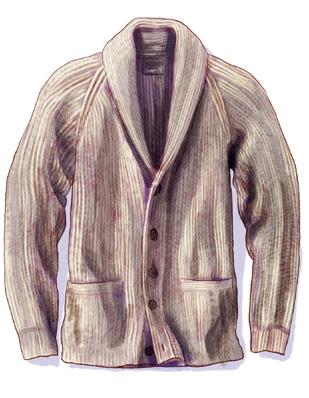
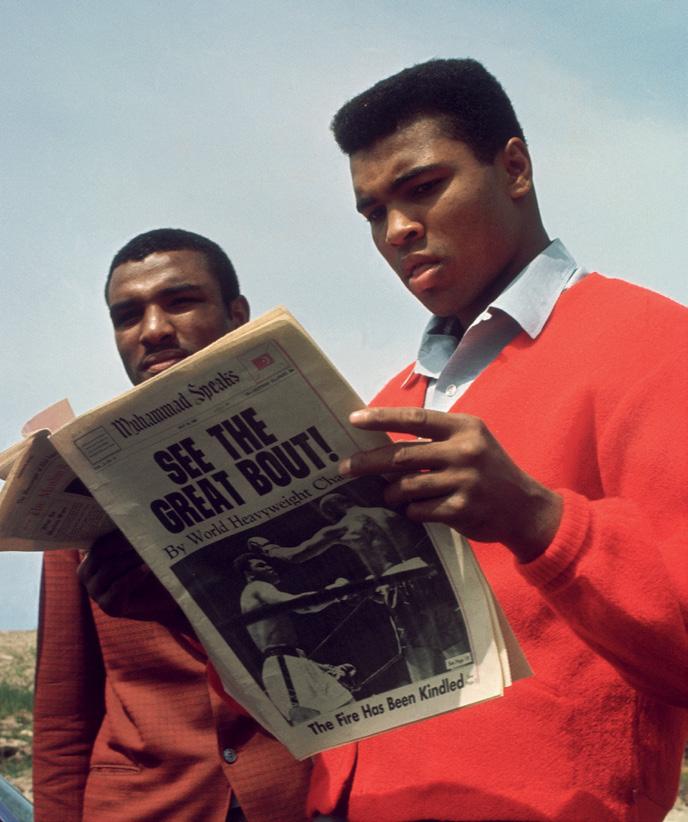
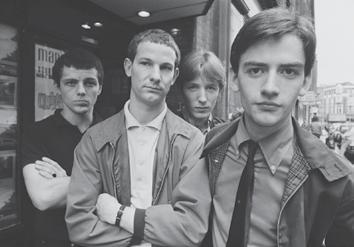


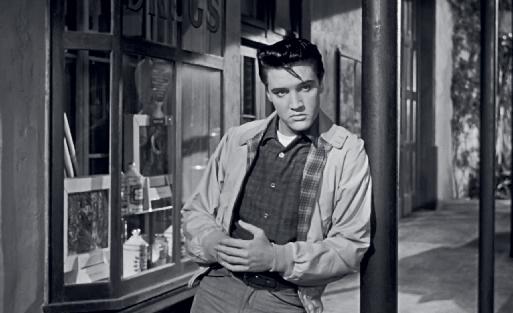
34 231
he cardigan takes its name from James Brudenell, the 7th Earl of Cardigan and lieutenant general in the British Army. Brudenell led the famous Charge of the Light Brigade during the Battle of Balaclava, the 1854 engagement between Russian and British forces that also gave us the knitted masks favored by stick-up artists. Brudenell made it all the way to the Russian lines and, after briefly engaging with the enemy, turned his horse on its heels and galloped back to the British lines. He lost more than 150 of his 600 men, but the charge became legendary. When Cardigan returned to London, he was showered with praise for his gallantry. Ballads were composed in his honor, and pictures appeared in London shops showing the general leaping over the Russian battery on horseback. The knit woolen waistcoat that he had worn in the battle (and possibly designed) became fashionable in London, and people started referring to it as the “cardigan.” Within a decade, sleeves were added to the waistcoat— both versions co-existed for a time. At first, the jackets were knit by hand, but with the advancement of knitting technologies, manufacturers were able to start producing cardigans by the 1880s in considerable numbers. By the early 1900s, the knitted sweaters were a fixture in most modern wardrobes. Men and women wore them while playing golf or mixing socially. Coco Chanel is often credited with creating the women’s cardigan shortly before World War I, but according to textile historian Leimomi Oakes, “[Chanel] was merely reproducing what was already a widespread trend.” But she did help to further popularize the style, which became an essential item in Western fashion by the end of the 1920s. As musicians and actors began to ditch the shirt and tie in the ’50s, the cardigan assumed a central role in a leisurely-yet-smart style that paved the way for the widespread relaxation of fashion in the ’60s and ’70s. Flintyeyed stars like Paul Newman, Steve McQueen, and Clint Eastwood showed their softer sides by posing in wooly cardigans, and jazz musicians like Grant Green and Eric Dolphy wore
The conservative classic might be linked to fully domesticated masculinity, but it’s got a surprising military pedigree. Mohammad Ali reads all about it (1965): Ali is reading Muhammad Speaks, a national paper founded by a group of Elijah Muhammad’s ministers, including Malcolm X. Sold door-to-door and on streetcorners, it was the official paper of the Nation of Islam. The issue here was published three days after Ali defeated Sonny Liston for the second time, scoring a TKO with the controversial “phantom punch.” 139 138 SPORTSWEAR HARRINGTON JACKET Punks mugging at the Roxy in London (1977): Young trendsetters and trend followers brought the sleek Harrington into a rotating carousel of subcultures. It’s an open question whether it adapted to each new scene, or the scenes adapted to it. Secret Affair in London (1979): When the Harrington took off among British mods in the ’60s, it became one of the backbone pieces of the emerging English style. Each generation takes a swing at reviving mod style, and in the late ’70s, Ian Page (front) of Secret Affair led the charge in a G9. Steve McQueen leans into his Harrington (1974): McQueen looks ready to hit the links in a white Harrington with the collar flipped up for extra-casual style points. Paired with a crisp dress shirt and a soft V-neck, the Harrington looks settled and domesticated. Davis, Grant Green, and Thelonious Monk, all of whom pioneered subversive takes on Ivy League style. London youths riffed on the fashion, fusing American button-down shirts and three-button suits with fish-tail parkas and Italian scooters. In the mid-sixties, clothier John Simons, who catered to successive generations of mods, skinheads, and suedeheads, definitively named the jacket when he advertised the Englishmade G9 as the Rodney Harrington, taking the name from a character on Peyton Place, an American prime-time soap opera. The savvy move gave the English-made jacket a degree of American cachet, and the English mods ate it up, queuing up outside his London Ivy Shop, many of them unaware that the jacket was a domestic product. Style icons like Steve McQueen and Frank Sinatra added to its glamour, cementing its quintessentially American character. McQueen wore the Harrington on the cover of Life magazine in 1963, which showed him riding a motorcycle with his wife’s arms wrapped around his waist. The jacket got another boost in The Thomas Crown Affair (1968), in which McQueen pilots a bright yellow glider in a navy Baracuta G9 with a pair of Persol 714s and a navy-blue baseball cap. It’s not hard to see why English mods were hungry for the Harrington. What is harder to understand is why, for the next four decades, no matter what the dominant style of the moment, the Harrington managed to elbow its way into every cultural scene. It remained a fixture in both American and English subcultures, worn by everybody from punks and ska kids to the mod revivalists and Brit pop enthusiasts—all the while remaining comfortable at the country club, its natural home. There’s no denying the Harrington’s timeless quality and remarkable versatility. Elvis Presley in King Creole (1958): Presley was scheduled to be inducted into the Army at the beginning of 1958, but he had committed to finishing King Creole for Paramount. He wrote to the draft board to request a deferment, which was granted. Elvis gave it his all in the film, knowing that it would be his last role until he returned from service. With help from the Harrington, he put in one of the finest and most stylish performances of his career. Style icons like Steve McQueen and Frank Sinatra added to its glamour, cementing its quintessentially American character.
THE SAVILE ROW SUIT
The Art of Bespoke Tailoring
Editors: Patrick Grant & gestalten
Features: Full color, linen hardcover, stitch bound, 176 pages, 22 × 29 cm, 8 ¾ × 11 ½ inches
Price: € 45 (D) £ 40 $ 65 (US)
ISBN: 978-3-96704-125-5
One may sew a classic suit faster or cheaper than the master tailors of Savile Row but you can not make them any better. Here’s a detailed guide to create your suit written by one of Savile Row’s finest.
Savile Row is the home of hand tailoring. This short street is home to many of the world’s finest tailoring houses, a street where for over 200 years royals, rock stars, and giants of the business and political worlds have come to have their clothes cut, sewn and fitted. Patrick Grant, co-owner of Savile Row tailors Norton & Sons, describes the long-standing traditions of craftsmanship that are maintained in the workrooms of this quiet corner of London’s Mayfair—a fascinating and uniquely storied world. He celebrates the extraordinary ecosystem, from the British weavers and cloth houses to the trimmings merchants, that allows Savile Row to flourish.
Grant shines a light on the captivating story of Savile Row, the painstaking processes required to create a bespoke garment, and the story of his personal experiences on this most famous thoroughfare. This book details, for the first time, the complete tailoring methods of several of Savile Row’s finest sewing tailors, providing a detailed step-by-step manual on how to hand-make a pair of trousers, waistcoat, and coat in the Savile Row style, and a shirt in the style of one of Jermyn Street’s finest shirt makers. Richly illustrated, this book gives an insight into a highly discreet and rarefied world of craftsmanship.
PATRICK GRANT is the co-owner of Norton & Sons and the co-owner and Director of Community Clothing. He won Menswear Designer of the Year at the 2010 British Fashion Awards and is best known as a judge on the BBC One show The Great British Sewing Bee.
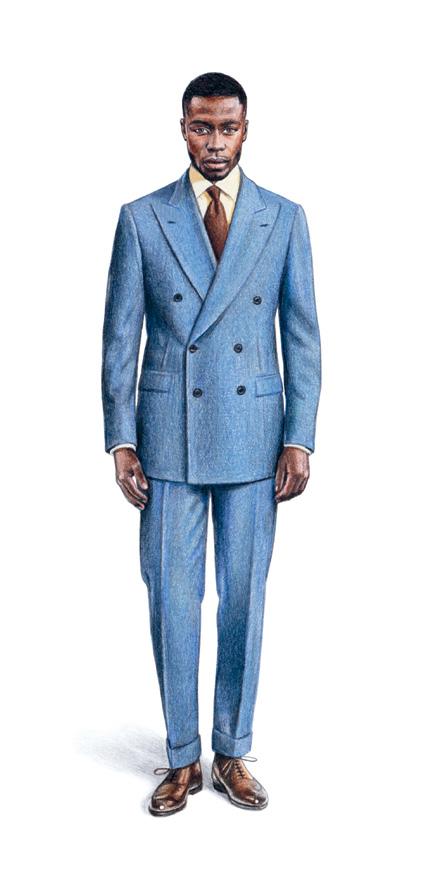
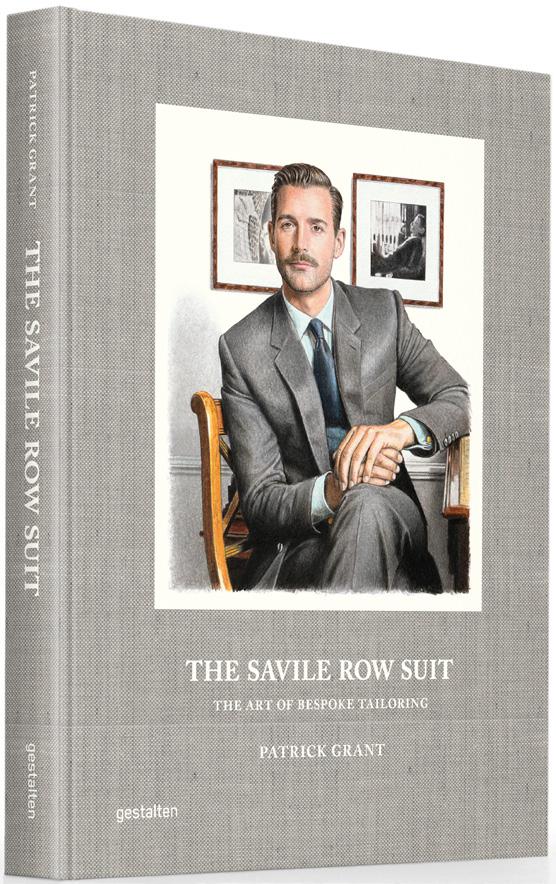
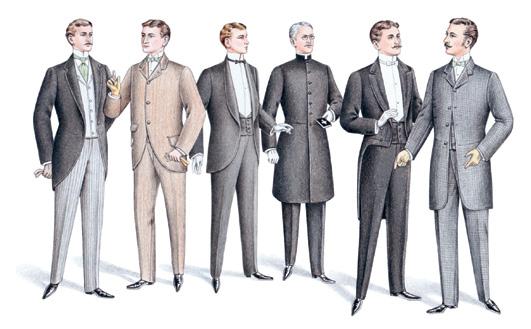
35 D ESIGN & F ASHION RECENT LIST 141 140 PERFECTLY DRESSED: A TIMELINE OF THE SUIT The evolution of the classic men’s suit, from the innovations of Charles II to present-day Savile Row silhouettes M en’s tailoring has gone through multiple iterations over the last 360 years, inspired in turns by society, sports, and style. More practical than might be appreciated, the suit – with its hardy cloth, practical cut, and clever features – has evolved and yet remains the quintessential male garment. This timeline illustrates a progression of changing styles, instigated and popularised by influential designers, historical British figures – even the man on the street. Regency dandy Beau Brummell; Edward VII (Queen Victoria’s son and one of the most photographed men of the day); and pop cultural icons like David Bowie all played a part in popularising the styles traced here. Partly it was their flair for dressing that ushered such styles to prominence. But more so was the singular blend of political, social and economic conditions of each individual era that helped bring a particular style to the fore. In this respect, the suit in all its iterations offers a portrait in three pieces of history at a given moment. Above Suit styles may have changed over the years, but it remains the quintessential male garment. Opposite A present-day incarnation of the suit. 95 94 Fig. Fig. 12.5 Fig. Fig. (12.4) Turn up the inner lining so the wrong side is facing up and the foreparts are sandwiched in between the lining pieces. Baste along the side seams and shoulders, through all layers, to hold the inner lining into place. Then, about ½" back from the finished edge, baste around the armholes, catching only the lining. (12.5) Flip the assembled waistcoat over so the wrong side of the outer lining is facing up. With chalk, using the front armhole as a guide, mark the back armhole shape. Measure across from the centre back to the chalk mark, to make sure the distance is the same on each side. (12.6) Starting at the side seam hem, machine stitch up the side seam ⅜" in from the edge of the forepart. Make sure to sew right into the corner of the seam at the vent, and do not stitch further than the top of the side seam on the forepart. (12.7) Continue machining around the armhole, catching only the lining and not the forepart underneath. Sew right into the corner of the shoulder end. If the stitch does not meet the corner, the front and back pieces will not be aligned at the shoulder ends. (12.8) Finally, machine stitch across the shoulder, ⅜" in from the edge. Stop and back tack at the neck point. Do not stitch around the neck. This remains open, in order to pull the waistcoat the right way out. (12.9) Repeat steps 6–8 on the other side. (12.10) Trim away the excess lining around the armholes to ½" and make small snips on the round to ease the curve. Trim away any other excess lining, leaving the inlay around the neck and 1 ½" at the side seams. (12.11) Reach into the neck hole and, grabbing the hem from the inside, pull the waistcoat the right way out. The waistcoat should now be fully assembled, with only the neck left to close. 1 8 7 5 6 4 2 3 (1.1) Turn in the back neck inlay along the mark stitches at the neck line. Baste the two sides together about ⅜" from the folded edge. (1.2) Working on the outer lining side, prick stitch around the neck line ⅛" from the edge. • (8.1) Turn the waistcoat inside out so the right sides are together. Lay it on a flat surface with the left side facing up. This will leave the back of the buttonholes exposed. (8.2) Align the front edges so the break line and cut-away run perfectly parallel. With chalk, mark through the back of the buttonhole, onto the right side of the cloth. Then sew the front buttons on the marks, through all layers, with double thread. Remember to leave at least a ⅛" shank on the button thread. (7.1) Remove all remaining basting and mark stitches from the waistcoat. (7.2) Place the waistcoat on a ham to retain its shape during the pressing. When pressing on the lining, avoid using steam, as any water leaks will stain and damage the lining. (7.3) Gently press the waistcoat around a ham. (5.1) Working on the outer lining side, prick stitch the edge of the vent on the back lining. (5.2) Sew a bar tack at the top of the vent for strength. (6.1) Mark the buttonholes with chalk, on the right side of the cloth. (6.2) The buttonholes should still be indicated by the mark stitches sewn at the beginning of the job. Each hole should 5/8 long and start ¾" in from the front edge. They would ordinarily be spaced between 2" and 2 ½" apart. (6.3) Using the technique shown on p. 160, sew the buttonholes previously marked in step 2. • (4.1) Prick stitch through the back strap, in line with the back dart. (4.2) Fell the buckle into place. Fell down the front lining, around the armhole, down the fronts and around the hem and vent. The stitches should be ⅛" apart and barely visible. • (3.1) Starting from the neck point, prick stitch ⅛" in, around the edge of the forepart, finishing at the side seam. The stitches should be firm but not tight. (3.2) Prick stitch the side of the welt, ¼" in, trapping the raw seam inside. (3.3) Prick stitch across the top edge of the welt ⅛" in. CLOSE THE BACK NECK SEW BUTTONS PRESSING VENTS BUTTONHOLES BACK STRAPS FRONT LINING EDGE STITCHING FINISHING THE WAIST COAT Fig. 7.3 BAGGING OUT ( cont. 12 9 783967 041255
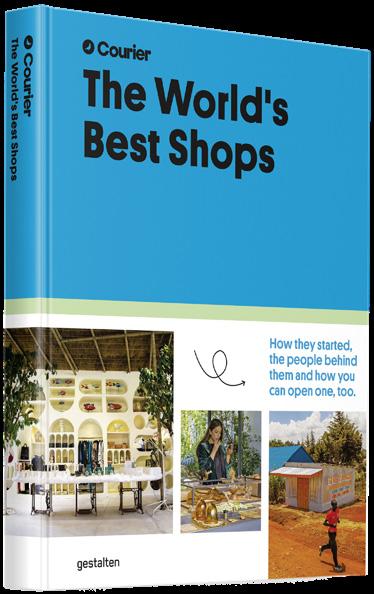
THE WORLD’S BEST SHOPS
How They Started, the People Behind Them, and How You Can Open One, Too
Editors: Courier & gestalten
Author: Courier
Features: Full color, hardcover, stitch bound, belly band, 288 pages, 22 5 × 29 cm, 9 × 11 ½ inches
Price: € 45 (D) £ 40 $ 65 (US)
ISBN: 978-3-96704-063-0

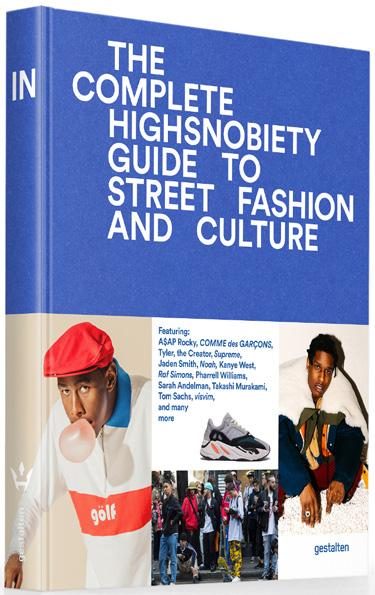
THE INCOMPLETE
Highsnobiety Guide to Street Fashion and Culture
Editors: gestalten & Highsnobiety
Features: Full color, hardcover, stitch bound, multiple paper stocks, 320 pages, 22 5 × 29 cm, 9 × 11 ½ inches
Price: € 45 (D) £ 40 $ 60 (US)
ISBN: 978-3-89955-580-6
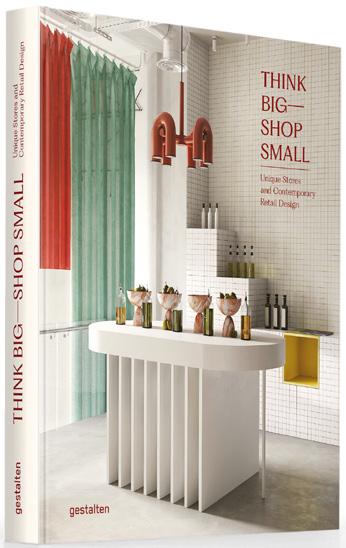
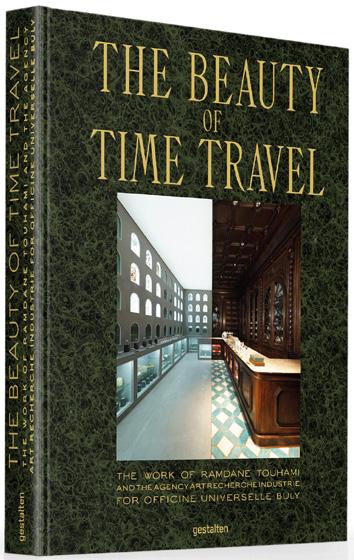
THE BEAUTY OF TIME TRAVEL
The Work of Ramdane Touhami and the Agency Art Recherche Industrie for Officine Universelle Buly
Editors: gestalten & Agency Art Recherche Industrie
Features: Full color, hardcover, stitch bound, 440 pages, 23 × 30 cm, 9 ½ × 11 ¾ inches
Price: € 49 90 (D) £ 45 $ 69 (US)
ISBN: 978-3-96704-019-7
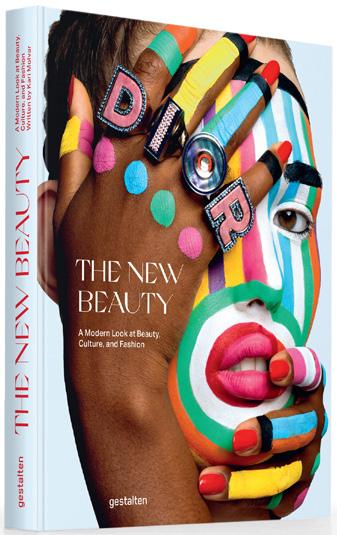
WORK BETTER. LIVE SMARTER. BE HAPPIER.
Start a Business and Build a Life You Love
Editors: Courier & gestalten
Authors: Courier, Jeff Taylor & Daniel Giacopelli
Features: Full color, hardcover, stitch bound, 288 pages, 22.5 × 29 cm, 9 × 11 ½ inches
Price: € 39.90 (D) £ 35 $ 60 (US)
ISBN: 978-3-89955-856-2
THINK BIG—SHOP SMALL
Unique Stores and Contemporary Retail Design
Editors: gestalten & Marianne Julia Strauss
Features: Full color, hardcover, stitch bound, 256 pages, 21 × 26 cm, 8 ¼ × 10 ¼ inches
Price: € 39 90 (D) £ 35 $ 60 (US) ISBN: 978-3-96704-094-4
9 783967 040944
THE NEW BEAUTY
A Modern Look at Beauty, Culture, and Fashion
Editors: gestalten & Kari Molvar
Features: Full color, hardcover, stitch bound, 256 pages, 21 × 26 cm, 8 ¼ × 10 ¼ inches
Price: € 39 90 (D) £ 35 $ 60 (US)
ISBN: 978-3-89955-860-9

SOFT ELECTRONICS
Iconic Retro Designs from the ’60 s, ’70 s, and ’80 s
Editors: gestalten & Jaro Gielens
Features: Full color, flex cover, stitch bound, 256 pages, 21 × 26 cm, 8 ¼ × 10 ¼ inches
Price: € 39 90 (D) £ 35 $ 60 (US)
ISBN: 978-3-96704-040-1

ROOTS AND WINGS
Peter Schreyer: Designer, Artist, and Visionary
Editor: gestalten
Features: Full color, hardcover, stitch bound, 336 pages, 22 5 × 29 cm, 9 × 11 ½ inches
Price: € 50 (D) £ 45 $ 70 (US)
ISBN: 978-3-96704-033-3
36
783967
9
040630
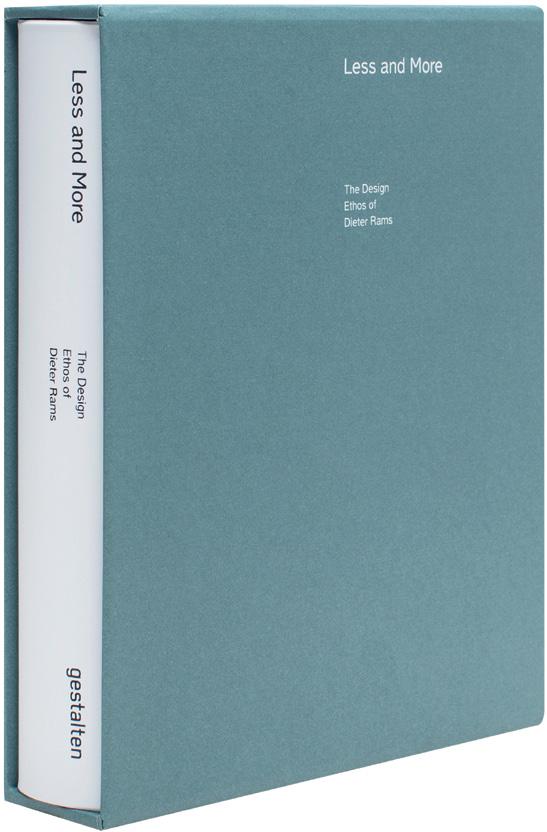
LESS AND MORE
The Design Ethos of Dieter Rams
Editors: Klaus Klemp & Keiko Ueki-Polet
Features: Full color, PVC cover in slipcase, 808 pages, 19 × 23 cm, 7 ½ × 9 inches
Language: English & German
Price: € 69 90 (D) £ 60 $ 90 (US)
ISBN: 978-3-89955-584-4






In his more than 40 years at Braun, Rams established himself as one of the most influential designers of the twentieth century. His elegantly clear visual language defined product design for generations, but also our fundamental understanding of what design is and what it can and should do.
“shows how extraordinary his work at Braun was.”
THE NEW YORK TIMES

LESS BUT BETTER
Weniger, aber besser
Editors: Dieter und Ingeborg Rams Stiftung & Jo Klatt
Features: Full color, softcover, 154 pages, 21 × 29 7 cm, 8 ¼ × 11 ¾ inches
Language: English & German
Price: € 29 90 (D) £ 30 $ 40 (US)
ISBN: 978-3-89955-525-7
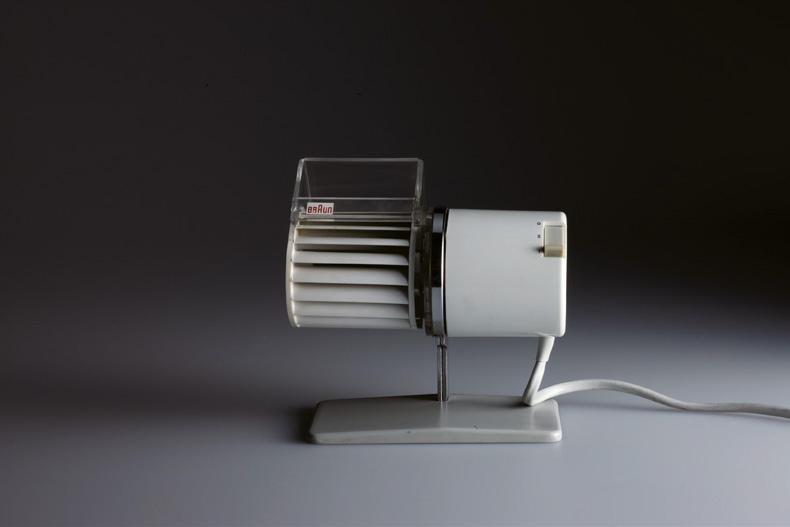

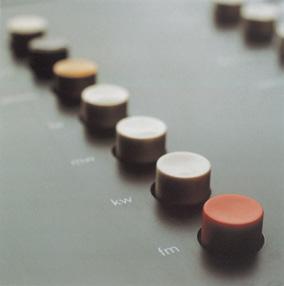



Few product designs have the staying power of creations by Dieter Rams. Almost everything produced by the most influential designer of the twentieth century is today considered a classic. This new and revised edition of Less but Better shows once again why Dieter Rams’s approach to design will be relevant for the foreseeable future.

37 D ESIGN & F ASHION BACKLIST 61 °( Control unit regie 08°(1973 °( tail) Control unit regie 08°(detail) eines hermometers für die Empfängnisverhütung nac der Knaus-OginoCD-Display zeigt die (Angela Knoop) 121 sign for thermometer for the Knaus-Og contraception method. LCD display shows the temperatures taken during the course of one month. (Angela Knoop) hte (Angela Knoop) Photo clamping lamp design (Angela Knoop) Der Entwurf eines Stuhle für die Aula der Hochschule für bildende Künste etwa entwerbs. Der Aufgabe entsprec derung war dass der Stuhl von Hamburger Handwerksbetrieben hergestellt werde konnte. Seine onstruktion ist deshalb proh: Gebogenes The design of chair for the auditorium of the University of Fine Arts, for example, came out al competition. As the ssignment required, it can be st ked and arranged in that the hair be capable of being manufactured by Hamburg handcraft companies. In terms of technical production, the construcefore very imple: bent steel tubing Grundlage für den Entwur der Klemmlampe waren Untersuchungen zur Mechanik der Klemme. Die Lösung ein Klemme, di mit ht und optimiert. Die konzeptionelle Idee der Halogen-Schreibtischleuchte (Seite 122) ist die variable Befestigung mit einer Sc came from investigations into the mechanics of clamps. The solution – a clamp that was very asy to open thanks to explored and optimised by makin functional The conceptual idea behind the halogen desk lamp (p. 122) is the variable att hment, amp to be moved arou ally
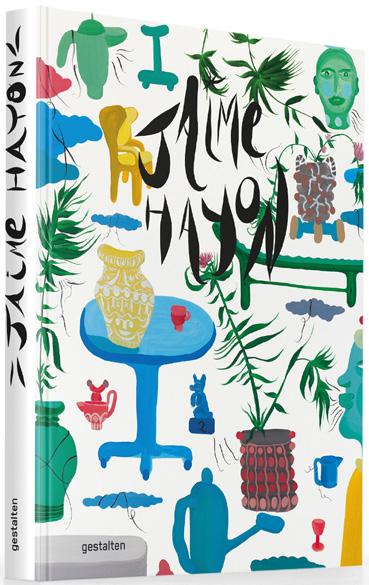
Editors: gestalten & Hayon Studio
Authors: Marco Sammicheli, designed by Zaven
Features: Full color, linen hardcover, stitch bound, 304 pages, 22 5 × 29 cm, 9 × 11 ½ inches
Price: € 50 (D) £ 45 $ 75 (US) ISBN: 978-3-96704-054-8
9 783967 040548
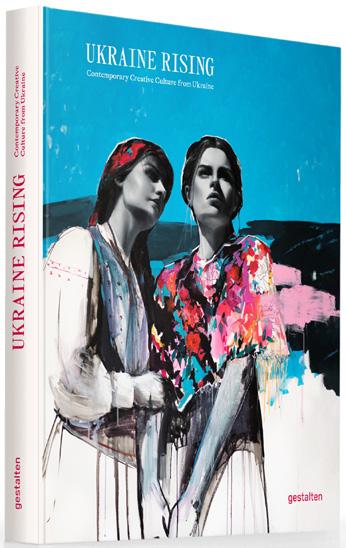
UKRAINE RISING
Contemporary Creative Culture from Ukraine
Editors: gestalten & Lucia Bondar
Features: Full color, hardcover, stitch bound, 320 pages, 21 × 26 cm, 8 ¼ × 10 ¼ inches
Price: € 39 90 (D) £ 35 $ 50 (US)
ISBN: 978-3-96704-118-7
9 783967 041187
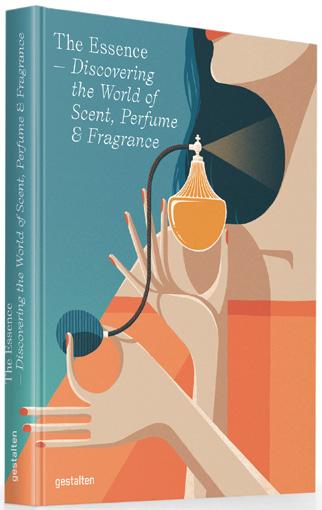
THE ESSENCE
Discovering the World of Scent, Perfume & Fragrance
Editor: gestalten
Features: Full color, hardcover, stitch bound, 288 pages, 21 × 26 cm, 8 ¼ × 10 ¼ inches
Price: € 39 90 (D) £ 35 $ 60 (US)
ISBN: 978-3-89955-255-3
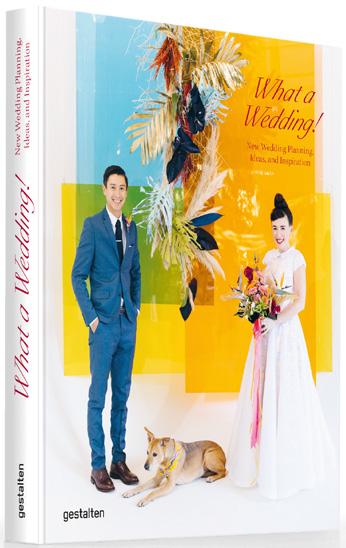
WHAT A WEDDING!
New Wedding Planning, Ideas, and Inspiration
Editors: gestalten & Marianne Julia Strauss
Features: Full color, hardcover, stitch bound, 288 pages, 21 × 26 cm, 8 ¼ × 10 ¼ inches
Price: € 39 90 (D) £ 35 $ 60 (US)
ISBN: 978-3-96704-014-2

THE OBSESSED
Otaku, Tribes, and Subcultures of Japan
Editors: gestalten & Irwin Wong
Features: Full color, hardcover, stitch bound, 240 pages, 21 × 26 cm, 8 ¼ × 10 ¼ inches
Price: € 39 90 (D) £ 35 $ 60 (US)
ISBN: 978-3-96704-008-1
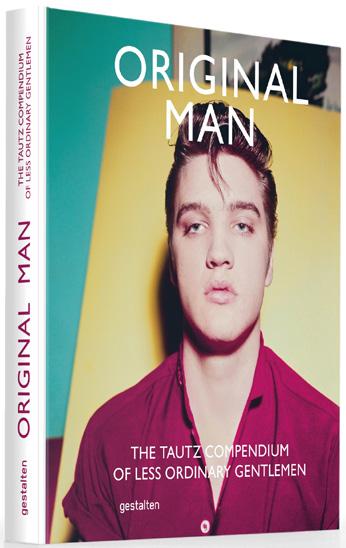
ORIGINAL MAN
The Tautz Compendium of Less Ordinary Gentlemen
Editor: Patrick Grant
Features: Full color, hardcover, stitch bound, 288 pages, 21 × 26 cm, 8 ¼ × 10 ¼ inches
Price: € 29 90 (D) £ 30 $ 39.95 (US)
ISBN: 978-3-89955-552-3

HIGH ON DESIGN
The New Cannabis Culture
Editors: gestalten & Santiago Rodriguez Tarditi
Features: Full color, hardcover, stitch bound, 256 pages, 21 × 26 cm, 8 ¼ × 10 ¼ inches
Price: € 39 90 (D) £ 35 $ 60 (US)
ISBN: 978-3-89955-880-7
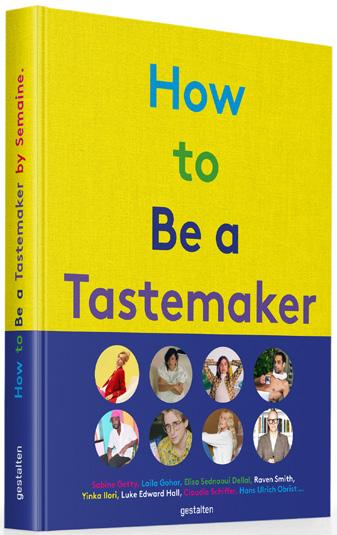
HOW TO BE A TASTEMAKER
Editors: gestalten & Semaine
Features: Full color, hardcover, stitch bound, 288 pages, 21 × 26 cm, 8 ¼ × 10 ¼ inches
Price: € 39 90 (D) £ 35 $ 60 (US)
ISBN: 978-3-89955-989-7
38
JAIME HAYON
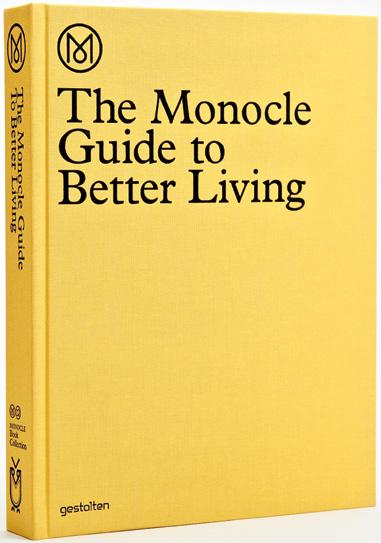
THE MONOCLE GUIDE TO BETTER LIVING
By: Monocle
Features: Full color, linen hardcover, stitch bound, multiple paper stocks, 408 pages, 20 × 26 5 cm, 8 × 10 ½ inches
Price: € 50 (D) £ 40 $ 60 (US) ISBN: 978-3-89955-490-8
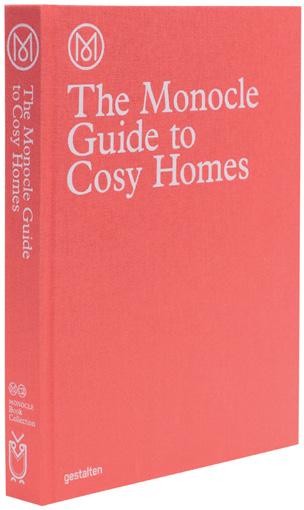
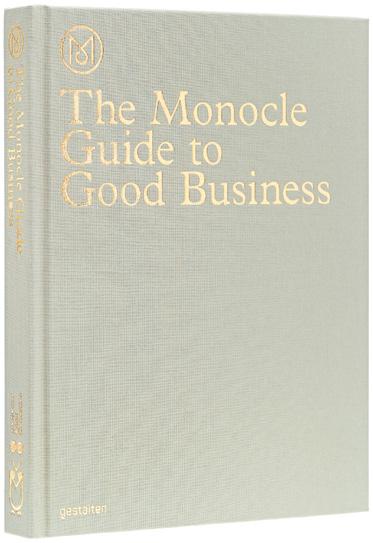
THE MONOCLE GUIDE TO GOOD BUSINESS
By: Monocle
Features: Full color, linen hardcover, stitch bound, multiple paper stocks, 304 pages, 20 × 26 5 cm, 8 × 10 ½ inches
Price: € 50 (D) £ 40 $ 60 (US) ISBN: 978-3-89955-537-0
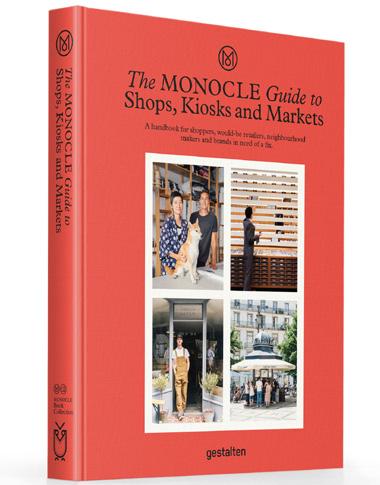
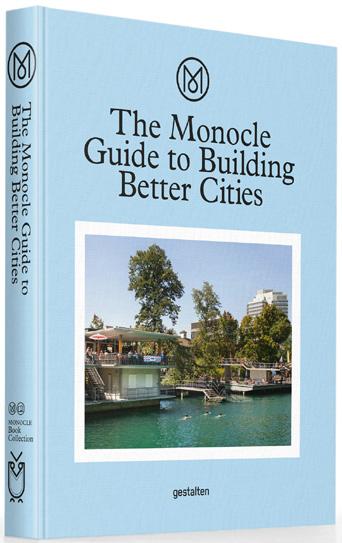
THE MONOCLE GUIDE TO BUILDING BETTER CITIES
By: Monocle
Features: Full color, linen hardcover,
stitch bound, multiple paper stocks,
320 pages, 20 × 26 5 cm, 8 × 10 ½ inches
Price: € 45 (D) £ 40 $ 60 (US)
ISBN: 978-3-89955-503-5
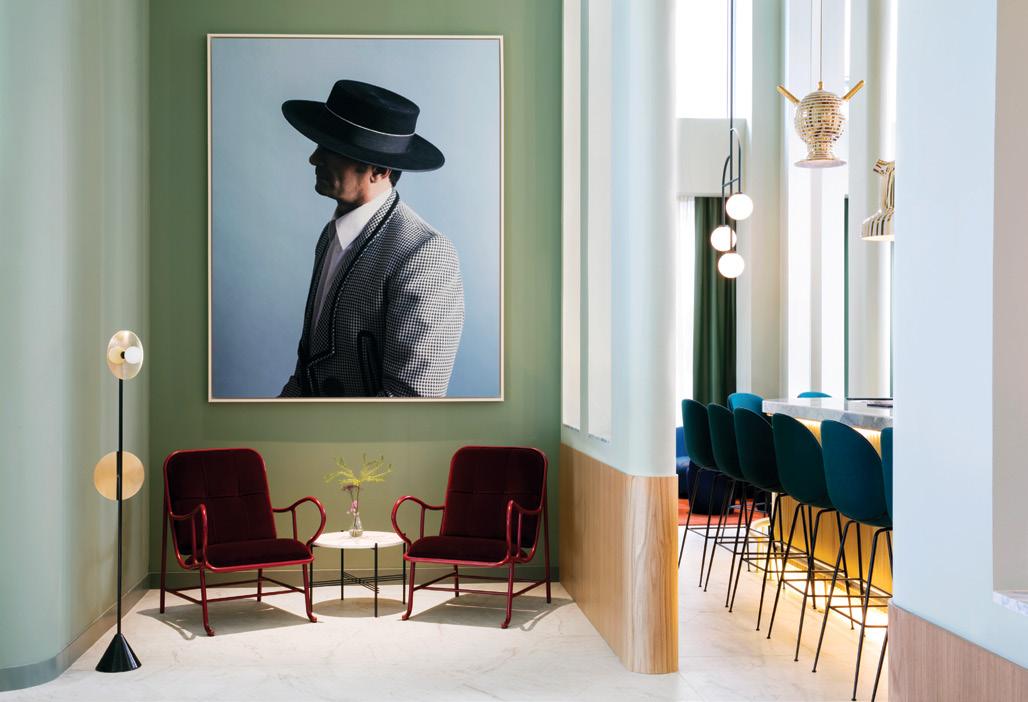
THE MONOCLE GUIDE TO COSY HOMES
By: Monocle
Features: Full color, linen hardcover, stitch bound, multiple paper stocks, 402 pages, 20 × 26 5 cm, 8 × 10 ½ inches
Price: € 50 (D) £ 40 $ 60 (US)
ISBN: 978-3-89955-560-8
THE MONOCLE GUIDE TO SHOPS, KIOSKS AND MARKETS
By: Monocle
Features: Full color, linen hardcover, stitch bound, multiple paper stocks,
306 pages, 17 × 23 cm, 7 ½ × 9 ½ inches
Price: € 35 (D) £ 35 $ 50 (US)
ISBN: 978-3-89955-967-5
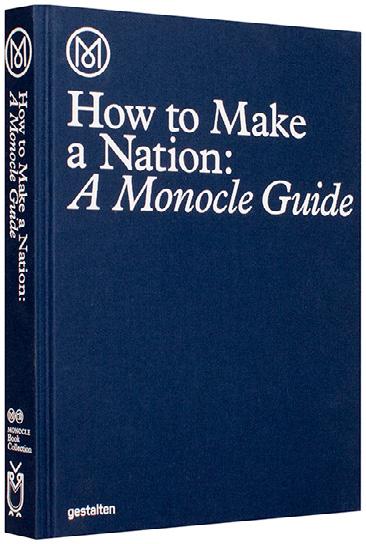
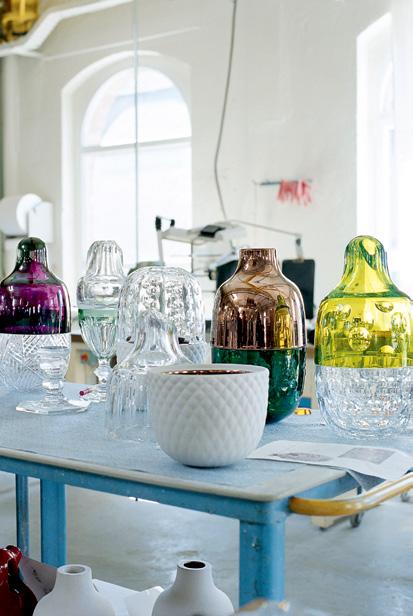
HOW TO MAKE A NATION: A MONOCLE GUIDE
By: Monocle
Features: Full color, linen hardcover, stitch bound, multiple paper stocks,
340 pages, 20 × 26 5 cm, 8 × 10 ½ inches
Price: € 45 (D) £ 40 $ 60 (US)
ISBN: 978-3-89955-648-3
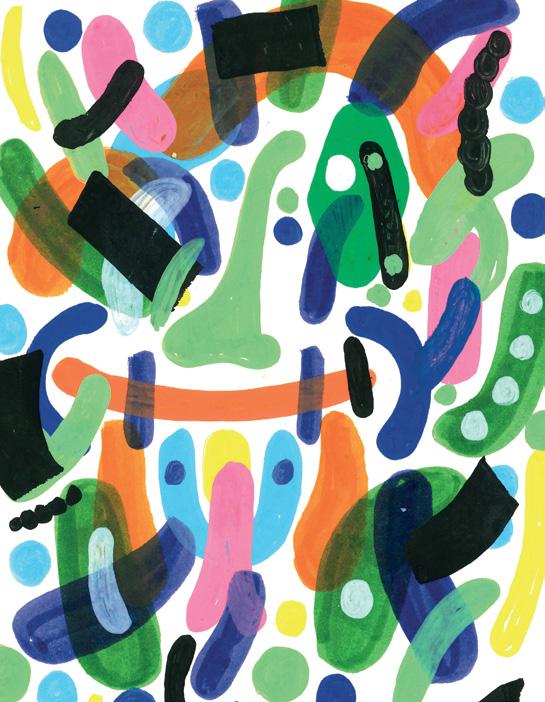
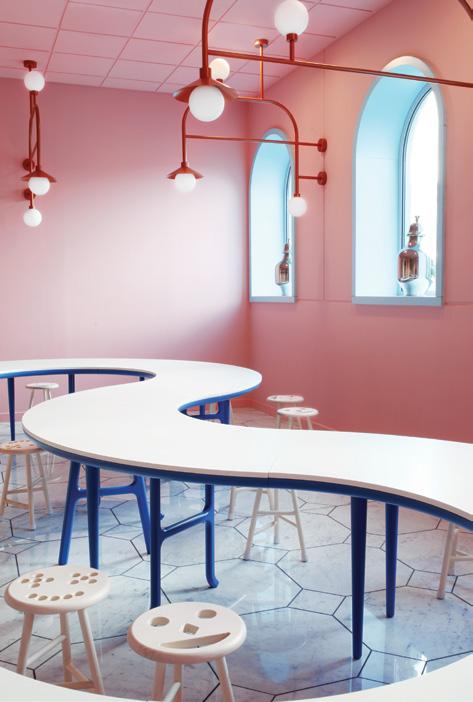
39 BACKLIST D ESIGN & F ASHION Barceló Torre de Madrid Hotel — Interior design featuring Gardenias armchair and Scuba lamps, 2016 ↑ Crystal Candy Set workshop at Baccarat atelier, France, 2009 Groninger Museum Family Lab — Interior design, Groningen, Netherlands, 2015
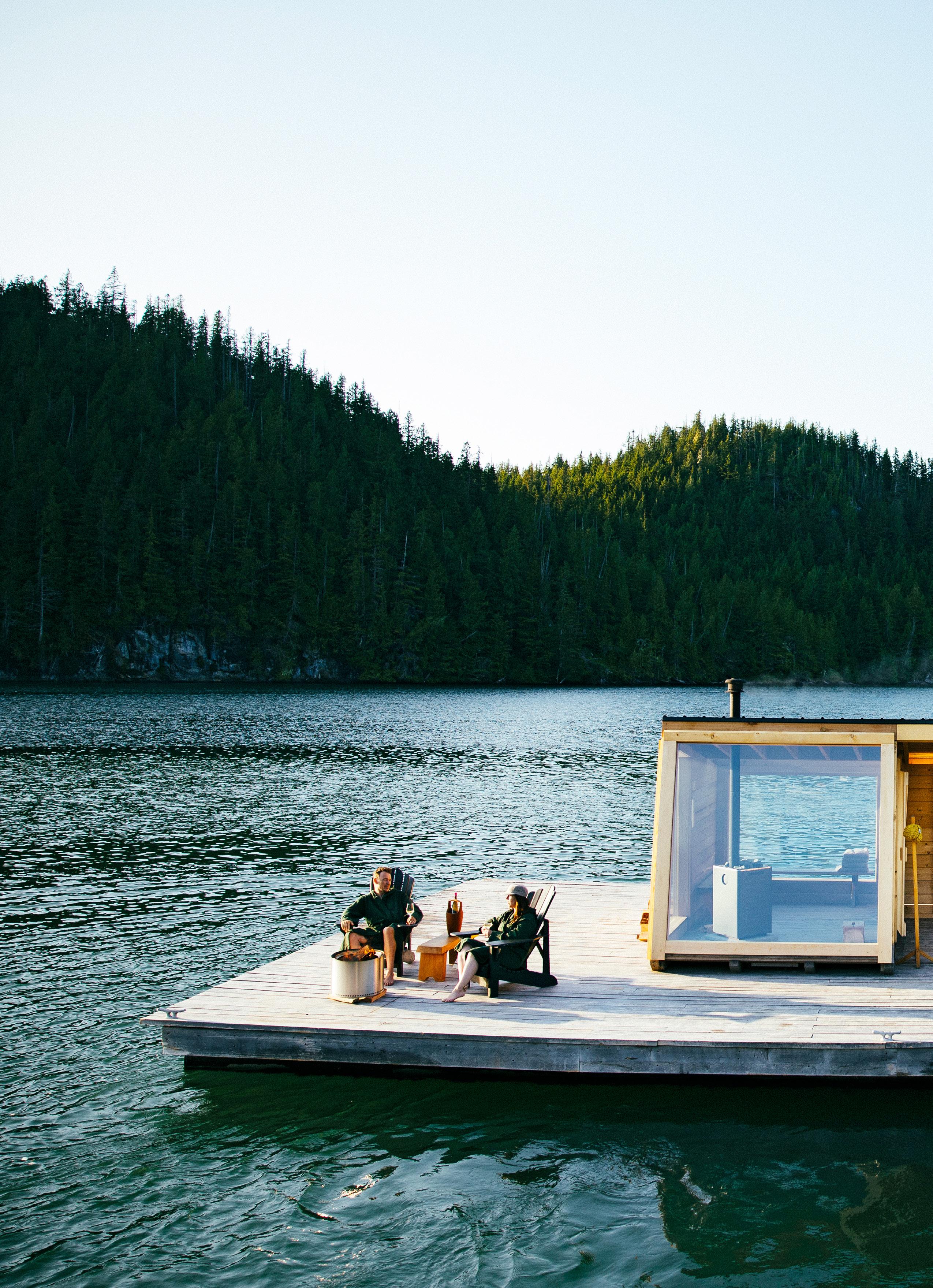
ESCAPE
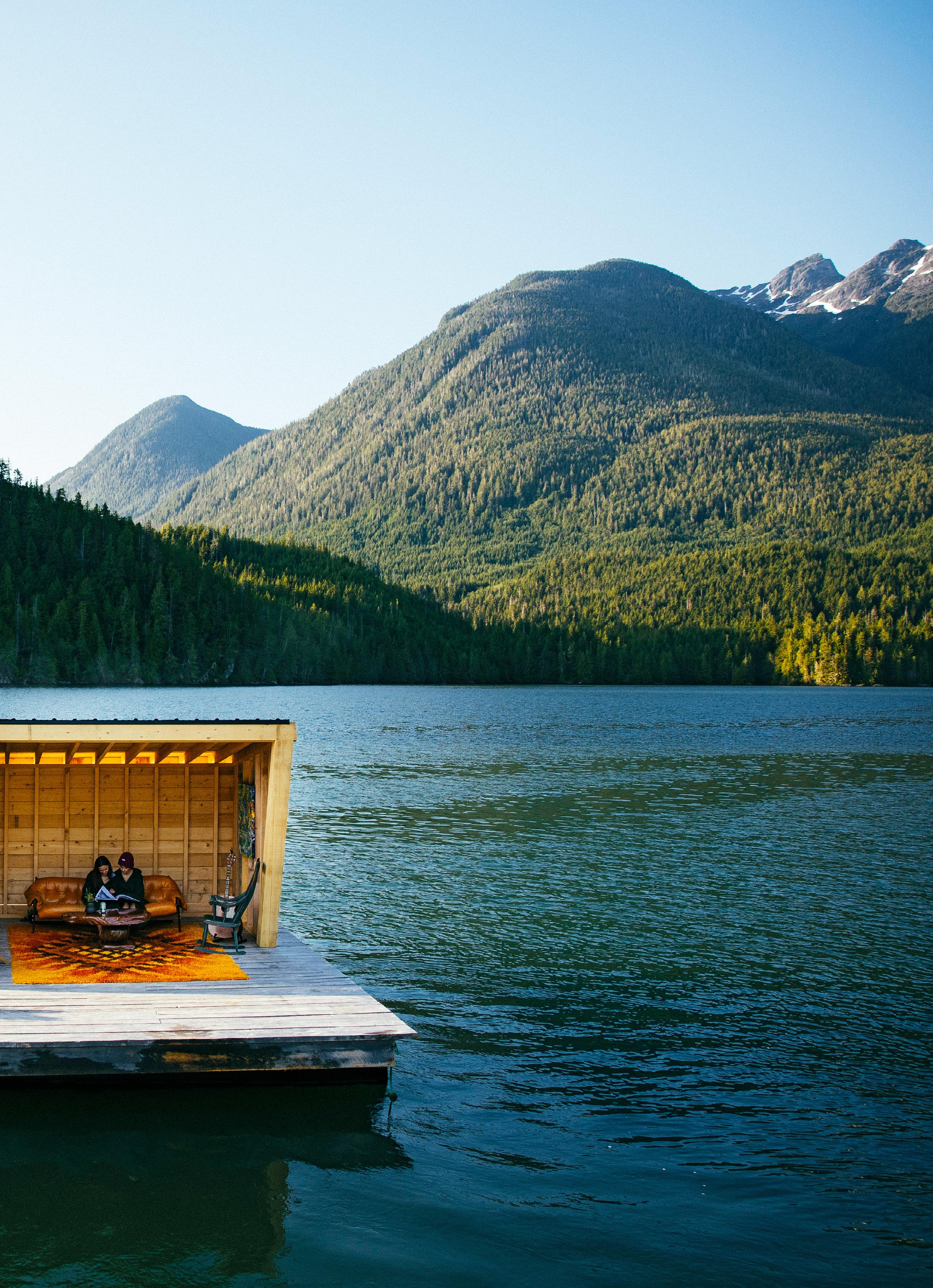
CHEVROLET CORVETTE STING RAY
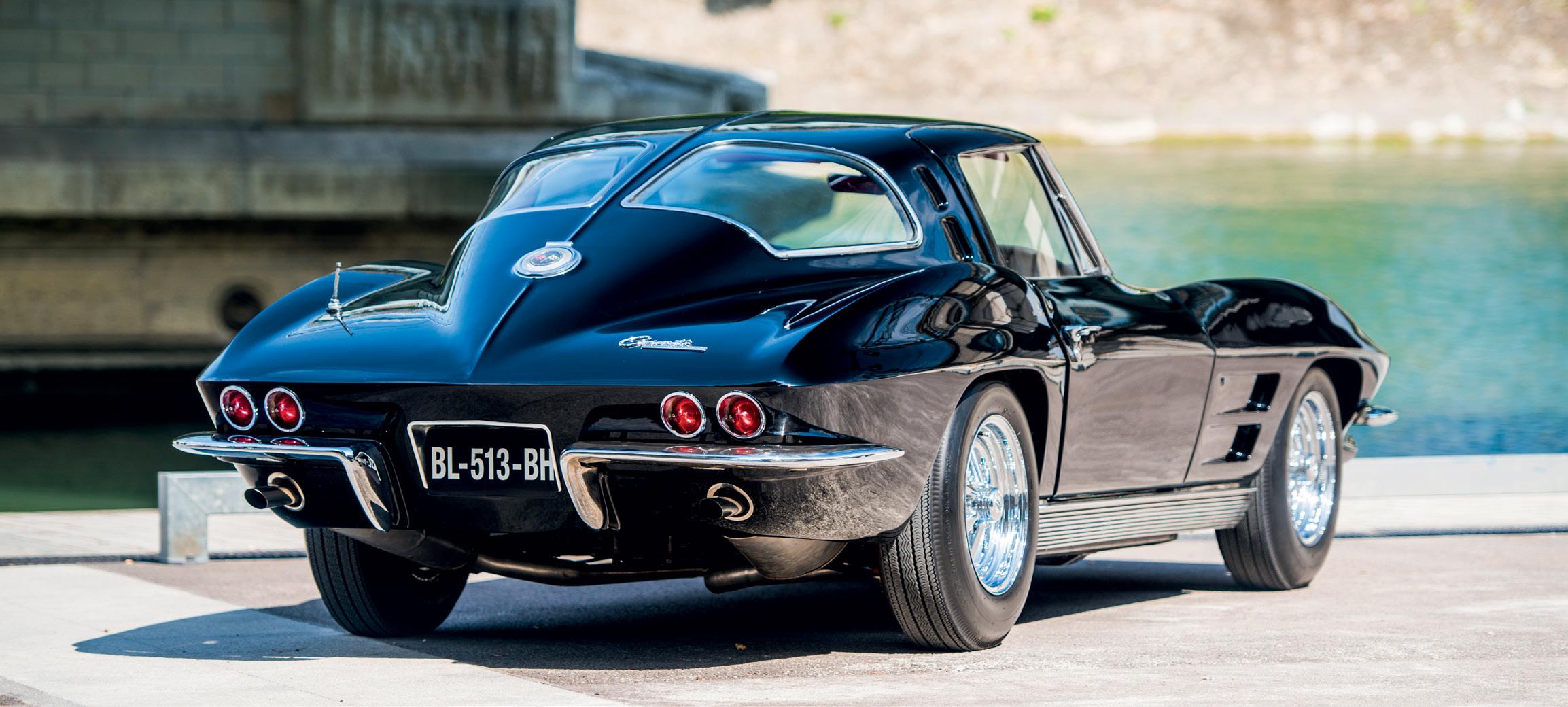
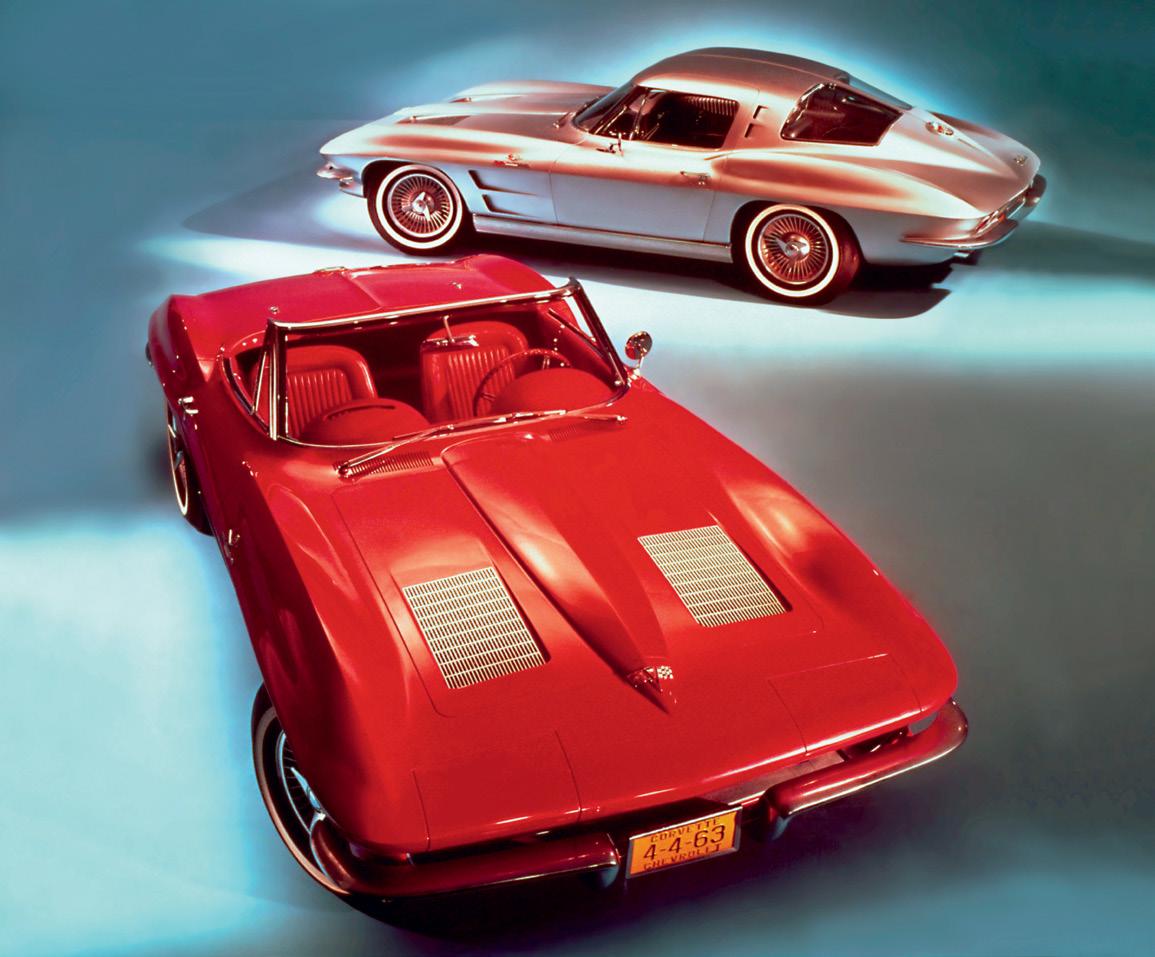
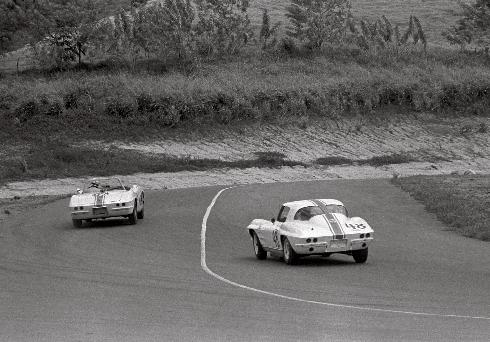
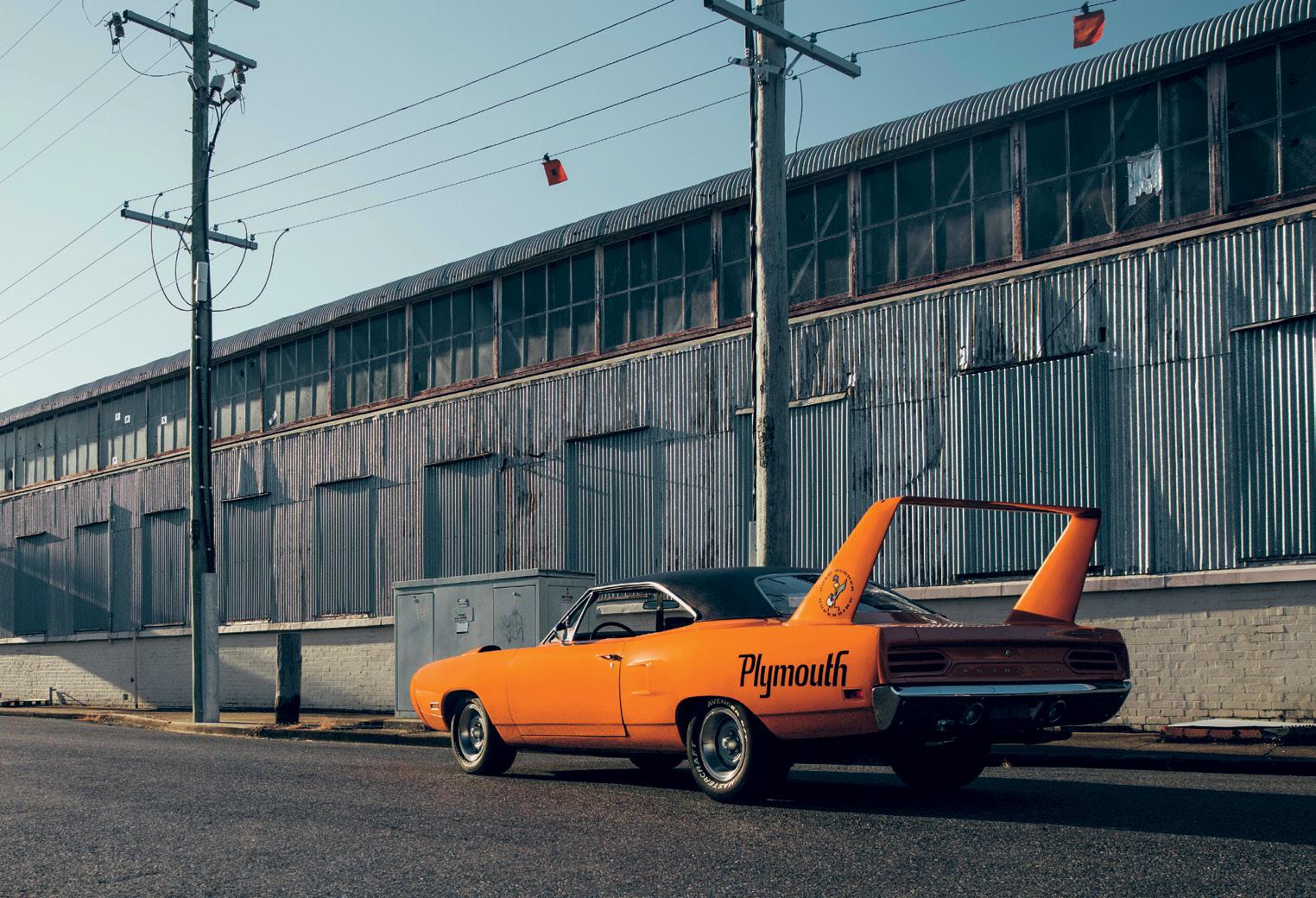

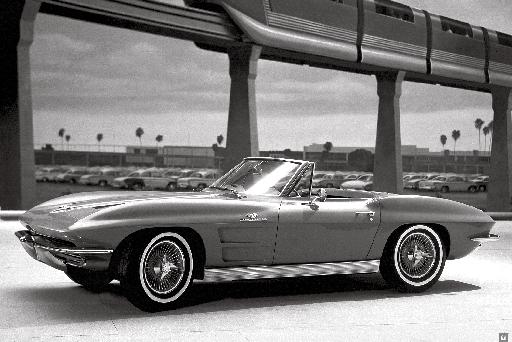
42 36 37 Chevrolet Corvette Sting ray Indeed the C2 Corvette made it to the production line— but only through force of personality, palace intrigue, European affinities, revolution, politics, and deception. And, in the end, nothing but a groundbreaking, optimistic, boldly American design could make it one of the most coveted cars of the sixties. There was an element of GM that always hated the Corvette. The first-generation had been strongly inspired by the European sports cars that the Belgian-born ArkusDuntov had been fond of, but initially, it was hampered by weak powertrains and engineering impracticalities. In 1955, though, the Corvette gained Chevrolet’s long-lived small-block V8, which moved things along nicely. Still, the European sports-car set sneered. However, Harley Earl, the senior statesman and creator of the Corvette, was still very much in charge. He had single-handedly created the GM Styling Section, becoming the first Vice President of Design within any American automotive company. Earl also introduced the world’s first concept car, created tailfins, loved chrome, made cars longer and lower and broader, carried a forceful personality, and was surprisingly progressive for the fifties—hiring minorities and women to join his design team. He was also responsible for bridging the gap between the design department and the hyper-masculine engineering teams with his temperament. He and Duntov believed in the Corvette’s potential. But by the end of the fifties, he was approaching retirement. And his chrome-laden glamor era was at odds with the design aesthetic of the man Earl had hand-picked to replace him, Bill Mitchell. By all accounts, Mitchell was brash, hard-talking, and confrontational; he was an obnoxious embodiment of sixties masculinity. However, he was also a visionary and a talented artist who had been working alongside Earl years before it was time for the latter to retire, in 1958. During this time, Mitchell had traveled to Italy numerous times to represent the Americans. And in Turin, he witnessed what long, low, and wide cars could be conceived of with a nod to aerodynamics: the Alfa Romeo Disco Volante, and the Abarth-Fiat streamliners, struck a chord with him. He believed in simple European design, knew the Corvette could be a fresh look for the future of GM, and believed in that, too. Problem was, GM didn’t believe in the Corvette. The race-prepped Z06 package was designed for endurance racing, with enlarged fuel tanks, stiffer shocks, and upgraded brakes. Peter Brock was still in design school when Bill Mitchell plucked his Corvette sketch for production, launching Brock’s career. Chevrolet sold more Corvette convertibles than coupes, and did so until 1969. Zora Arkus-Duntov in the Corvette SS, which exhibited great promise at the 1957 12 Hours of Sebring. “IT EXEMPLIFIED A GENERAL MOTORS OF A DIFFERENT MOLD, A SLEEK AND LOW-SLUNG SPORTS CAR INSPIRED BY THE BEST DIMINUTIVE EUROPEAN STYLING EFFORTS.”
Blacked-out headlights, lurid paint, a leering nose cone like a rocket ship, long enough to land a fighter jet. Black paint on the nose for that extra touch of menace. Press the horn and it goes “meep-meep,” but don’t call it an ordinary Road Runner; when saddled with a 425-horsepower Hemi, the Superbird is all fire and brimstone, ready to hit 200 miles per hour on the Talladega banking. And that wing, of course, sky-high like a suspension bridge, an indicator of serious intent. The Plymouth Superbird was both art and science, wind-tunnel aerodynamics designed in an era when NASCAR fueled seemingly crude innovation to its extremes. In an age where baby boomers thrived off cheap speed and counterculture, where automakers built outrageous, high-horsepower cars and sold them with panache, the Superbird was nothing short of the wildest muscle car ever built. By 1970, Richard Petty was NASCAR’s greatest driver. Four years earlier, the boy from Level Cross, North Carolina, had won his second Daytona 500, becoming the first driver to ever do so; a year later, he won a record 10 races in a row. So dominant was he in the mid-to-late sixties that the NASCAR audience began to call him “The King,” a nickname that has remained with him to this day. Not many mortals are bestowed the nickname “The King,” but by the time Petty came in first in the Grand Nationals, he was NASCAR’s Elvis. What more, he was Plymouth’s superstar. Brands live and die by their own loyalties, and Petty had been driving Plymouths for a decade. But Ford hit hard in 1969. That year, it introduced the Torino Talladega: engineered by recent Le Mans winners Holman-Moody, with aero mods that added the equivalent of 75 horsepower, paired to a Boss 429 engine—enough to smash Dodge’s dominance. Petty, fearing that the Plymouths couldn’t hold it together on these new superspeedways, jumped ship. He would have driven the Superbird’s older brother, the Dodge Charger Daytona, but thanks to the hilarity of internal politics, Chrysler executives wouldn’t let him switch divisions. So he switched brands. Ford won 26 races that year, taking both Manufacturers’ and Drivers’ Championships (the latter with David Pearson). Petty won nine races and gave Ford a nice assist. The Plymouth Superbird was conceived, designed, and engineered solely to send “The King” back home. Minor differences between the Superbird and the Daytona: PlyMoUth SUPerBirD The once and future king was created just to lure NASCAR’s superstar back to his roots.
THE AMERICANS—BEAUTIFUL MACHINES
The Most Iconic Cars from the US and their Era
Editors: gestalten & Blake Z. Rong
Features: Full color, hardcover, stitch bound, 320 pages, 30 × 27 cm, 11 ¾ × 10 ½ inches
Price: € 60 (D) £ 55 $ 90 (US)
ISBN: 978-3-96704-160-6
9 783967 041606
Discover the captivating stories and timeless allure of American car culture, honoring the legacy of legendary models and the spirit of the open road.
The automobile is, undeniably, the backbone of the last 100 years of American society. The likes of Ford, Plymouth, and Chevrolet, defined a new era for the United States, from transcontinental travel to suburban family transportation. From the mass production of the Model T all the way through to the electric age of the Tesla, the automobile has been a staple in American culture for generations.
But these cars were not just practical machines. For many they projected an image of cool, represented a way of life, or was a means to make a living. The great American road trip was born behind a wheel, the Dodge Challenger ripped up the screen in Vanishing Point, and the city of Detroit rose and fell dramatically off the back of the American automobile industry.
The Americans—Beautiful Machines celebrates the likes of the Mustang, Gran Torino, Corvette, and many of the other classic models that put American automobiles firmly into the 20 th Century American zeitgeist.
WHAT TO EXPECT
• An impactful overview of the most iconic car designs in the United States from the 1920 s to the present day
• The story behind the models, their makers, and their era
• Striking archival and contemporary images of automotives
BLAKE Z. RONG is an editor and journalist who has covered historic cars for major publications both in Europe and the United States. His previous work for gestalten includes Beautiful Machines: The Era of the Elegant Sports Car and The Italians—Beautiful Machines. He holds an MFA from the Vermont College of Fine Arts and lives in Brooklyn.


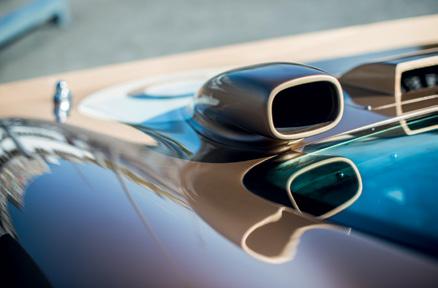
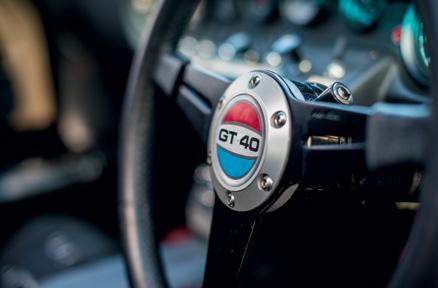
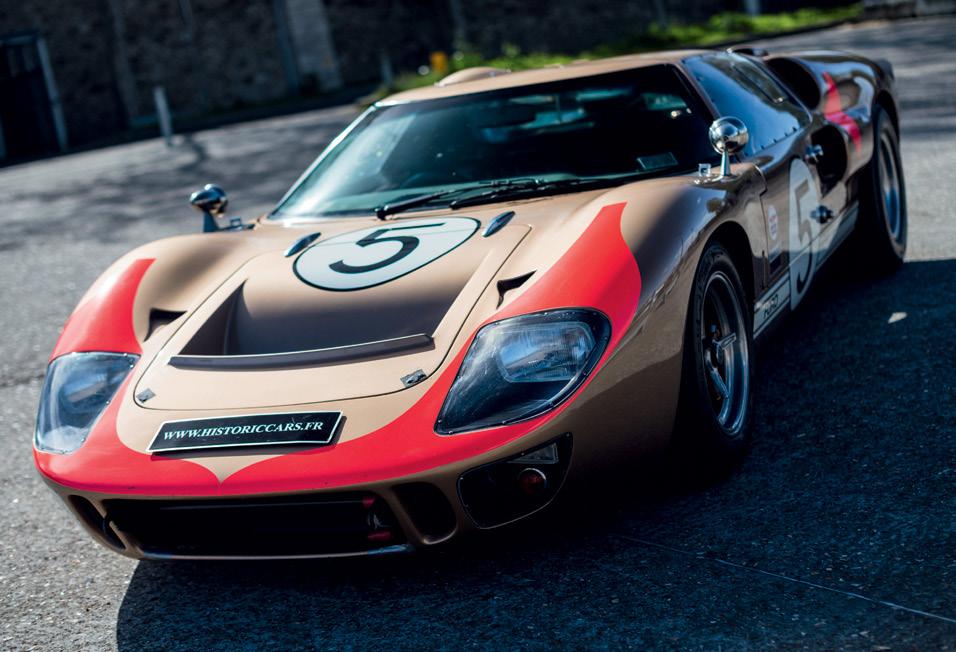
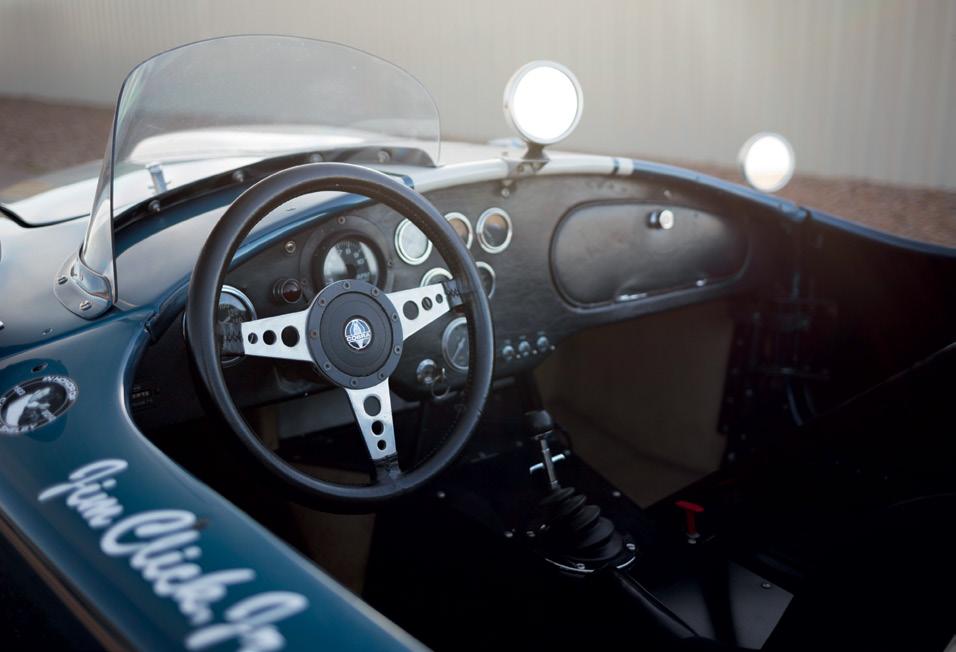
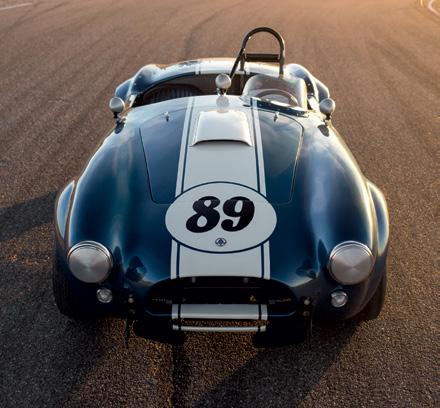
43 FRONTLIST E SCAPE more, of course, but with one-ton weight around 2,030 pounds, it was 500 pounds lighter than the Corvette. And it went like lightning. “With more rubber on the rear,” said Motor Trend, testing one at the defunct Riverside Raceway, “our 0–60-mph times could’ve been dropped from 5.8 seconds down to around 5 flat …it’s indeed fun car and one that offers unmatched performance in the production car field.” Shelby entered the Cobra into the SCCA’s United States Road Racing Championship in 1963, winning all but two races. It whipped the Corvettes, to the chagrin of engineer Zora Arkus-Duntov. And it fueled Shelby’s desire to head to Europe—where he had already won the 24 Hours of Le Mans with Aston Martin back in 1959—and stick it to Enzo Ferrari, whose new 250 GTOs were dominating the World Sportscar Championship. Ford, buoyed by Shelby’s success, opened its metaphorical wallet wide. And it was exactly the excuse Shelby needed to develop more aerodynamic car for the fast, fearless European tracks. After winning the 1959 24 Hours of Le Mans, Carroll Shelby began searching for a car to develop. He found it in the British AC Cars’ Ace. In 1963, the Cobra made its racing debut with the USRRC. It beat out the Corvette Grand Sports and won nearly every race in the season (above). “I told the team that wanted the car to appeal to women, but wanted men to desire it, too,” said Project Design Chief Joe Oros, in September 1962, explaining the brief that had been handed down to them from Lee Iacocca, then vice president of Ford. They were tasked with developing the most un-American of concepts—a small, sporty car. “I wanted Ferrari-like front end, the motif centered on the front,” he said. “I said it should be as sporty as possible and look like it was related to European design.” By the early sixties, Americans were in love with the sports car—just not American-made ones. However, only the Chevrolet Corvette came close to anything reasonably sporty, and long before the legend was established, the car was so anemic that executives nearly killed it after the first few years. In 1955, Ford introduced the rakish twoseat Thunderbird, and brand loyalists got excited: finally, a viable competitor of the Corvette. But the Thunderbird soon went upscale, gaining two more seats and all the trappings of mid-century luxury. Ford’s small cars weren’t sporty enough, and Ford’s sporty cars were too few and too expensive. At 35, Iacocca was among the youngest executives in Detroit when he became vice president. He had come from sales, and he knew how the game worked: the baby boomers, America’s most fortunate generation, were starting to come of age. They brought money, youthful enthusiasm, and possibly a few babies in tow. Total Performance was Ford’s advertising campaign that touted its all-out war against GM and Chrysler, from the dragstrip quarter-miles to NASCAR ovals to even the Monte Carlo Rally and European road circuits. But even this wasn’t enough. A small, sporty, and most importantly cheap car would truly shake up Ford’s image. Iacocca convinced Ford management that young people—the most fickle yet beloved of corporate demographics—would eat them up. The board agreed. Project T-5 began in September 1962 in earnest. Ford MUSTANG FASTBACK Launched to superstardom in 1964, Ford’s overnight success captured the zeitgeist of the muscle car area unlike any other car in the past 55 years.
SAMPLE COVER NEW RELEASE (EUROPE & UK): AUGUST 2024 RELEASE (INTERNATIONAL): SEPTEMBER 2024
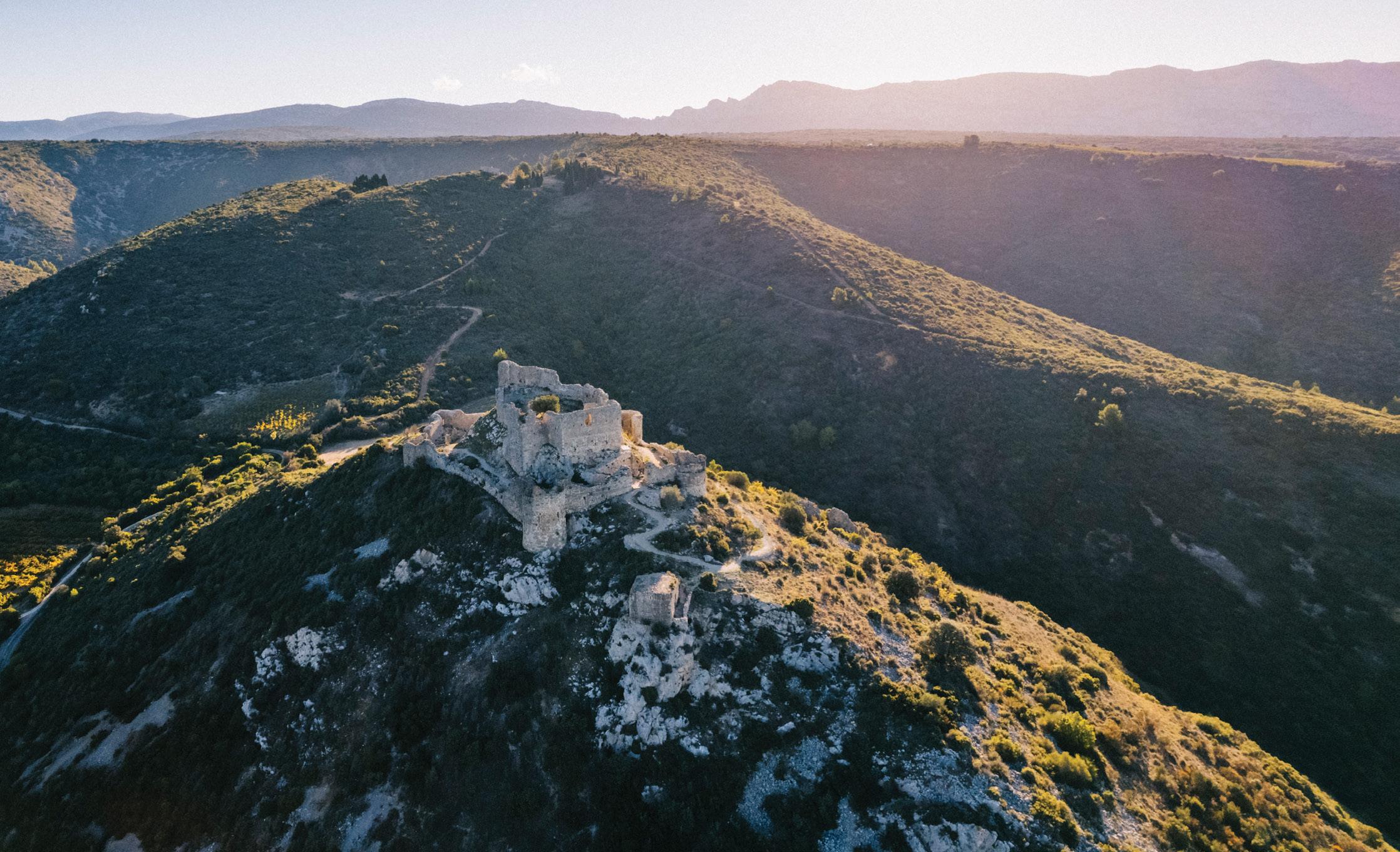
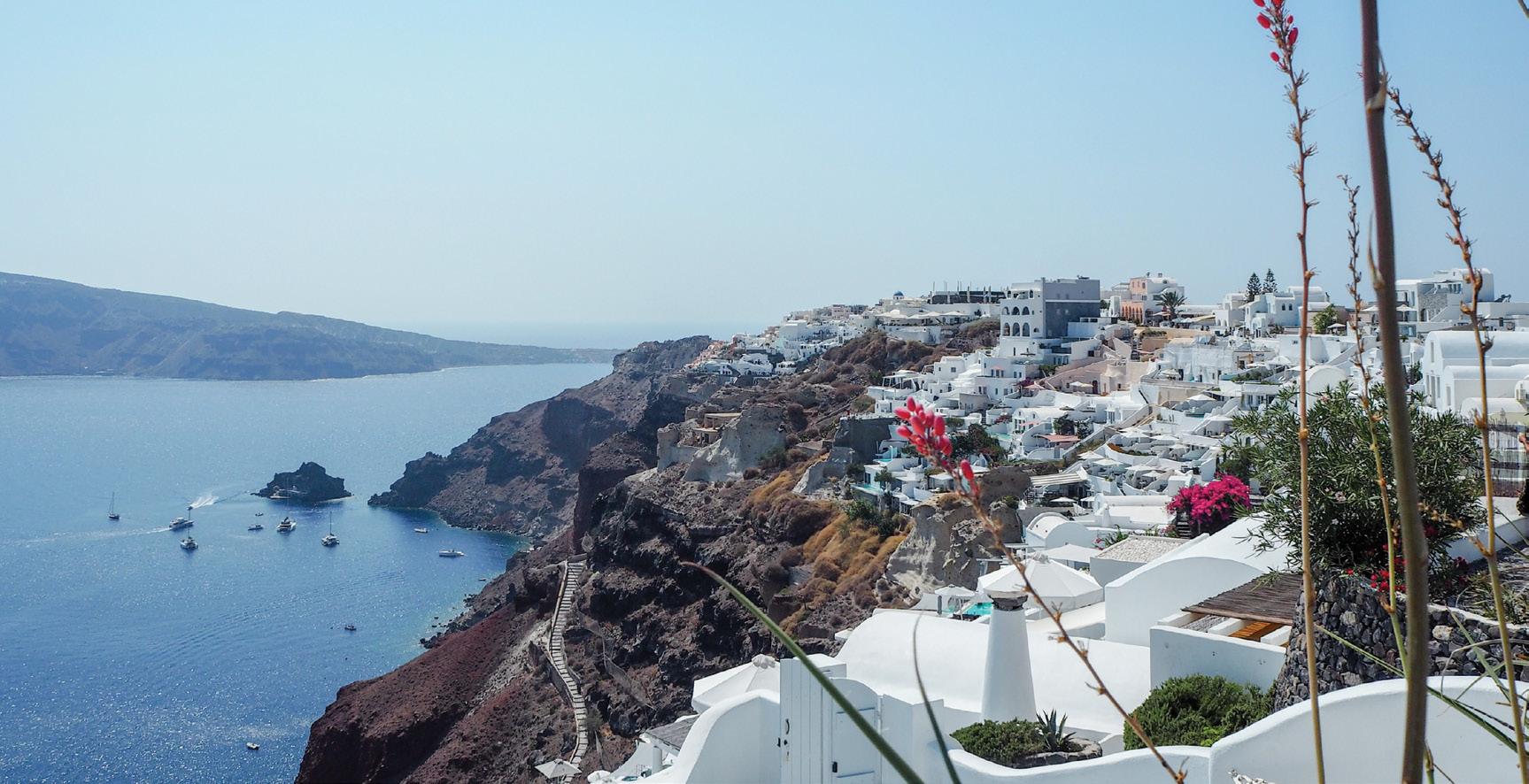
follow, and the tread is a mixture of dirt trails, cobblestones, and paved pathways. (tip: For an equally stunning yet wholly different perspective on Santorini, don’t miss taking a boat tour of the caldera.) our featured trail begins in the square beside Hotel atlantis in Fira, the capital of Santorini. Heading north through whitewashed streets, don’t worry if you deviate from your intended route; in Santorini, there are no wrong turns, just additional opportunities to explore. Following the cliff-hugging path out of the village, you’ll be afforded stunning coastal vistas toward the rock promontory of Skaros. after 10 to 15 minutes of mostly uphill hiking, you’ll reach Firostefani, which is considered its own village but, in actual fact, is simply an extension of Fira. Here, you’ll find roadside fruit stands, information signposts for walkers, and the three Bells of thira, an archetypal, blue-domed church with heavenly clifftop views over
the aegean. (tip: if you’ve made an early start and your stomach is rumbling, try Cafe Galini, a great breakfast spot located less than 200 m (656 ft) past the three Bells). Continuing on from Firostefani, after 15 more minutes of gradual ascent, you’ll arrive at the village of imerovigli. Sitting on the highest point of the caldera cliffs—over 300 m (984 ft) above sea level—imerovigli is known as “the balcony of Santorini.” among its upmarket hotels and eateries, be sure to visit the anastasis Church, another impressive, blue-domed house of worship with views so effecting that even atheists may be inspired to rethink their spiritual status. a few meters from anastasis is a junction at the Blue Note restaurant. Here, you can either take a right to continue exploring the village or a left to Skaros rock, one of Santorini’s most famous landmarks. (Note: Factor in 40 to 60 minutes to visit Skaros.) the way to Skaros promontory begins with a series of steep steps. Passing by the evocatively named Saint John the Beheaded Chapel, the exposed route affords jaw-dropping views to the north (towards oia), south (to Fira), and back towards the village of imerovigli.
In the spring and early summer, Skaros’ steep slopes will be sprinkled with a carpet of wildflowers, making a delightful contrast with the azure-colored waters hundreds of meters below.
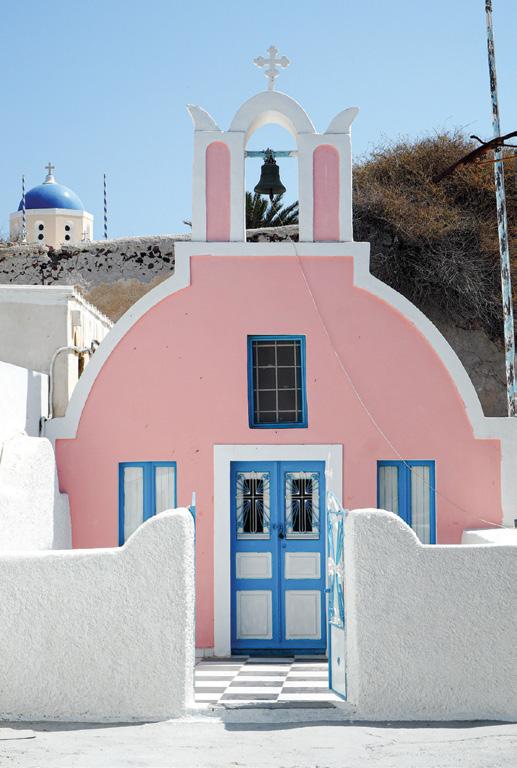
44 Cathar Way Occitania Region, France 264 265 Caption 200 � Caption. � Caption.
t rail
Greece
Fira to o ia
Santorini,
ABOUT THE TRAIL Ơ DISTANCE 11 km (6.8 mi) Ơ DURATION 3 hours Ơ TOTAL ELEVATION GAIN 515 m (1,690 ft) Ơ LEVEL Easy F amed for its sublime sunsets and precariously perched whitewashed houses, Santorini is one of the world’s most romantic islands. a crescent-shaped gem of the south aegean Sea, its distinctive shape was formed around 1600 BCE as a result of one of the largest volcanic eruptions in history. to this day, it remains the only inhabited caldera on the planet, and due to its explosive history, some believe it to be the inspiration behind ancient legends such as the lost city of atlantis. apart from being a favorite destination for sun-seeking couples, Santorini is also home to one of the Mediterranean’s finest day hikes—the Fira to oia trail. Measuring 11 km (6.8 mi) and taking around three hours to complete, the trail traces the caldera’s rim by way of four of Santorini’s most enchanting villages—Fira, Firostefani, imerovigli, and oia. the route is well marked and easy to
WANDERLUST MEDITERRANEAN
Exploring Trails along the Mediterranean Sea
Editors: gestalten & Cam Honan
Features: Full color, hardcover, stitch bound, 288 pages, 22 5 × 29 cm, 9 × 11 ½ inches
Price: € 45 (D) £ 40 $ 65 (US)
ISBN: 978-3-96704-137-8
9 783967 041378
RELEASE (EUROPE & UK): AUGUST 2024
RELEASE (INTERNATIONAL): SEPTEMBER 2024
Experience the best hiking routes under the southern sun through practical tips, comprehensive maps, and captivating visuals.
The Mediterranean region has some of the most beautiful and diverse landscapes in the world, encompassing soaring mountain ranges, wide forests, deep valleys, and rugged coastlines. From Spain to Jordan, via Italy, Greece, and more, the Mediterranean is a paradise for nature lovers and hikers.
In Wanderlust Mediterranean long-distance adventurer Cam Hogan takes us on a journey through the most breathtaking hiking routes in Southern Europe and beyond, taking in France, Portugal, the Balkans, Morocco, and other countries along the Mediterranean Sea.
The book comprises more than 25 featured hikes, including such spectacular trails as the Caminito del Rey, the Peaks of the Balkans, and the Selvaggio Blu trail. In addition to this there’s another dozen bonus hikes, plus maps, stunning photography, expert commentary, and countless tips for beginners and experts alike.
WHAT TO EXPECT
• Informative route-plans alongside practical tips for packing and accommodation for around 50 hikes
• Breathtaking imagery from a selection of leading landscape photographers
• Advice for beginners and seasoned hikers alike, from one-day hikes to longer treks
CAM HONAN has trekked across 61 countries and six continents, logging over 70,000 miles (112,654 km) in three decades. He has authored four bestselling titles for gestalten— Wanderlust, Wanderlust USA, Wanderlust Himalaya, and Wanderlust Nordics. Cam has been described by Backpacker Magazine as “the most travelled hiker on Earth”.
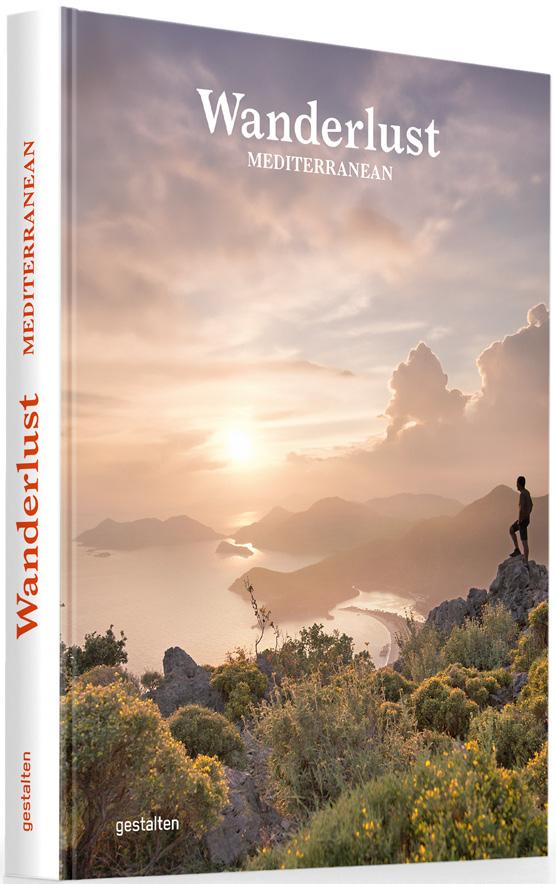
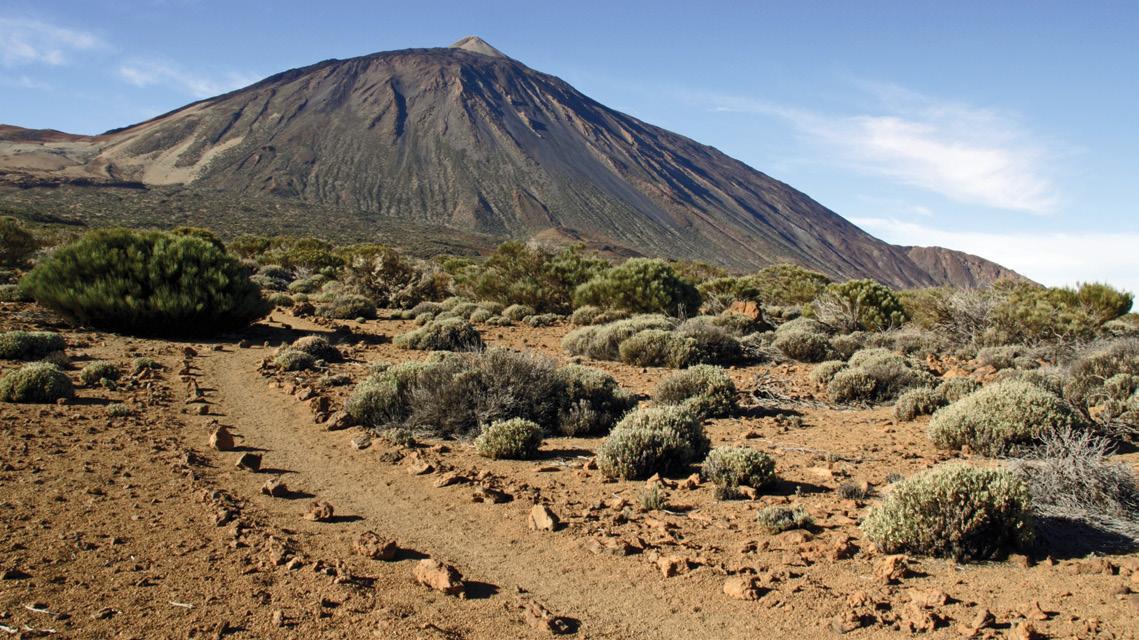
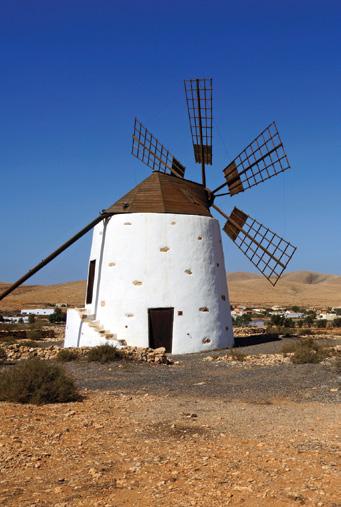
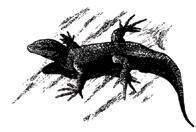
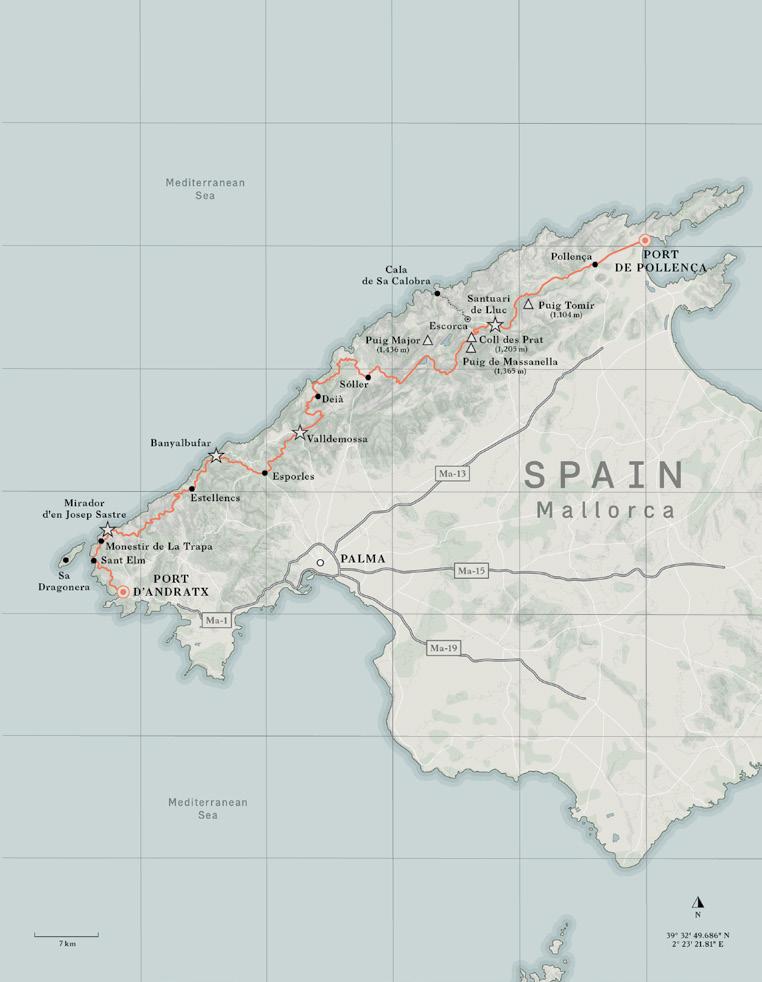
45 FRONTLIST E SCAPE Dry Stone r oute (G r 221) Mallorca SPAIN 546 BACKGROUND THE SNOW COLLECTORS OF MALLORCA Before the advent of ice-making plants, collecting snow to make ice was an important part of Mallorca’s cultural heritage. Dating back to the 16th century, nevaters (snow collectors) would venture into the tramuntana Mountains, collect snow in baskets, and then make ice by trampling it. once compacted, the ice would be stored in layers in specially built snow pits (casas de neu) covered by a combination of ash and branches. During the warmer months, blocks of ice would subsequently be brought down to the island’s villages and towns to be used for cooling food and drinks, making ice cream, and for medical preparations in hospitals and clinics. these snow pits can still be seen on and around some of Mallorca’s highest mountains, such as Puig Major (1,436 m/4,711 ft), Puig de Massanella (1,365 m/4,478 ft), and Puig tomir (1,104 m/3,622 ft). FLORA & FAUNA THE LIZARDS OF SA DRAGONERA the Lilford’s wall lizard (Podarcis lilfordi) is a stout-bodied, long-tailed reptile endemic to the Balearic Islands. Due to the repeated introduction of invasive species dating back to roman times, they are now only found on uninhabited islets around the archipelago’s major islands. the most prominent home of Lilford’s wall lizard is Sa Dragonera, located just off the west coast of Mallorca. A protected nature reserve since 1995, Sa Dragonera is accessible via regular boat excursions from the fishing village of Sant elm, which is just a few hours' walk north of the Gr221’s starting point in Port d’Andratx. GOOD TO KNOW START/FINISH Port d’Andratx to Port de Pollença SEASON Spring and autumn offer the best balance of warm and clear conditions. Winter be an excellent option for hikers who are happy to exchange the odd night of below-freezing temperatures for more in the way of solitude. ACCOMMODATIONS options include mountain huts, hotels, and camping. HIGHLIGHTS 1. Long-ranging coastal views from the Mirador d´en Josep Sastre 2. Banyalbufar village and the mountain town of Valldemossa 3. the cobbled pathways and “snow pits” of the tramuntana Mountains (see Background) 4. A side trip to torrent de Pareis Gorge (see Bonus track) 5. Sanctuario de Lluc monastery HELPFUL HINTS GETTING THERE & AWAY Mallorca is serviced by flights from all europe. once on the island, buses run to almost all the villages and towns along the Gr221. SUPPLIES It’s possible to purchase supplies in all the towns and villages along the Gr221. opening hours are generally 9:00 a.m.–1:00 p.m. and 4:00 p.m.–8:00 p.m. While on Mallorca, be sure to try an ensaïmada, the island’s most famous pastry. originating from the 17th century, these coil-shaped sweet pastries are usually served with a generous amount of powdered sugar. they make for a perfect accompaniment to your morning coffee or an afternoon pick-me-up during a long day in the mountains. WATER Water is fine to drink from the tap. In the mountains, sources are few and far between and may not always be reliable. If in doubt about an upcoming water source, err on the side of caution, and carry a little more than you may need. WHAT TO BRING recommended items include a 50–60L backpack, sleeping bag rated to 0°C (32°F), three-season tent or tarp, sleeping mat, trail running shoes or lightweight synthetic hiking boots, water bottles, first aid kit, sun protection (hat, glasses, sunscreen), compass or GPS app on your smartphone, an overview map of the route, headlamp, toiletries, power bank for charging electronics, and trekking poles (optional). recommended clothing includes a fleece, rain jacket, rain pants, beanie or buff, two or three pairs of socks (one kept clean for sleeping), hiking pants shorts, long-sleeved hiking shirt, and a bathing suit. BONUS TRACK TORRENT DE PAREIS GORGE TRAIL Mallorca’s most famous day hike, the torrent de Pareis Gorge trail, is a not-to-be-missed side trip during the Gr221. Located in the heart of the tramuntana Mountains, this spectacular 12.6-km (7.8-mi) out-and-back excursion takes an average of five hours to complete and is rated moderately difficult. Beginning in escorca on highway MA-10 (around 3 km/1.9 mi west of where the Gr221 crosses it), hikers will descend the sheer-sided canyon picking their way through boulders and squeezing through narrow gaps to eventually emerge at the Cala de Sa Calobra. this idyllic sandy cove makes for a perfect spot for lunch and mid-hike swim before making the return journey to escorca (tip: Be sure to check the weather forecast before undertaking the torrent de Pareis Gorge trail because of the risk of flash floods). 628 � Caption. � Caption. GR131 (Tene R ife) Canary Islands SPAIN The GR131 on Tenerife traverses desert, rainforest, and volcanic moonscapes and boasts lots of opportunities to observe the Canary Islands’ plant and animal life. ABOUT THE TRAIL Ơ DISTANCE 89 km (55.3 mi) DURATION 5 days Ơ TOTAL ELEVATION GAIN 4,530 m (14,862 ft) Ơ LEVEL Moderate T he Canary islands are a volcanic archipelago located 100 km (62 mi) off the coast of Morocco. Consisting of seven main islands (Tenerife, Gran Canaria, La Gomera, fuerteventura, La Palma, Lanzarote, and e Hierro), they have been a Spanish territory since the 15th century and, in recent decades, have become a population destination for european tourists, drawn by gorgeous beaches, mild climate, and budget airline prices. from a hiking perspective, the Canary islands' coastal and interior landscapes boast a number of ambulatory options, the longest and most immersive of which is the mighty GR131. Spanning the archipelago—with nautical assistance from the islands’ ferry network—the GR131 measures 650 km (404 mi) and takes an average of a month to complete. for those with less time at their disposal, the trail's most varied and scenic section is on Tenerife, where it traverses desert, rainforest, and volcanic moonscapes during its 89-km (55.3-mi) course. Apart from its biodiversity, other distinguishing characteristics of the Tenerife leg include: 1. t’s the only island on which the trail doesn’t stretch from coast to coast (it both starts and ends inland); 2. t passes through fewer towns and villages, which means less accommodation and resupply options; 3. it’s more forested and boasts more opportunities to observe the archipelago’s plant and animal life, and; 4. i is home to the majestic e Teide volcano, Spain's tallest mountain at 3,718 m (12,198 ft). The GR131 Tenerife begins in the village of La esperanza, a 10-minute taxi ride from the World-Heritage-listed San Cristóbal de La Laguna. Before setting out, be sure to pack sufficient food and water for the day, as there is nowhere to top off your bottles or purchase supplies until the end of stage 1 at La Caldera. (note: This same strategy holds true for each of the trail’s five legs.) from the village plaza, climb through dense woodland on a combination of well-graded dirt roads, paths, and log steps (more than 1,000 in total). Passing through enchanting forests of pine and laurel, watch for trail markings (the classic red-and-white GR blazes), as the way is occasionally convoluted with intersecting tracks and paths. After 30 km (18.6 mi) of oscillating terrain, you’ll reach the bar-restaurant and bus stop of La Caldera, where hikers who aren’t camping can SAMPLE COVER NEW
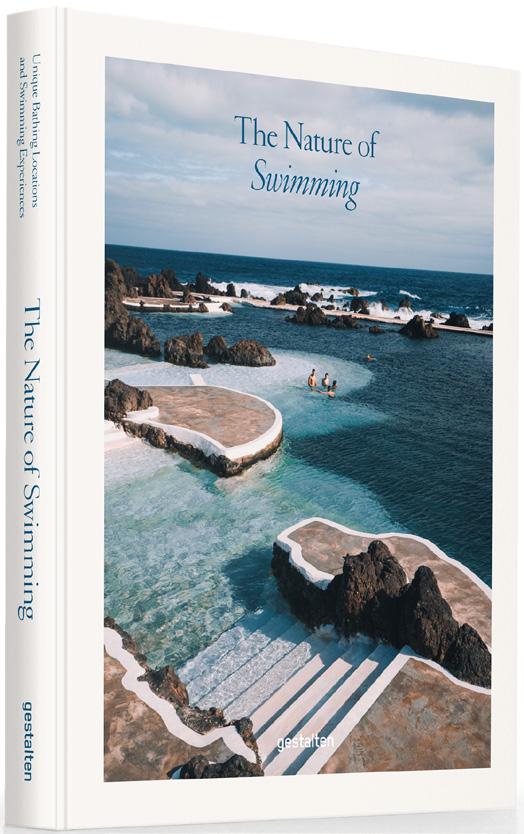
THE NATURE OF SWIMMING
Unique Bathing Locations and Swimming Experiences
Editor: gestalten
Features: Full color, hardcover, stitch bound, 256 pages, 21 × 26 cm, 8 ¼ × 10 ¼ inches
Price: € 45 (D) £ 40 $ 65 (US)
ISBN: 978-3-96704-102-6
9 783967 041026
The desire to bathe outdoors is as old as time.
The Nature of Swimming highlights some of the world’s most beautiful places for people to swim, bathe, play, and heal. From tidal pools in South Africa to hot springs in Japan, floating saunas in Sweden to waterfalls in Mexico, this book explores the all-round benefits of bathing to mind and body.
The Nature of Swimming features beautiful photographs of enticing waters in all shades of green and blue and essays that dive into the history and attractions of bathing across territories and time. Whether it is fabulous harbors and waterways in cities with established cultures of bathing, or places far removed from the hustle and bustle of metropolitan life, this book shines a light on the indelible connection between humans and water.
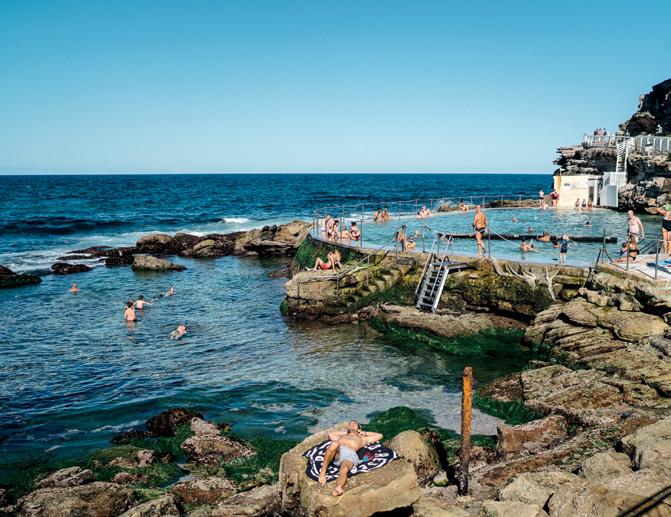
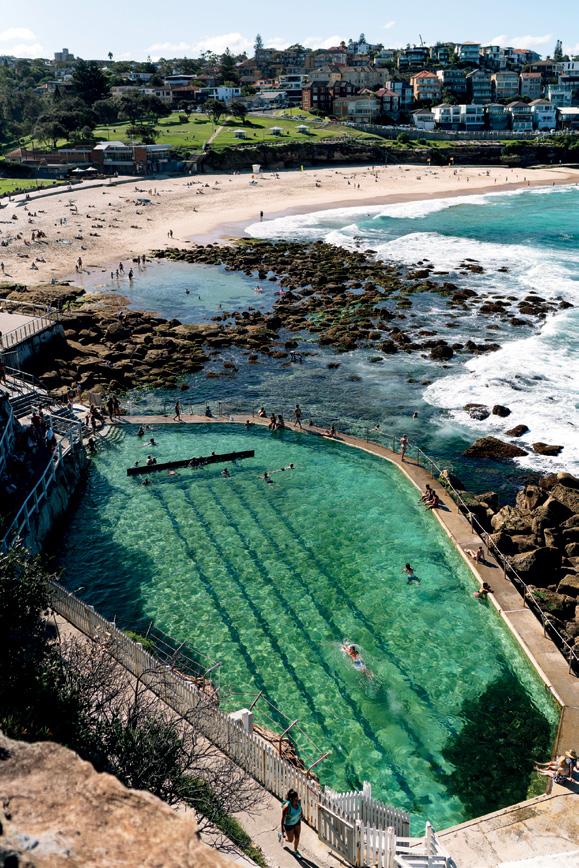
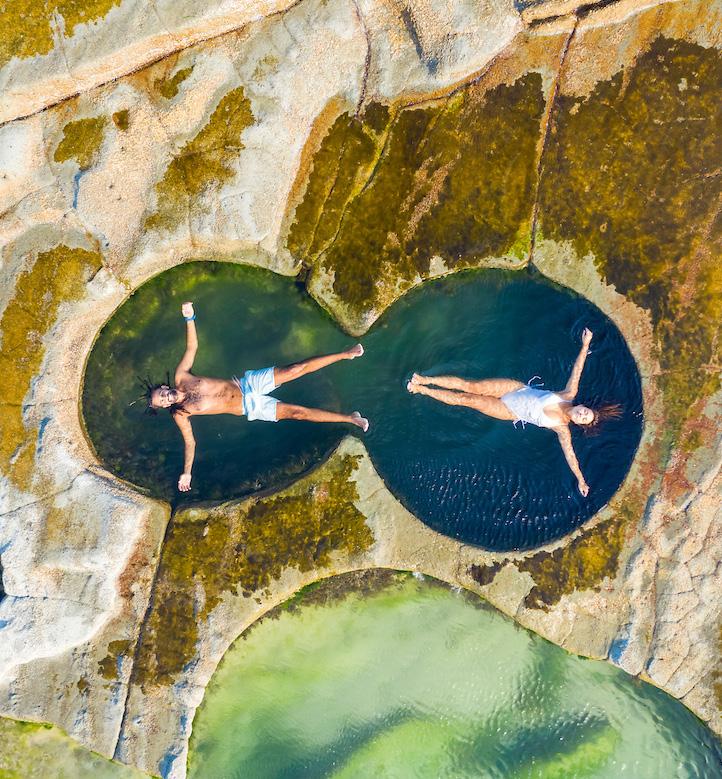
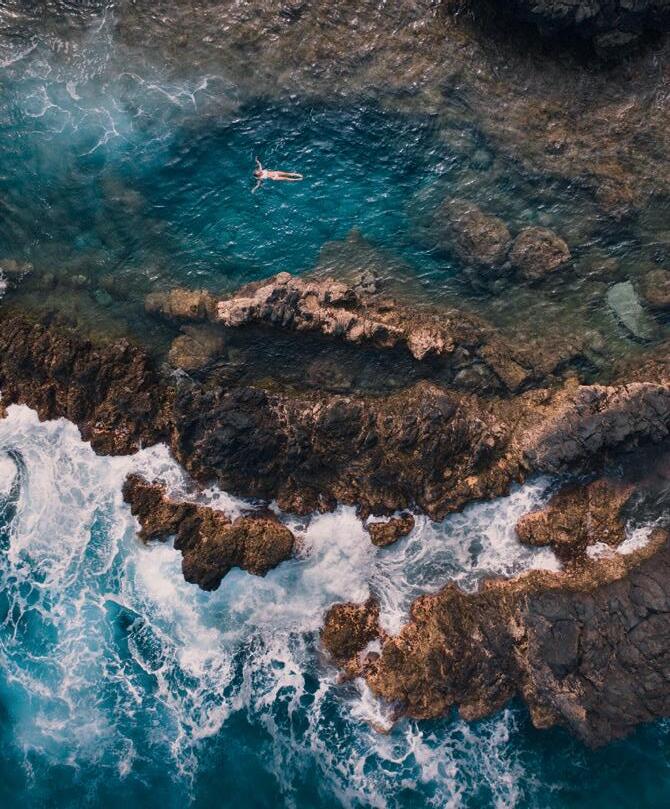
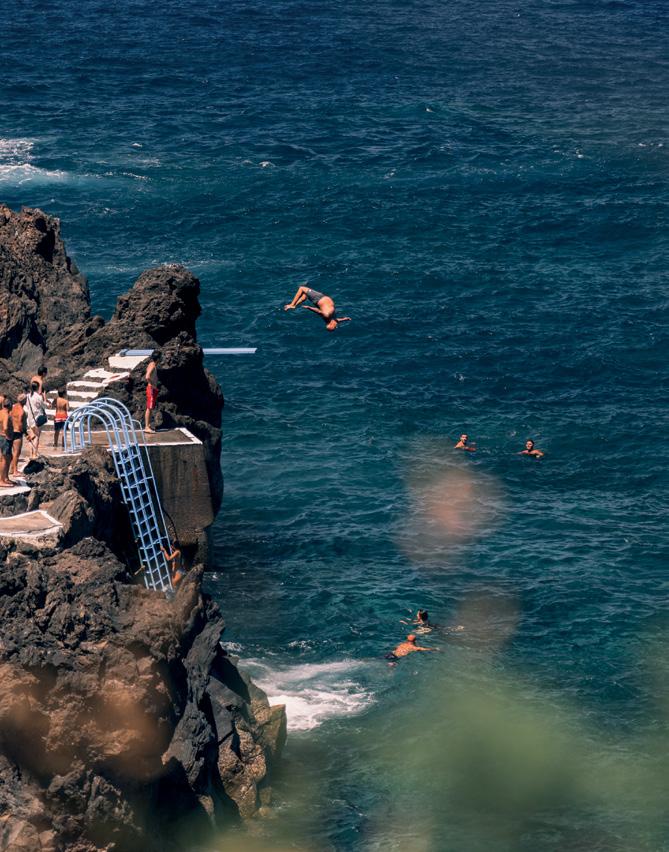
46 RECENT LIST 218 219 Rock pools are naturally formed by the rocks in Porto Moniz, providing safe swimming spots for the whole family. For the more daring, diving platforms and ladders allow easy access to the ocean from the area’s rocky outcrops. 74 Constructed in 1887, this public ocean pool has a wealth of history For over a century, when waves crash against the outer perimeter of Bronte Baths, children hold onto the chain railing to brace against impact, while the more serious swimmers bob up and down with the swell as they continue their laps. With stunning views of the Pacific Ocean, this free public pool was excavated from the sandstone rocks at the south end of Bronte Beach in the late 19th century, and it has been a playground, exercise location, and swimming-lesson site for generations of Australians since. BRONTE BATHS SYDNEY, AUSTRALIA Carved from Cliffs Just within Sydney
bathing in nature.
Dive deep into that age -old habit humans have carried over centuries—the ever - tranquil act of
Sidetracked Beyond
Editors: Sidetracked & gestalten
Features: Full color, hardcover, stitch bound, 272 pages, 22 5 × 29 cm, 9 × 11 ½ inches
Price: € 45 (D) £ 40 $ 65 (US)
ISBN: 978-3-96704-144-6
9 783967 041446
RELEASE (EUROPE & UK): JULY 2024
RELEASE (INTERNATIONAL): SEPTEMBER 2024
They say it’s the journey rather than the destination that truly counts. Here, we look at some of the best and longest adventures to test the human spirit.
Voyages is a celebration of the joys of adventure in places of breathtaking and pristine natural beauty. From paragliding part of the migration route of the Monarch butterfly, to sailing some of the remotest areas of the South Pacific to ski mountaineering in Tajikistan, Voyages takes you around the world in the company of intrepid souls seeking big vistas far off the beaten track. Whether mountain biking, skiing, surfing, or riding on horse-back, the stories collected here inspire with their scale and ambition, their passion and ingenuity.
Featuring stunning photography and immersive accounts of challenging and lifechanging journeys across deserts, snowscapes, mountains, and seas, Voyages invites the reader to seek out the undiscovered and see the world anew.
SIDETRACKED is an online and printed journal featuring a limited collection of personal stories of adventure travel, journeys and expeditions. The concept is simple; to capture the emotion and experience of adventures and expeditions throughout the world and to inspire.
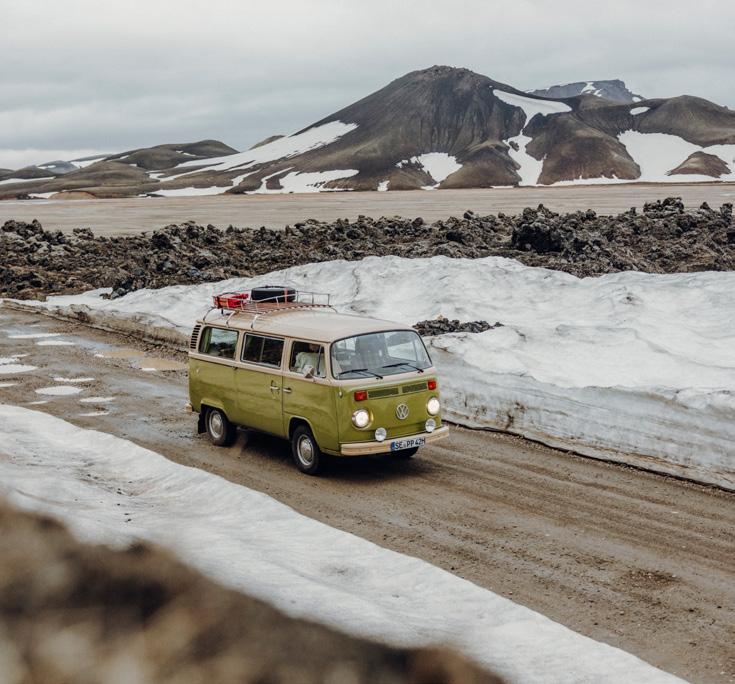
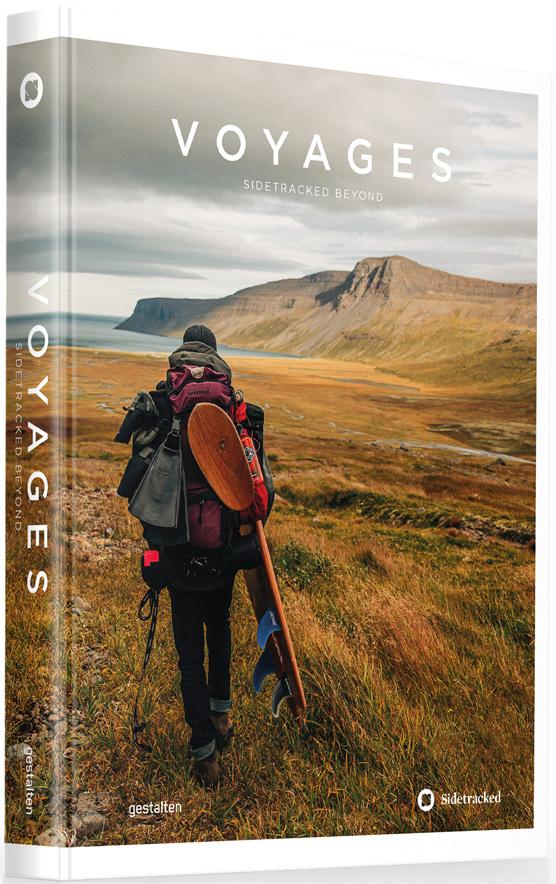
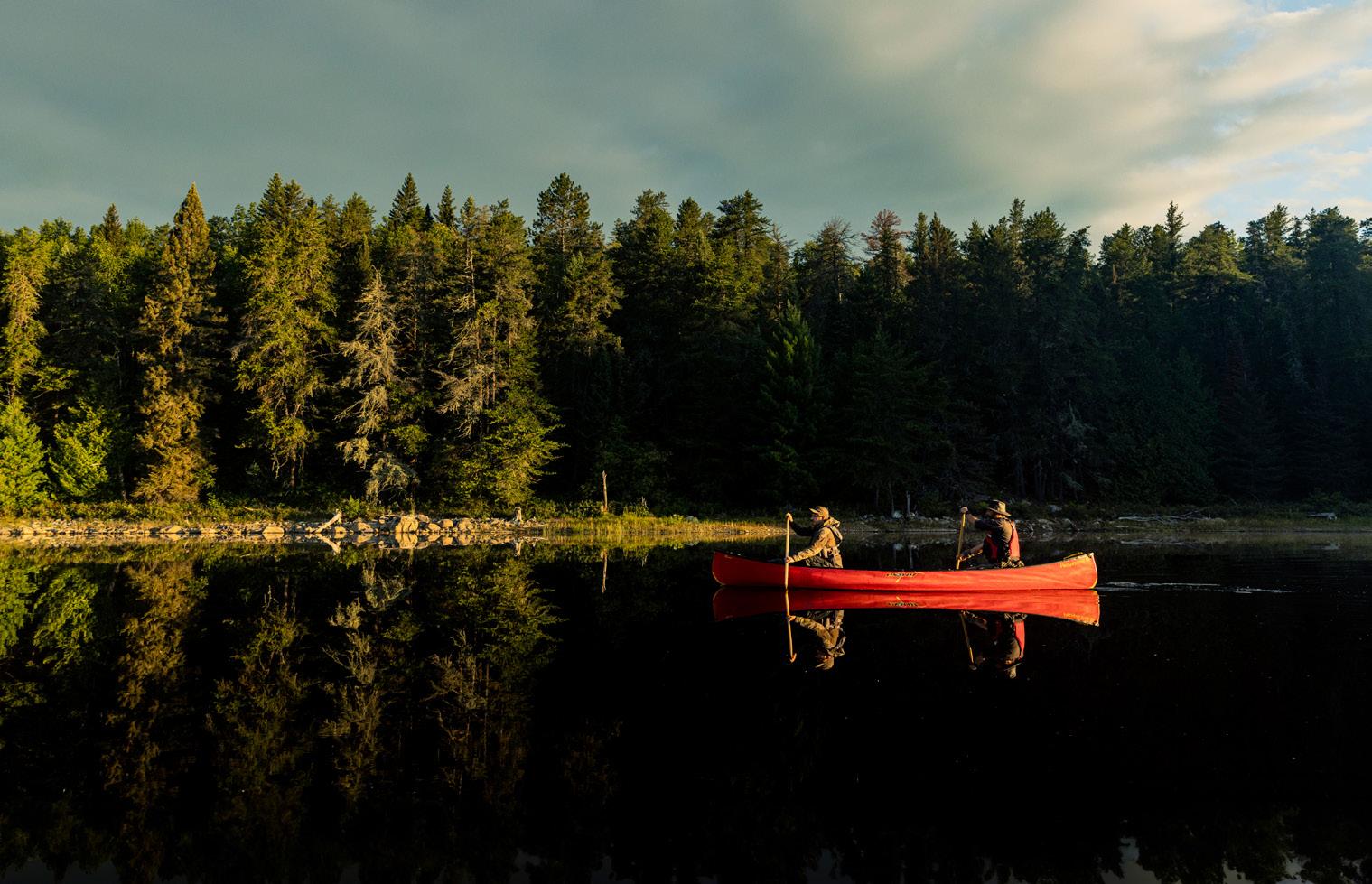
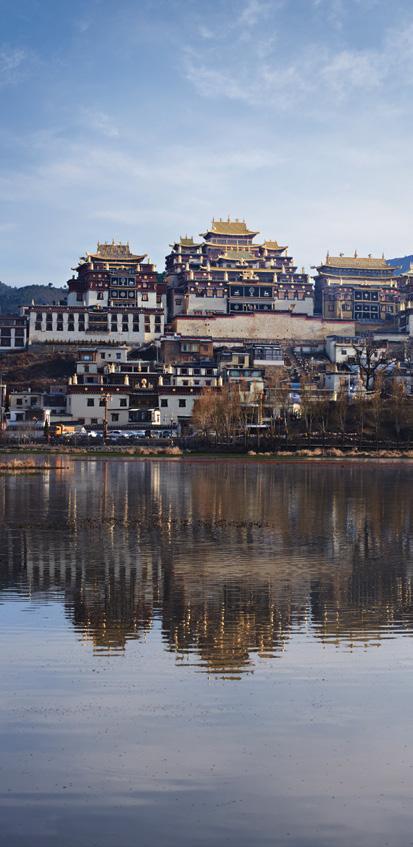
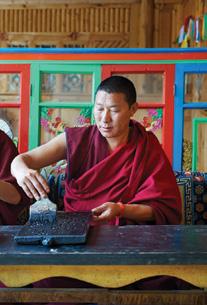

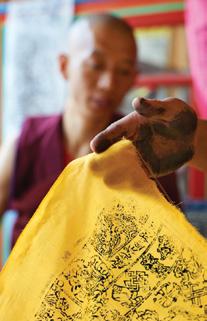

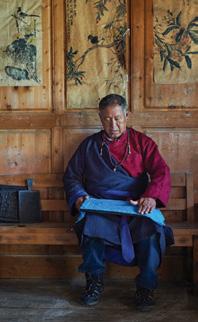
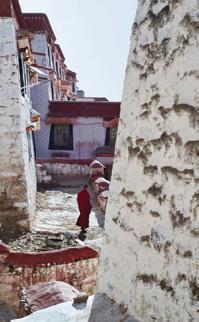
47 E SCAPE FRONTLIST 112 113 A chorus of roosters heralded dawn in the tiny village of Jiabi as Abá rose to attend to his song ra, lighting bundles of juniper in the ceremonial clay oven as an offering to the mountain gods. “This keeps the rains coming and the fields fertile,” he announced confidently before heading off to complete his morning kora. An hour passed. Abá returned just as the sun climbed over the high peaks, warming the valley below. From the roof of his house, Simon sat and watched the simple rhythm of village life gently unfold. Cattle were milked and chickens fed. Sheaves of barley were cut to mill into bread flour or distil into ará the local firewater. It was a place rich in tradition and superstition, where villagers took great care not to raise their voices as they went about their daily industry for fear of disturbing the malevolent, serpentine spirits said to inhabit the fields. Then, come nightfall, they locked their doors firmly against the chill, mindful that this was the time when the wandering souls of the dead came looking for a new home. The road leaving Jiabi followed the muddy Yangtze before veering off toward the borderlands of Sichuan, Yunnan, and Tibet, the treeline slowly disappearing as the altitude increased and herds of sharp-horned yak appeared on the horizon. Icons of the high plateau, yaks are revered beasts of burden that have played a central role in Tibetan culture for well over 2,000 years. Nomads set fires with their dung, knit tents with their hair, and cherish the milk of the female dri which is laboriously churned into butter in ornate mdong mo A cornerstone of Buddhist life, the kora is an act of devotion carried out day and night across the Himalayas. Tibetans perform circular pilgrimages around their most sacred sites, spinning prayer wheels and thumbing rosary beads as they go. Simon Urwin arrived in Jiabi at the start of a grand kora of his own: a three-week journey on foot that took him from the Tibetan tracts of rural Yunnan province, onward to Lhasa, and then across the Roof of the World to Everest Base Camp before finally looping back home.
VOYAGES
SAMPLE COVER
NEW
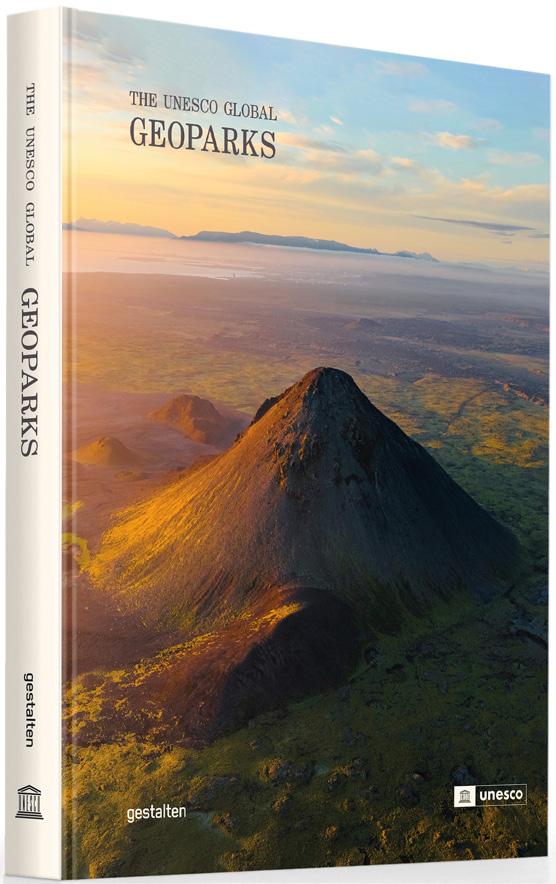
Scattered all over our planet are spectacular locations whose unique geological features tell the story of the Earth’s evolution over millions of years. These astounding natural landscapes, each with their own specific topographies and cultures, are the UNESCO Global Geoparks.
Encompassing almost 200 sites across almost 50 countries, the UNESCO Global Geoparks are a vast network of “living laboratories” that showcase nature in its most raw and glorious form—whether it’s a valley of volcanoes in Peru or a network of otherworldly caves in Italy. Accompanied by robust local customs, the UNESCO Global Geoparks are sites of both natural and historic importance.
Geoparks shines a light on these everevolving, vital places, which are crucial to our collective future and deserve our appreciation and protection more than ever.
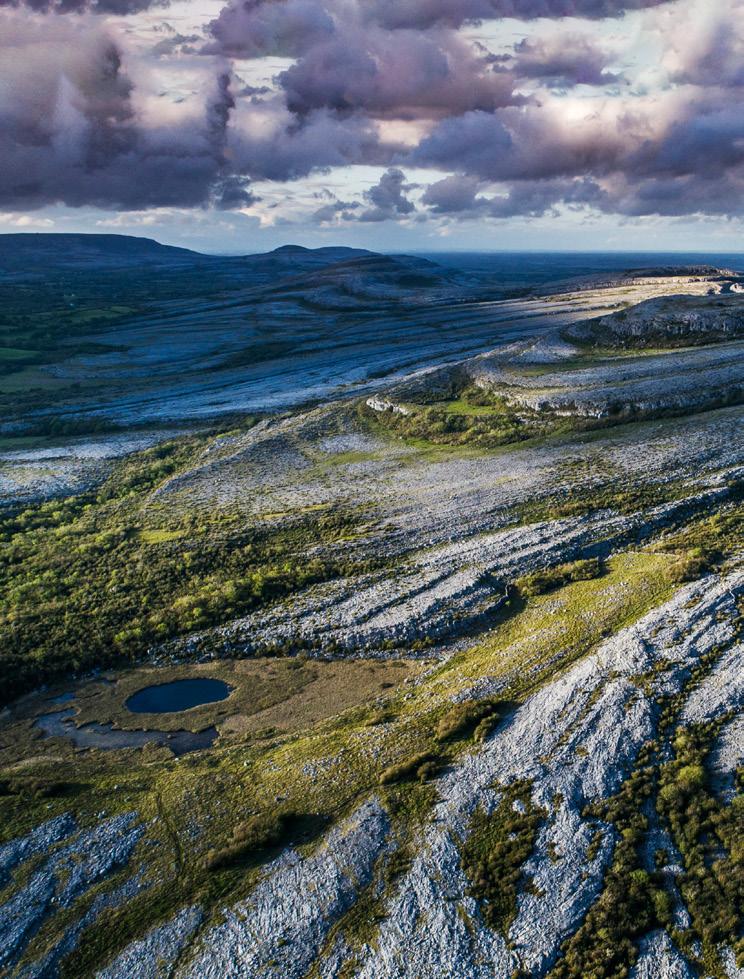
GEOPARKS
The UNESCO Global Geoparks
Editors: gestalten & UNESCO
Features: Full color, hardcover, stitch bound, 304 pages, 22 5 × 29 cm, 9 × 11 ½ inches
Price: € 50 (D) £ 45 $ 70 (US)
ISBN: 978-3-96704-088-3
9 783967 040883
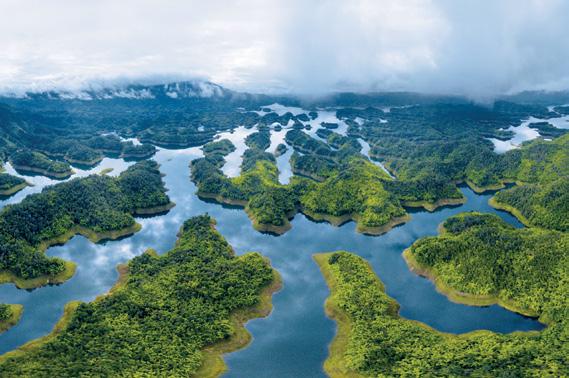
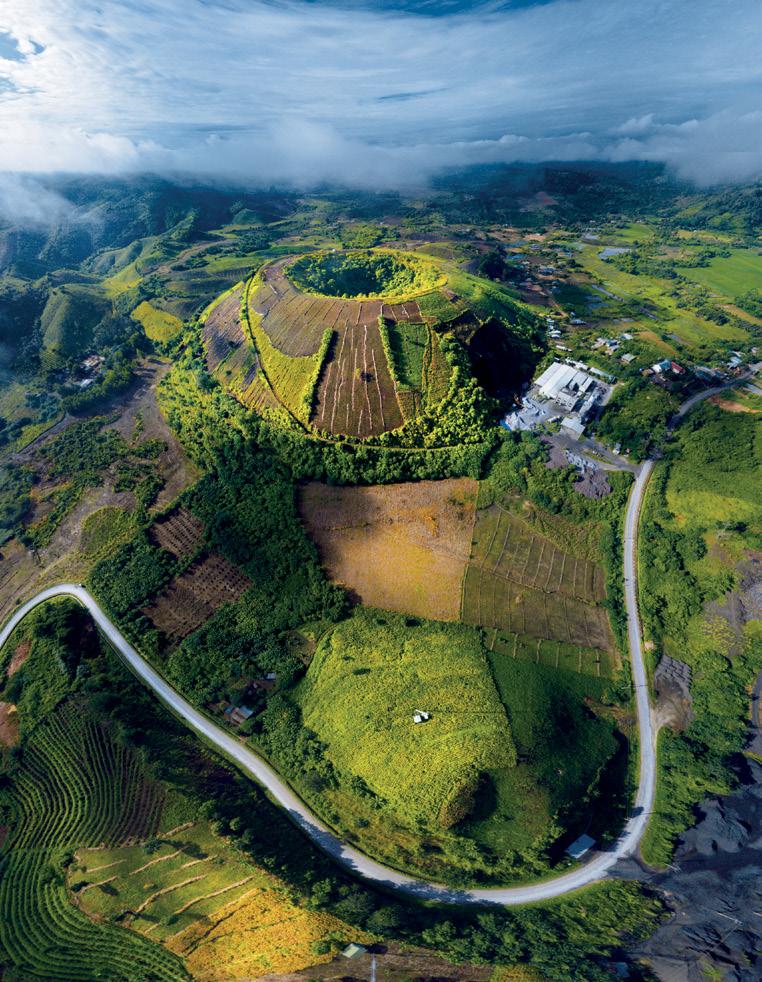

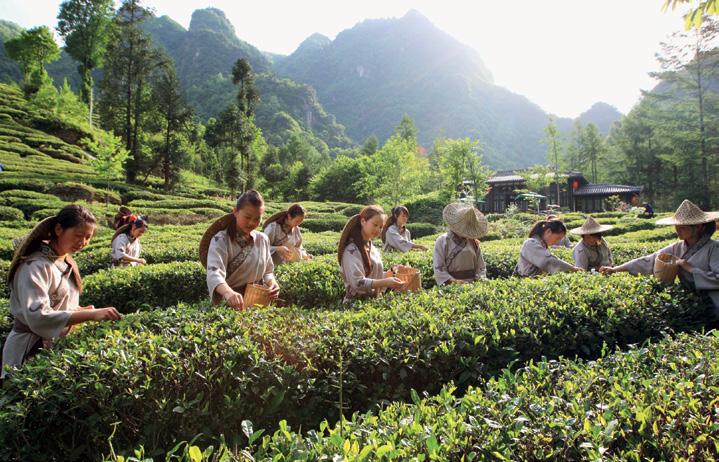

48 RECENT LIST 240 DAK NONG VIET NAM GEOLOGY In Southern Viet Nam, 200 km north of the capital Ho Chi Minh, the Dak Nong UNESCO Global Geopark is a land of fire and water. Although the region’s oldest geological formations date back to the Early-Middle Jurassic (200 – 163 Ma), it was the intense volcanic activity of the last 16.5 Ma and rain that gave the region its geomorphology and fertile soils which yield coffee, tea, rubber and large deposits of bauxite. At the end of the majestic Truong Son range is the Nam Blang volcano and volcanic cave lava field, an open-air classroom of volcanism featuring ash, cinder, volcanic bombs. Discovered in 2007 this is also Southeast Asia’s most important volcanic cave system which is over 10 km long, and features around 50 caves. HIGHLIGHTS The 1) Wet season from May to October offers the splendour of waterfalls at their peak. 2) Explorasound is the first museum entirely dedicated to sound in Viet Nam and features unique musical instruments integrated with modern technology. 3) A section of the Ho Chi Minh Trail used by the Viet Cong and the People’s Army of Viet Nam during the Viet Nam War runs through the Geopark. ABOUT THE PARK Area: 4,760 km When to visit: Sept. – Feb. Geopark since: 2020 (ABOVE) WITH A TOTAL AREA OF ABOUT 50 KM , TA DUNG LAKE ENCOMPASSES OVER 40 ISLANDS AND PENINSULAS. (RIGHT) THE MAIN AND HIGHEST SCORIA OF NAM KAR VOLCANO IS AROUND 60 M HIGH AND HAS A SMALL BUT PERFECTLY ROUND CRATER, 20 M DEEP. THE VOLCANO IS LESS THAN 10,000 YEARS OLD. ASIA 257 and shrublands, part of the Shennongjia UNESCO Biosphere Reserve, the Geopark features the tallest mountains of the Hubei region, with thirty-two peaks above 2,500 m and six above 3,000 m that pierce through the clouds like stone towers. A network of roads crosses the Geopark’s territory, divided in five subareas, each with its own landforms, ecosystems and scenery. In the East, the lowlands of Daijihu are the only well-preserved subalpine sphagnum marsh wetlands of central China, an area of natural lakes and alpine meadows where spotted deer, antelopes and white storks can be seen. From there, the road climbs to the Shennongding region peaks, the 3,000 m tall Roof of Central China that feeds the mighty Yangtze River. Further east lie the gentle slopes of the Laojunshan area. The best place in China to see golden snubnosed monkeys and giant salamanders, this ancient SHENNONGJIA / ASIA TEA PICKING. HUBEI IS ONE OF THE NATION’S MAJOR TEA PRODUCING AREAS. (BELOW) THE GOLDEN SNUB-NOSED MONKEY.
Preserving nature’s wonders for future generations.
PARKLIFE HIDEAWAYS
Cottages and Cabins in North American Parklands
Editors: gestalten & Parks Project
Price: € 45 (D) £ 40 $ 60 (US)
ISBN: 978-3-96704-139-2
9 783967 041392
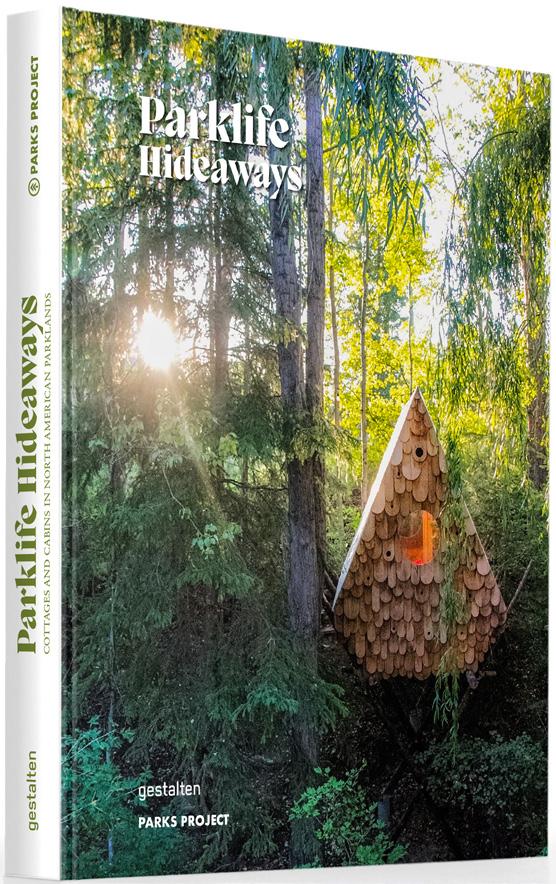
Parkitecture, otherwise known as National Park Service Rustic, is the beloved architectural style of the U.S. national parks and the inspiration for this compilation of homes and off-grid hideaways nestled in some of North America’s most beautiful natural landscapes. Made in collaboration with Parks Project, Parklife Hideaways shines a light on magical homes built to make minimal impact while celebrating the natural features of the surrounding landscapes and their transcendent vistas. From the verdant forests of New York State and British Columbia to the snow- covered peaks of Alaska; from the sunset-blessed deserts of Arizona to the rugged California coast, these unique sanctuaries are a testament to conservation and how human design can partner with nature.
Among them are cabins, cozy nooks inspired by treehouses; A-frame structures and desert retreats open to the vastness of the sky. We look at the evolution of parkitecture styles over the decades, as well as the ways in which people adapt to living in remote places. And we meet some of the mavericks who make the dream of living in nature a daily, mindful reality, preserving it for generations to come.
YOU MIGHT ALSO LIKE

THE PARKLANDS Trails and Secrets from the National Parks of the United States
Editors: gestalten & Parks Project
€ 45 (D) £ 40 $ 60 (US) ISBN: 978-3-96704-029-6
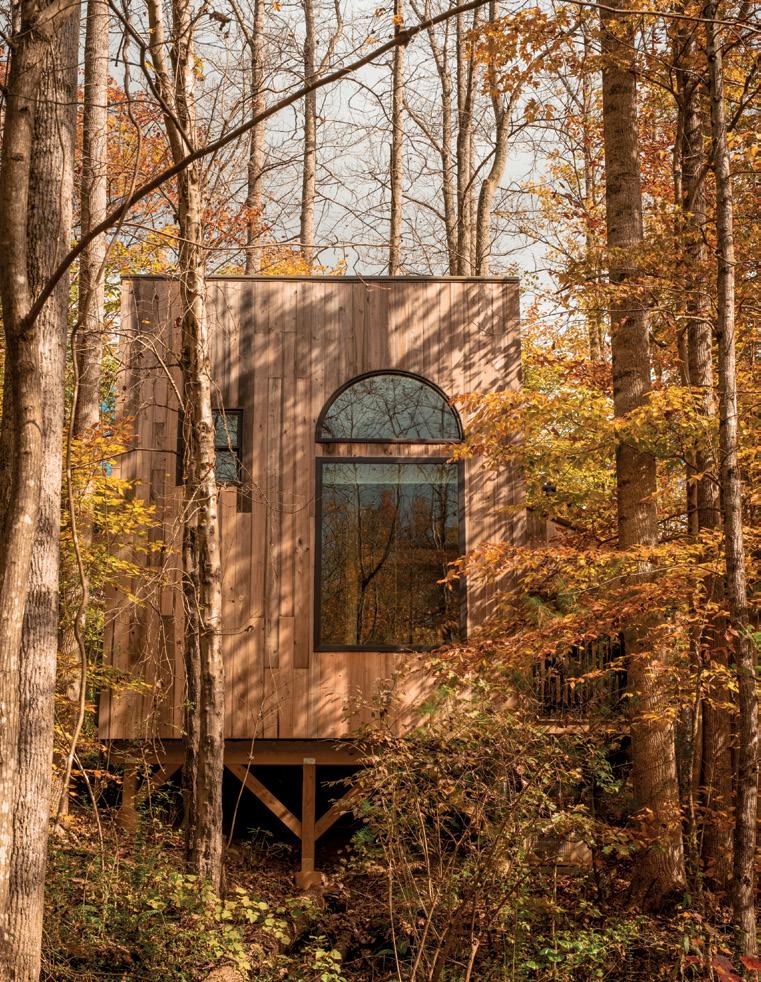
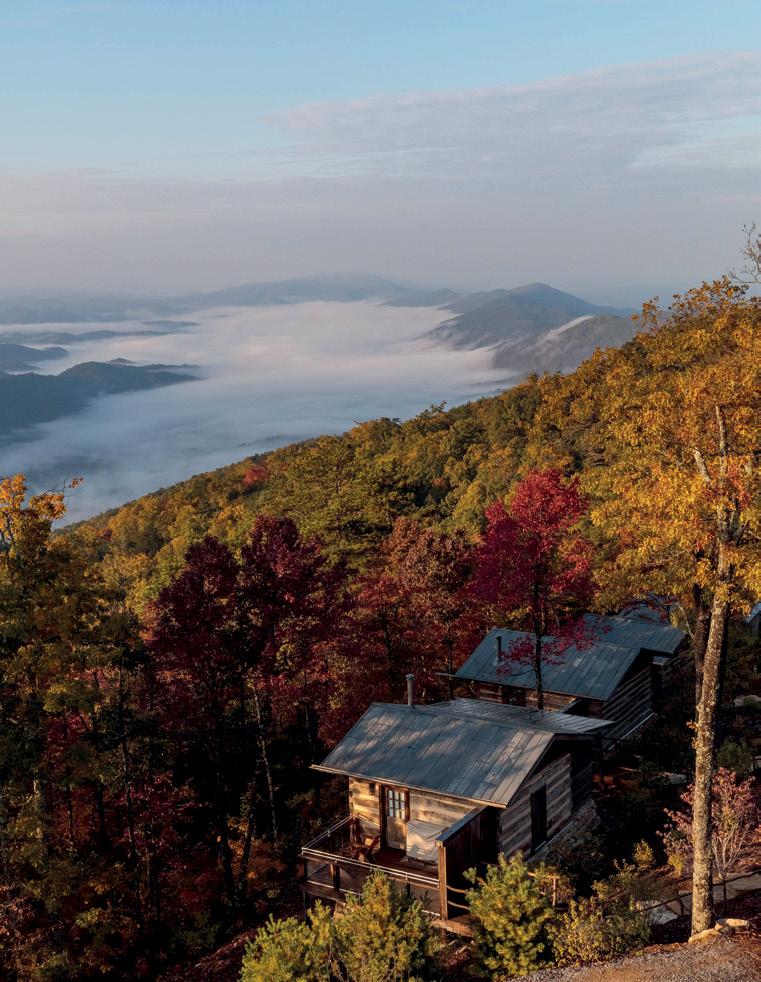
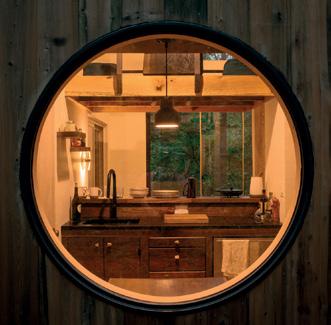
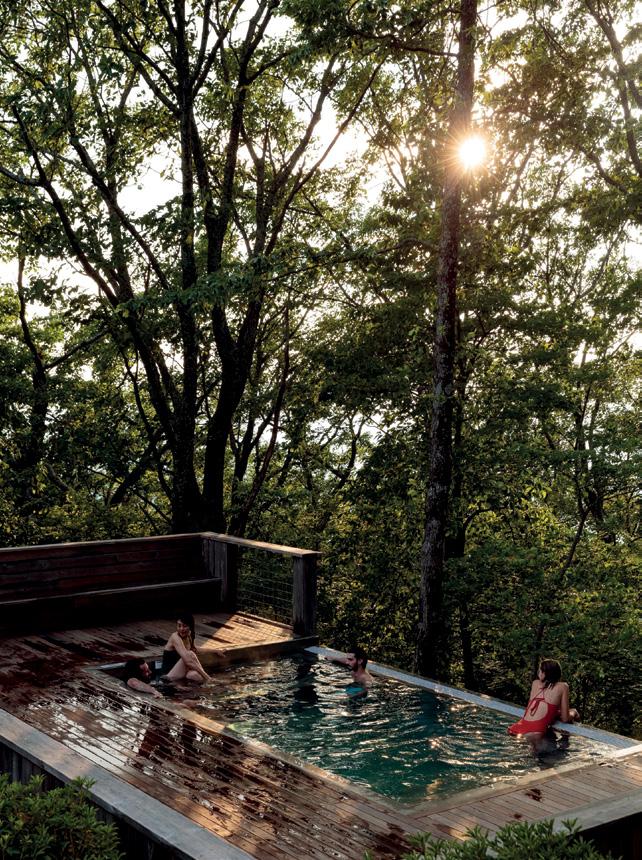
49 E SCAPE BACKLIST 123 BLACKBERRY FARM 139 Checking in at Mike Belleme’s jewel of a cabin in the Swannanoa Valley involves taking a winding path through white oak and black walnut. Unlike most trails, this one has been designed to deliberately slow visitors down—the first opportunity of many around The Nook to take a breath and adjust to the rhythm of the natural world. With that shift of perspective, Belleme’s bewitching sanctuary begins to reveal a trove of unexpected details hidden away within its humble 400 square feet (37 square meters). “On the outside, it’s a pretty cabin,” he says, “but if you start to unpeel the layers, there are all these different stories to uncover.” There’s the intentionally impractical tea loft above the kitchen that turns a morning brew into a miniature ceremony; the locally crafted black walnut lacquer to match the view of the black walnut tree; or the diorama made with fur from the nest of a baby rabbit Belleme saved from the jaws of a black snake while building his artful retreat. Born in the mountains of Western North Carolina, Belleme grew up with parents who shared a love of gardening and foraging, but it wasn’t until the photographer encountered the off-grid homestead Wild Roots, which he chronicled for National Geographic, that he experienced something of an epiphany. Committed to deepening their connection to the land, the Wild Roots community has adopted many of the Earth skills innovated by the Cherokee people who historically lived in the area. “I got really thirsty for all that knowledge,” says Belleme. “Learning how to make a fire A Puzzle-Box Cabin in the Swannanoa Valley of North Carolina The Nook is a tranquil haven deeply rooted in nature and the local community that invites guests to live differently.
Get closer to nature by exploring the best examples of living by the USA and Canada's stunning national parks.
Features: Full color, hardcover, stitch bound, 256 pages, 22 5 × 29 cm, 9 × 11 ½ inches
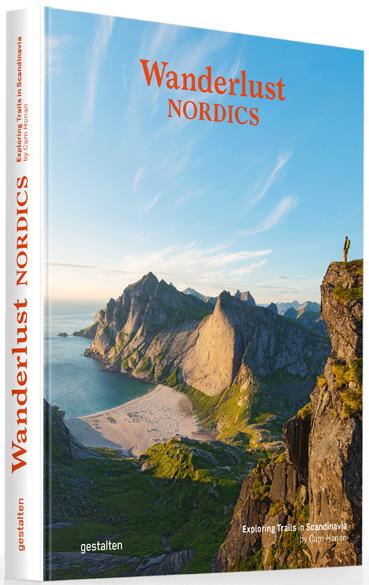
WANDERLUST NORDICS
Exploring Trails in Scandinavia
Editors: gestalten & Cam Honan
Features: Full color, hardcover, stitch bound, 300 pages, 22 5 × 29 cm, 9 × 11 ½ inches
Price: € 45 (D) £ 40 $ 65 (US) ISBN: 978-3-96704-080-7
9 783967 040807
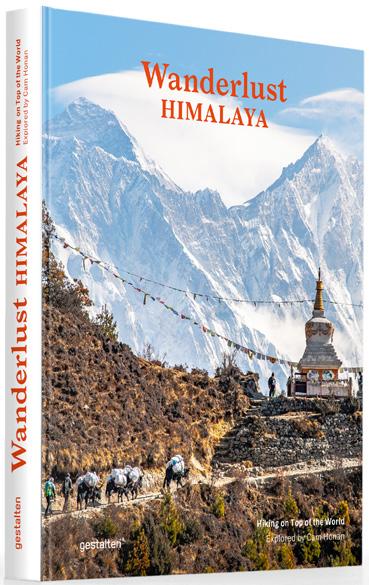
WANDERLUST HIMALAYA
Hiking on Top of the World
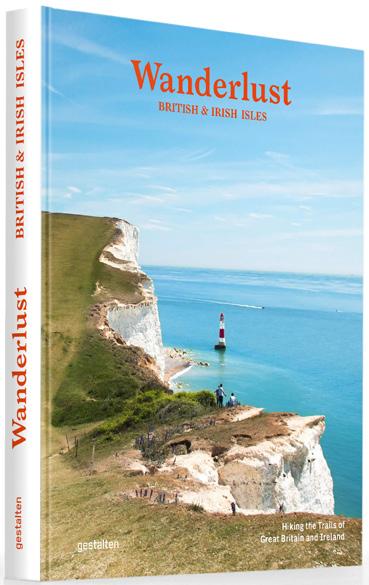
WANDERLUST
BRITISH & IRISH ISLES
Hiking the Trails of Great Britain and Ireland
Editors: gestalten & Alex Roddie
Features: Full color, hardcover, stitch bound, 304 pages, 22 5 × 29 cm, 9 × 11 ½ inches
Price: € 45 (D) £ 40 $ 65 (US)
ISBN: 978-3-96704-103-3
Editors: gestalten & Cam Honan
Features: Full color, hardcover, stitch bound, 304 pages, 22 5 × 29 cm, 9 × 11 ½ inches
Price: € 45 (D) £ 40 $ 65 (US) ISBN: 978-3-96704-002-9
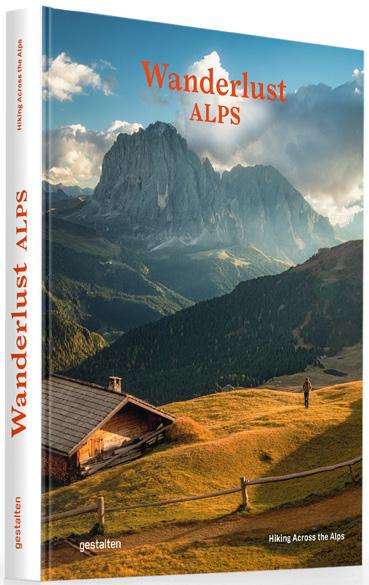
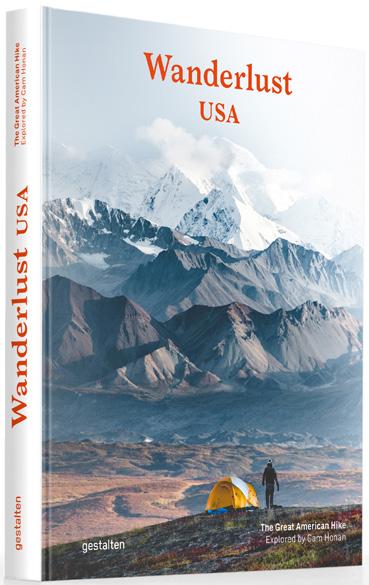
WANDERLUST USA
The Great American Hike
Editors: gestalten & Cam Honan
Features: Full color, hardcover, stitch bound, 320 pages, 22.5 × 29 cm, 9 × 11 ½ inches
Price: € 45 (D) £ 40 $ 60 (US)
ISBN: 978-3-89955-985-9
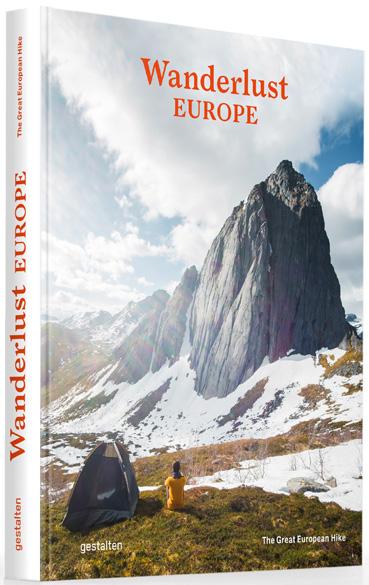
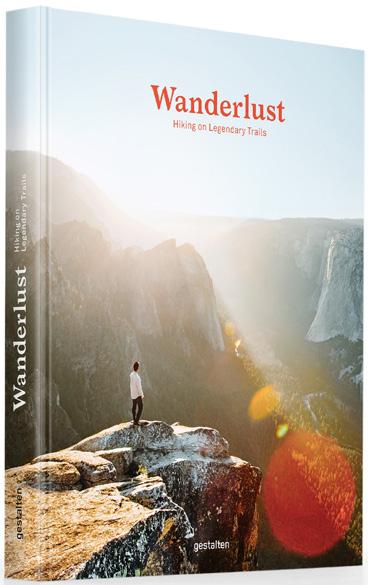
WANDERLUST
Hiking on Legendary Trails
Editors: gestalten & Cam Honan
Features: Full color, hardcover, stitch bound, 256 pages, 24 × 30 cm, 9 ½ × 11 ¾ inches
Price: € 45 (D) £ 40 $ 65 (US) ISBN: 978-3-89955-901-9
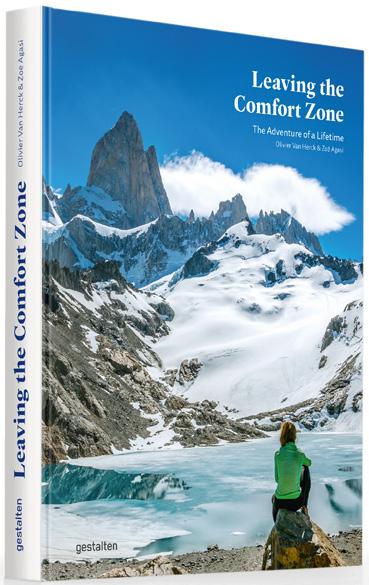
9 783967 041033
WANDERLUST ALPS
Hiking Across the Alps
Editors: gestalten & Alex Roddie
Features: Full color, hardcover, stitch bound, 336 pages, 22 5 × 29 cm, 9 × 11 ½ inches
Price: € 45 (D) £ 40 $ 65 (US)
ISBN: 978-3-96704-021-0
WANDERLUST EUROPE
The Great European Hike
Editors: gestalten & Alex Roddie
Features: Full color, hardcover, stitch bound, 328 pages, 22 5 × 29 cm, 9 × 11 ½ inches
Price: € 45 (D) £ 40 $ 65 (US)
ISBN: 978-3-89955-866-1
LEAVING THE COMFORT ZONE
The Adventure of a Lifetime
Editors: gestalten, Olivier Van Herck & Zoë Agasi
Features: Full color, hardcover, stitch bound, 320 pages, 22 5 × 29 cm, 9 × 11 ½ inches
Price: € 45 (D) £ 40 $ 65 (US) ISBN: 978-3-96704-098-2
9 783967 040982
50 BACKLIST
THE GREAT DIVIDE
Walking the Continental Divide Trail
Editors: gestalten & Tim Voors
Features: Full color, hardcover, stitch bound, 240 pages, 17 × 24 cm, 6 ¾ × 9 ½ inches
Price: € 35 (D) £ 30 $ 50 (US)
ISBN: 978-3-96704-108-8
9 783967 041088
The endurance test of a lifetime along the length of the United States.
The Continental Divide Trail spans 3,100 miles (5,000 km) through a series of sublime and dynamic landscapes: from Glacier National Park on the US border with Canada, through Montana, Idaho, Wyoming, Colorado, and New Mexico all the way to the southern border. An endurance test requiring versatility, flexibility, and adaptability in the face of nature’s many whims, the “CDT” is the longest singlecountry thru-hike in the world, and one of the all-time bucket-list adventures for all dedicated hikers.
The Great Divide, narrated by Tim Voors, brings the wonders of the trail—from grizzly bears in the Montana wilderness, to sunsets over the majestic peaks of Colorado, and miles of cacti in the New Mexico desert—to life, providing a breathtaking panorama of what it takes physically, mentally, and spiritually to make it all the way from start to finish on this life-changing thru-hike.
TIM VOORS works around the world as Interim Creative Director and Speaker for major multinational brands such as The North Face, for whom he has helped win numerous international awards. Voors was Co-founder and President of The Freeforce Foundation, and Board Member of the Art Directors Club Netherlands for five years. A passionate part-time teacher at the Art Academy of Breda and the School of Journalism in Windesheim Zwolle, this is his second book with gestalten after The Great Alone, his inspiring account of the Pacific Crest Trail.

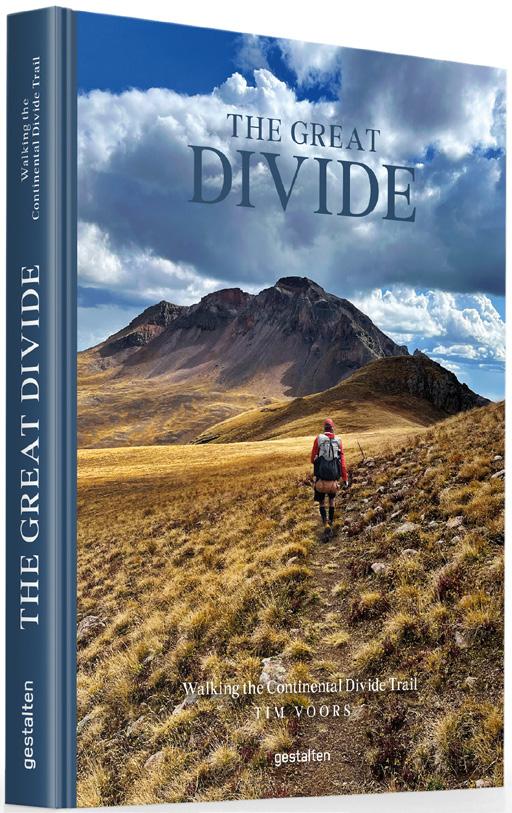
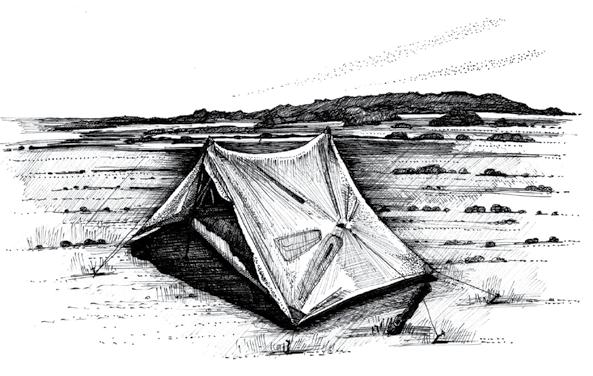

51 E SCAPE RECENT LIST 37 The Physical Journey We stop for a quick swim, with the c hinese Wall looming above. 108 109 The Men T al Journey finally we had bumped into a moose. Wildlife really was in abundance along the CDT, as we also encountered longhorn antelope, and the countless deer were beginning to lose their novelty. Rodents frequently poked their noses up at us, and we often saw beavers swimming in lakes, making their dams of logs. The chipmunks and squirrels frequently jumped from branch to branch, and the reptiles became ever more frequent the farther south we trekked. There were numerous kinds of ants, big and small, busying across the trail as we stopped for lunch, hoping to catch a crumb or two. A plethora of birdsong filled the morning air, and we were soon also graced by the sight of a bald eagle as it dove down into a lake to catch a fish. It’s strange to think that less than half a year ago, the thought of walking among all this wildlife really intimidated me. To be totally honest, it scared the shit out of me. But reality is often much less frightening than imagination. The thought of living with bears worried me so much that I nearly cancelled this trip altogether. And to think how totally different my mindset was out here in the wilderness itself. Time and time again, am baffled by how adaptable and flexible our human mind is in adjusting to new circumstances. Walking with this young, energetic crew, I found that my pace had increased considerably. Perhaps a little too much, but I was still managing to keep up. We were hiking three miles (5 km) an hour for days and days. As I looked down at my feet in continuous motion, it struck me how abnormal this pace was when compared to the normal tempo of walking with my family in the woods. There are all kinds of words for this sort of pace: speed walking, race walking, and even power walking or flying. Olympic athletes average a pace up to eight miles (13 km) an hour, over twice as fast as I was walking, and I already felt as though I was flying. But guess the continuous elevation gains and descents, as well as the 10-hour stints we did each day, compensated for that difference. The wide, flat plains of Wyoming offered the perfect circumstances to get some faster miles done. Olympic athletes average a pace up to eight miles (13 km) an hour, over twice as fast as I was walking, and I already felt as though I was flying. too much food in Dubois. The first day back on the trail was horrific, with big jars of peanut butter, mayonnaise, and Nutella weighing me down. On the second morning, we got up early and were treated to a surprise moose encounter. had never seen a moose in real life. The year before, I had hoped to see one when hiked up above the Arctic Circle on the Kungsleden Trail in Swedish Lapland. However, nature can’t be scripted, and unfortunately, didn’t see a single moose during my three-week hike. But now, in the early morning, there was one right in front of me, taking its time having its breakfast drink from a pond. The majestic creature waded gracefully through the boggy water, with tall green grass reaching up to its belly. The three of us stopped, took pictures, and let everything sink in. What a sight, what a sight! A creature like no other, larger than a horse, with its long brown nose and a strange goatee dangling under its chin. What struck me most was how silently and gracefully it moved, trotting off a little and then stopping to give us a second glance. Judging our close proximity, the animal decided to move on to more private pastures and trotted off into the thicket. And just like that, he was gone. We stared at one another with wide eyes and broad, contented smiles. We had finally seen a fully grown male moose. No words were said, and we hiked on. As we walked on, we realized that we had finally seen the so-called big five Rip had seen a pack of 12 wolves up in Glacier and also caught a glimpse of a mountain lion up there. We had seen plenty of black bears and one of us had seen a grizzly in the distance. Elk sightings were becoming more and more frequent, and now Pat—and we later found out that she had won the vote and is now Dubois’s proud mayor. “Bear Country. Dangerous. Avoid confrontation.” The same poster was at every trailhead. It had a large bear claw on it and was pinned to the noticeboard where the trail led us back into the mountains. Well, we had been warned. Not once, not twice, but three times. Felicity was out there with her cubs, and we needed to stick together. The strange thing about all the warning signs was that they no longer intimidated us. Not to a state of fear anyway. Strangely, I was kind of hoping to glimpse Felicity. After all, we had seen plenty of black bears, but was kind of getting curious about grizzlies. A few days earlier, another hiker had come across her about five miles into the trail and had to use his bear spray to scare her off. But I felt good heading out into the mountains with Rip and Dom. Nosh had taken an alternate route and would reconnect with us next week in Pinedale. We soon came across some bear scat, and things really changed when we saw fresh prints in the mud. The paw prints, with deep sharp claws, were in front of us, and we were on full alert, scouring the horizon for any movement. Fortunately, the trail soon forked into two directions, and the paw prints veered off right as we continued straight on up the mountain track. As the day continued, we saw no further sign of Felicity, and my attention switched to my other pet fear: thunder. A dark thunderstorm began to rumble in the distance. The clouds rolled in, and inevitably, it started to rain. The heavy load of food on my back made my left shoulder ache, so I popped some ibuprofen to ease the strain. Having had far too little food with me during the previous five days, had subsequently bought much On the second morning, we got up early and were treated to a surprise moose encounter.
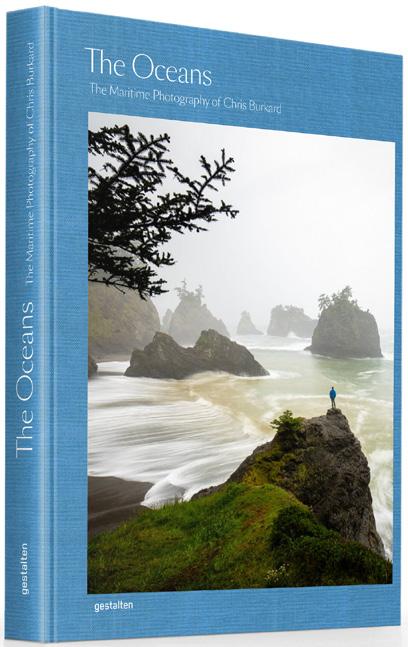

THE OCEANS
The Maritime Photography of Chris Burkard
Editors: gestalten & Chris Burkard
Features: Full color, hardcover,
stitch bound, 320 pages, 24 5 × 33 cm, 9 ¾ × 13 inches
Price: € 60 (D) £ 55 $ 80 (US)
ISBN: 978-3-96704-126-2
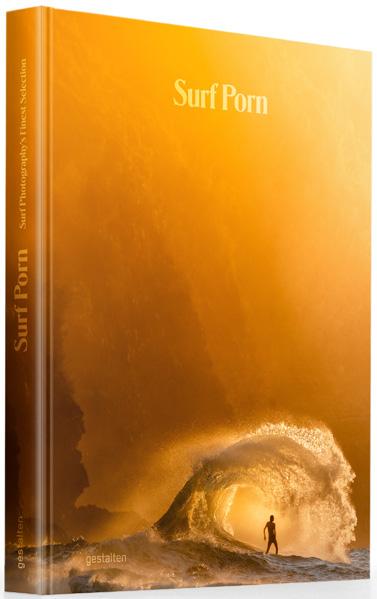
9 783967 041262
THE SURF ATLAS
Iconic Waves and Surfing Hinterlands
Editors: gestalten & Luke Gartside
Features: Full color, hardcover, stitch bound, 320 pages, 24 × 30 cm, 9 ½ × 11 ¾ inches
Price: € 50 (D) £ 45 $ 75 (US)
ISBN English: 978-3-96704-058-6
ISBN French: 978-3-96704-092-0 9 783967 040586 9 783967 040920
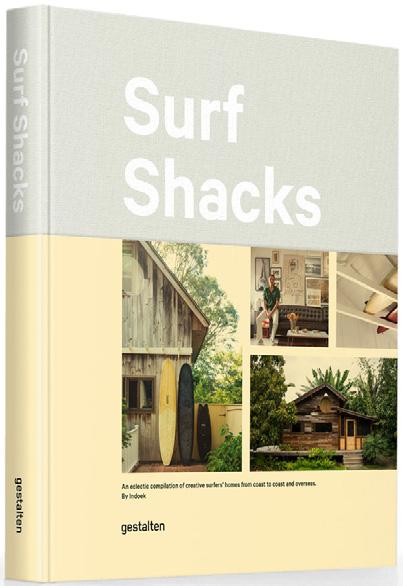
SURF SHACKS
An Eclectic Compilation of Creative Surfers’ Homes
Editor: Indoek
Features: Full color, hardcover, stitch bound, 288 pages, 24 × 28 cm, 9 ½ × 11 inches
Price: € 50 (D) £ 45 $ 75 (US)
ISBN: 978-3-89955-907-1
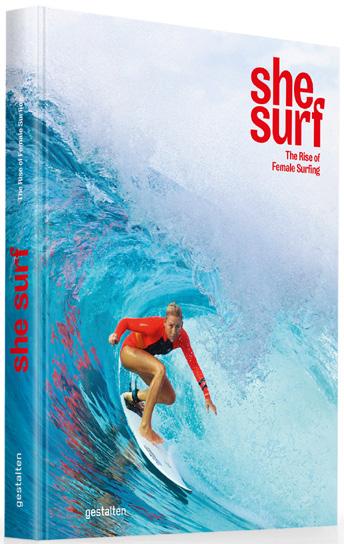
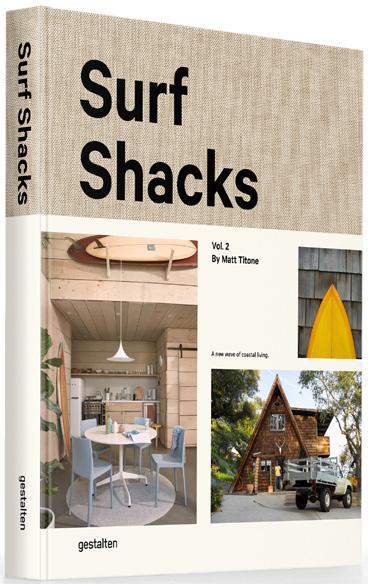
SURF PORN
Surf Photography's Finest Selection
Editors: gestalten & Gaspard Konrad
Features: Full color, hardcover, stitch bound, 256 pages, 24 × 30 cm, 9 ½ × 11 ¾ inches
Price: € 50 (D) £ 45 $ 75 (US)
ISBN: 978-3-96704-128-6
9 783967 041286
SHE SURF
The Rise of Female Surfing
Editors: gestalten & Lauren L. Hill
Features: Full color, hardcover, stitch bound, 256 pages, 21 × 26 cm, 8 ¼ × 10 ¼ inches
Price: € 35 (D) £ 30 $ 50 (US)
ISBN: 978-3-89955-998-9
SURF SHACKS VOL. 2
A New Wave of Coastal Living
Editor: Indoek
Features: Full color, hardcover, stitch bound, 288 pages, 24 × 28 cm, 9 ½ × 11 inches
Price: € 50 (D) £ 45 $ 75 (US)
ISBN: 978-3-89955-857-9
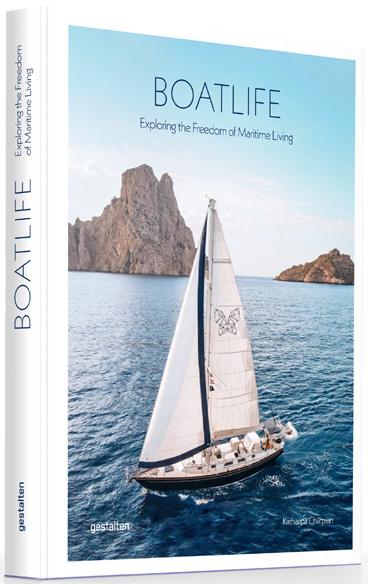
BOATLIFE
Exploring the Freedom of Maritime Living 9 783967 040999
Editors: gestalten & Katharina Charpian
Features: Full color, hardcover, stitch bound, 256 pages, 22 5 × 29 cm, 9 × 11 ½ inches
Price: € 50 (D) £ 45 $ 75 (US) ISBN: 978-3-96704-099-9
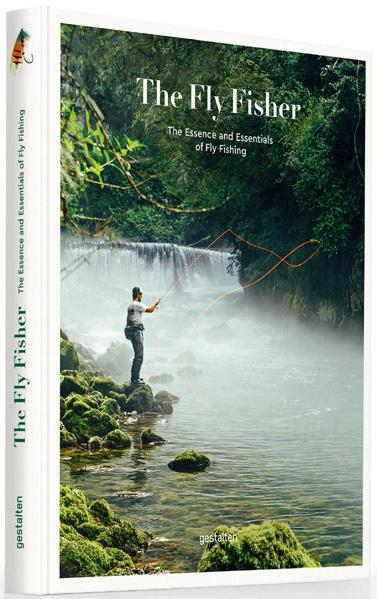
THE FLY FISHER
The Essence and Essentials of Fly Fishing
Editors: gestalten, Maximilian Funk, Thorsten Strüben & Jan Blumentritt
Features: Full color, hardcover, stitch bound, 256 pages, 24 × 30 cm, 9 ½ × 11 ¾ inches
Price: € 45 (D) £ 40 $ 65 (US)
ISBN: 978-3-89955-146-4
52
SAILING THE SEAS
A Voyager’s Guide to Oceanic Getaways
Editors: gestalten & The Sailing Collective
Features: Full color, hardcover, stitch bound, 264 pages, 22.5 × 29 cm, 9 × 11 ½ inches
Price: € 45 (D) £ 40 $ 65 (US)
ISBN: 978-3-89955-997-2
From short sailing trips to longer cruises along coastlines or across the oceans, this book celebrates the nautical way of life.
Since the dawn of time, exploring the world by boat has been seen as the pinnacle of freedom. There is no greater adventure than setting sail, at the mercy of the wind, being sprayed by salty water as you voyage from island to island and sea to sea, discovering new landscapes and cultures.
Sailing the Seas will take readers on a series of nautical adventures across the globe, from the coast of the US down to the Caribbean, through classic Mediterranean voyages and on trips in far-flung locations such as Thailand and French Polynesia. Presenting a fresh, younger side of sailing, this volume reveals the sights, sounds, tastes, and experiences that can be had on board a boat.
With beautiful photos of locations, detailed itineraries, and “Captain’s Notes” filled with useful tips and insights on destinations, Sailing the Seas will inspire novice sailors and “old salts” alike to take to the waves.
THE SAILING COLLECTIVE is comprised of an energetic group of captains, culinary artists, and explorers with a shared enthusiasm for adventure. Their passion lies in curating journeys to the world’s most exotic locations, captained and crewed by talented professionals.
“Inspires travelers to climb the ropes and set course to the most beautiful coastal towns on the basis of stories about sailing, culture, food and special mooring places.” (translated from Dutch) NATIONAL GEOGRAPHIC TRAVELER
“Intended to inspire novice sailors and old hands alike, 'Sailing theSeas’ takes readers on a packed itinerary of nautical adventures across the globe.” BOAT INTERNATIONAL
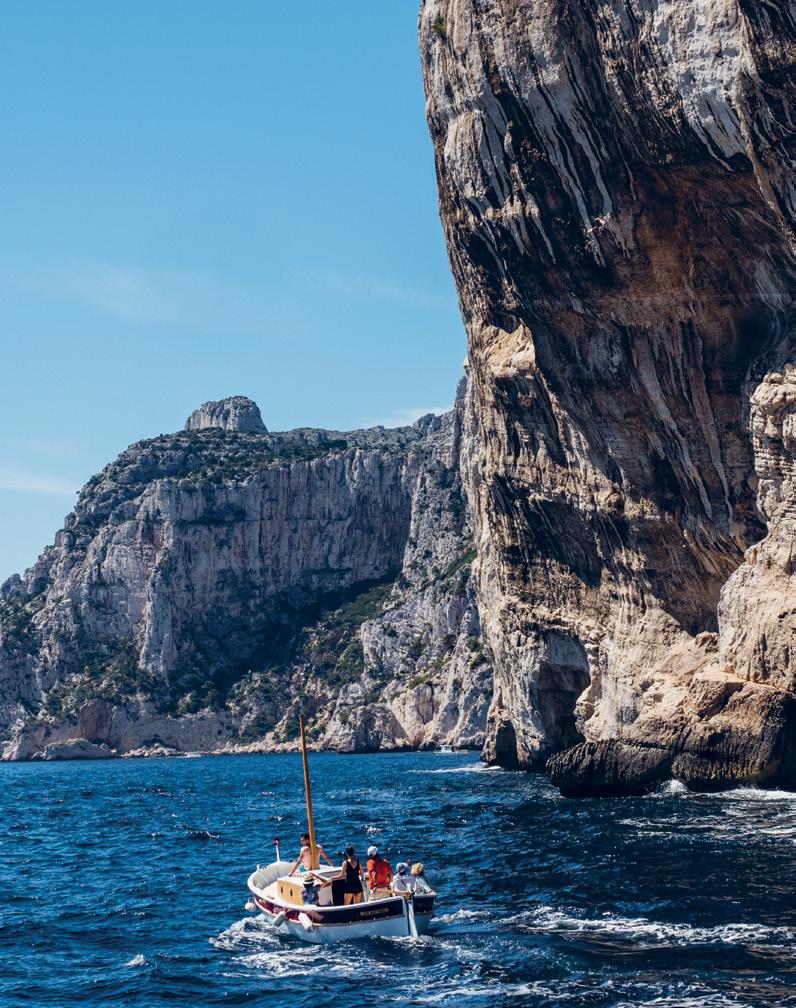
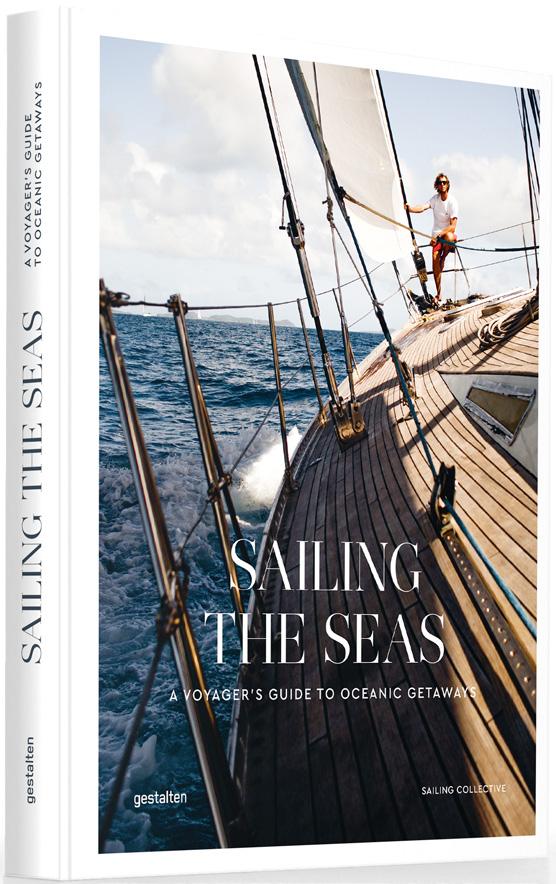
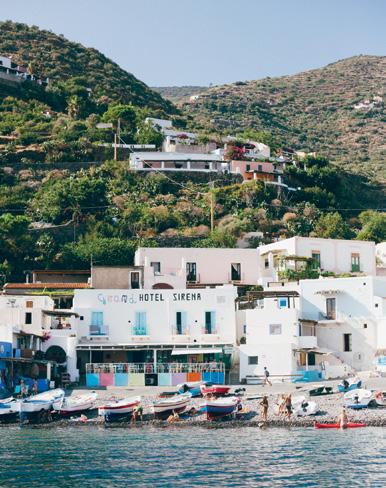



























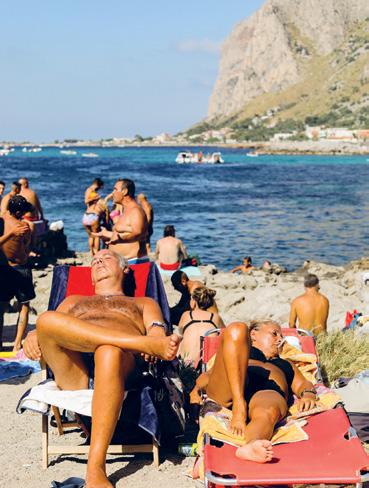
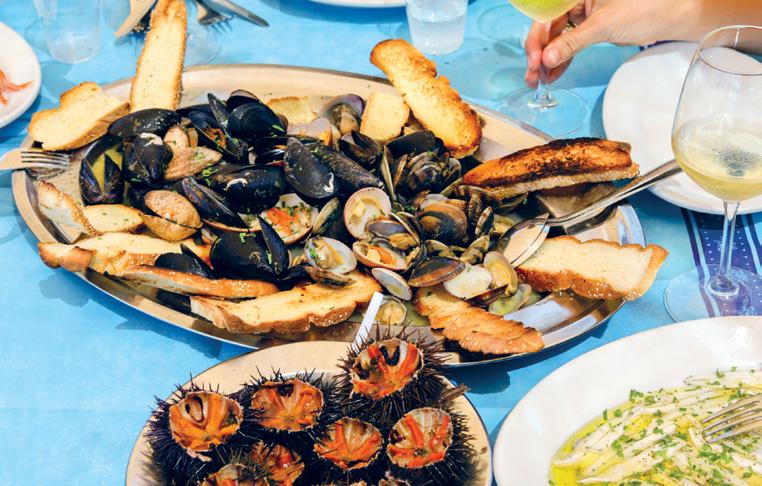
53 E SCAPE BACKLIST FILICUDI (ABOVE, LEFT). A TYPICAL SEASIDE SNACK: MUSSELS, SEA URCHINS, AND ANCHOVIES CAUGHT AND SERVED FRESH (BELOW). STROMBOLI Next in the itinerary is Stromboli—perhaps the most famous of them all. The island is known for its active volcano that has been continuously erupting for 2,000 years. Stromboli is one of the more difficult islands in the itinerary and requires more planning than the others because of the lack of safe harbors. The perfect steep cone-like volcanic shape does not offer any protected coves along the coastline and the bottom only comes up to anchorable depth on the eastern point of the island. Everywhere else the shore drops dramatically hundreds of feet deep as soon as the island meets the sea. You can sail safely along the coast just 30 meters out to enjoy the sights, sounds, and the distinctive sulfur smell of the active volcanic peak. Rugged and wild is how many locals like to describe Stromboli. The island grows lemons, oranges, capers, grapes, and olives come from its northern and southern slopes. Ashore is a charming town, home to a small welcoming community. Walking the streets you can find a gelateria selling local flavors grown and harvested on the island. There are numerous trattorias serving rustic and traditional menu options and modern restaurants offering fancier gastronomic dishes paired with local island wine. Stromboli serves as the beacon and spirit of the Aeolian islands, with its volcanic prowess that brings both fear and symbolic fertility to its residents. It has also become a geological muse for explorers and writers for many years. Erupting often, lava flows out of its top, blackening the land and re-molding the earth below. Chunks of pulsating orange rock can be seen from a distance, while shades of glowing lava frequently erupt and light up the night sky. Its deep rumbling emanates from underground and hurls fire into the sky. FILICUDI One of the lesser explored islands is Filicudi. Home to two small fishing villages and the archipelago’s second-smallest community. There are well preserved ancient ruins scattered throughout its villages dating back to the Bronze Age. It’s the second-farthest western island in the group, and sailors come to Filicudi for the true sense of peace and calm that’s found there. The lifestyle is simple and holds a sense of calmness in high regard. Most of the lands are protected parklands, and the entire island has been listed as an UNESCO World Heritage Site. Sailors are greeted with genuine hospitality by the island’s residents. AEOLUS IN GREEK MYTHOLOGY Greek Mythology tells us that Aeolus was the keeper of the winds and king of the Eolies. He lived on the floating island of Aeolia and was visited by Odysseus in Homer’s Odyssey After experiencing a misadventure, explorers showed up to his home where Aeolus gave them hospitality for a month and offered them winds from the west to take them home to Ithaca. He also gave them an ox-hide bag that contained all the winds, except the ones. They traveled well for days, but when their native lands were just in sight, Odysseus sank. His men let their curiosity overcome them, and they opened the mysterious bag. The winds roared with such a force that drove the ship all the way back to Aeolus. He refused to help them again and believed their unsuccessful voyage meant that the gods didn’t favor them. 50 AEOLIAN ARCHIPELAGO ITALY Hemingway’s The Garden of Eden Picasso’s foray into ceramics, Brigitte Bardot’s La Madrague F. Scott Fitzgerald’s This Side of Paradise Vincent van Gogh’s seascapes. To even list the works of great art produced in and about the French Riviera could be a lifelong project for a dedicated curator. This is a place that inspires. Hillsides fragranced with fresh lavender tumble into the clear blue Mediterranean waters. In countless seaside villages, life slows with the heat of the summer into a leisurely stroll, a drift in the sea. The language here, like the English of the American South, is spoken in a slow drawl that belays the unhurriedness of it all. Provençal French is a dialect of honest farmers and hardworking shermen. The French Riviera is their not-so-hidden gem, shining bright from any angle you view it. Stretching between the cli s of Cassis and the independent microstate of Monaco, the French Riviera—or “Côte d’Azur” as it’s known to the French—exudes a cultural passion for sailing. The traditional shing boats here carried sailing rigs and the more modern history of recreational sailing has a strong presence on this coast as well. It’s not unusual to see a regatta on the horizon with 100 boats under their full press of sail. They are out there for the love of sailing as much as for the coastline that they are tacking to. Whether you come primarily for the sailing or for the Côte d’Azur itself, you’ll be delighted by the interplay of how they come together—a classic pairing like Chardonnay and Gruyère, or butter on a freshly baked baguette. Along this coast there are ancient towns where the forti ed walls, originally built to protect against pirates and invaders, still stand doing their best to keep out the big power yachts and helicopters that buzz around them with the annual in ux of the rich and famous. Events such as the Cannes Film Festival and the Monaco Grand Prix are like a siren song for mega yachts and their patrons who recognize the beauty here too, even if they are only enjoying it through the tinted windows of their upper deck lounges. On a sailboat the beauty is inescapable and becomes a part of you even as you become a THE FRENCH RIVIERA IS WORLD-RENOWNED FOR ITS GLAMOUR AND BEAUTIFUL BEACHES. BUT DESPITE ITS PRESTIGIOUS NAME, THIS COASTLINE OFFERS RUSTIC CHARM AND EXCEPTIONAL SAILING. THE MANY SHADES OF CÔTE D'AZUR 91 CÔTE D'AZUR FRANCE
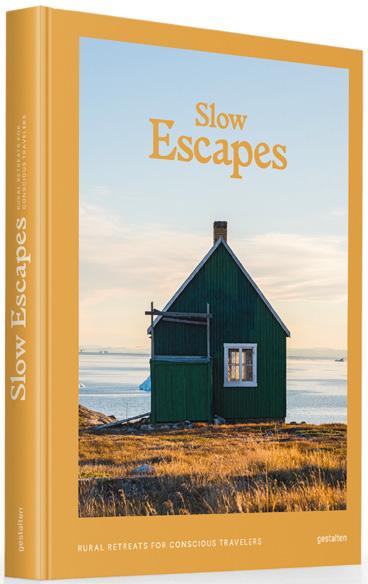
SLOW ESCAPES
Rural Retreats for Conscious Travelers
Editors: gestalten & Clara Le Fort
Features: Full color, hardcover, stitch bound, 288 pages, 22 5 × 29 cm, 9 × 11 ½ inches
Price: € 45 (D) £ 40 $ 65 (US)
ISBN: 978-3-96704-075-3
9 783967 040753
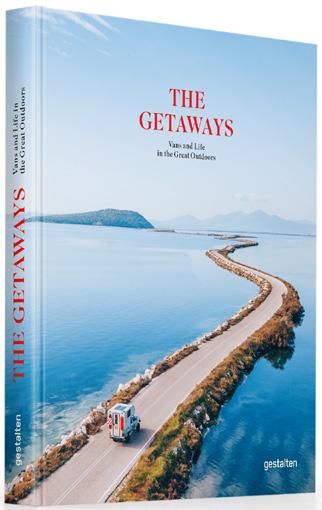
THE GETAWAYS
Vans and Life in the Great Outdoors
Editor: gestalten
Features: Full color, hardcover, stitch bound, 304 pages, 21 × 26 cm, 8 ¼ × 10 ¼ inches
Price: € 39 90 (D) £ 35 $ 60 (US)
ISBN English: 978-3-96704-059-3
ISBN French: 978-3-96704-062-3
9 783967 040593
9 783967 040623
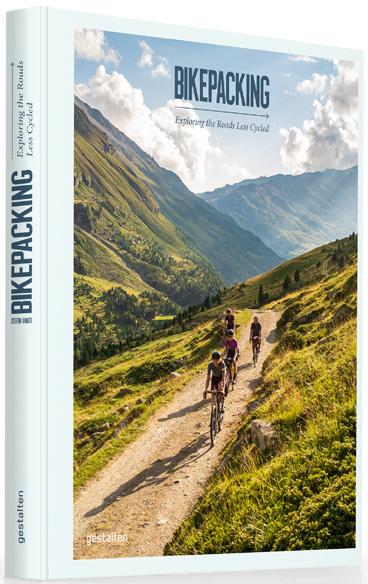
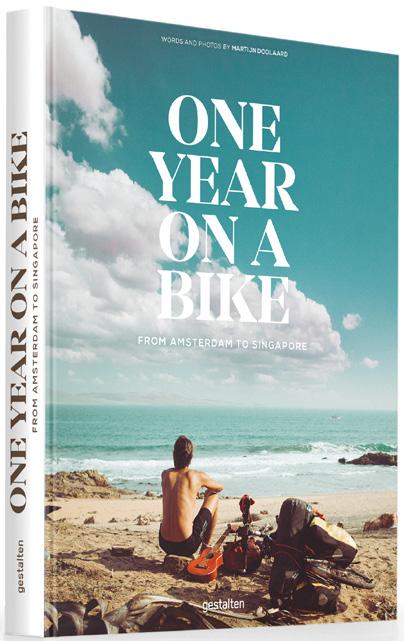
BIKEPACKING
Exploring the Roads Less Cycled
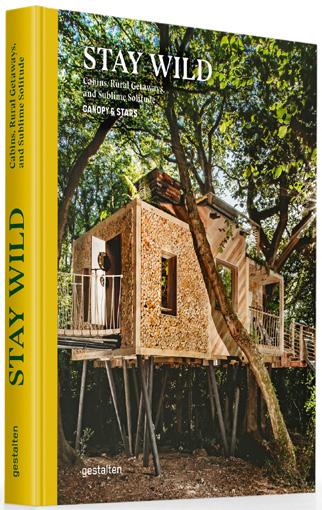
STAY WILD
Cabins, Rural Getaways, and Sublime Solitude
Editors: gestalten & Canopy & Stars
Features: Full color, hardcover, stitch bound, 256 pages, 21 × 26 cm, 8 ¼ × 10 ¼ inches
Price: € 39 90 (D) £ 35 $ 60 (US)
ISBN: 978-3-89955-861-6

EPIC TRAIN JOURNEYS
The Inside Track to the World’s Greatest Rail Routes
Editors: gestalten & Monisha Rajesh
Features: Full color, hardcover, stitch bound, 288 pages, 22 5 × 29 cm, 9 × 11 ½ inches
Price: € 39 90 (D) £ 35 $ 60 (US)
ISBN English: 978-3-96704-020-3
ISBN French: 978-3-96704-018-0
9 783967 040180
Editors: gestalten & Stefan Amato
Features: Full color, hardcover, stitch bound, 288 pages, 22.5 × 29 cm, 9 × 11 ½ inches
Price: € 39 90 (D) £ 35 $ 60 (US) ISBN: 978-3-96704-013-5
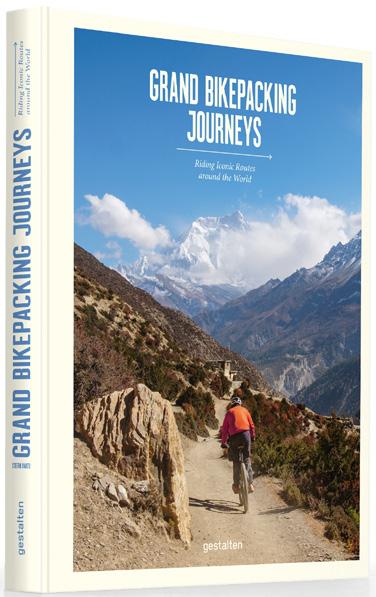
ONE YEAR ON A BIKE
From Amsterdam to Singapore
By: Martijn Doolaard
Editor: gestalten
Features: Full color, hardcover, stitch bound, 368 pages, 24 × 32 cm, 9 ½ × 12 ½ inches
Price: € 50 (D) £ 45 $ 70 (US)
ISBN: 978-3-89955-906-4
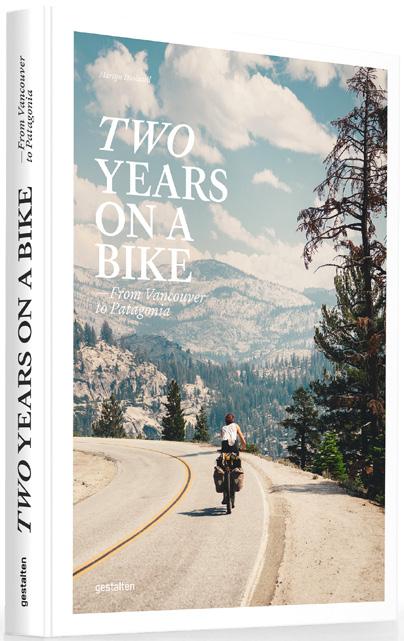
GRAND BIKEPACKING JOURNEYS
Riding Iconic Routes around the World
Editors: gestalten & Stefan Amato
Features: Full color, hardcover, stitch bound, 272 pages, 22 5 × 29 cm, 9 × 11 ½ inches
Price: € 45 (D) £ 40 $ 65 (US)
ISBN English: 978-3-96704-066-1
ISBN French: 978-3-96704-067-8
9 783967 040661
9 783967 040678
TWO YEARS ON A BIKE
From Vancouver to Patagonia
Editor: Martijn Doolaard
Features: Full color, hardcover, stitch bound, 416 pages, 24 × 32 cm, 9 ½ × 12 ½ inches
Price: € 50 (D) £ 45 $ 70 (US)
ISBN English: 978-3-96704-050-0
ISBN French: 978-3-96704-053-1
9 783967 040531
54
REMOTE PLACES TO STAY
The Most Unique Hotels at the End of the World
Editors: Debbie Pappyn & David De Vleeschauwer
Features: Full color, linen hardcover, stitch bound, 312 pages,
20.5 × 27 cm, 8 × 10 ½ inches
Price: € 50 (D) £ 45 $ 75 (US)
ISBN: 978-3-89955-986-6
Discover magical remote locations that will help you disconnect from modern life and enter a state of wonder.
Silence. Calm. Open spaces. These are the new luxuries. In this turbulent era of disruption and noise, disconnecting and slowing down has become ever more crucial. Remote Places to Stay shares 22 out-of-the-way locations where you can get off the grid and reconnect to the essentials, surrounded by raw, pristine nature. Some remote places are only accessible by foot, others by mountain train, small boat, or bush plane—but they are all places with a very strong sense of space. From lavish to spare architecture, from the Arctic north to the desert landscapes of Africa, from a peaceful retreat in the Himalayas to a secret convento in the heel of Italy’s boot, each exceptional retreat has been carefully selected to inspire and spark a state of wonder. Exploring the pages of Remote Places to Stay is a visual journey you will never forget.
DEBBIE PAPPYN & DAVID DE VLEESCHAUWER , journalist and photographer respectively, have been passionately exploring the world for more than a decade. They have visited over 100 countries and their articles have appeared in publications including Monocle, Wallpaper*, The Financial Times, and National Geographic.
“Selects the places in the world where time passes in a different way ”
CONDÉ NAST TRAVELER
“Perfect for digital detox.” WIRED
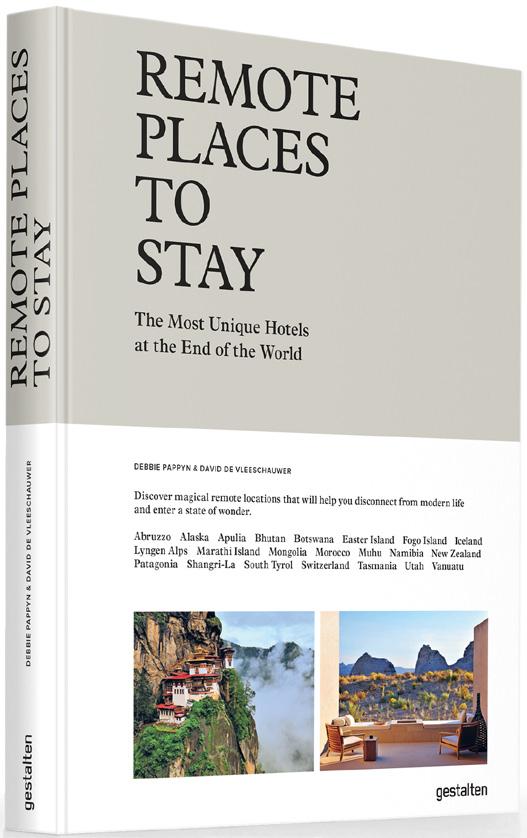
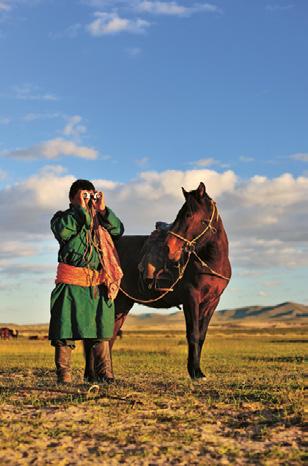
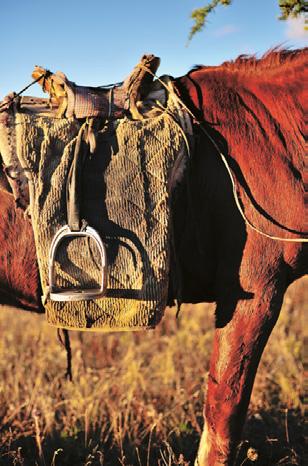
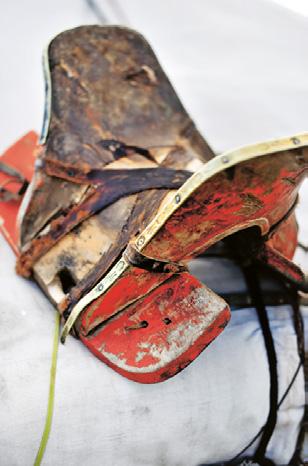
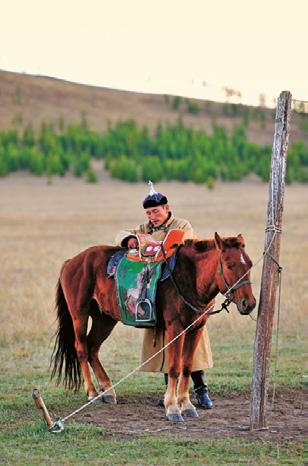
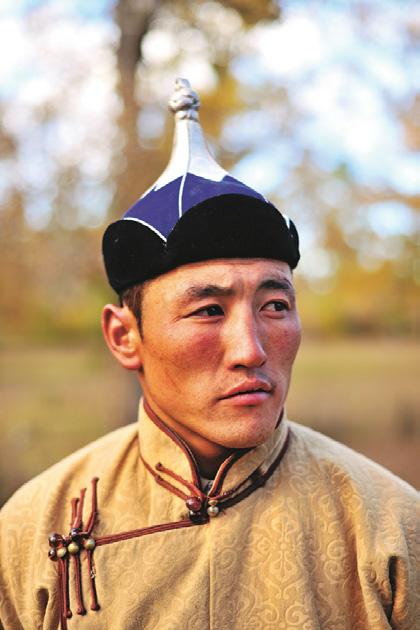
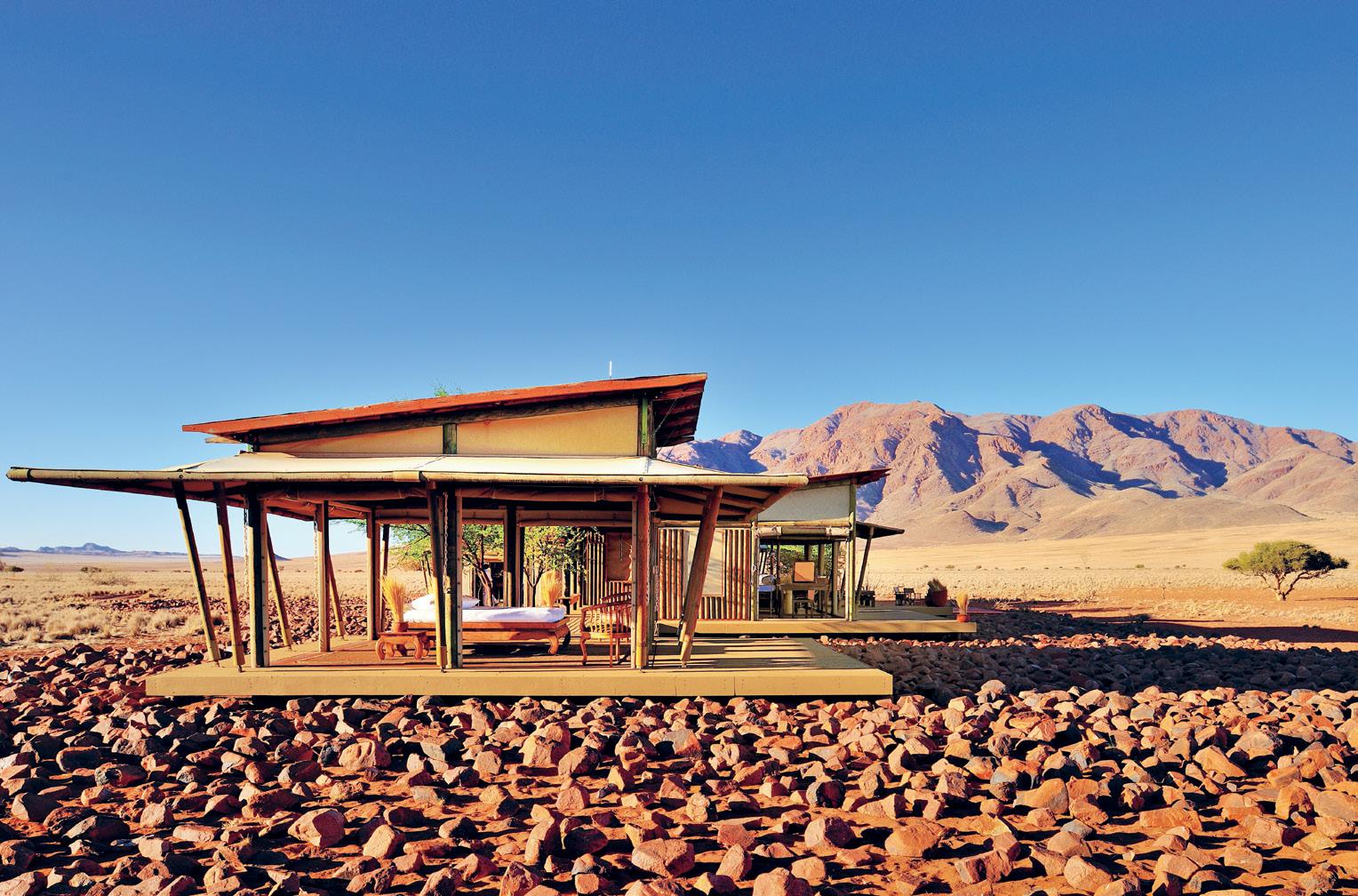
55 E SCAPE BACKLIST Central Mongolia Central Mongolia Jalman Meadows Ger Camp Jalman Meadows Ger Camp 187
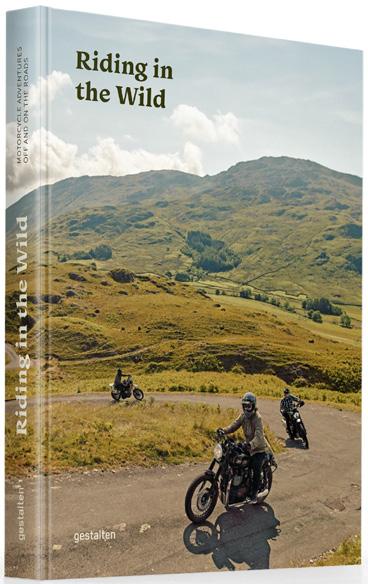
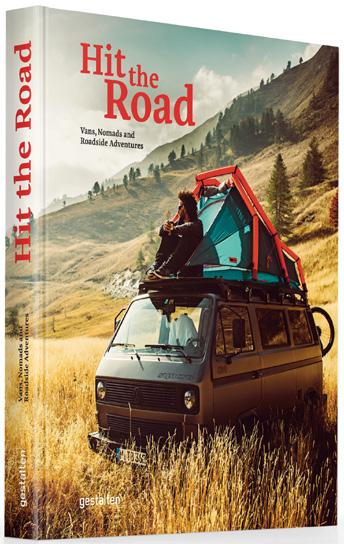
Editors: gestalten & Jordan Gibbons
Features: Full color, hardcover, stitch bound, 272 pages, 22 5 × 29 cm, 9 × 11 ½ inches
Price: € 45 (D) £ 40 $ 65 (US)
ISBN English: 978-3-96704-127-9
ISBN French: 978-3-96704-130-9
9 783967 041279 9 783967 041309
HIT THE ROAD
Vans, Nomads and Roadside Adventures
Editor: gestalten
Features: Full color, hardcover, stitch bound, 272 pages, 21 × 26 cm, 8 ¼ × 10 ¼ inches
Price: € 35 (D) £ 35 $ 45 (US)
ISBN English: 978-3-89955-938-5
ISBN French: 978-3-89955-111-2

PORSCHE 911
The Ultimate Sportscar as Cultural Icon
Editors: gestalten & Ulf Poschardt
Features: Full color, hardcover, stitch bound, 240 pages, 21 × 26 cm, 8 ¼ × 10 ¼ inches
Price: € 35 (D) £ 35 $ 50 (US)
ISBN: 978-3-89955-687-2
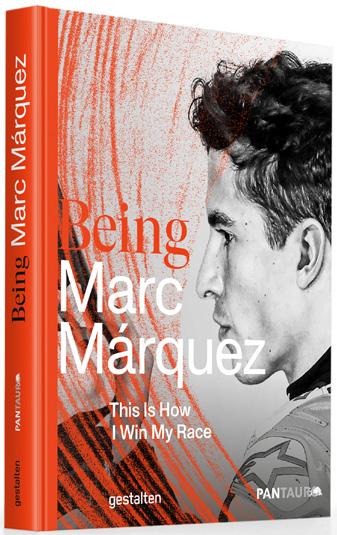
BEING MARC MÁRQUEZ
This Is How I Win My Race
Editors: gestalten & Pantauro
Features: Full color, hardcover, stitch bound, 224 pages, 20 × 26 cm, 8 × 10 ¼ inches
Price: € 36 (D) £ 30 $ 45 (US)
ISBN English: 978-3-96704-106-4
ISBN Spanish: 978-3-96704-107-1
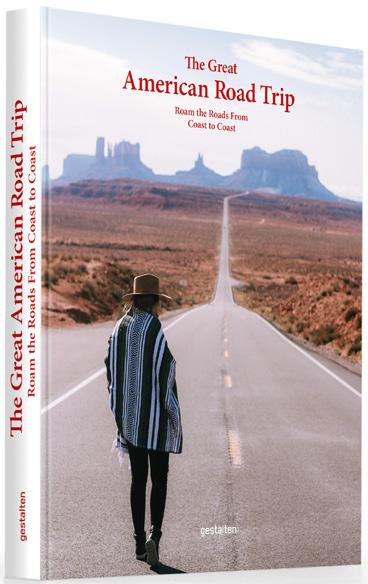
THE GREAT AMERICAN ROAD TRIP
Roam the Roads From Coast to Coast
Editors: gestalten, Aether & Laura Austin
Features: Full color, hardcover, stitch bound, 304 pages, 22 5 × 29 cm, 9 × 11 ½ inches
Price: € 45 (D) £ 40 $ 60 (US)
ISBN: 978-3-96704-023-4
9 783967 040234
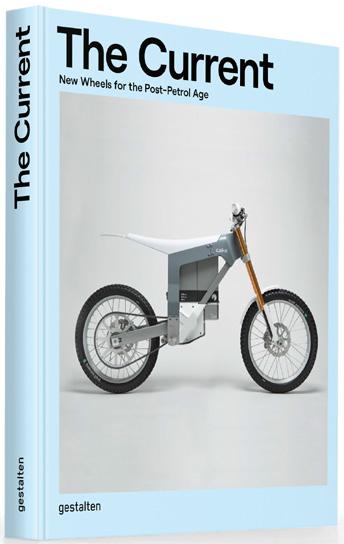
THE CURRENT
New Wheels for the Post-Petrol Age
Editors: gestalten & Paul d’Orléans
Features: Full color, hardcover, stitch bound, 208 pages, 21 × 26 cm, 8 ¼ × 10 ¼ inches
Price: € 35 (D) £ 35 $ 50 (US)
ISBN English: 978-3-89955-956-9
ISBN French: 978-3-89955-889-0
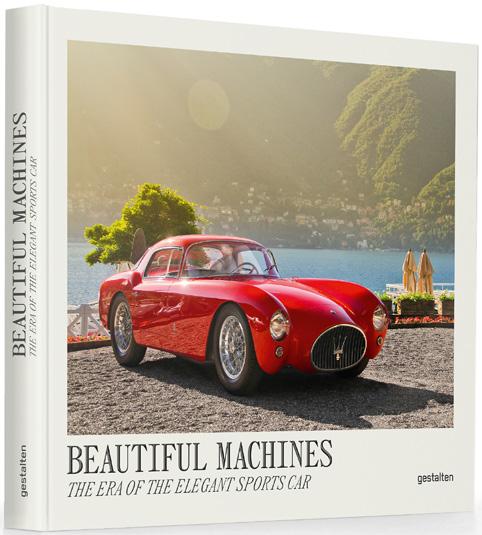
BEAUTIFUL MACHINES
The Era of the Elegant Sports Car
Editor: gestalten
Features: Full color, hardcover, stitch bound, 336 pages, 30 × 27 cm, 11 ¾ × 10 ½ inches
Price: € 60 (D) £ 55 $ 90 (US)
ISBN: 978-3-89955-988-0
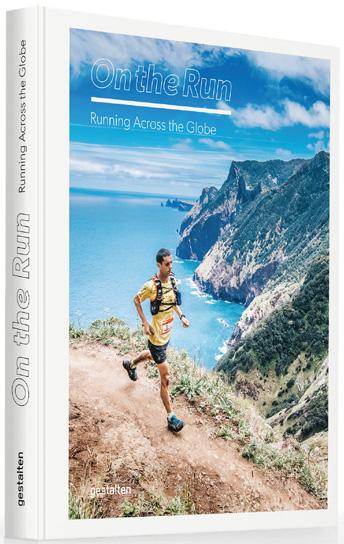
ON THE RUN
Running Across the Globe
Editors: gestalten & Nick Butter
Features: Full color, hardcover, stitch bound, 256 pages, 21 × 26 cm, 8 ¼ × 10 ¼ inches
Price: € 39 90 (D) £ 35 $ 60 (US)
ISBN: 978-3-89955-864-7
56
RIDING IN THE WILD
Adventures off and on the Roads 9 783967 041064 9 783967 041071
Motorcycle
THE ITALIANS—BEAUTIFUL MACHINES
The Most Iconic Cars from Italy and their Era
Editor: Robert Klanten
Features: Full color, hardcover,
stitch bound, 320 pages, 30 × 27 cm, 11 ¾ × 10 ½ inches
Price: € 60 (D) £ 55 $ 90 (US)
ISBN: 978-3-96704-114-9
9 783967 041149
The Italians is a stunningly illustrated celebration of their iconic cars and the visionaries behind them.
Italy is the homeland of la bella macchina and the cradle of automotive culture, birthplace to many of the most illustrious manufacturers in history, from Ferrari and Maserati to Lamborghini, Alfa Romeo, and more.
This book takes you on a journey and chronicles the history of Italian car design, showcasing the country’s most beloved models from the 1920 s to the early 2000 s, revealing the genius, craftsmanship, and fascinating stories behind them, and what makes them so desirable.
The Italians explores how Italian design has been at the forefront of creative culture, style, and technology over the last 100 years—and the role designers like Pininfarina, Bertone, Giugiaro, Gandini, and Ghia play in fuelling the imaginations of children of all ages and the inspiration of creatives around the globe. These cars weren’t just transportation, they were always meant to be works of art, speed, and desire—beautiful machines indeed.
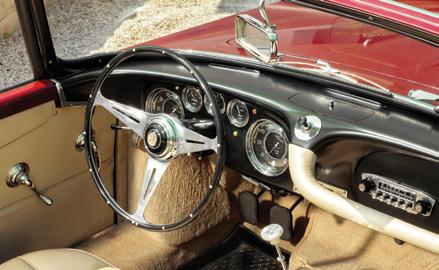
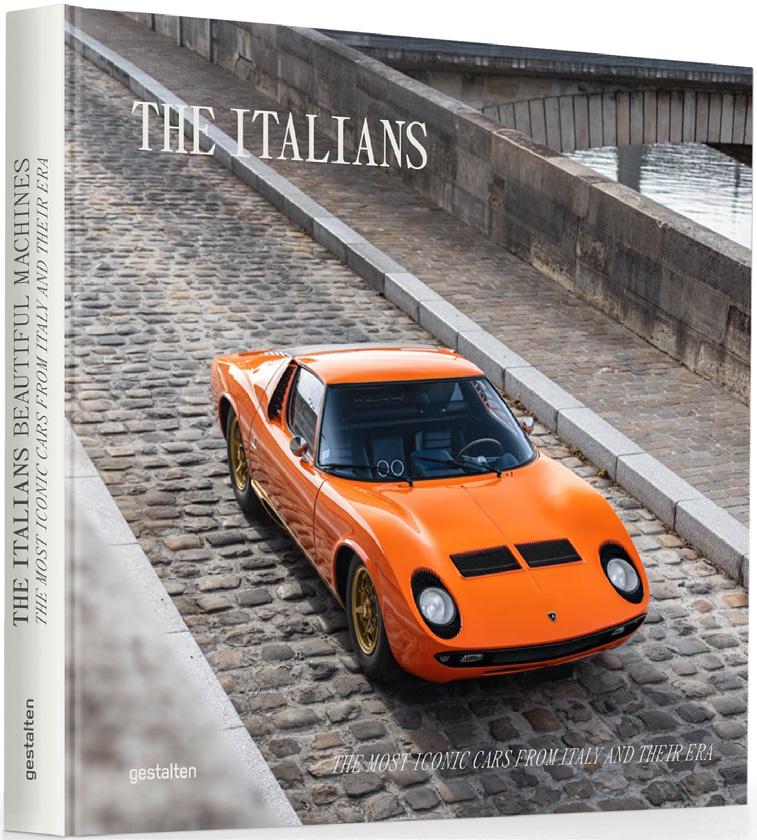
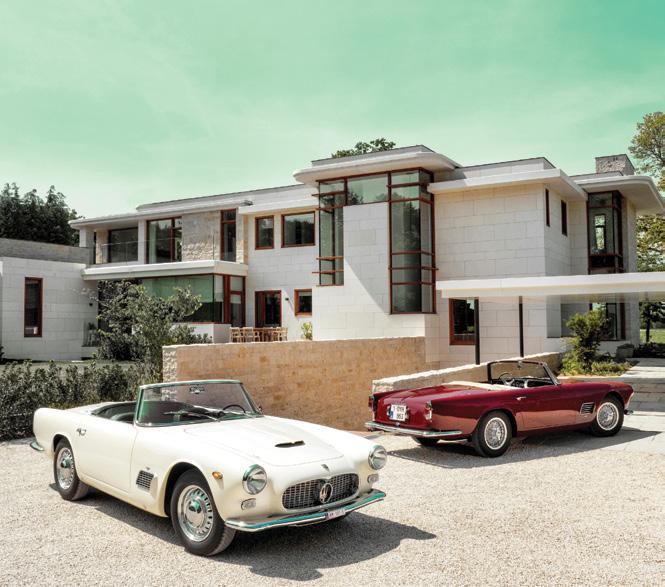
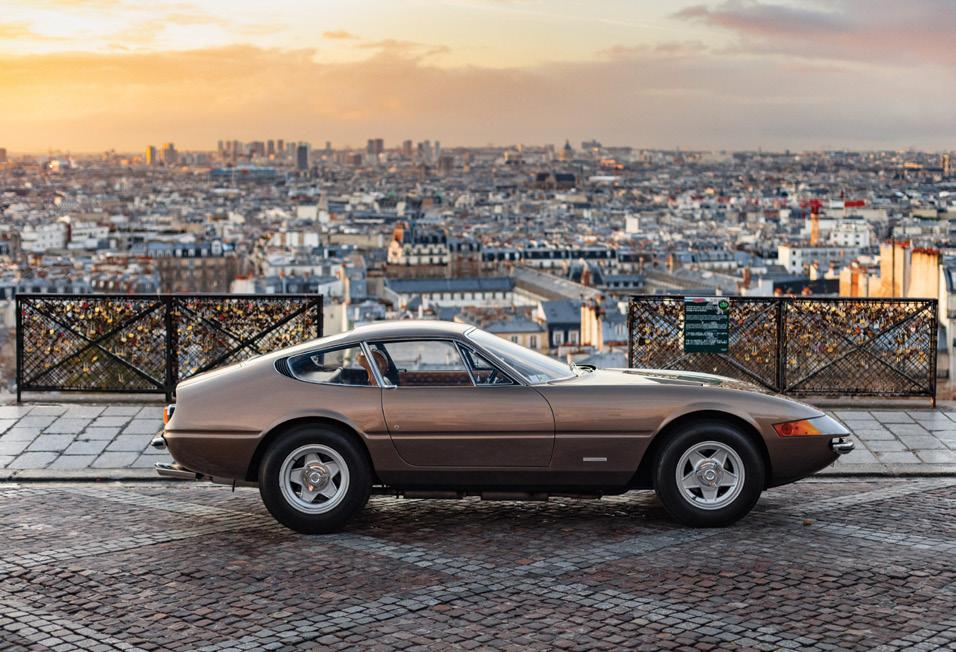
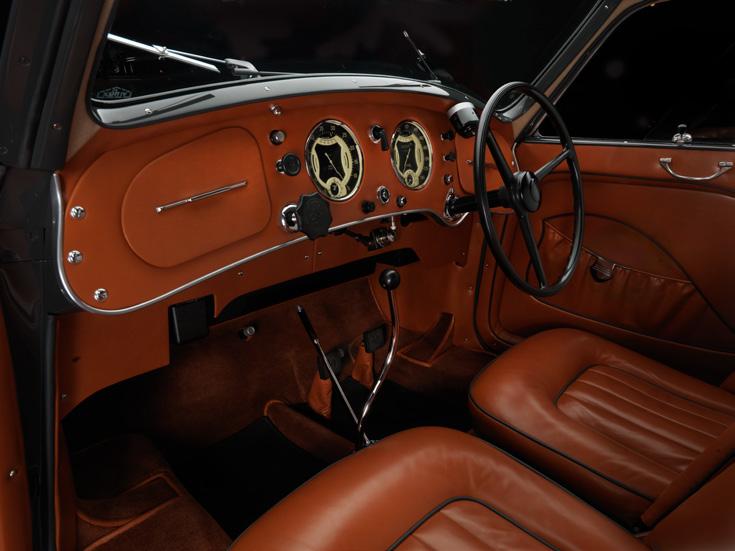
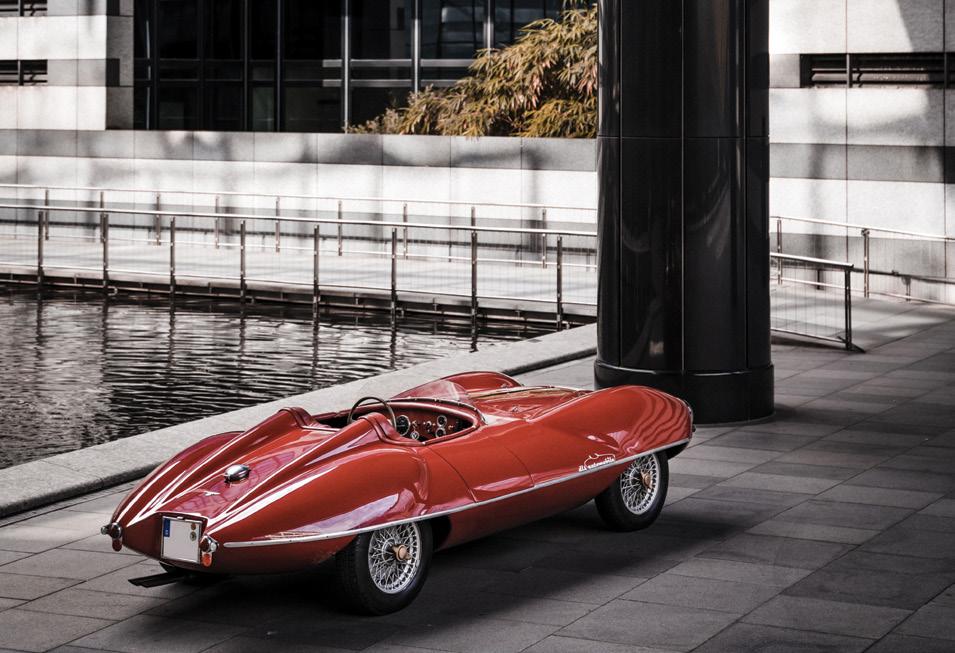
57 E SCAPE BACKLIST FERRARI 365 GTB /4 DAYTONA Cross-country touring never looked so grand The strip of eastern Florida beach known as Daytona is widely considered the mecca and birthplace of American motorsport: first for stock car racing, then for Daytona International Speedway’s steeply banked tri-oval witnessed the birth of fresh legacies and unexpected upsets. In that year, Ford had dominated in 1966, winning the Triple Crown of endurance racing: Daytona, Sebring, and Le Mans, the latter with a famous –2–3 finish. Ferrari was defeated, yet remained resolute. At the 1967 running of the 24 Hours of Daytona, the scuderia took its revenge with a –2– finish of its own. Not only did all six Ford GT40s drop out or finish 300 miles (480 km) behind, but one of the winning Ferrari drivers was Chris Amon—who Consequently, when Ferrari introduced its newest grand touring car the following year, it was all too fitting to connect the 365 GTB/4 to this compelling victory, albeit unofficially. Bearing the heritage of Italian artistry, Ferrari’s iconic Daytona would receive recognition on the opposite shore of the Atlantic: it was named in America, and would establish its reputation there. Pininfarina’s Leonardo Fioravanti took the lead on the Daytona’s design, building off an impeccable body of work with the Dino 206 GT sports car he created only one year earlier. This time, he imbued the new GT with a sharply angled front end, while retaining the smooth curves of his earlier Dino, as if anticipating designs to come. Although the seventies would be defined by its angles and wedges, for now, the Daytona was a blend of the past and the future. Some contemporary styling features such as sharp angles, compact cockpit, and hidden headlights were seamlessly melded together by the soft curves of the sixties. (Early models hid their four headlights behind delicate acrylic glass, anticipating a possible U. sunken headlights, but as the ensuing decade proved, that legislation never came to fruition.) Overall, the look was more domineering and more menacing than the widemouthed 275 GTB/4. Enzo’s traditional engine placement was in keeping the 347-horsepower Colombo V-12 defiantly upfront. The world had caught a glimpse of the supercar future in the mid-engine Lamborghini Miura, but Enzo was stubborn: this race car influence would be too dangerous for the road, he believed. Since the 12-cylinder GT cars were the greatest essence of Ferrari they must be protected. To maintain sleek form, the mile-long hood, and the dramatic view before the windshield was to preserve Ferrari’s pedigree on high-speed endurance. Grand touring, indeed. When Car and Driver journalist Brock Yates launched the inaugural Cannonball Run with Dan Gurney, who won the 1967 24 Hours of Le Mans, they chose a Daytona to drive coast-to-coast, racing from New York to Los Angeles in the shortest time possible. Over the course of nearly 36 hours, the Daytona averaged 80 mph (130 km h), hardly skipping a beat, even when the police caught up to them one time. Upon their arrival in California, Gurney jokingly remarked: “We never once exceeded 175 mph [282 km/h].” 75 74 Five of the six brothers who founded Maserati were talented mechanics, engineers, and race car builders. Alfieri and Ettore were employed together at Isotta Fraschini and then Diatto, building Grand Prix cars, before they began Officine Alfieri Maserati in 1914—which started off making spark plugs. Although he died in 1910, before the founding of the company, eldest son Carlo provided the first Maserati automobile. He was an accomplished bicycle racer who developed a single-cylinder motor for the bicycle factory he worked at. Ernesto steered the company through the Great Depression and World War II, and soon after, when Maserati revisited plans to build its first road car. Brother Bindo departed Isotta Fraschini in 1932, after the death of Alfieri, to provide his expertise in production technology. However, the sixth Maserati brother gave the company its most visible legacy. Mario was painter and an artist who designed its logo of the three-pronged trident, as held by Neptune, god of the oceans. He patterned it from the statue of Neptune in Bologna’s Piazza Maggiore. Not only was it symbol of the brothers’ hometown, but it also stood for strength and vitality, qualities that were embodied by the race cars designed and built by the Maserati brothers. From inception, Maserati was a company entirely focused on competition. Throughout the 20th century, its cars were victorious in every Formula (One, Two, and in the new millennium, Formula E), across the endurance races of the World Sportscar Championship, at the Mille Miglia and Targa Florio, even at the Indianapolis 500 in America, where it became the only Italian company to win the hallowed event—twice in a row. The first car to wear the Maserati trident, the Tipo 26 of 1926, won its class in the grueling Targa Florio with Alfieri behind the wheel—its debut outing. A Maserati would win the same event every year between 1937 and 1940. In the hugely competitive, politically charged Grand Prix era of the 1930s, the 8CM proved successful against both the mighty Silver Arrows of Germany as well as homegrown competition from Alfa Romeo. When Maserati decided to focus on the smaller voiturette class, the marque racked up successes: Maserati’s racing cars were raucous, breathlessly fast, challenging to harness, yet endlessly rewarding for those who could step up to the challenge, such as Tazio Nuvolari, Louis Chiron, and Prince Bira of Siam. The 1.5-liter 4CLT remained competitive for privateers well into the 1950s—impressive for car developed in 1939. Juan Manuel Fangio won his last of five championships in a Maserati 250F. At the 1957 German Grand Prix, Fangio was leading by 30 seconds when a botched pit stop dropped him down to third, and nearly a full minute behind Peter Collins. Fangio took aim at the Interior of 1958 Maserati 3500 GT convertible built by Carrozzeria Touring. “WHEN MASERATI TOOK ITS RACING KNOW-HOW TOWARDS ROADGOING CARS, ALL SIGNS POINTED TO SUCCESS.” Two Maserati 3500 GT convertibles from 1958 and 1963. Over 2,000 coupes and convertibles were produced between 1957 and 1964. MASERATI A family concern bred racing success under the brand of the trident ALFA ROMEO 1900 C52 “DISCO VOLANTE” An earthbound race car that could have soared To the English-speaking ear, it may seem like everything in Italian sounds dramatic, seductive, romantic. “Disco volante” may mean “flying saucer,” but it could be the name of Rome’s hottest answer to Studio 54. The bodywork of the Flying Saucer, built by Carrozzeria Touring, reflects its name. Curvaceous and sultry, pinched wide at the hips, the sheet metal wraps around the wheels with enormous bulges—reminiscent of its slated racing rival, Jaguar’s D-Type. Both cars were visually weighted by their wheels and tires, but the Disco Volante took it further by enclosing the tops of the wheels underneath bodywork, punctuated by a single strip of chrome. The tail stretched past the rear wheels, tapering into pair of rounded lights, like a jet’s afterburner trail. Despite its visual impression, ample space remained for the front wheels to maneuver effectively. Looking at the Disco Volante from the front reveals how the bodywork extends far beyond the skinny tires, terminating at definitive points. This was designed to prevent weathervaning in crosswinds, and Carrozzeria Touring put the Disco Volante through extensive wind tunnel testing to hone that precise lenticular shape. Aided by its curvature, the Disco Volante could nearly reach 140 mph (225 /h). Alfa Romeo initially built three Disco Volantes, all convertibles, but later converted one into a coupe. The fixedroof translation lost nothing in the process: the gracefully tapered, gently sloping roof only served to exaggerate the Disco Volante’s outrageous proportions. Touring designed the Disco Volante for the 1952 racing season. Though it never raced, it had the credentials: tubular space frame, enclosing the running gear of the 1900 C Sprint—dual overhead cams, aluminum block, and 156 horsepower—that had competed in the 1952 Mille Miglia, albeit to lackluster results. Could the Disco Volante, facing the winds on the twisting roads at the foothills of the Alps, have fared better? Alfa Romeo and automotive importer extraordinaire Max Hoffman had high hopes, appealing to American privateers when he launched it at the 1952 New York Auto Show. However, it was not to be: reliability problems forced out any victory lane dreams. What it gave the world, though, was greater than victory: as an aerodynamic testbed, it combined high art with engineering prowess for achieving low drag coefficients. This otherworldly experience provided Alfa Romeo the confidence to outdo themselves one year later, with the B. A.T. 3—a design icon that begat icons.
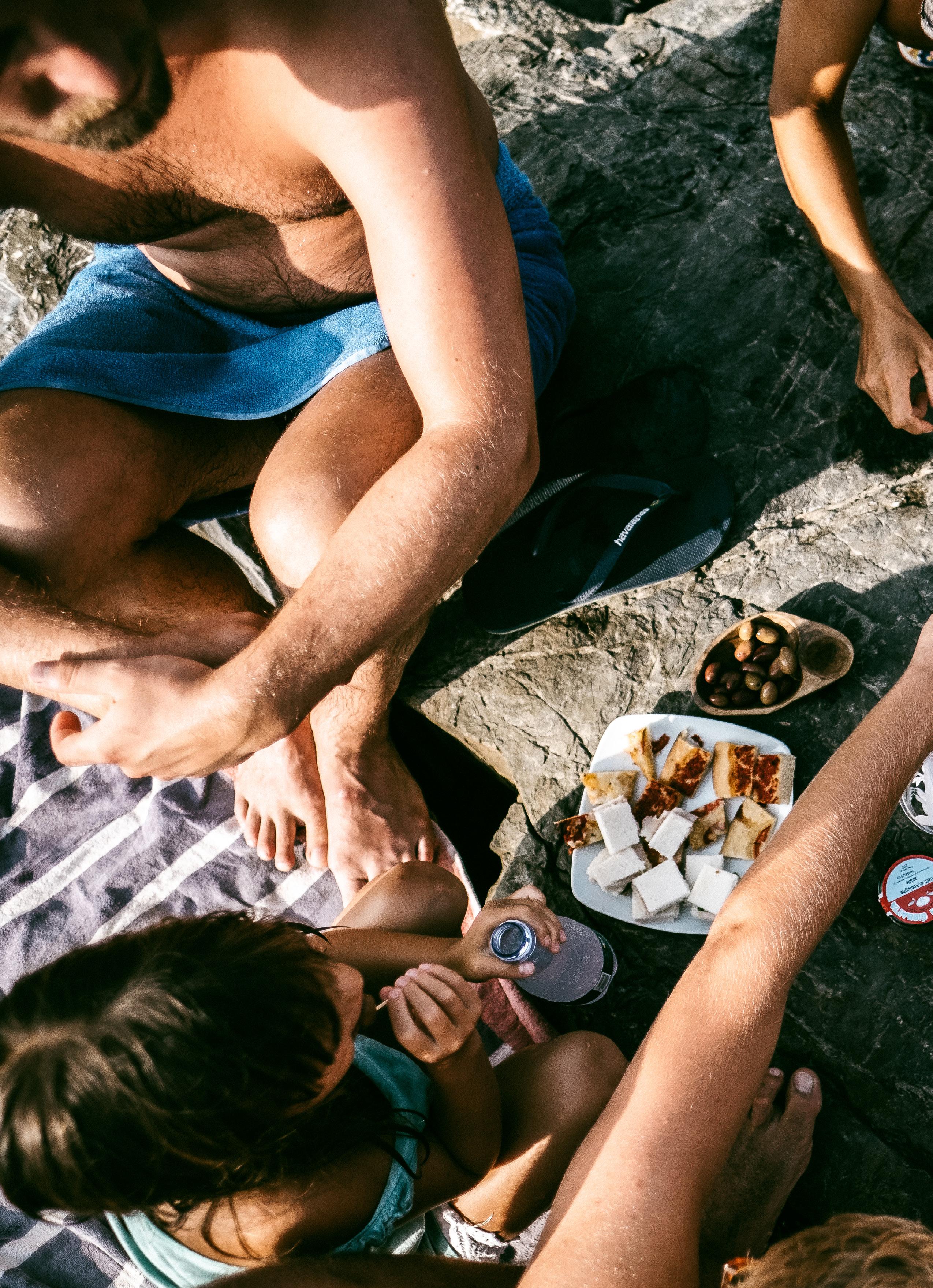
FOOD & BEVERAGES
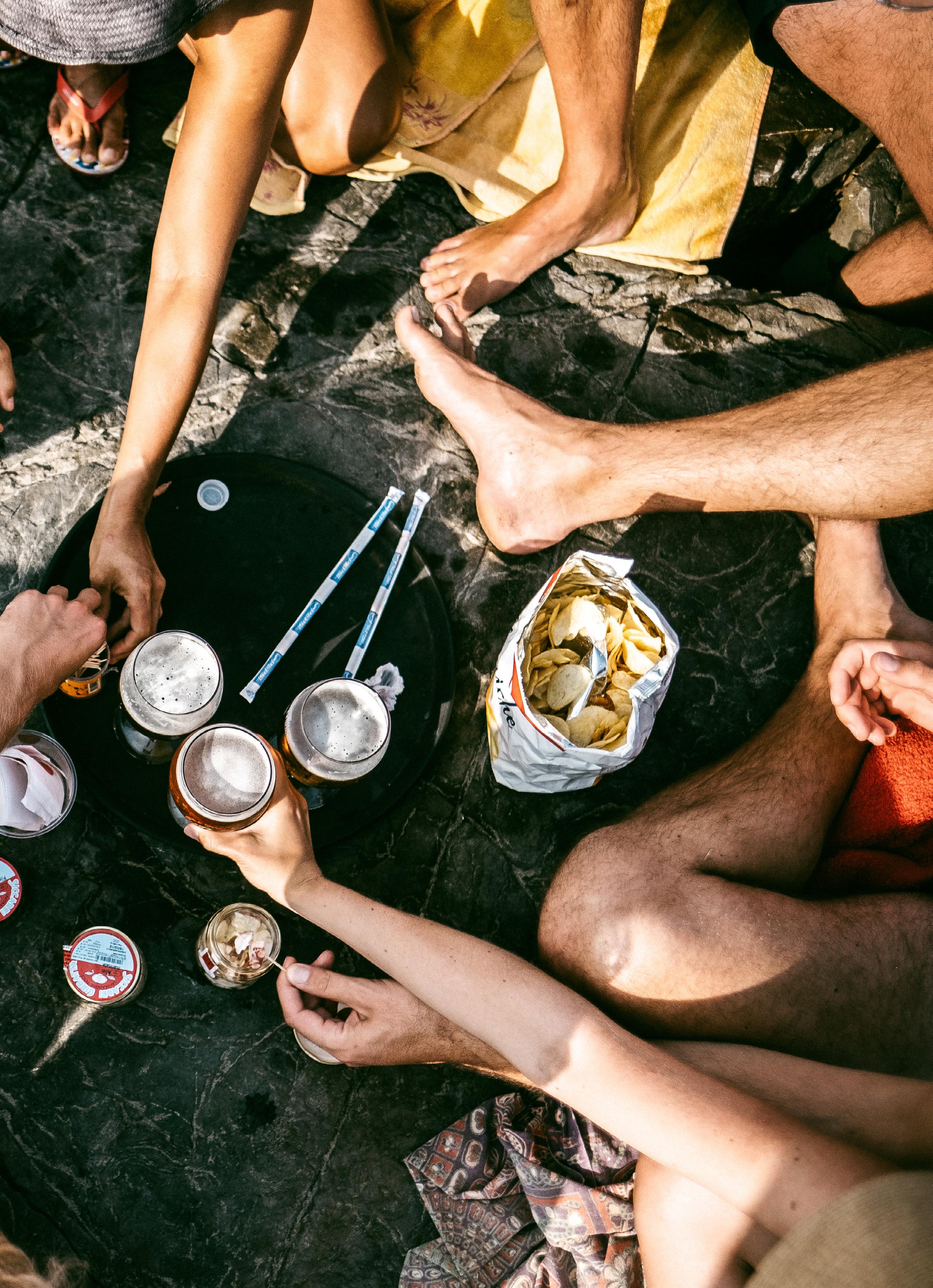
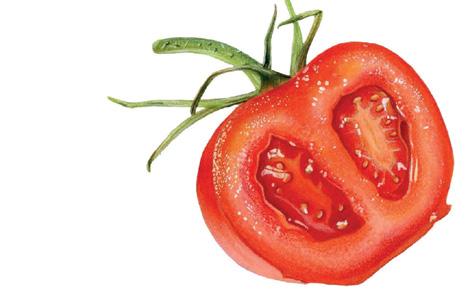
In the
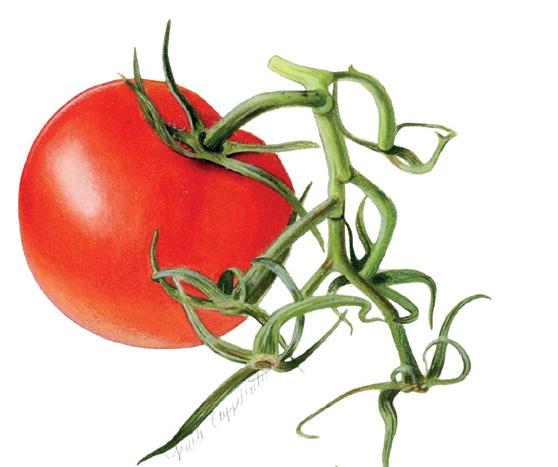
and 16th centuries,
sailors brought some tomato plants from Central and South America to Europe, where they were initially used as ornamental plants as their fruits were considered poisonous.
for the Spanish royal family and, via their possessions such as Sardinia and Naples, eventually also to Italy. So it was that on October 31, 1548, the Tuscan Grand Duke Cosimo de’ Medici held a basket of tomatoes in his hands for the first time—and probably
the interest of the Medici family. They carried out certain experiments with the nightshade plant, but these did not lead to the desired results with the adversaries, so that the fruit only landed on the plate 100 years later—on that of the Spanish Viceroy of Naples. His chef Antonio Latini wrote the first recipes with tomatoes, which quickly found favor and became famous as alla spagnola, the Spanish way. The Italians therefore played the biggest part in the triumphant entry of the tomato into the kitchens of the world. Not only do we have them to thank for an extremely versatile and tasty ingredient—it
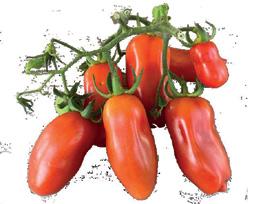
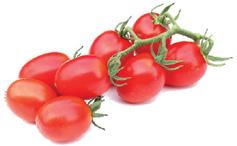
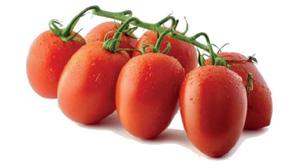
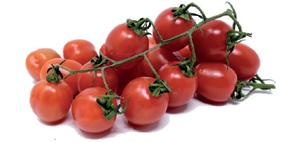
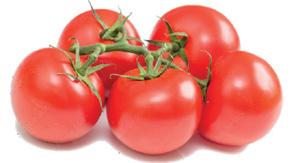
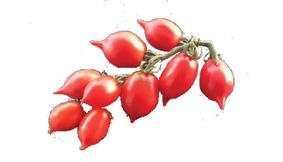
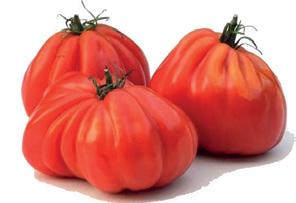
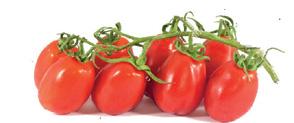
Penne con Salsiccia
Penne with salsiccia
This recipe is uncomplicated and quick to prepare, but takes a little time to cook. The result is an incredibly aromatic sugo with a deep, spicy flavor. The secret: the pinch of cinnamon. It rounds off the taste and takes the sour edge off the tomato sauce. However, the star of the show is the salsiccia, a fresh, coarse pork sausage from Tuscany, seasoned with fennel and herbs. With such a simple recipe, it is all the more important to use excellent ingredients, which is why you should buy the salsiccia from an Italian grocer. The same goes for the tomatoes: Whole canned San Marzano tomatoes, picked ripe in Campania and processed immediately, have a more intense flavor than any fresh tomato in Germany. A special feature of this variety: first cooked in a water bath and then canned, they develop their full aroma. The harmony between sweetness and acidity is then incomparably good for cooking and turns a simple sugo into a delicacy.
Cut the onion and garlic into small cubes. Clean and peel the carrot and also cut into small cubes. Clean the celery, remove the threads if necessary and cut into small cubes. Finely chop the bottom thick stems of the parsley and set aside. Finely chop the parsley leaves and the remaining stalks.
sugo Remove the skin from the sausage meat. Heat the olive oil in a large shallow pan or frying pan and fry the sausage meat briefly on all sides. Break it up with a wooden spoon and fry for approx. 5 minutes until everything is evenly browned (do not fry for too long, otherwise the sausage meat will become too dry). Remove from the pan with a slotted spoon or large spoon and set aside.
Sauté the onions, garlic, carrots, celery, parsley stalks, bay leaf, chili and tomato puree in the remaining fat in the pan. Season with salt and sauté over a medium to high heat for approx. 10 minutes, stirring regularly.
pasta Cook the pasta in plenty of boiling salted water until al dente, drain and leave to drain well. Add the parsley leaves to the finished sauce. Coarsely grate the Parmesan. Mix the pasta and sauce and arrange in warmed pasta dishes, sprinkle with the cheese and serve immediately. Serves
Deglaze with red wine and allow the liquid to evaporate almost completely. Add the tomatoes and season with cinnamon, cloves and pepper. Cover the sauce and simmer gently over a low heat for approx. 1 hour.
After 30 minutes, add the sausage meat again.
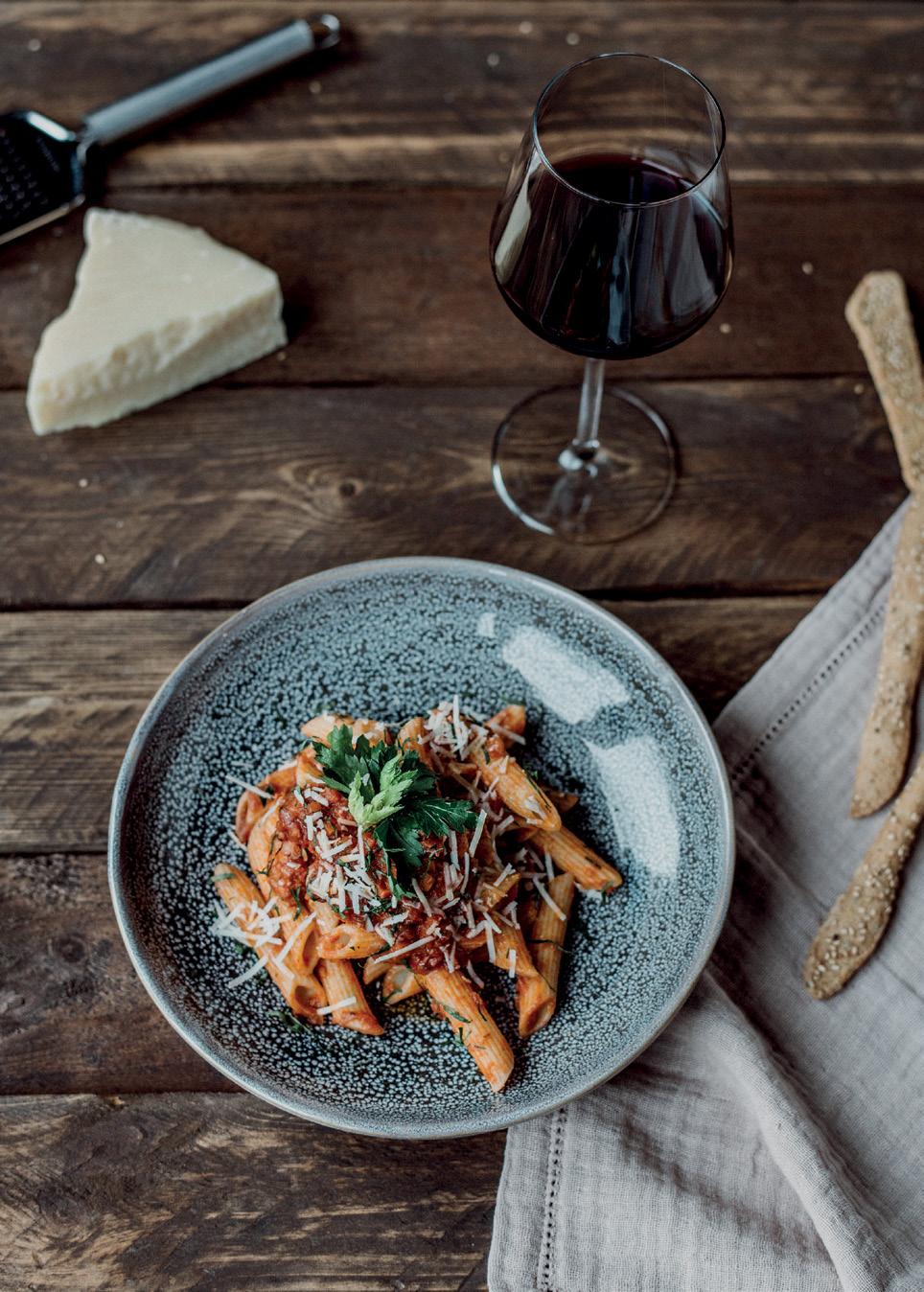
60
255
4 preparation
min. cooking time approx. 2 hours ingredients 1 small onion 2 garlic cloves
small carrot 1 stalk of celery
bunch of parsley
g salsiccia 30 ml extra virgin olive oil
bay leaf 1 tsp dried chili
tbsp seasoned tomato puree 100 ml red wine 800 g San Marzano tomatoes (tin)
pinch of cinnamon 1 pinch of ground cloves
g Parmigiano Reggiano
g penne salt, pepper primi warengruppe are more than 3,100 varieties worldwide and at least as many varieties that have never been registered and therefore have no name. However, the most important varieties are these: San Marzano “Campania’s red gold” grows at the foot of Mount Vesuvius, around the village of San Marzano. It has been cultivated since Ferdinand de Bourbon received it as a gift from Spain in 1770. Unfortunately, the variety had almost completely disappeared by the 1980s because it has to be harvested individually and by hand, but thanks to a team of researchers, some farmers and the slow food movement, it has been rediscovered—and now enhances the original Neapolitan pizzas. They develop their full aroma—a strong bittersweet taste with balanced acidic nuances—in the tin when they are gently preserved in a water bath at exactly 100 degrees. San Marzano DOP is the perfect base for sugo, salsa and original pizza. Piennolo These little treasures are grown on the slopes of Mount Vesuvius. Here, the sun is merciless and the soil is particularly rich in minerals, giving the tomatoes a firm skin, plenty of minerals and a very special sweetness. Immediately after harvesting, they are tied together by hand to form the eponymous piennoli, the large bunches, which then last for a whole year. This is also the reason why the tomato has been depicted in the famous Neapolitan nativity scenes since the 18th century—it is a traditional ingredient in local cuisine at Christmas time. The Piennolo del Vesuvio DOP goes perfectly with seafood dishes, pizza, bruschetta or buffalo mozzarella. Corbarino Those who like it very spicy and aromatic will find their happiness in this old variety from the Naples area. It is the small version of the Corbara tomato and forms long bunches of small, red, egg-shaped fruits with an intense aroma. This makes it ideal for starters, main fish dishes and pizza. Ciliegino Although it is so small, the cherry tomato is considered the ancestor of the modern cultivated tomato and was probably first domesticated in Mexico. It was first mentioned in Europe in 1623 in the standard work Pinax theatri botanici by the Swiss botanist Caspar Bauhin. It is impossible to imagine Italian cuisine without the ciliegino, which is used in fresh salads, with antipasti and cheese. Cuore di bue The characteristic oxheart tomato probably originated in Russia at the end of the 19th century, from where it quickly found its way onto Italian plates. It is undoubtedly the heavyweight among tomatoes—and not just in terms of taste. Its firm flesh and considerable size (up to 1000 grams!) make it the first choice in Italian kitchens. Here they are preferably eaten raw and still slightly green, as at this stage the acid to sugar ratio is optimal for the taste. This makes Cuore di bue the centerpiece of salads and starters. Datterino The small but immensely aromatic date tomato originally comes from Sicily. It is characterized by its fine fruitiness and distinctive sweetness. The Datterino is suitable for elegant sughi, tender prawns or refined vegetables. Grappolo The vine tomato is one of the most popular varieties in Italy and abroad. Its strong and hearty flavor has earned it a permanent place on the plate. Grappolo is at its best in salads or with starters. Perino In its native southern Italy, this extremely successful cross between the spicy date tomato and the sweet cherry tomato is considered the best small tomato of all. And that is why the Perino refines very special 13 Tomato Pomodoro T he tomato: Hardly any other fruit is so synonymous with authentic Italian cuisine. And hardly any other fruit can boast such a rich history: from a status symbol for the few to a national treasure for all. It all starts with the plant: The tomato comes from the rather ill-famed nightshade family and is therefore closely related to belladonna, mandrake and tobacco. The plant produces bright yellow flowers and brightly colored fruits, which develop a strong red, a rich yellow or an intense orange thanks to the high concentration of lycopene. Until almost 50 years ago, it was pollinated laboriously by hand—nowadays, thankfully, bumblebees take over this task. But the name also reflects the fascination that this fruit exerts: For a long time, it was known in Europe primarily as the apple of love, the apple of paradise or the golden apple (pomo d’oro in Italian), because the first varieties were still golden yellow. Tomatoes were used as love apples for magic potions in France in the 16th century because they were said to have an aphrodisiac effect. This is actually somewhat true: their ingredients tyramine and serotonin actually have mood-enhancing powers. It was not until the 19th century that the tomato was given its current name in many languages, derived from xītomatl, which means “navel of thick water” in the Aztec language. From the Aztecs, the tomato came to Europe with Hernán Cortés—as a souvenir
didn’t know exactly what to do with them. Admittedly, these fruits were rare and were planted as rarities in the gardens of the upper classes, as they testified to the wealth of their owners and impressed visitors. However, they were considered poisonous—and it was precisely this that probably aroused
is also really healthy: although the tomato consists of 95 % water, it contains lots of vitamins A, B1, B2, C, E and niacin, among other things; it has an antioxidant effect and thus strengthens the immune system. If only the Medici had known that! “It would take a lifetime just to know your way around tomatoes.” – Ferran Adrià, former head chef of the restaurant elBulli. But you should know this: Fresh tomatoes are best stored separately from other fruit and vegetables, as they release ethylene during storage, which causes neighboring fruit to ripen faster and therefore spoil more quickly. They should not be stored in the fridge as they lose their flavor and become mealy. Tomato plants themselves are quite sensitive: in addition to color, smell and shape, they also signal stress through sounds, which, however, are in the ultrasonic range and cannot be perceived by humans. It is said that the best tomatoes ripen in Apulia. And in Sicily. And on Mount Vesuvius. And certainly elsewhere too. There
20
1
1
500
1
1
1
40
400
15th
tomate 12
European
Recipes and Essentials of Italian Cooking
Editors: gestalten & Remo Viani
Features: Full color, hardcover, stitch bound, 288 pages, 24 × 30 cm, 9 ½ × 11 ³⁄₄ inches
Price: € 45 (D) £ 40 $ 65 (US)
ISBN: 978-3-96704-150-7
9 783967 041507
RELEASE (EUROPE & UK): SEPTEMBER 2024
RELEASE (INTERNATIONAL): OCTOBER 2024
A complete guide on how to source and prepare essential ingredients for traditional, homemade Italian cuisine
at home.
The quality of Italian cuisine is based on the quality of its ingredients. For Italians, the quality of the basic ingredients in their dishes is everything. For some, it’s even as important as the air they breathe. This is why classic, homemade Italian food is incomparable to any other in the world. Its richness of taste belies its apparent simplicity, and it’s all down to the superior quality of those timeless, key elements that truly makes traditional Italian cooking so flavourful. Originale is not just another recipe book. It is, in essence, a guide. A manual on how to do it like the Italians. The dozens of inspiring recipes within these pages are built from a handful of crucial ingredients that, if sourced correctly—as detailed in this book—can transport you directly to the kitchens of Rome, Naples, or Bologna via your own plate. Originale is lovingly curated to celebrate the enduring nature of Italian cuisine, its history, and culture. Buon appetito!
WHAT TO EXPECT
• Over 80 recipes
• Original food photography
• Illustrations of ingredients and products
• Background information about the origin of the recipes and how to use the best ingredients
Founder of Viani Alimentari, and manager of Viani Importe GmbH, REMO VIANI discovered the true flavors of Italy through the home cooked meals of his grandmother in Pietra Ligure. In the mid 1990s he quit his career in advertising to follow in his Italian father’s footsteps by importing regional delicacies to Germany, expanding and growing the business into shops and food festivals, and building on his passion for Italian food.
Panna Cotta con Marmellata di Arrancia e Menta
Panna cotta with orange marmalade and mint
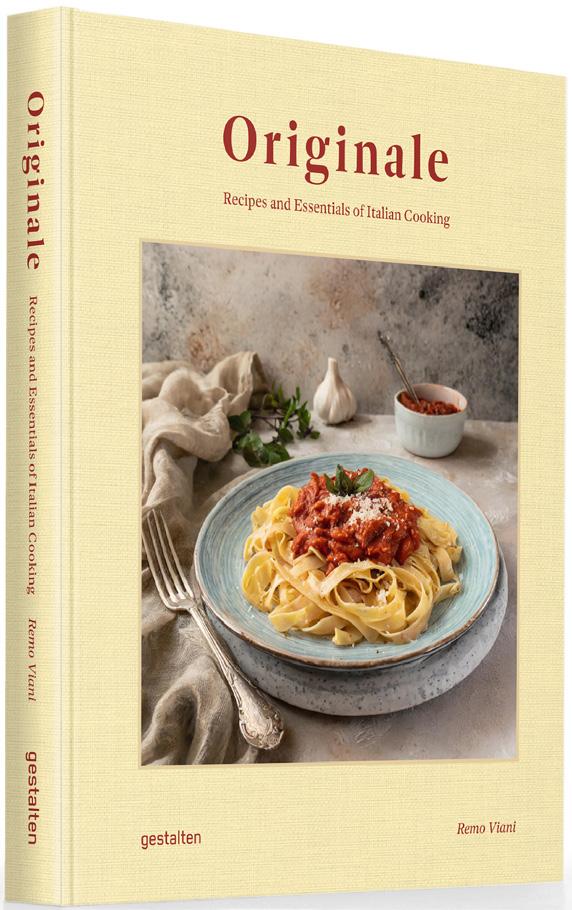
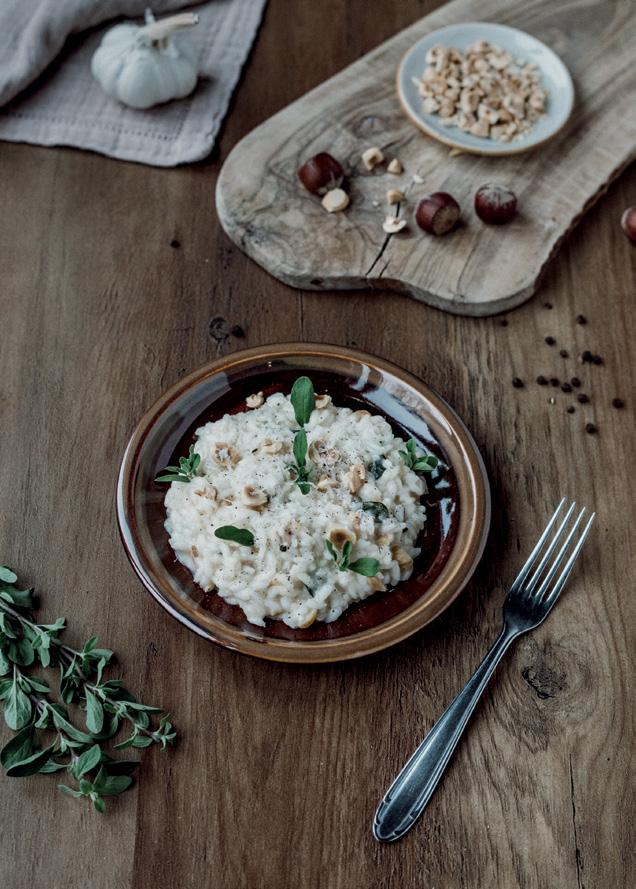
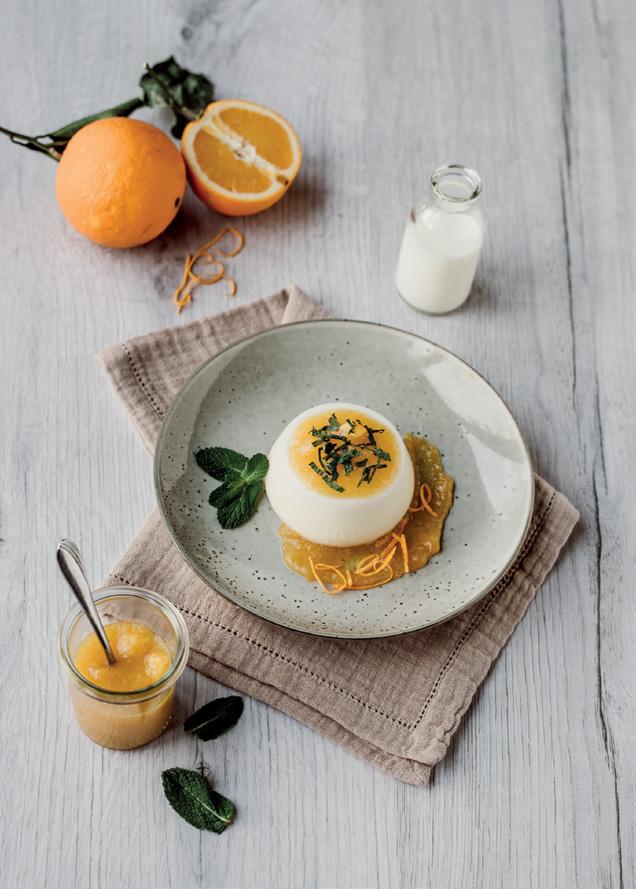
61 FRONTLIST F OOD & B EVERAGE S 62 primi Castelmagno is a cheese with a protected designation of origin from Piedmont, made from cow’s, sheep’s and goat’s milk. It is matured in tufa caves and has a very special, fine-grained consistency and a subtle taste of essential mountain herbs, forest soil and mushrooms. It may or may not develop blue mold naturally, as it is not specially inoculated with blue mold cultures. It is very suitable for cooking. It is typically eaten with gnocchi, a specialty of the town of Cuneo, enriched with cream and butter. But in this risotto, combined with the well-known ambassador of Piedmont, the hazelnut, it also represents its region and its taste perfectly. In Italy, a risotto is considered perfect when it makes a wave when stirred with a wooden spoon, all’onda. It is then creamy, but not yet sticky, and the Castelmagno enhances this creaminess. You should definitely wait for this moment and serve the risotto quickly after a short rest. Sauté the shallot in butter until translucent. Add the garlic and risotto rice. Stir and make sure that it does not burn, but only gets hot. Deglaze with white wine and stir once vigorously until the liquid and alcohol have evaporated. Now reduce the heat slightly and pour in enough hot stock to just cover the rice. Allow the liquid to reduce, then add a new ladle of stock. Repeat this while stirring until the rice is al dente, which takes about 18 minutes. Roughly chop the hazelnuts and roast without fat. Fold half the hazelnuts, 3 stalks of marjoram leaves, the remaining butter and the grated Castelmagno into the risotto and stir. Turn off the heat, cover and leave the risotto to rest in the pan for 3 minutes. Garnish with the remaining marjoram and hazelnuts. tipp This dish is further enhanced by the final seasoning with freshly ground black pepper. Serves 2 preparation time 10 min. cooking time 20 min. ingredients 1 shallot, finely chopped 40 g butter 1 clove of garlic, finely chopped 320 g risotto rice of the Arborio or Carnaroli variety 50 ml white wine 780 ml vegetable stock 100 g Piedmont hazelnuts of the Tonda Gentile delle Langhe variety 5 stalks of fresh marjoram 100 g Castelmagno cheese, grated Risotto alla Piemontese Risotto Piedmont style 66 primi Panna cotta, the classic from Piedmont, has conquered international cuisine. This is no wonder, as the “cooked cream” tastes milky-sweet and at its best has a creamy consistency. It is usually served with fruity, tart berries, which creates a delightful tension. In this version, it is a bittersweet orange marmalade that turns the panna cotta into a stimulating work of art. It is said that the dessert first appeared on a restaurant menu under its current name in the 1960s, in Cuneo in Piedmont. However, it is obvious that the recipe, in its convincing simplicity, is much older: panna cotta was probably cooked by peasant women who had a surplus of milk and cream. The cooking technique could also go back to the French influence in Piedmont and originate from the time when the House of Savoy ruled there. To this day, vegetable flans cooked and turned in ramekins, a hearty form of panna cotta, are also part of traditional Piedmontese cuisine. Soak the gelatine in cold water. Slice the vanilla pod lengthways and scrape out the seeds with a sharp knife. Bring the cream to the boil in a pan with the pod and seeds. Remove the pan from the heat and add the sugar, stirring until it has dissolved. Remove the vanilla pod. Squeeze out the gelatine and dissolve in the hot cream while stirring. Pour the mixture through a sieve into four small ramekins and leave to cool. Then place in the fridge for 3 to 4 hours, preferably overn. Turn the panna cotta out onto small plates or serve in a glass. Using a spoon, spread each panna cotta with orange marmalade to a height of approx. 1 cm and sprinkle with finely sliced mint. tip The panna cotta is particularly full-bodied when prepared with pastry cream (35 % fat).
Serves 4 preparation 30 min. cooling time at least 3–4 hours ingridients 6 sheets of white gelatine 1 vanilla pod 620 ml cream 75 g sugar 4–6 tbsp Sicilian orange marmalade a few mint leaves SAMPLE COVER NEW
ORIGINALE
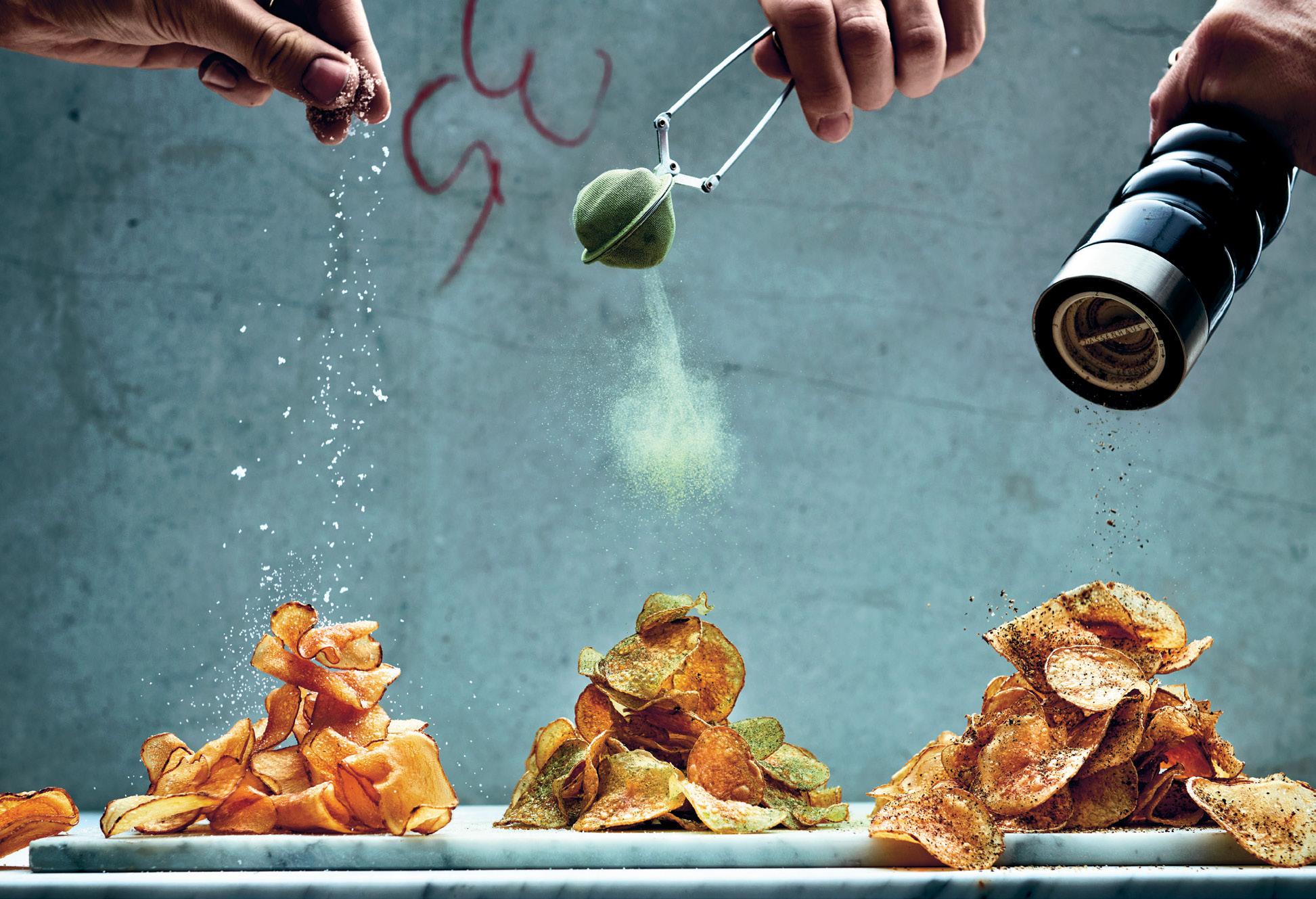
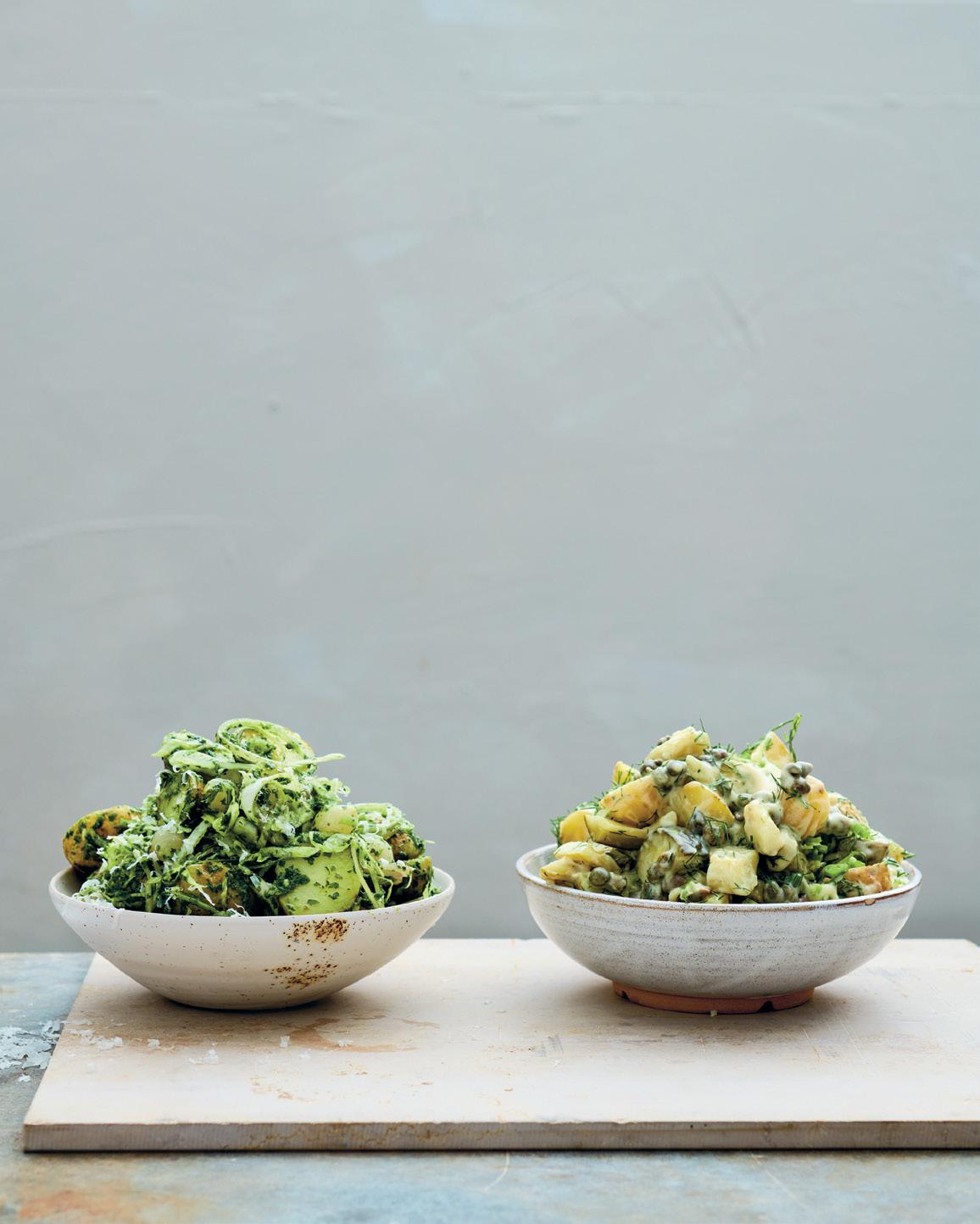
Potato Salad
Anyone who didn’t eat their first potato salad in the form of a pre-purchased, industrially prepared one raises a hand! Thought so. I can honestly guarantee that this was the first first potato salad you ate. For me, it definitely was. I loved that pre-bought stuff, so when my mom got the idea to make her own, it took a while before I started liking it. Still, I can absolutely buy ready-made, for nostalgia’s sake if nothing else. But 99.9 percent of the time I make my own. Potato salad is a game changer. Do you like creamy with mayo and like crème fraiche as a base or do you want “clear” with vinaigrette? Now I’m being a bit of a brat, but it depends on what you’re eating with it. I like creamy for cold dishes and clear for hot accessories. I always add finely chopped pickles and capers to my creamy potato salad, it adds a little pressure and dimension. In the clear one, I always use pickled onions, diced iceberg lettuce and capers, the little extra. Then I mix the “clear” with a mixed green and good dressing with lots of flavor from tarragon, parsley and dijon. Picnic blanket, grilled chicken or roast beef and potato salad. Student reception or any buffet—that’s the place for a potato salad.
Potato Salad with Vinegar
Serves 4
800 g firm potatoes, preferably Amandine,
7–8 cm in diameter, scrubbed
1 liter of water
3 tsp salt
1 clove of garlic, finely grated
2 tbsp dijon mustard
1 tsp honey
2 tbsp champagne or white wine vinegar
1 pot of tarragon
1 pot of parsley
4 tbsp olive oil
20 g Parmesan, grated
1 lemon, finely grated zest
2 shallots, sliced
1 dl of pickled onions
¼ iceberg lettuce, in 2 cm pieces
½ dl caper berries with stem, halved salt
Measure the water and salt into a saucepan, add the potatoes and bring to the boil. Reduce the heat and simmer in slightly bubbling water for about 20 minutes.
Pour off the water, let the potatoes steam for a few minutes and then cool completely.
Cut the potatoes into large pieces. Mix the garlic, mustard, honey, vinegar, tarragon, parsley and oils into a green oil. Pour into a bowl and stir in the parmesan and lemon zest. lemon zest. Mix the potatoes, shallots, pickled onions, iceberg lettuce and capers in a bowl. Stir in the tarragon oil. Serve at room temperature.
POTATOES COOKED
Creamy Potato Salad
Serves 4
800 g firm potatoes, preferably Amandine, 7–8 cm in diameter, scrubbed
1 liter of water
3 tsp salt
2 egg yolks
2 tbsp dijon mustard
1 tbsp white wine vinegar
1 lemon, grated zest and possibly squeezed juice
2 dl rapeseed oil
1 bunch of scallions, finely sliced
1 gherkin, finely diced
½ dl capers, roughly chopped
1 pot of dill or parsley, roughly chopped salt
Measure the water and salt into a saucepan, add the potatoes and bring to the boil. Reduce the heat and simmer in slightly bubbling water for about 20 minutes.
Pour off the water, let the potatoes steam for a few minutes and then cool completely.
Cut the potatoes into large pieces. Whisk together the egg yolks, mustard, vinegar and lemon zest in a bowl. Add the oil in a thin stream, whisking constantly. Season with salt and possibly lemon juice for extra acidity. Mix the potatoes, scallions, cucumber, capers and dill in a bowl. Add the mayonnaise and give it a quick stir. Serve at room temperature.
62
CHIPS Three favorites: lightly salted, dill and black pepper.
Timeless Recipes for Every Home Cook
By: Stefan Ekengren
Features: Full color, linen hardcover, stitch bound, 208 pages, 18 × 24 cm, 7 × 9 ½ inches
Price: € 35 (D) £ 30 $ 50 (US)
ISBN: 978-3-96704-164-4
9 783967 041644
RELEASE (EUROPE & UK): AUGUST 2024
RELEASE (INTERNATIONAL): OCTOBER 2024
Unlock the secrets of potatoes: A culinary journey beyond basics!
The potato is one of the most versatile foods on the planet, presenting numerous possibilities in terms of preparation and consumption. Potato Total delves into the art of perfecting potato cooking techniques, ranging from achieving the ultimate crispiness in French fries to mastering the precision required for hasselback potatoes. Alongside classic recipes like hash browns, tortillas, and croquettes, the book showcases a range of international delights such as papas arrugadas, tartiflette, and potato focaccia.
In the book you will explore the nuances between stomping, mashing, and pureeing. You’ll also gain insights into the meticulous process of attaining the ideal consistency for dishes like duchess potatoes, and uncover the secret behind why potato gratin is unbeatable with firm potatoes.
With approximately 90 diverse recipes, Potato Total not only provides a culinary journey but also imparts valuable and expert knowledge on cultivating your own potatoes. Dive into the rich history of this vegetable and its various species and embark on a flavorful exploration with this comprehensive guide.
WHAT TO EXPECT
• Approximately 90 recipes, organized into chapters based on boiling, oven-gratinating, or frying
• Insights into potato growing, potato varieties, and the rich history of potatoes
• Suitable recipes for home cooks on every skill level
STEFAN EKENGREN is a chef and restaurateur at Restaurang Hantverket in Stockholm. He has previously published Husman (2016) and Högtid (2019), both of which have become modern cookbook classics.
Salmon Pudding
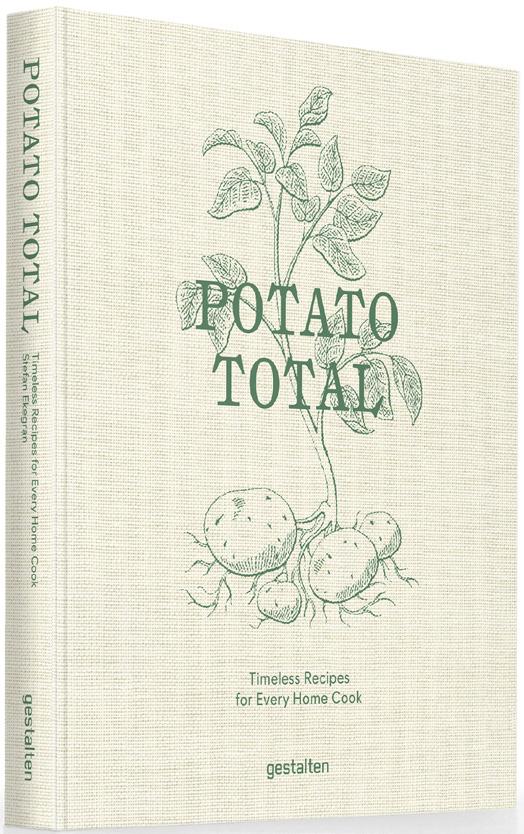
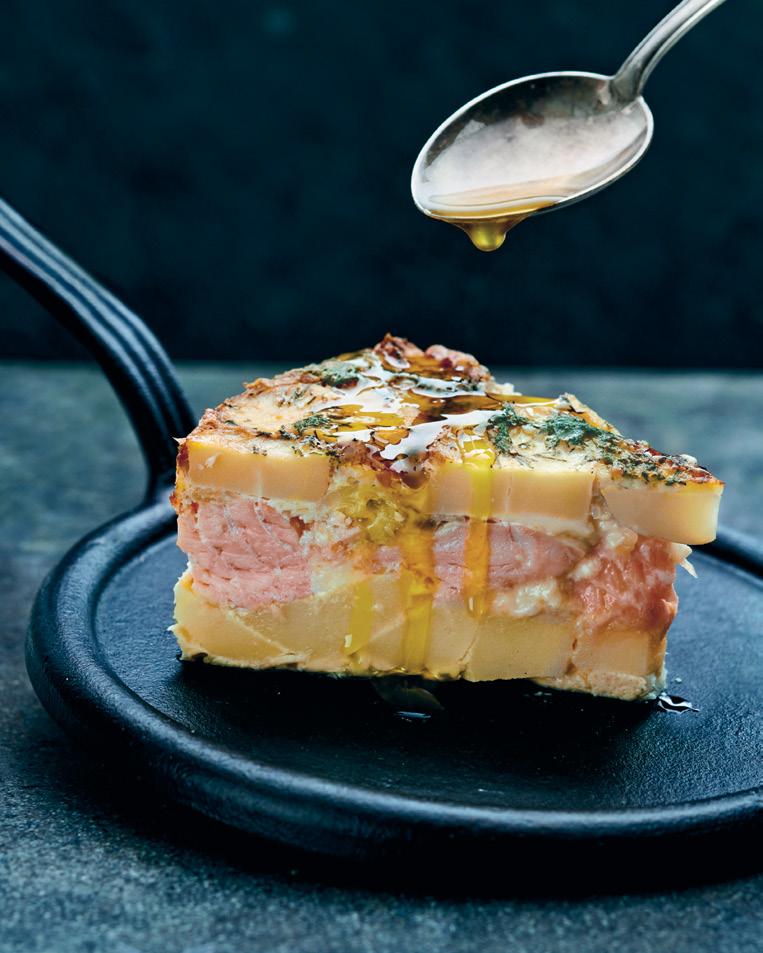
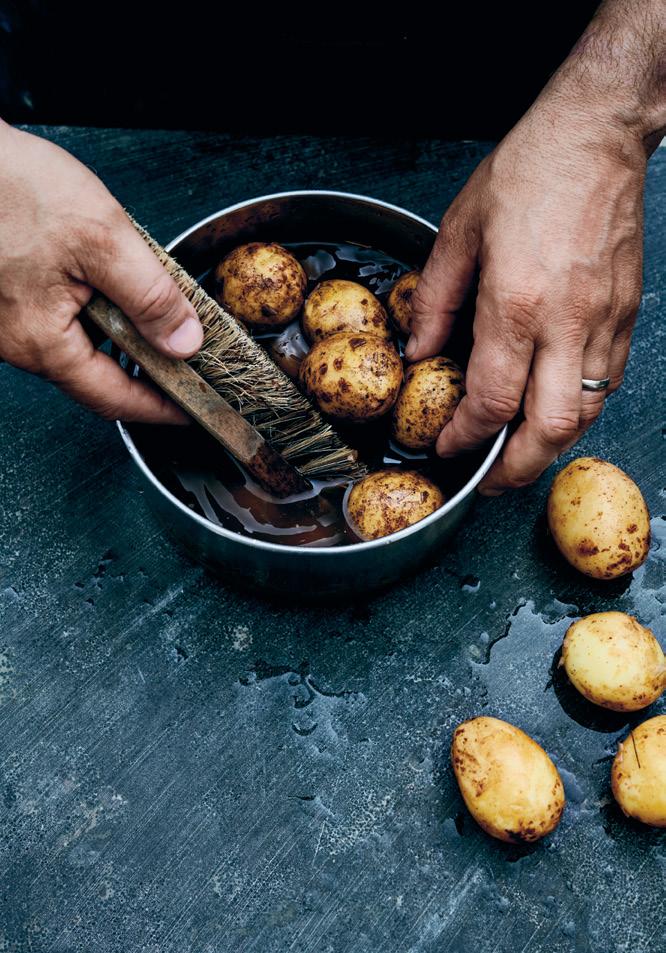
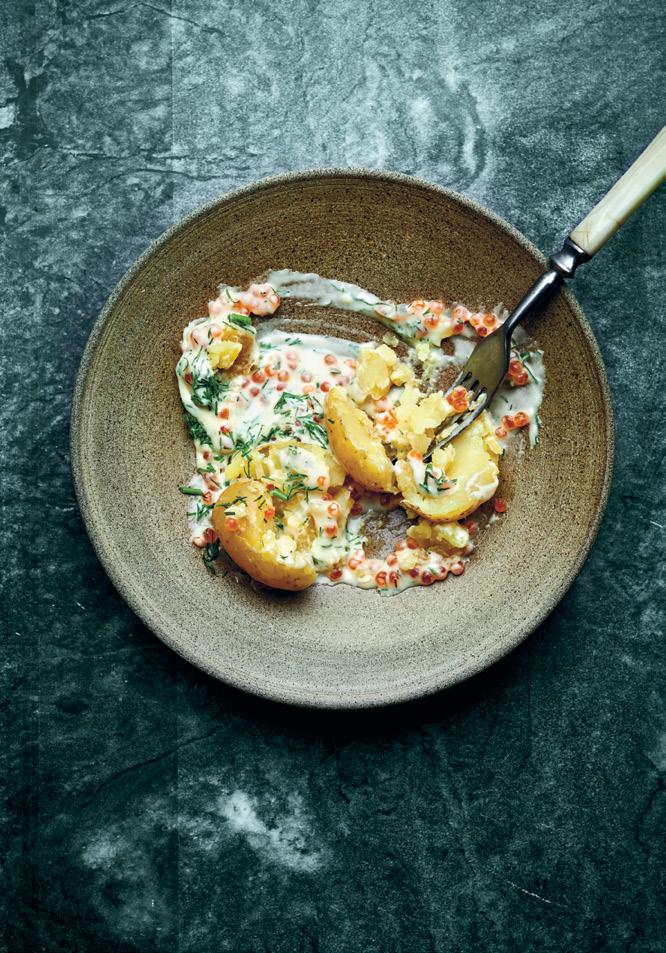
63 FRONTLIST F OOD & B EVERAGE S POTATOES BAKED
For me, salmon pudding is definitely a potato dish, and one of the best. Be careful when making salmon pudding, take your time and appreciate the tinkering. You have a lot of points waiting for you, a decent salmon pudding impresses on three-star levels. Make sure to butter cook a lot of onions and spoon out the stanning all the time so it gets all around and everywhere between each layer. And make sure you have plenty of salmon! It may be a potato dish, but it's a salmon pudding too. Follow the recipe and get a black belt in crafting. 480 g smoked salmon, sliced about 1 cm thick 800 g firm potatoes, peeled and boiled 40 g butter 2 yellow onions, finely sliced 3 eggs 1 ½ dl whipped crea 1 lemon, finely grated zest 1 pot of dill, coarsely chopped 1 lemon, cut into wedges 140 g skimmed butter, for serving salt and freshly ground black pepper Preheat the oven to 175 degrees hot air. Slice the potatoes into ½ cm thick slices. Melt 40 g butter in a saucepan, add the onion and cook it softly for a few minutes. Strain the butter and let the onion cool. Whisk together the eggs and cream. Add salt, pepper and lemon zest. Now all the ingredients are ready for assembly: Start by lining an ovenproof dish (about 24 cm in diameter) with an even layer of potatoes. Spoon over some egg stanning, cover with salmon slices and spoon over additional stanning. Press lightly with your hand to make the pudding compact. Then add a layer of onions, some starch, dill and finally a layer of potatoes. in a fine pattern on top. Press down with your hand to make the pudding really compact and spoon over the rest of the starch. Bake in the middle of the oven for about 1 hour. Serve with lemon wedges and clarified butter. FORK MASHED POTATOES with sandefjord sauce, trout roe and dill SAMPLE COVER NEW
POTATO TOTAL
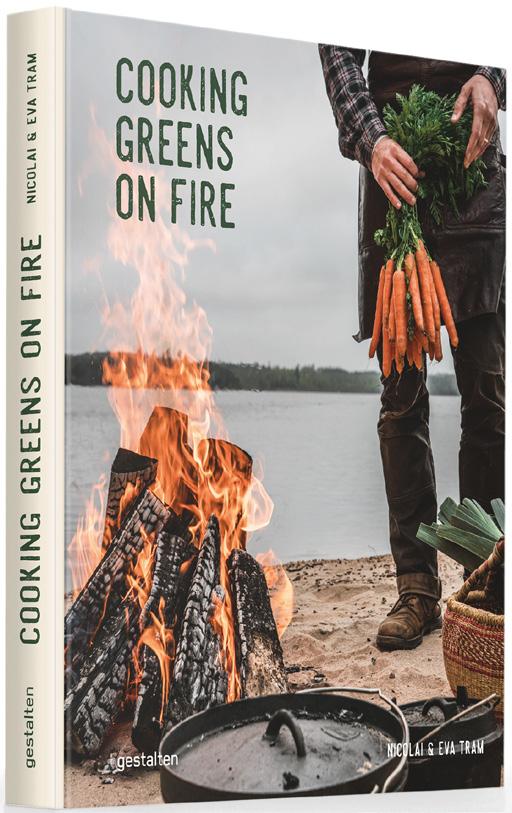
Cooking on an open fire is both exciting and impractical—it’s as much about the time spent preparing the food as it is about eating it. This style of cooking lures chefs of all ages to the outdoors, and the possibilities for including vegetables in the campfire kitchen are almost endless.
Cooking Greens on Fire introduces 60 recipes for vegetarian campfire dishes in various degrees of difficulty. Learn how to build and light a fire, and get to know the equipment, safety, and cooking methods best suited for enjoying vegetables over the open flames.
COOKING GREENS ON FIRE
Vegetarian Recipes for the Dutch Oven and Grill
By: Eva Helbæk Tram & Nicolai Tram
9 783967 041538
Embrace the back-to-basics nature of open-fire cooking, and be introduced to dozens of vegetarian campside recipes.
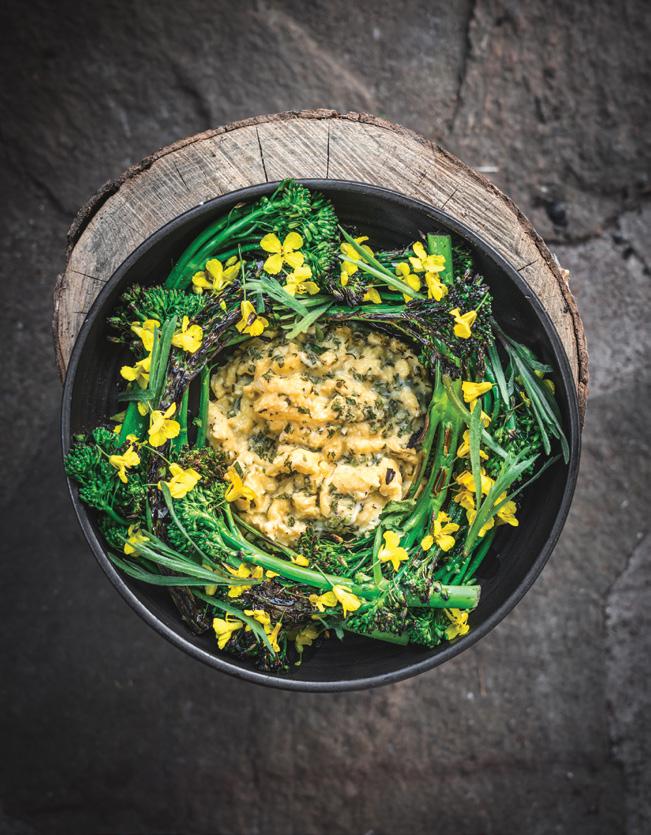
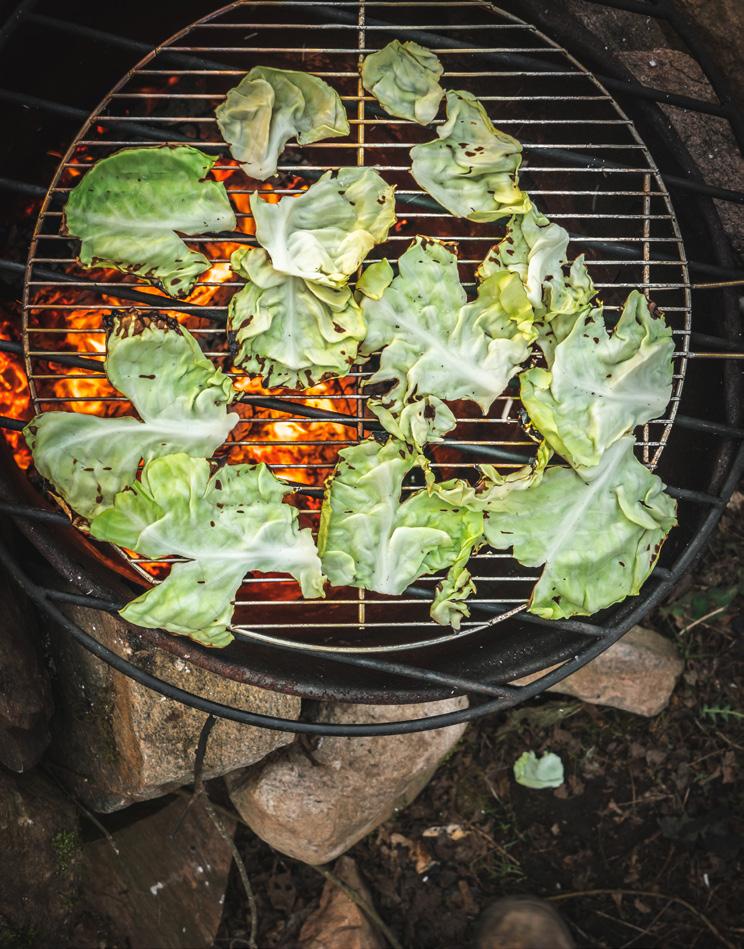
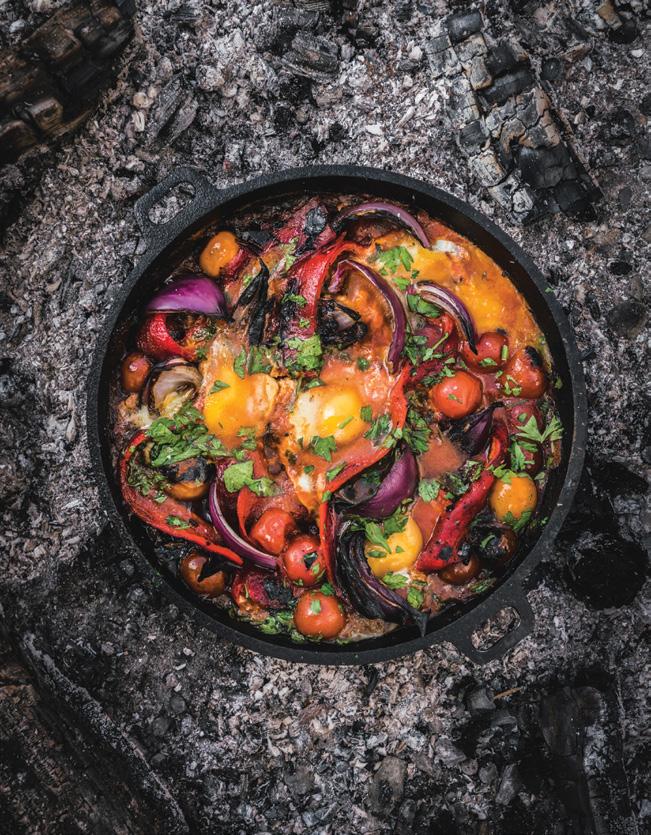
64 RECENT LIST baby broccoli and scrambled egg béarnaise SERVES 2 • 3 eggs salt ½ clove garlic 3 tbsp. (40 g) butter 2 tbsp. apple vinegar (see page 183) 1 handful tarragon 10 baby broccoli stems cold-pressed canola oil rapeseed flowers (optional) Let the fire burn until intense embers form, then position the grill rack about 6 inches (15 cm) above them. In a bowl, beat the eggs and whisk in 1 tsp. of salt and the finely grated garlic. Place a saucepan on the rack and brown 1 tbsp. of the butter. Add the beaten eggs and scramble by moving a spatula back and forth until the eggs thicken. Remove the saucepan from the heat and add the remaining cubed butter, vinegar, and minced tarragon (setting aside a few whole leaves for garnish). Sear the baby broccoli stems on the rack, coloring them well. Transfer them to a bowl, drizzle with oil, and season with salt. Arrange on a plate with the scrambled eggs in the middle and garnish with rapeseed flowers, if using, and tarragon leaves. 5 – 6 Grill rack, saucepan, tweezer tongs 108 43 shakshuka SERVES 2 – 3 2 red sweet peppers 1 red onion 2 large handfuls cherry tomatoes, preferably in different colors 2 tbsp. olive oil, plus more for drizzling • salt • 1 tsp. cumin seeds 1 clove garlic ¼ cup (70 g) tomato paste 5 eggs 1 handful flat-leaf parsley leaves Light the fire and let it burn to embers. Place the sweet peppers directly on the fire until charred all over and soft. Position the grill rack about 6 inches (15 cm) above the embers. Peel and quarter the onion. Grill, cut side down, until well colored. Put the cherry tomatoes into a strainer, drizzle with olive oil, and season with salt. Place the strainer directly on the embers and color the tomatoes well. Shake the strainer regularly. Remove the sweet peppers from the fire and peel off all the charred skin. Cut off the tops and remove the seeds, then add to a skillet with the onion and tomatoes. Place the skillet directly on the embers and add the olive oil, cumin, and minced garlic. Sauté for a few minutes. Add the tomato paste, season with salt, and crack the eggs over the top. Let simmer on the embers for 10 – 12 minutes, or until the egg white is set and the yolks remain runny. Whatever you do from here on, do not stir the contents of the skillet. Sprinkle with minced parsley and serve piping hot. 5 – 7 Grill rack, strainer, heat-resistant gloves, skillet
Features: Full color, hardcover, stitch bound, 208 pages, 21 × 26 cm, 8 ¼ × 10 ¼ inches Price: € 39 90 (D) £ 35 $ 60 (US) ISBN: 978-3-96704-153-8
COOKING ON FIRE
By: Eva Helbæk Tram & Nicolai Tram
Features: Full color, hardcover, stitch bound, 272 pages, 21 × 26 cm, 8 ¼ × 10 ¼ inches
Price: € 39 90 (D) £ 35 $ 60 (US)
ISBN: 978-3-96704-131-6
9 783967 041316
Cooking on an open fire is the most primal of all cooking methods. It is sensuous and archaic, in the
best sense of the word—as much about the time spent making the food as it is about eating it.
Cooking on Fire is full of delicious fire- cooked recipes requiring varying degrees of effort. You will learn how to build and light campfires, different open-fire cooking techniques, and the equipment you will need.
Michelin-star chef Nicolai Tram and food critic Eva Tram present a variety of recipes, from simple classics like roasted chestnuts to more challenging dishes like leg of lamb.
The more time- consuming recipes allow for the freedom to sit down by the fire, with food as the excuse, and look into the flames, and relax.
EVA and NICOLAI TRAM both come from careers in the gastronomic world and food media—Eva as a sommelier and food critic, critic, and Nicolai as a chef at fine dining restaurants and TV producer.In 2017, they moved with their two young boys from Copenhagen to the Swedish woods, seeking a better balance between work and family life. As they spent more time in nature, they soon found that cooking on fire came naturally, and this book grew from their shared passion for cooking and nature. After the original publication of Cooking on Fire in 2020, Eva und Nicolai Tram opened Knystaforsen, a restaurant with campfire cooking as the core of the kitchen. In 2022, the restaurant earned a Michelin star as well a Michelin green star for sustainability.
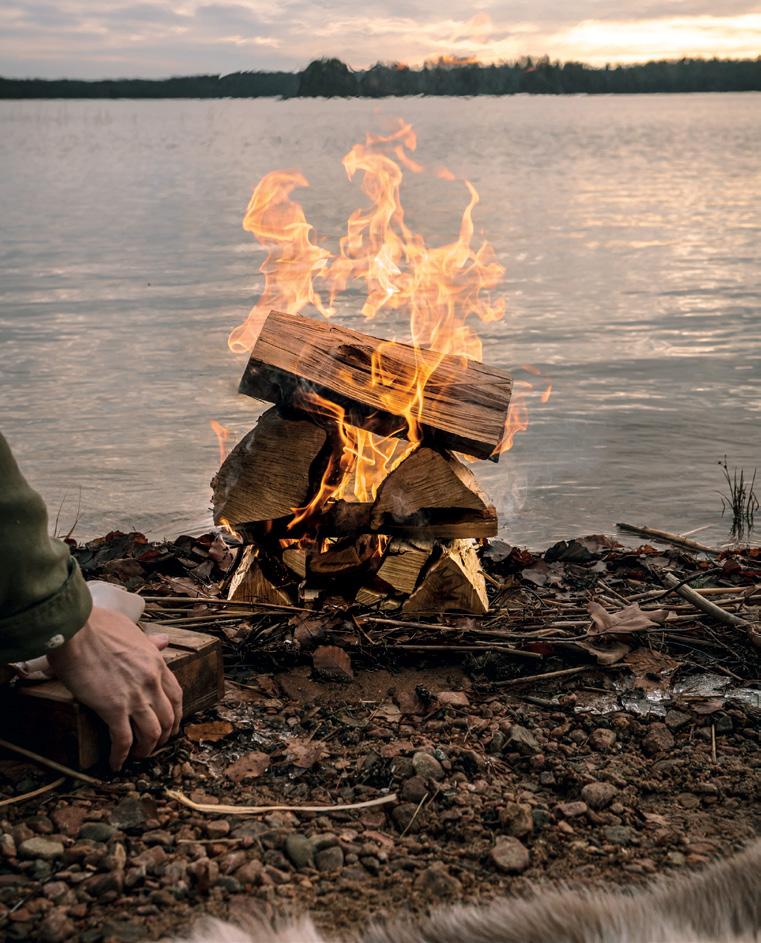
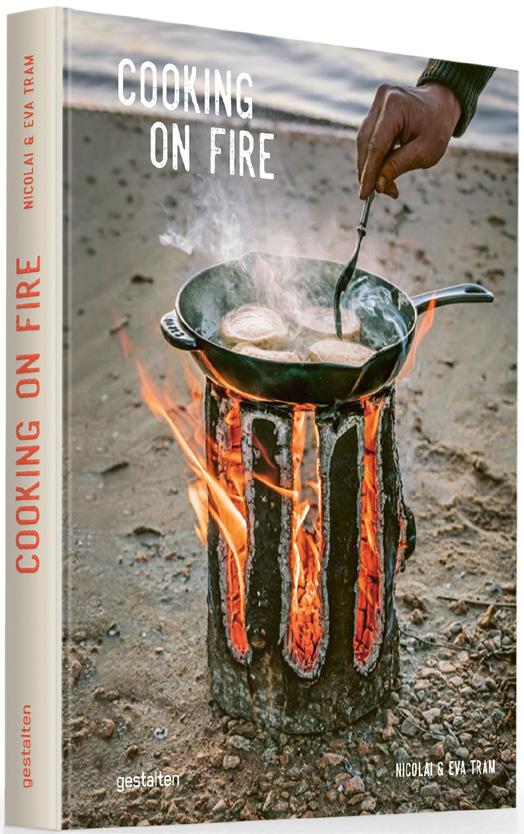
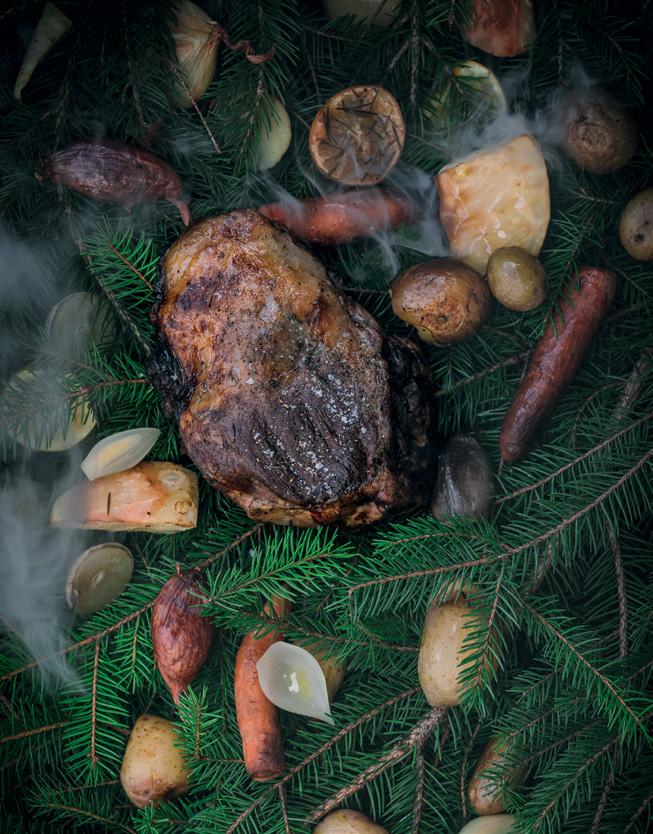
65 F OOD & B EVERAGE S BACKLIST 19 eight types of campfires log cabin fire This is an easy-to-make and highly flammable campfire that develops a good level of upward heat and produces large embers. The structure of the fire means that it is well ventilated and the firewood constantly feeds the flames, so it requires minimal maintenance. Depending on how closely you pack the firewood, it will light up faster or more slowly. If you pack the wood loosely, you’ll get a quick ignition but also a faster burnout. The log cabin fire is a very useful, standard campfire (and my personal favorite) that provides a reliable ignition. It is a campfire that, once lit, will take care of itself without too much maintenance while the food is prepared. The vast majority of recipes in this book are made on a log cabin fire. How to make it: Place three pieces of firewood in your firepit. Place the tinder between the pieces of wood and ignite. Add the kindling and start building the fire, first by laying three pieces of firewood across the three at the bottom. Then add a couple more layers, each perpendicular to the previous layer, alternating so that each new layer stacks over the one beneath. rakovalkea fire The rakovalkea fire is an ancient Viking campfire that burns for a very long time. In the old days, a large trunk would be split and ignited, but that’s just overkill in my opinion, so this is my adaptation. The rakovalkea fire is great for longterm cooking techniques that require the use of radiant heat, such as asado or rotisserie. How to make it: Stack two or more pieces of firewood on top of each other like a sandwich and hammer some branch pieces into the ground so that they stand vertically and hold the firewood in place. Place the tinder and kindling on a piece of bark so that you can move these under the firewood once they have ignited. Light the tinder, place it between the pieces of firewood, and feed it with the kindling. The fire may be a little difficult to make catch at first, as ventilation is not always optimal. But be patient, and use a fan or blow on it, and once it ignites, you’ll be rewarded with an impressive fire that burns for a very long time. teepee fire This quickly made campfire is great for cooking something rapidly. It will not burn for a long time without maintenance, so it is best suited for short cooking times. Without maintenance, 170 leg of lamb curanto SERVES 4 1 leg of lamb with the bone removed, salted overnight 5 carrots 5 onions ½ celeriac • 1 head of garlic • salt and pepper juice of 1 lemon olive oil Well, won’t lie to you. This recipe is challenging and cumbersome, and it took me quite a few tries to get it right. You have to do curanto for the fun of it, and you have to be willing to set aside the time that is required. You can use any vegetables and cuts of meat, but the curanto is obviously best suited for things that take time—see below for what I used. Nicolai Build your curanto (“stony ground”): Dig a squarish hole 4 ½ feet (1 ½ m) deep, with sides about 1 ½ feet × 3 feet (½ × 1 m). Fill the bottom of the hole with large stones. Save the soil and collect 10 large stones for later use. In the woods fill a wheelbarrow with fresh branches with needles or leaves. Pull an old sheet out of the closet that you no longer need. Light a huge bonfire at the bottom of the hole. When the fire has burned to embers, throw the stones you have saved onto the embers and let them heat up. The following should be done in one long motion, the faster the better: Put half of the branches on top of the hot stones. Place the meat, vegetables, and garlic on top of the branches, cover the produce with the rest of the branches, and place the sheet on top. Stretch the sheet out and place stones on the sides so that it does not slip. Pour soil on top—a good, thick layer. Wish yourself luck and do something else for the next 8 – 10 hours! Carefully remove the soil until you can see the corners of the sheet. Lift up all corners at the same time so that you catch all the soil. Open the “oven” and enjoy the scent. Take out the ingredients. Season everything with salt, pepper, olive oil, and lemon juice. Serve the lamb and vegetables as they are, with a sharp knife and a serving spoon. Log cabin, lean-to, or hunter’s fire 7
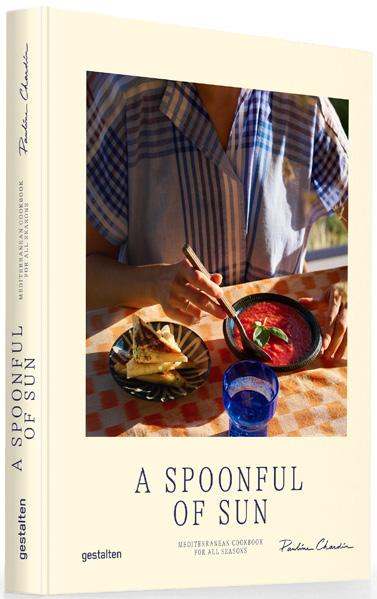
A SPOONFUL OF SUN
Mediterranean Cookbook for All Seasons
Editors: gestalten & Pauline Chardin
Features: Full color, hardcover, stitch bound, 256 pages, 24 × 30 cm, 9 ½ × 11 ¾ inches
Price: € 45 (D) £ 40 $ 60 (US) ISBN: 978-3-96704-036-4


A YEAR WITH OUR FOOD STORIES
Gluten-Free Seasonal Fare
Editors: gestalten & Our Food Stories
Features: Full color, hardcover, stitch bound, 240 pages, 21 × 26 cm, 8 ¼ × 10 ¼ inches
Price: € 35 (D) £ 35 $ 50 (US) ISBN: 978-3-96704-073-9
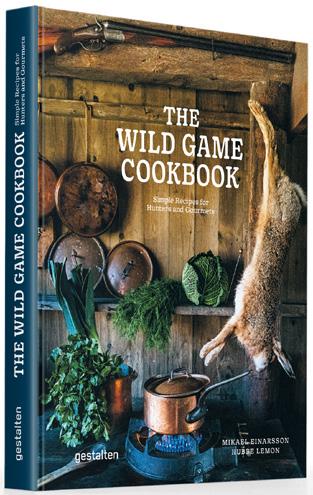
9 783967 040739
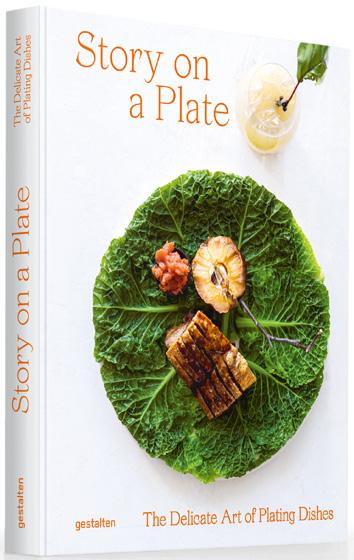
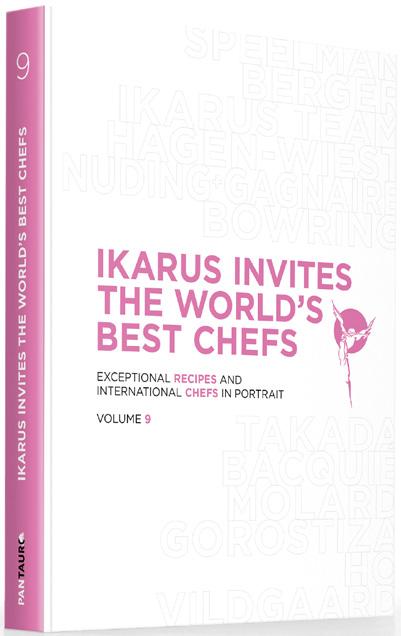
STORY ON A PLATE
The Delicate Art of Plating Dishes
Editor: gestalten
Features: Full color, hardcover, stitch bound, 256 pages, 22 5 × 29 cm, 9 × 11 ½ inches
Price: € 39.90 (D) £ 35 $ 60 (US)
ISBN: 978-3-89955-987-3
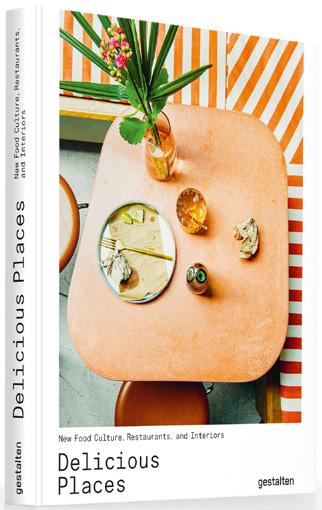
EAT YOUR GREENS!
22 Ways to Cook a Carrot and 788 Other Delicious Recipes to Save the Planet
By: Anette Dieng & Ingela Persson
Features: Full color, linen hardcover, stitch bound, 188 pages, 18 × 24 cm, 7 × 9 ½ inches
Price: € 35 (D) £ 30 $ 50 (US)
ISBN: 978-3-89955-999-6
IKARUS INVITES THE WORLD’S BEST CHEFS
Exceptional Recipes and International Chefs in Portrait: Volume 9
By: Martin Klein & Uschi Korda
Editor: Pantauro
Features: Full color, hardcover, stitch bound, 352 pages, 25 × 33 5 cm, 9 ¾ × 13 inches
Price: € 69 95 (D) £ 65 $ 105 (US) ISBN: 978-3-96704-082-1

040821
THE WILD GAME COOKBOOK
Simple Recipes for Hunters and Gourmets
By: Hubbe Lemon & Mikael Einarsson
Features: Full color, hardcover, stitch bound, 204 pages, 18 × 24 cm, 7 × 9 ½ inches
Price: € 35 (D) £ 35 $ 50 (US)
ISBN: 978-3-96704-056-2
9 783967 040562
DELICIOUS PLACES
New Food Culture, Restaurants, and Interiors
Editor: gestalten
Features: Full color, hardcover, stitch bound, 256 pages, 21 × 26 cm, 8 ¼ × 10 ¼ inches
Price: € 38 (D) £ 35 $ 55 (US)
ISBN: 978-3-89955-969-9
IKARUS INVITES THE WORLD’S BEST CHEFS
Exceptional Recipes and International Chefs in Portrait: Volume 8
By: Martin Klein & Uschi Korda
Editor: Pantauro
Features: Full color, hardcover, stitch bound, 344 pages, 25 × 33 5 cm, 9 ¾ × 13 inches
Price: € 69 95 (D) £ 65 $ 105 (US)
ISBN: 978-3-96704-028-9
66
9 783967
SPILL THE BEANS
Global Coffee Culture and Recipes
Editors: gestalten & Lani Kingston
Features: Full color, hardcover, stitch bound, 264 pages, 21 × 26 cm, 8 ¼ × 10 ¼ inches
Price: € 39 90 (D) £ 35 $ 60 (US)
ISBN: 978-3-96704-035-7
A caffeinated tour that unveils the richness of coffee culture, the history of beans, stories, and recipes from around the world.
Coffee is the world’s cup. Over 2. 25 billion are brewed, sipped, and savored daily. A loyal companion and energetic facilitator of every day, coffee has sprouted an entire cafe culture and a booming industry.
Spill the Beans takes the reader on a journey through Ethiopia, Guatemala, Vietnam, and many other countries in between, exploring the myriad ways in which coffee is produced, traded, and enjoyed. An essential title for armchair travelers, curious foodies, and cafehoppers alike.
LANI KINGSTON is a food writer, researcher, and consultant, with a focus on coffee, chocolate, and sustainable food. She holds Master’s degrees in both Food Studies and Education, a degree in Film and Television, and barista and pastry chef qualifications. This, her third book on coffee, summarizes years of research and aims to honor and pay respect to these remarkable coffee cultures.
“The new book from the Gestalten publishing house ‘uncovers the cake’ for us: the way we consume coffee says much more about us than we think.” CONDÉ NAST TRAVELER (Spain)
YOU MIGHT ALSO LIKE

DESIGNING COFFEE
New Coffee Places and Branding
Editors: gestalten & Lani Kingston
€ 45 (D) £ 40 $ 65 (US)
ISBN: 978-3-96704-097-5
Caffè Espresso
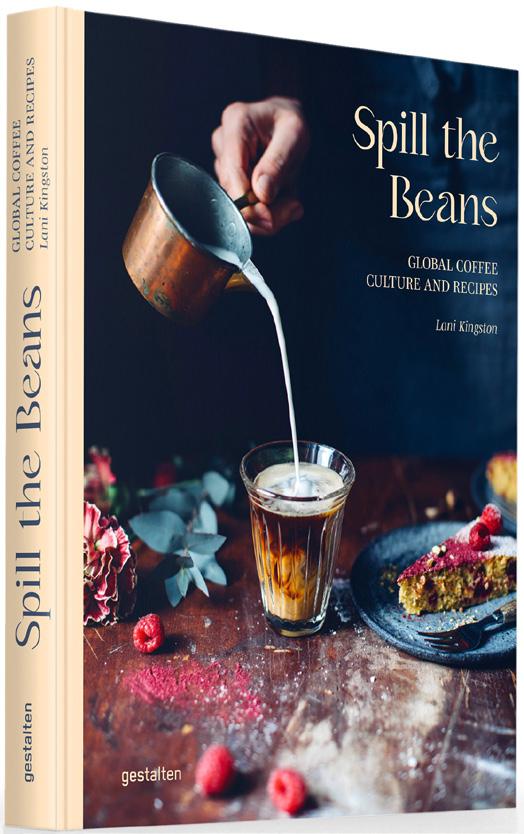
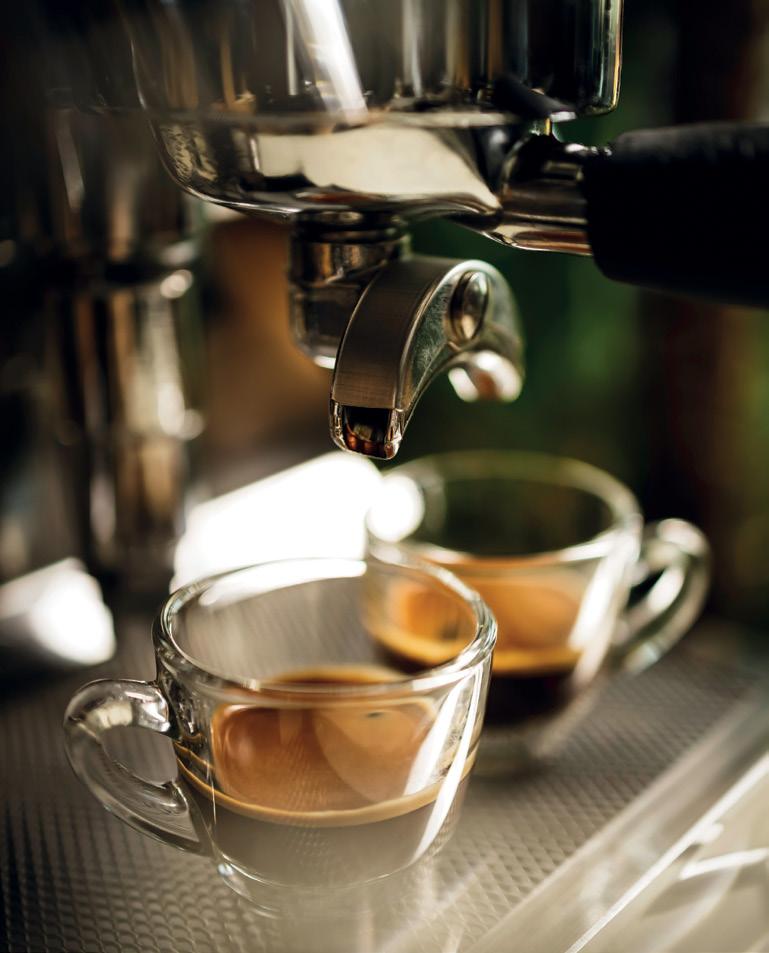
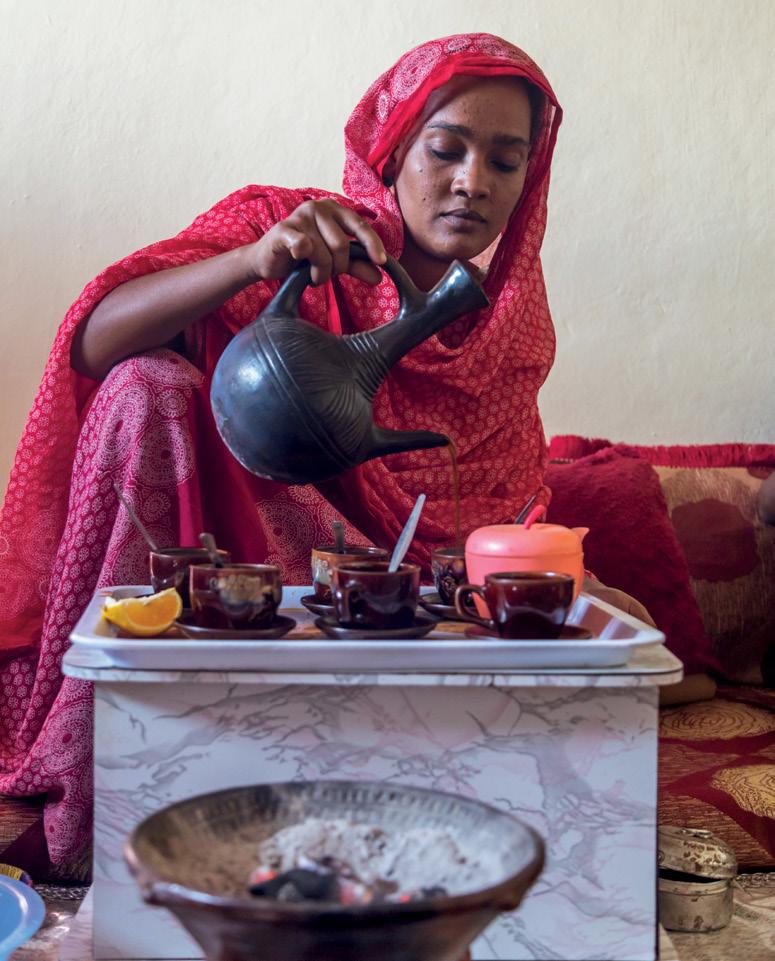
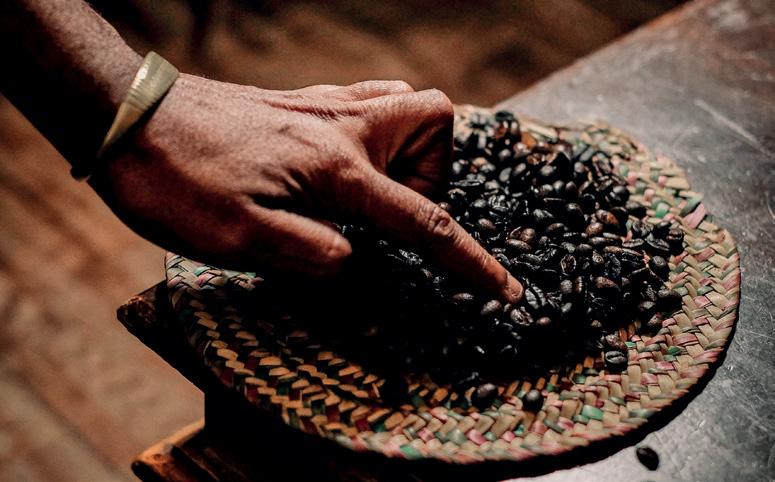
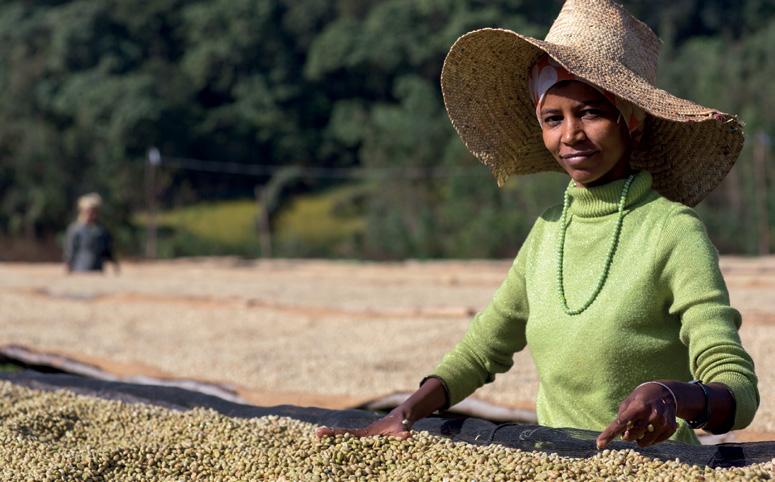
67 F OOD & B EVERAGE S BACKLIST 34
Espresso Coffee Invented in Italy around the turn of the twentieth century, the espresso machine has heavily influenced coffee culture worldwide ever since. In Italy, espresso still rules: 93 percent of all coffee drunk there is prepared as espresso. This concentrated, flavorful, and aromatic coffee results from hot water being forced under pressure through finely ground coffee beans in an espresso machine. Water 7 g coffee Grind size: fine You will also need: Espresso machine, scales, timer Let water run through the espresso machine without the portafilter attached to flush out any old coffee grounds. Insert a single 7 g filter basket into the portafilter. Measure out the coffee into the basket using a scale. Level out the bed of coffee. Water follows the path of least resistance, so if the grounds are distributed unevenly, the water will flow unevenly, which will affect the flavor. Rest the portafilter on the counter, and hold the tamper with the top in the palm of your hand. Place your thumb and forefinger on opposing sides of the base of the tamper, and place into the portafilter basket. Using your thumb and forefinger—now touching the edges of both the basket and the tamper—make sure the tamper is sitting straight and level. Press down hard. Put the portafilter into the espresso machine and pull it tight. Place a serving cup on a set of scales underneath and tare to zero. Start extraction and press start on a timer. As the coffee extracts, keep an eye on both the weight and the time. For a standard Italian 1:3 brew ratio, 7 g of coffee in should weigh around 21 g in the cup. For light to medium roasts, or a third-wave style extraction, try an 18 g double shot (using a double-shot sized filter basket), which should result in 36 g of coffee in the cup. Either of these should extract within 20–35 seconds. Coffee grind size is very important to get right. The correct flow rate will keep the shot from over- or under-extracting. If you yield too much coffee in the cup within the time frame, grind the beans finer, which will slow down extraction. If you yield too little, the grind needs to be coarser, which will speed up extraction. SERVES 1
9 783967 040975
gestalten
Headquarters
Die Gestalten Verlag GmbH & Co. KG
Mariannenstraße 9 –10 10999 Berlin
Germany
Tel. + 49 (0) 30 72 61 32 000
Fax + 49 (0) 30 72 61 32 222 sales@gestalten.com
UK
Die Gestalten Verlag UK Ltd.
65 London Wall
London EC 2 M 5 TU
United Kingdom
Tel. + 44 (0) 20 76 28 48 29
Fax + 44 (0) 20 76 28 48 28 UKenquiries@gestalten.com
US Gestalten Corp.
c/o Roedl LdK LLP
228 East 45th St., Suite 710 New York, NY 10017
USA
Tel. +1 866 400 53 51 Fax +1 800 838 11 49 USenquiries@gestalten.com
foreign rights
Die Gestalten Verlag GmbH & Co. KG
Mariannenstraße 9 –10 10999 Berlin
Germany
Tel. + 49 (0) 30 72 61 32 000
Fax + 49 (0) 30 72 61 32 222 foreignrights@gestalten.com
distribution
Germany / Austria / Southern Europe / Eastern Europe / The Netherlands
VVA-Arvato Media GmbH
Reinhard-Mohn-Straße 100 33333 Gütersloh
Germany
Tel. + 49 (0) 5241 80 78568 juliane.weise@vva- arvato.de
United Kingdom / Ireland
Macmillan Distribution Ltd (MDL) Units 5 –8 Lye Industrial Estate Pontardulais
SA4 8 QD
Tel. + 44 (0) 12 56 30 26 92 orders@macmillan.co.uk mdlqueries@macmillan.co.uk
Belgium
Exhibitions International Warotstraat 50 3020 Herent
Belgium
Tel. +32 (0) 16 29 69 00 orders@exhibitionsinternational.be
France
Pollen 60 rue Etienne Dolet 92240 Malakoff
France
Tel. +33 (0) 1 43 62 08 07 contact@pollen- diffusion.com
USA / Canada / Latin America / Caribbean
IPS (Ingram), Customer Service, Box 631 14 Ingram Blvd La Vergne, TN 37086
USA
Tel. +1 86 64 00 53 51 ips@ingramcontent.com (North America) ips_intlsales@ingramcontent.com (Latin America & Caribbean)
Australia
Books at Manic PO Box 8 Carlton North VIC 3054
Australia
Tel. + 61 (03) 93 80 53 37 manicex@manic.com.au
New Zealand
Nationwide Book Distributors Ltd
351 Kiri Kiri Road
Oxford
New Zealand andrew@nationwidebooks.co.nz
Tel + 64 (0) 3 3121603 www.nationwidebooks.co.nz
Other Countries
Die Gestalten Verlag GmbH & Co. KG
Mariannenstraße 9 –10 10999 Berlin
Germany
Tel. + 49 (0) 30 72 61 32 000 Fax + 49 (0) 30 72 61 32 222 sales@gestalten.com
press
Die Gestalten Verlag GmbH & Co. KG
Mariannenstraße 9 –10 10999 Berlin
Germany
Tel. + 49 (0) 30 72 61 32 266
Fax + 49 (0) 30 72 61 32 222 press@gestalten.com
gestalten.com
hello@gestalten.com www.instagram.com /gestalten www.facebook.com /gestalten www.pinterest.com /gestalten
Sign up here for the gestalten monthly Trade Newsletter: gestalten.com/trade-nl

imprint
gestalten publications are distributed world wide through our global network of distributors and sales representatives. For any inquiries regarding sales and distribution, please contact us at sales@gestalten.com and we will be happy to give you feedback from our head office in Berlin and / or direct you to one of our local representatives.
Please note that all titles, designs, prices, publication dates, and specifications contained within this catalog are subject to change at any time and without notice.
Date: March 2024
Cover, backcover, IF, and IB: Photography by Shail Patel / @shael.ai
Chapter images:
Architecture & Interior—pp. 2 –3 from The House of Green, photography by Tony Marshal; Visual Culture—pp. 22 –23 from Living in a Dream, Courtesy of Hugo Fournier / hugofournier.com; Design & Fashion—pp. 30 –31 from Ukraine Rising, photography by Yevhenii Avramenko; Escape—pp. 42 –43 from The Nature of Swimming, photography by Jeremy Koreski / @JeremyKoreski; Food & Beverage—pp. 62 –63 from Originale, Courtesy of Viani / photography by Chris Abatzis
Fonts: Ovink by Sofie Beier, Malaussène Translation by Laure Afchain
© Die Gestalten Verlag GmbH & Co. KG, Berlin
All rights reserved.
ISBN English edition: 978-3-96704-163-7
ISBN German edition: 978-3-96704-162-0
This catalog was printed on paper certified to the FSC ® standard.





















































































































































































































































































































































































































